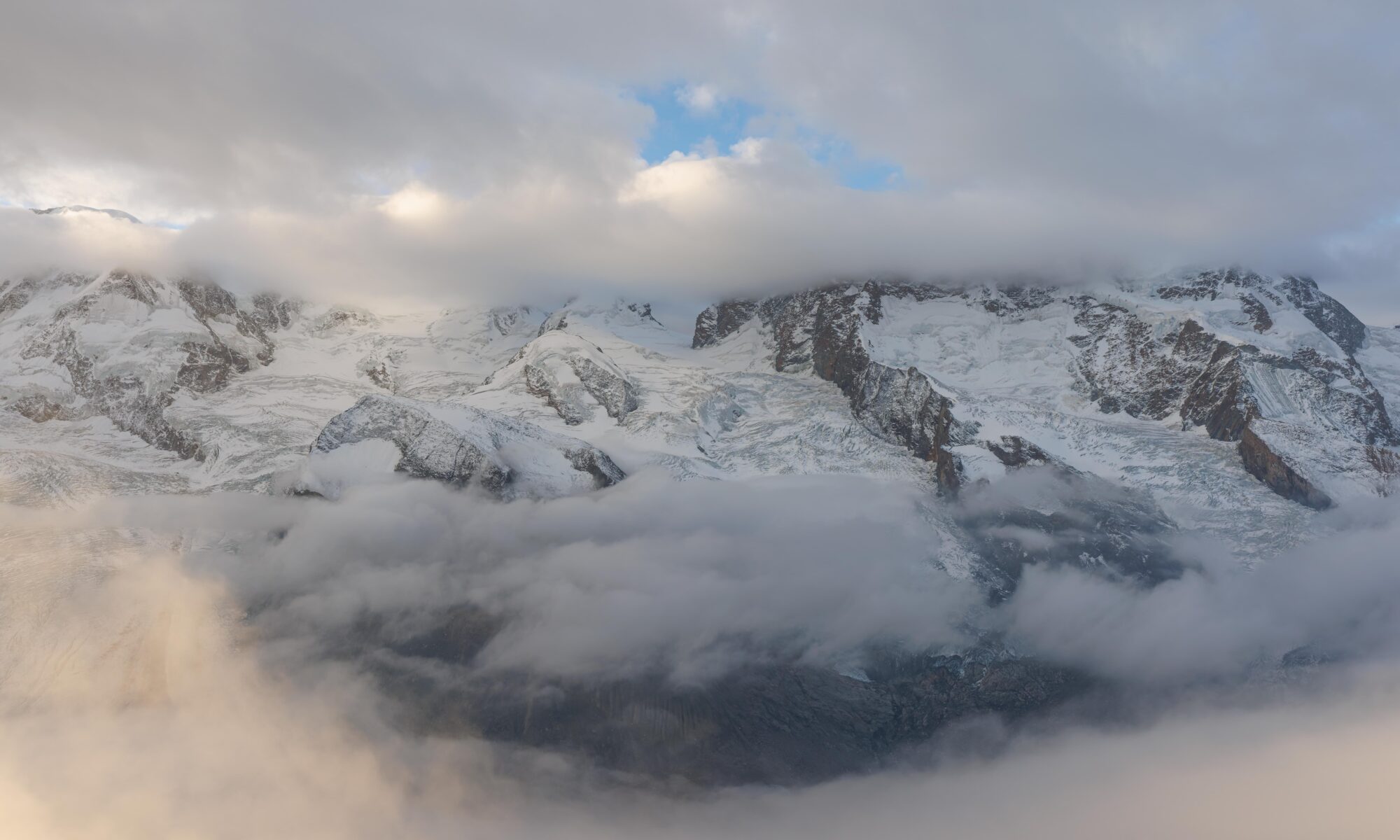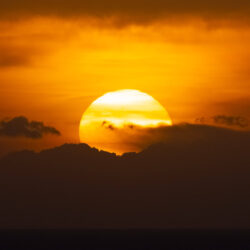After waking up at the Hyatt Centric, we visited the Murano Glass Museum as well as a modern glass factory and some shops where we bought some glassware. After lunch, we took a vaporetto to San Giorgio Maggiore to visit the church and bell tower. We returned to Venice for dinner and to walk through the city one final time.
Murano Glass
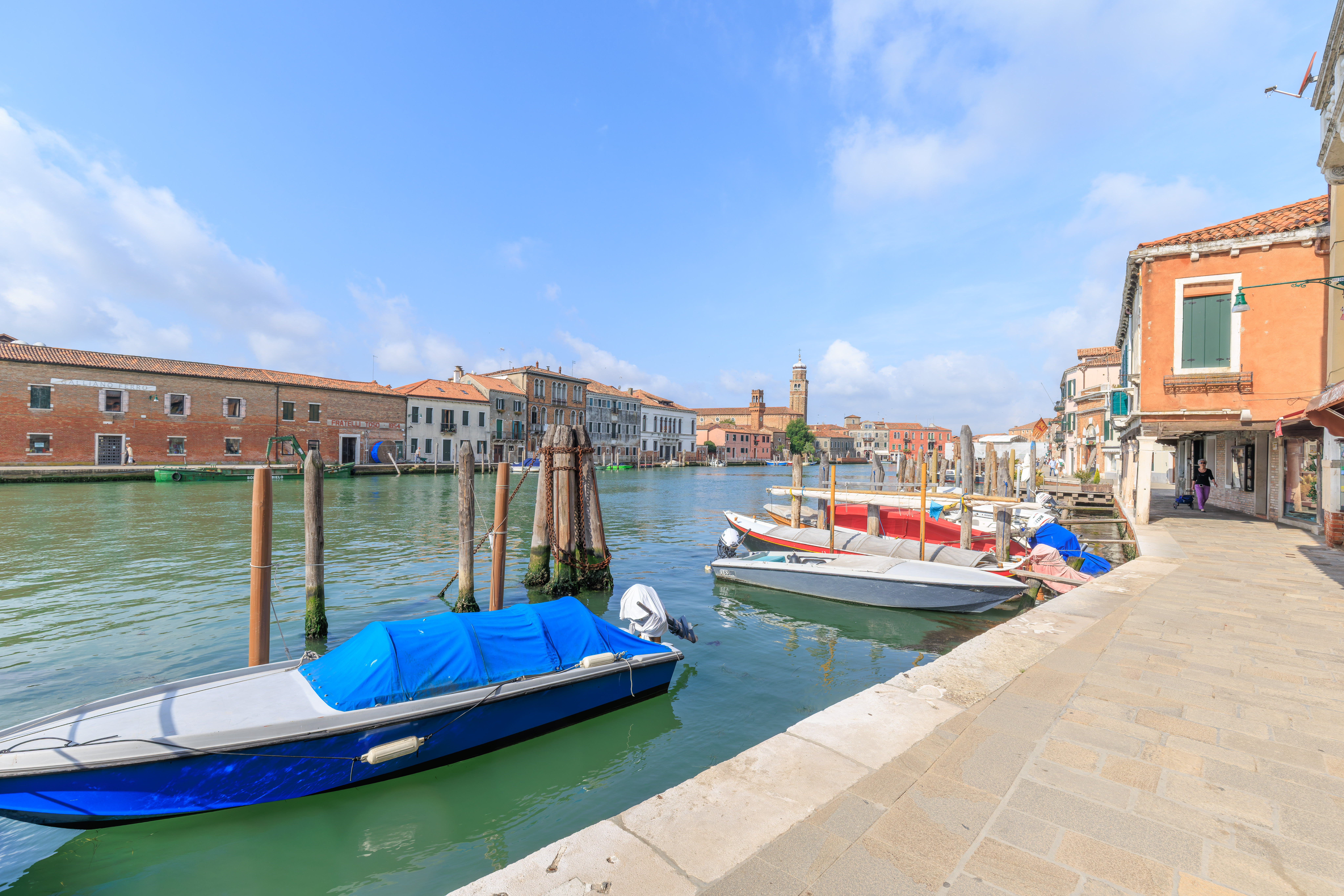
After waking up at the Hyatt Centric Murano Venice, we headed outside to visit a glass factory.
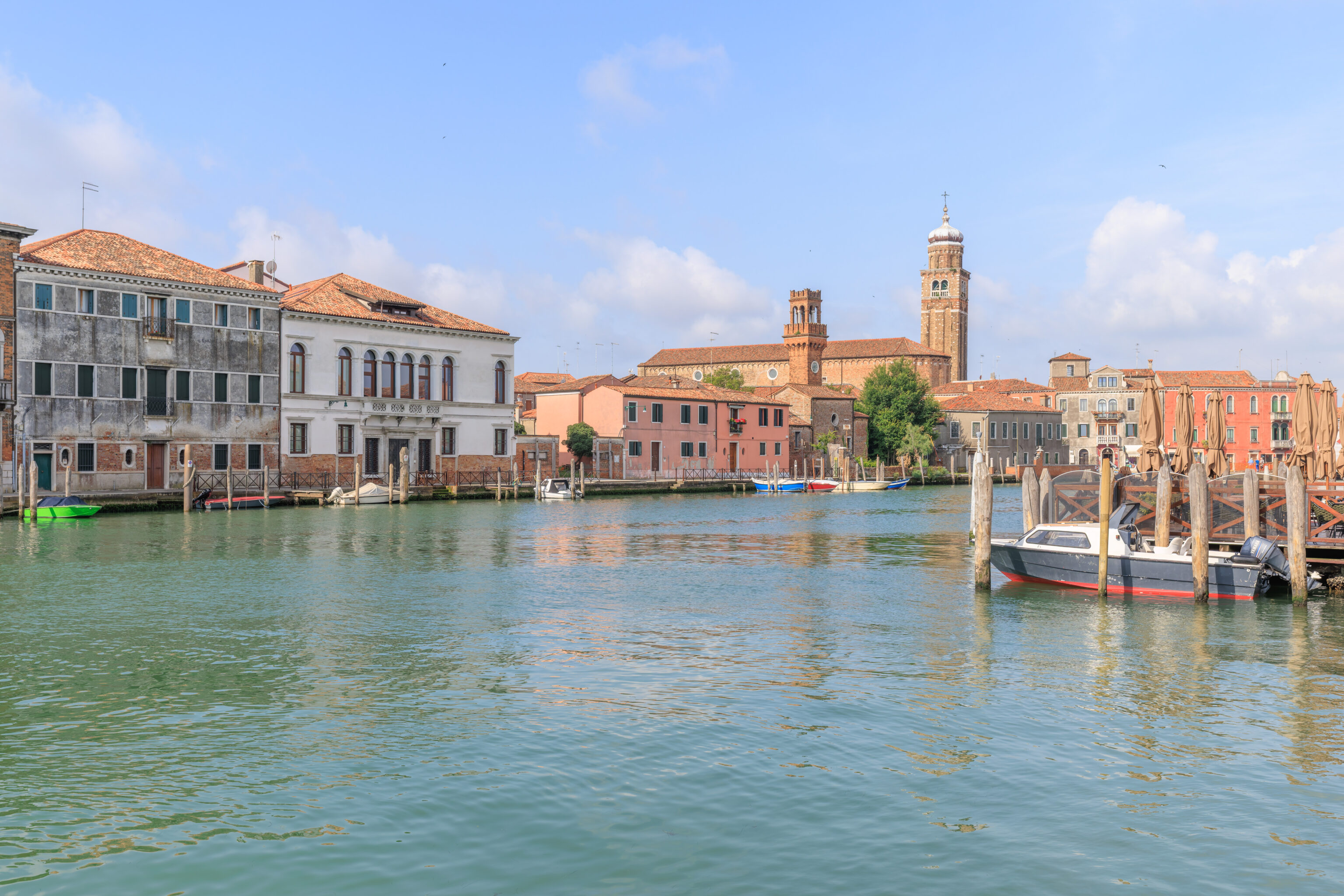
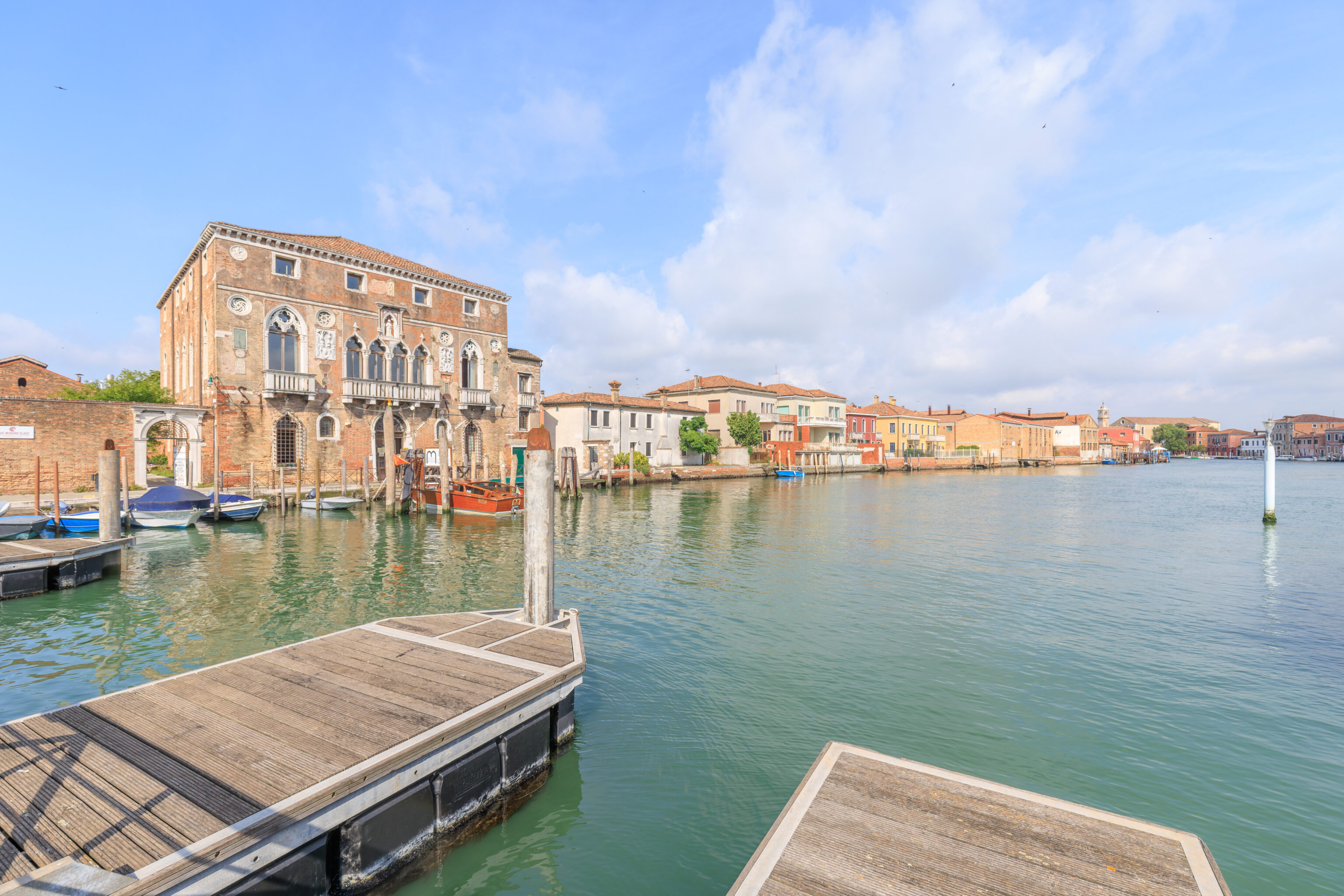
This particular glass factory was pretty close to the hotel, on the other side of the first bridge to the west.
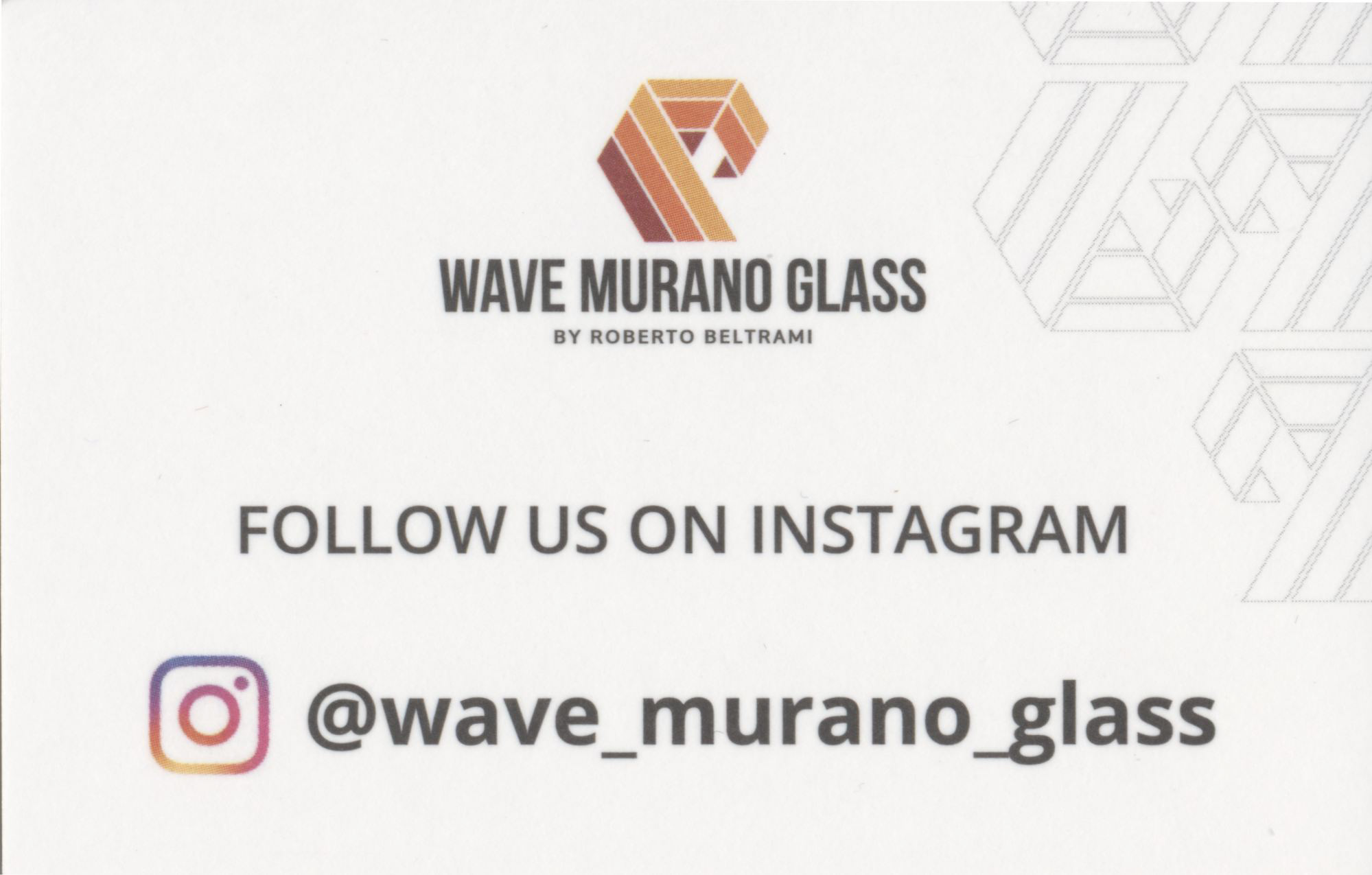

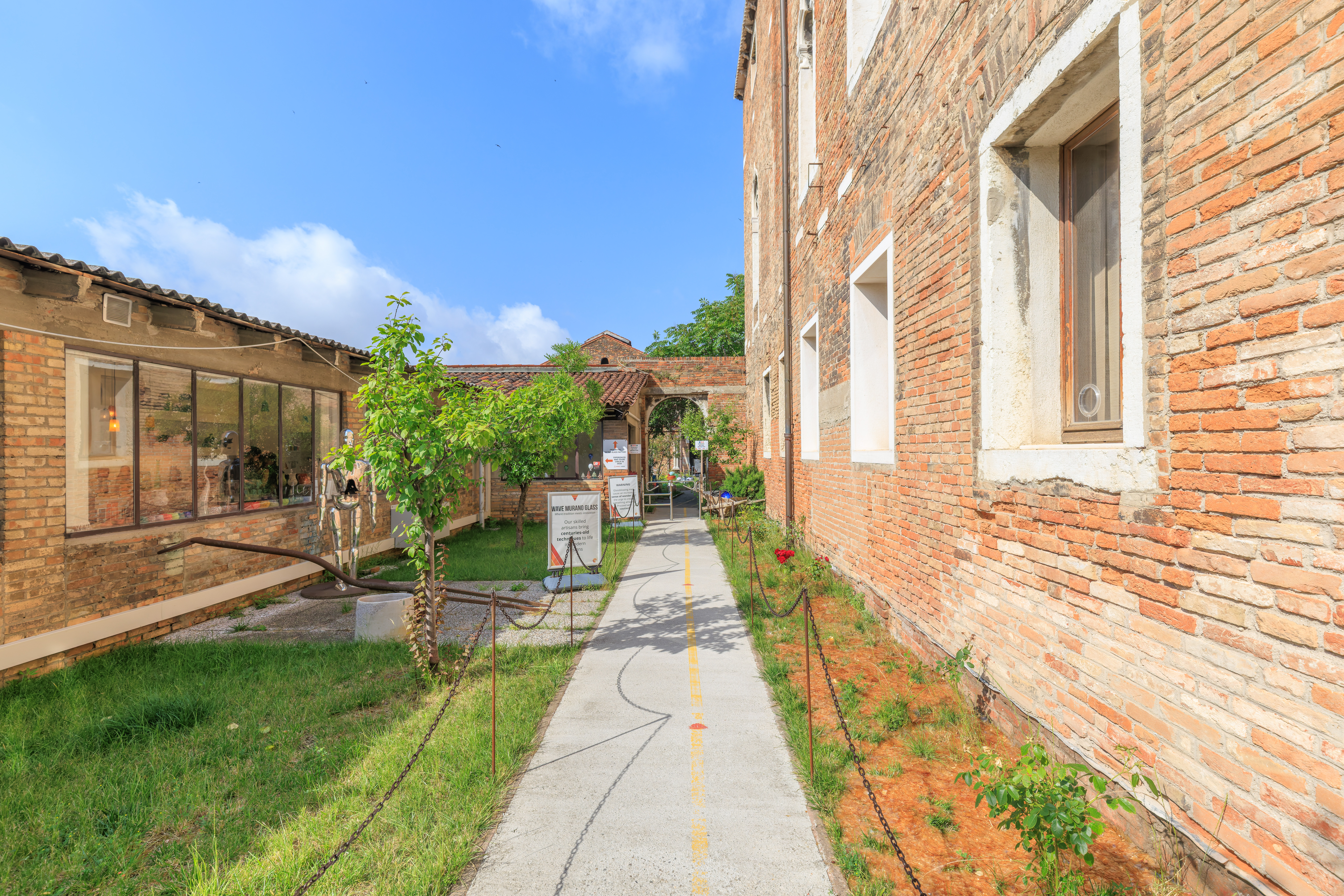
The glass factory, Wave Murano Glass by Roberto Beltrami, has an entrance by the canal but the actual factory is at the end of a very short outdoor path.
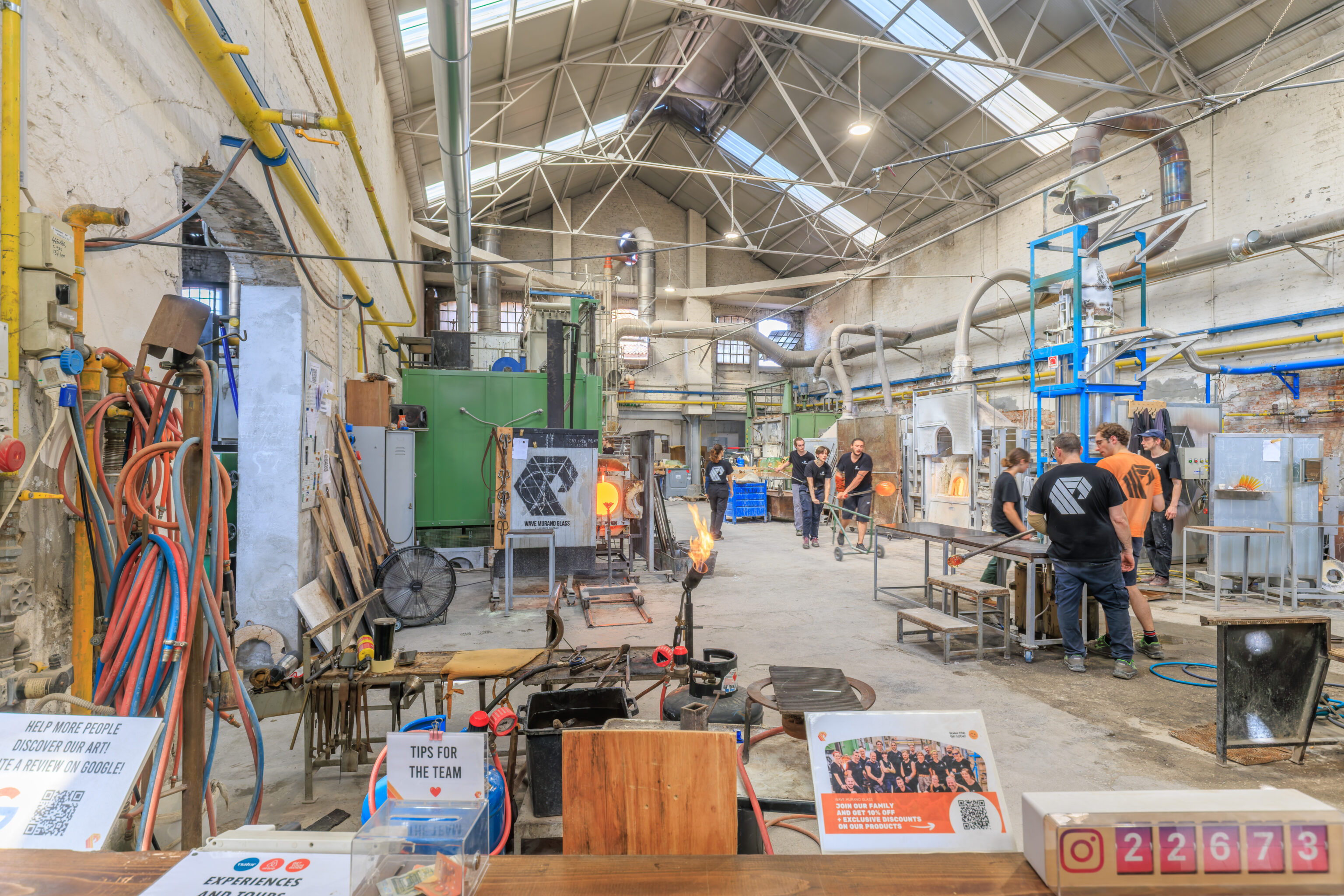
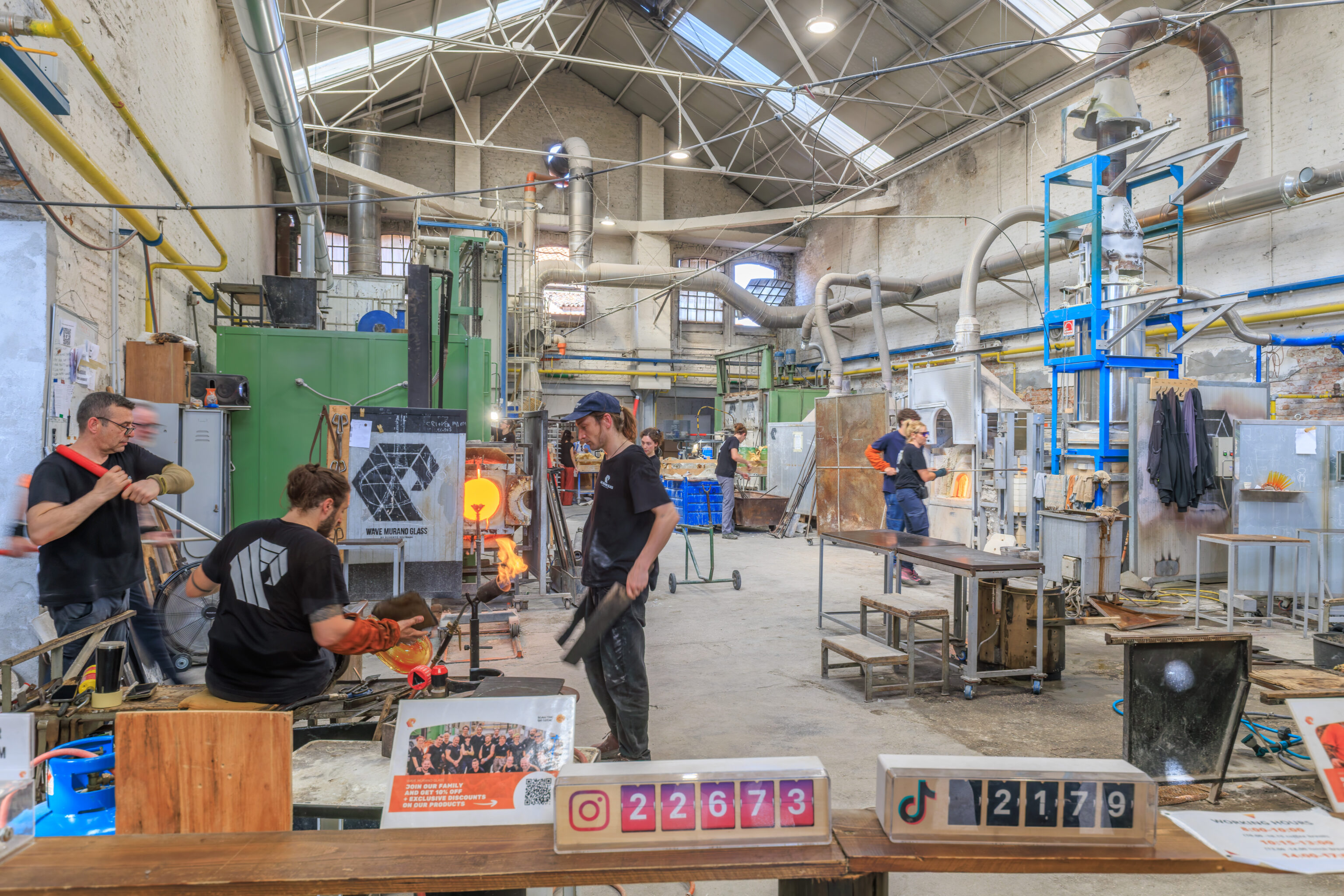
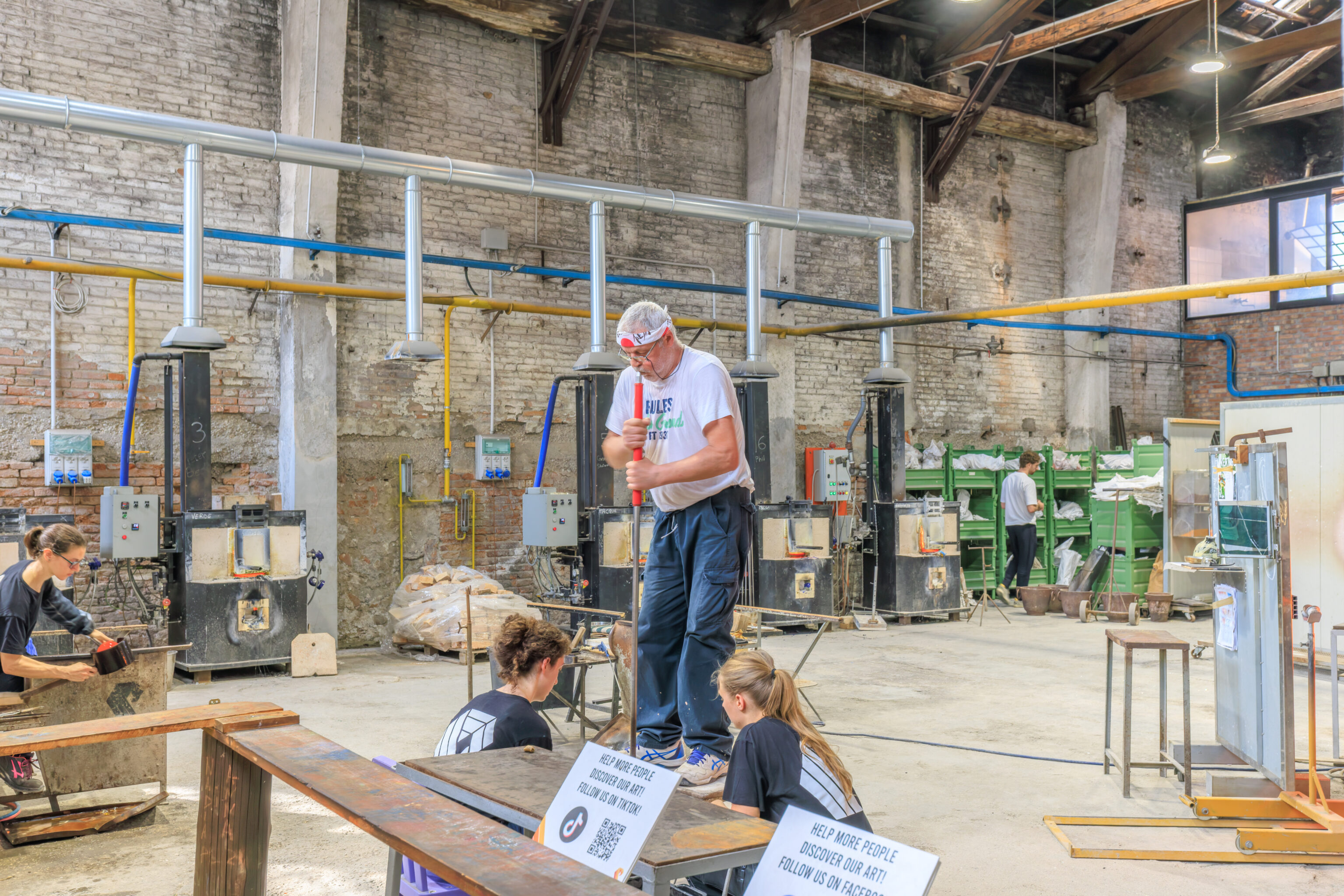
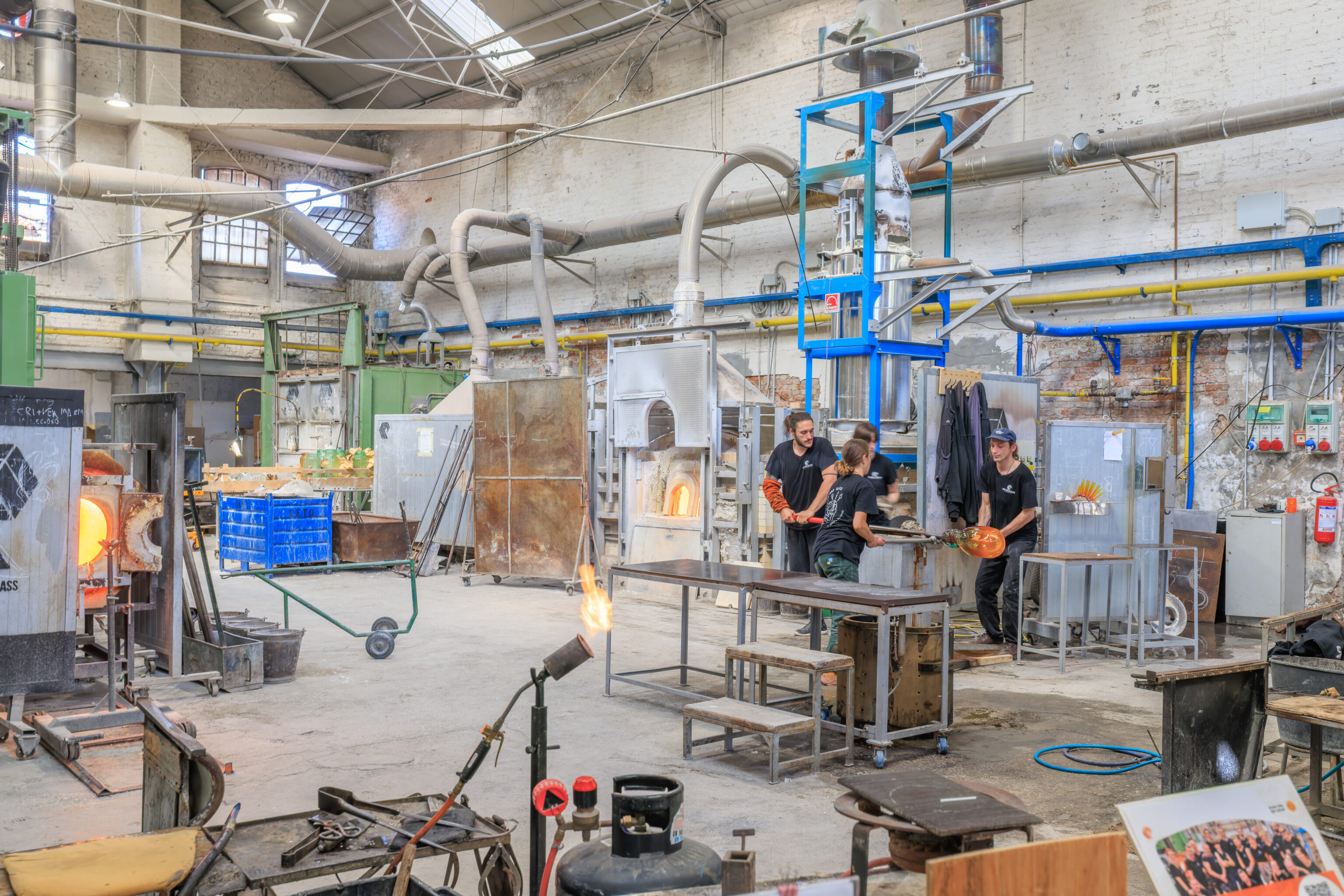
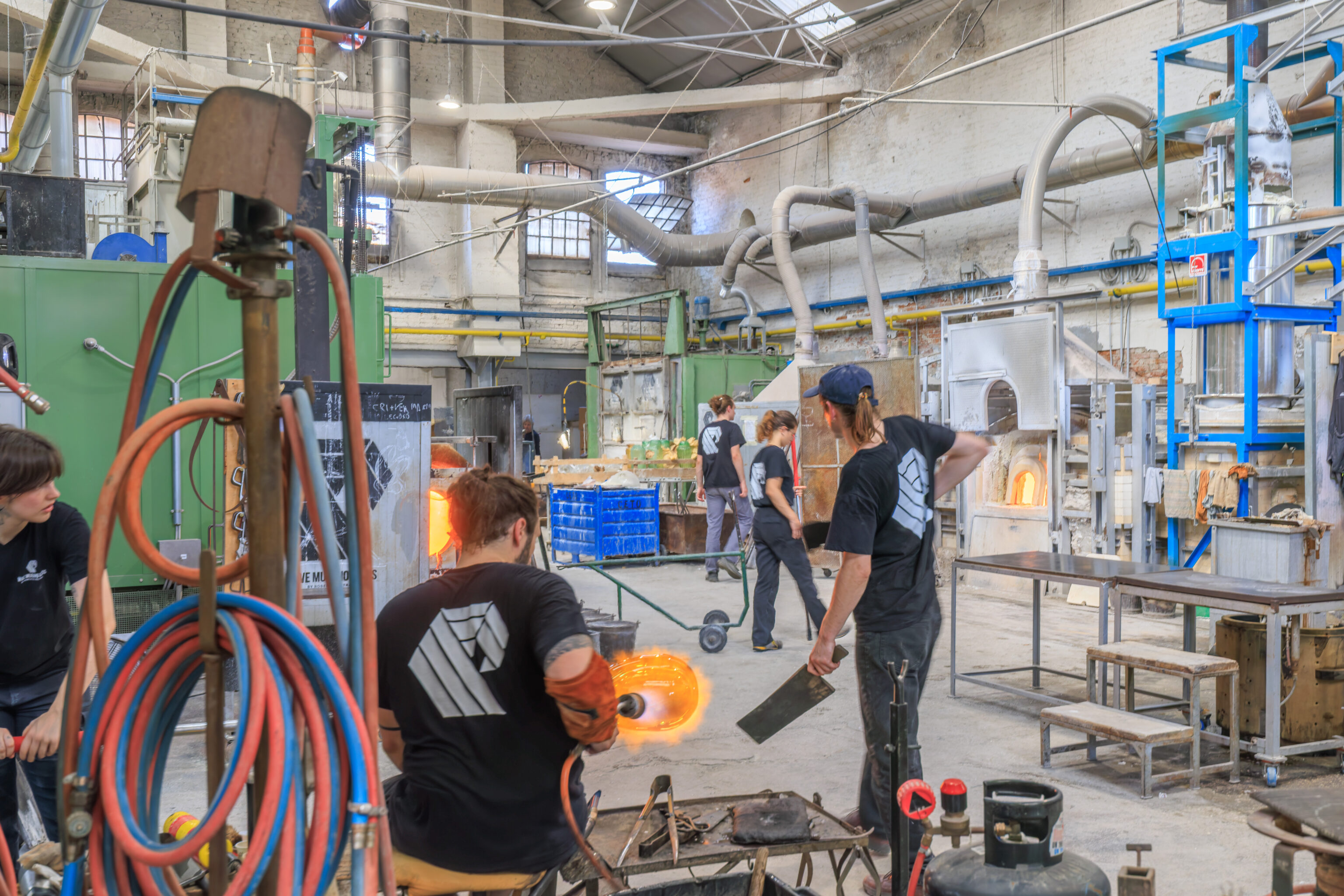
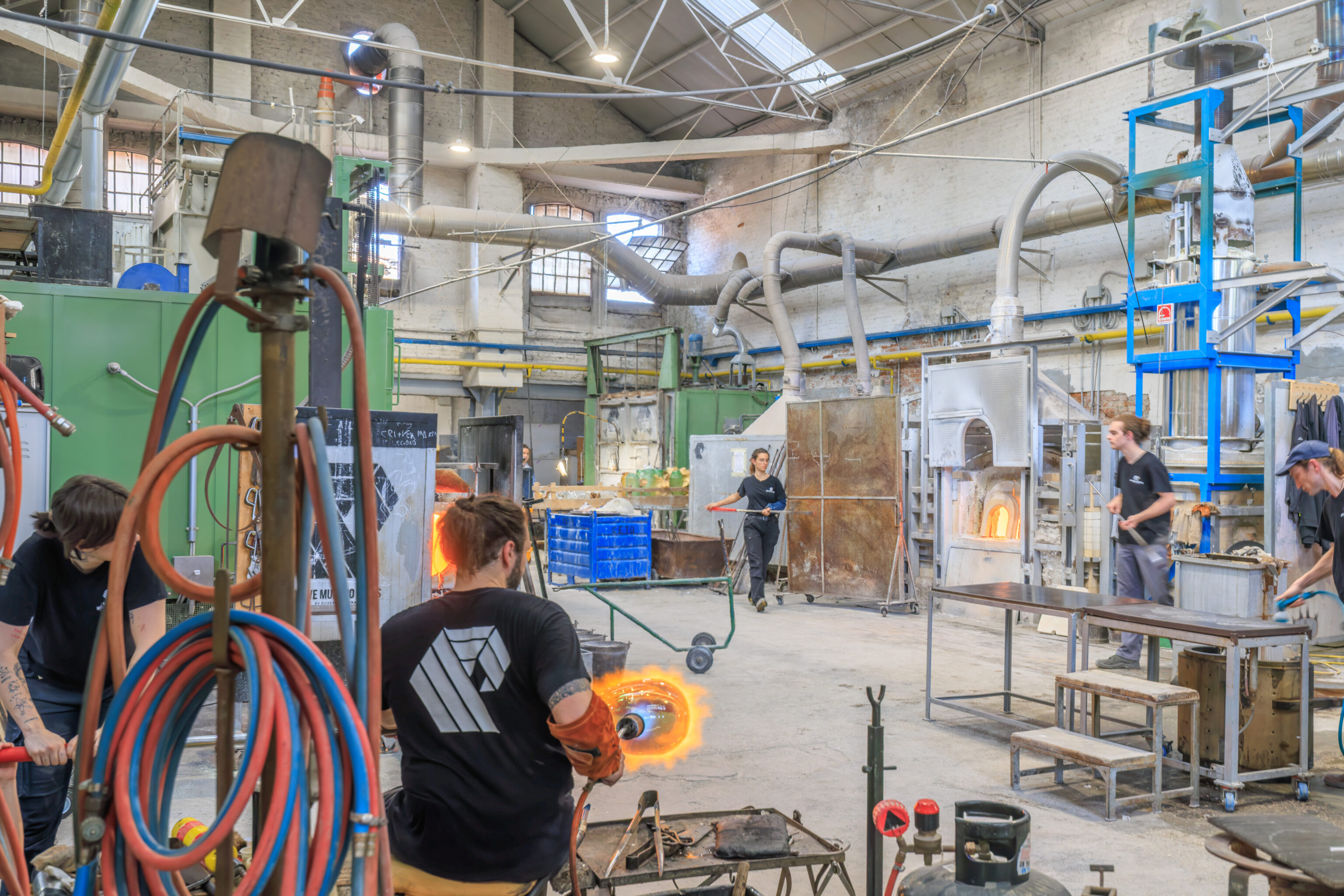
The glass factory was pretty large with quite a bit going on. Other than making glass for sale, they also do various glass making classes and have various paid tours. We just opted to watch what was going on, which is free to do for all.
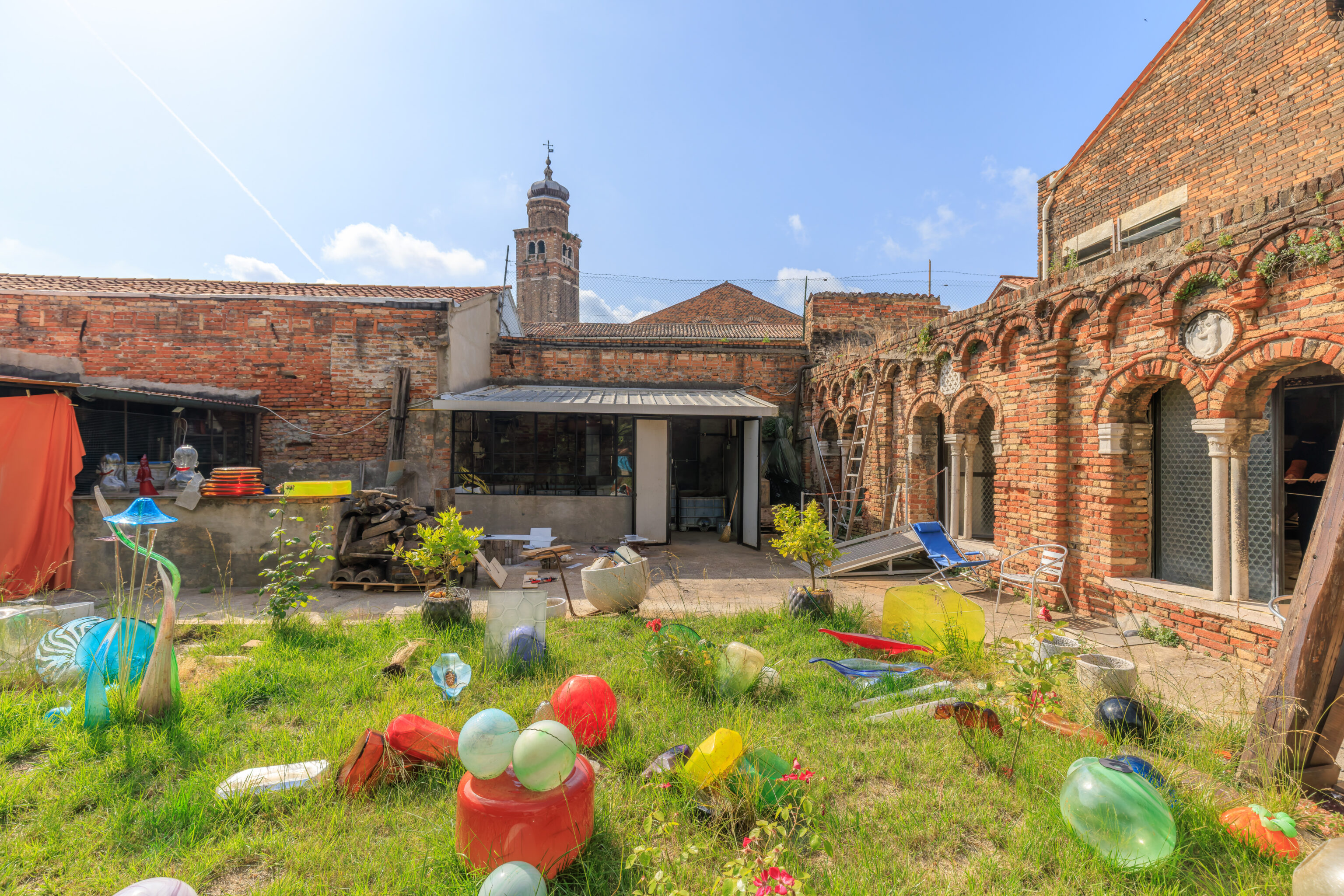
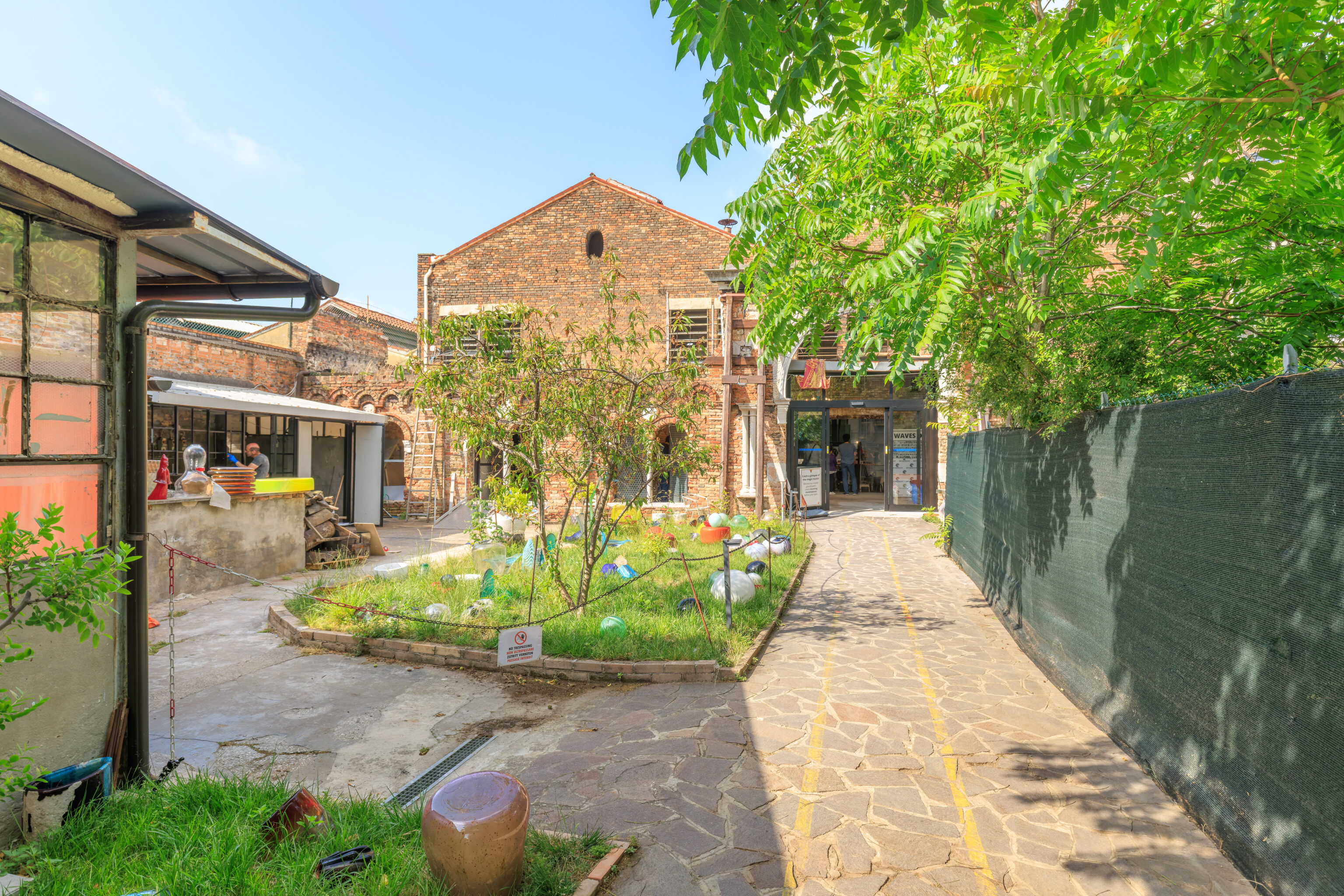
Their shop is off to the side near this outdoor glass display, which was pretty random.
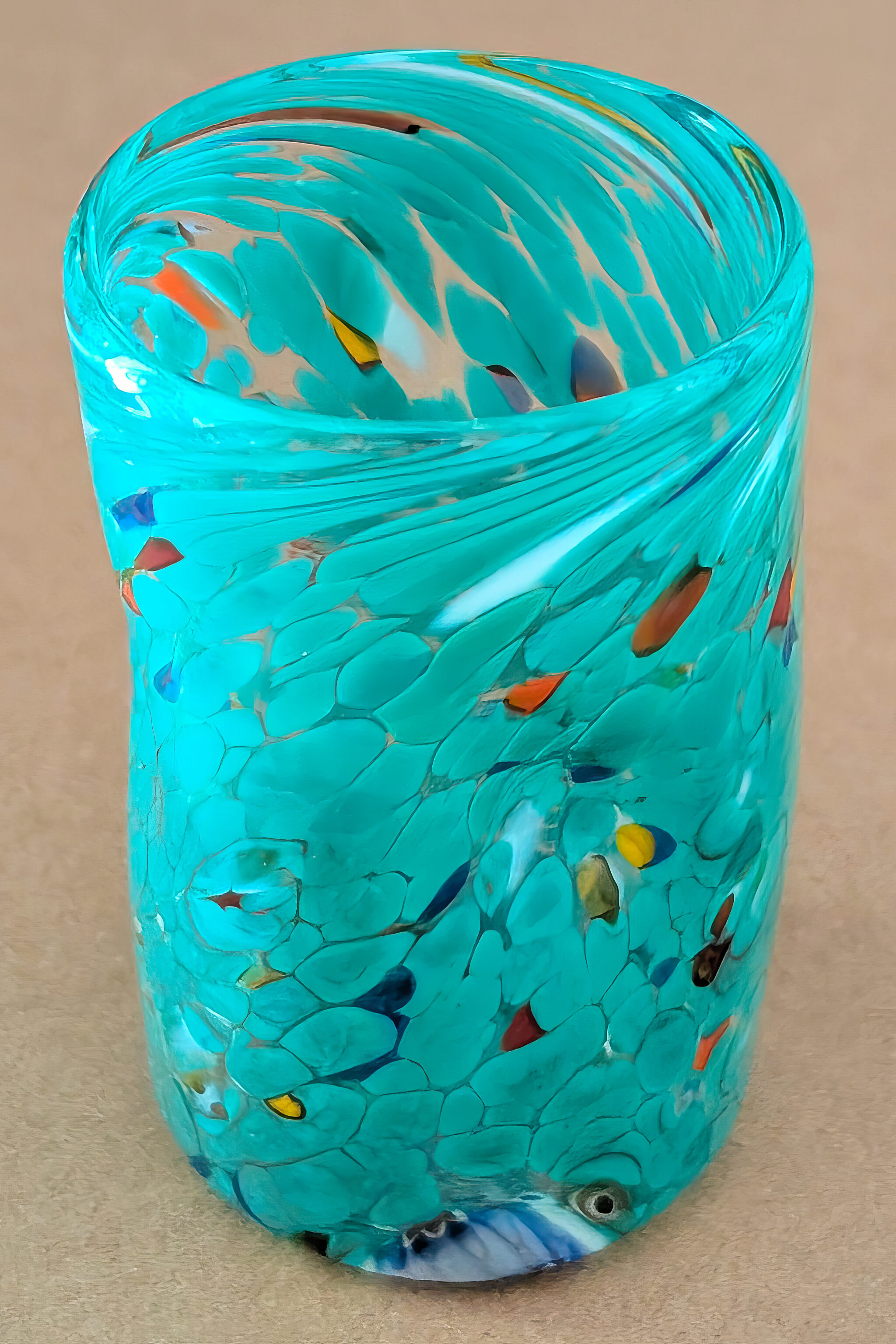
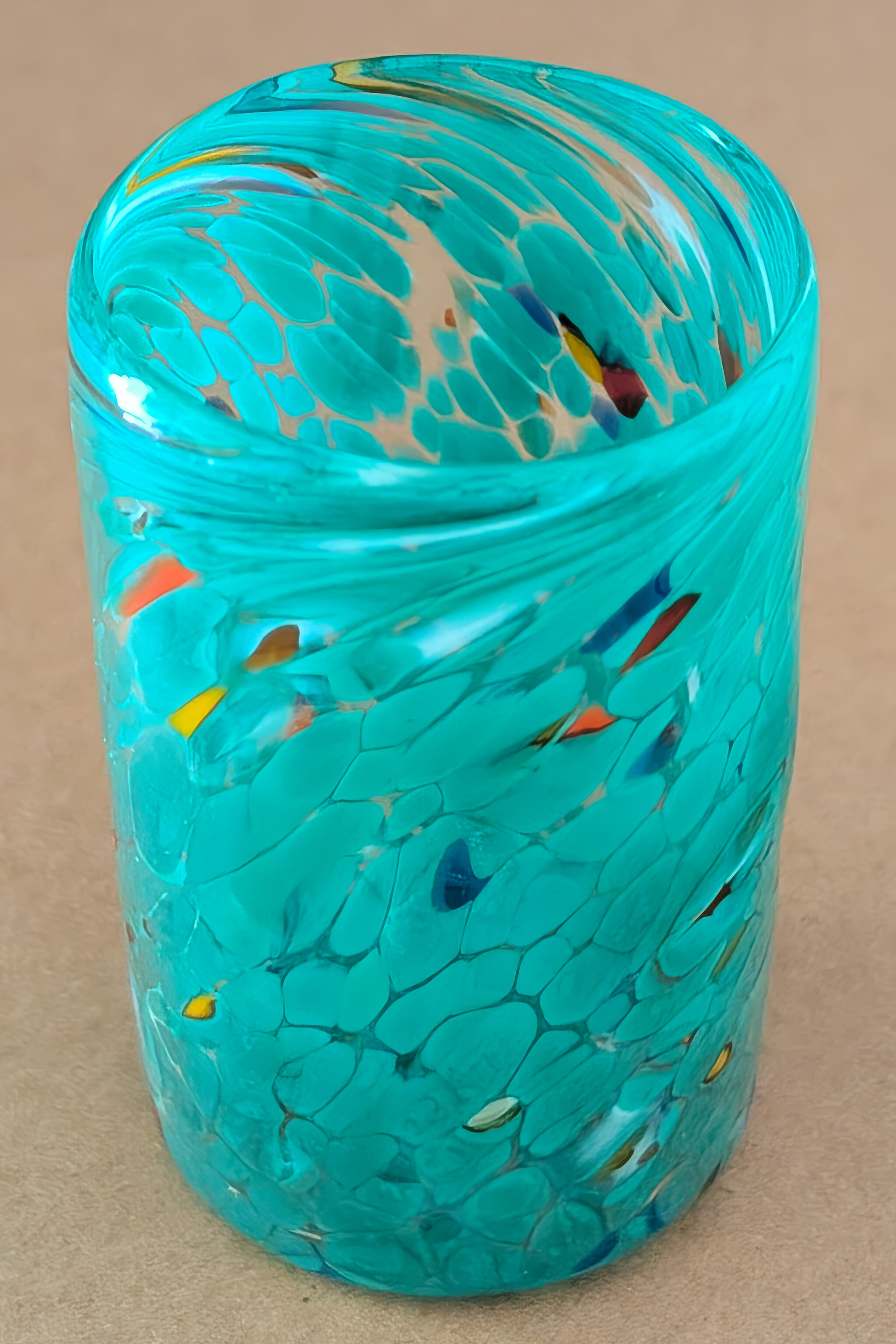
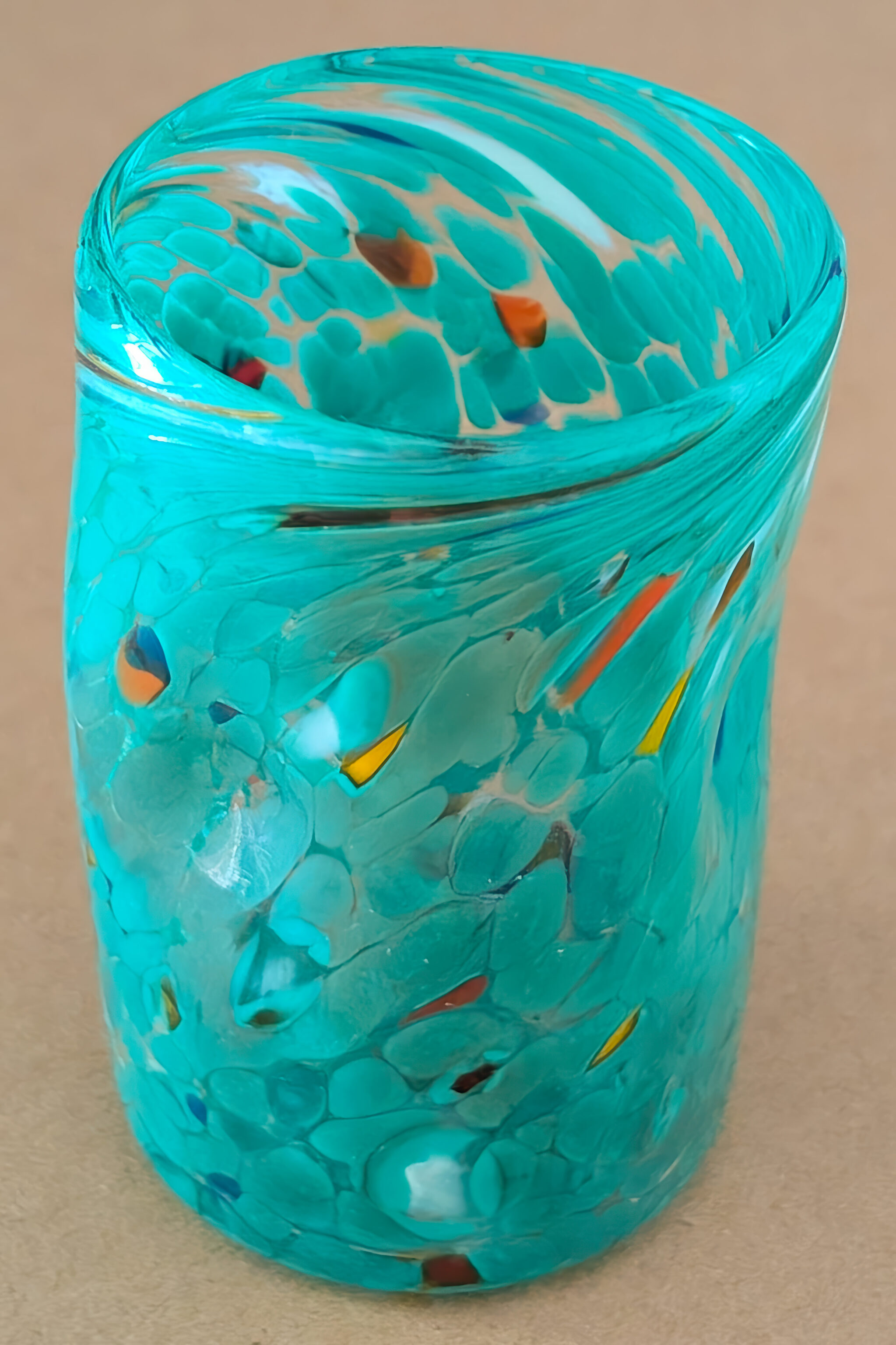
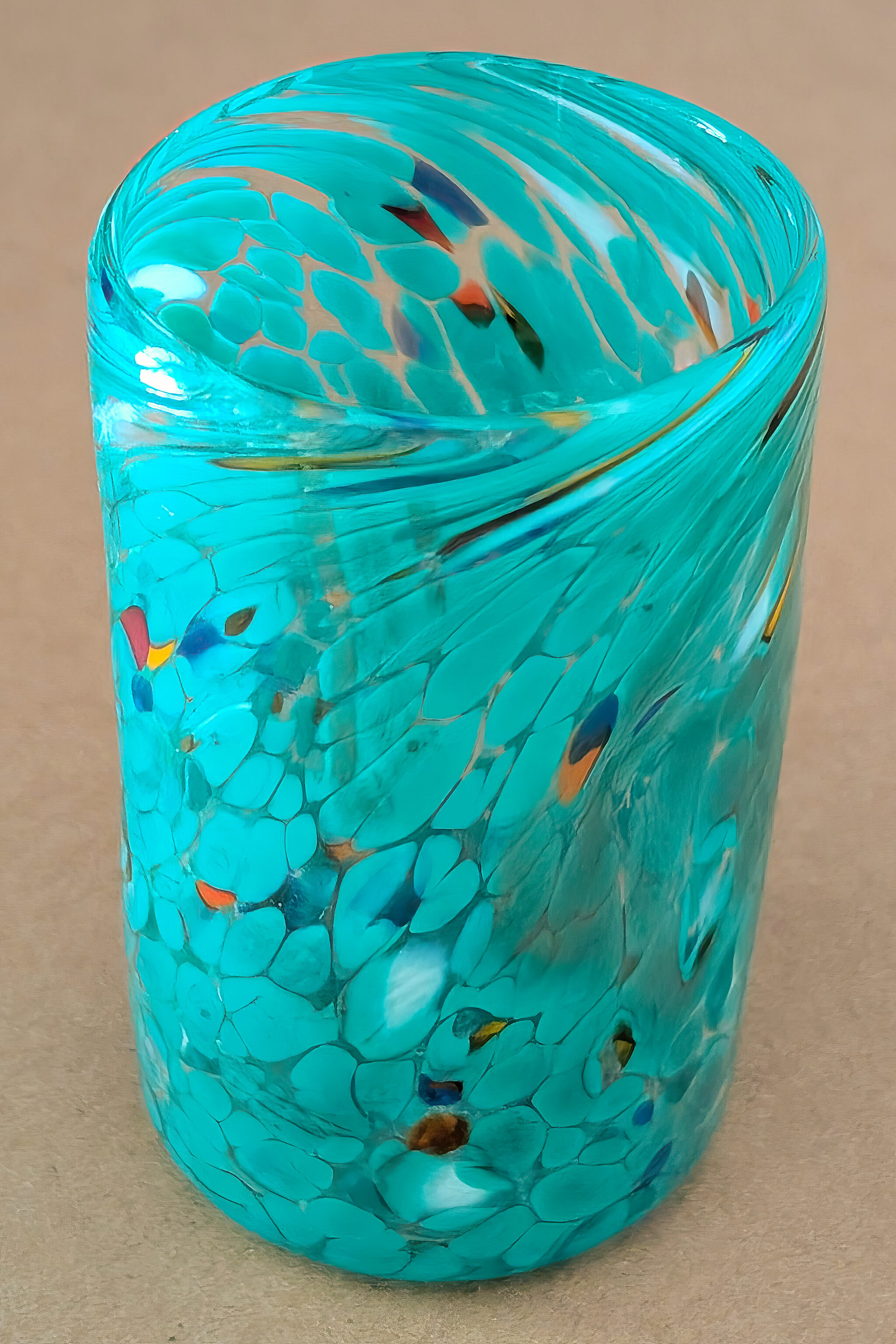
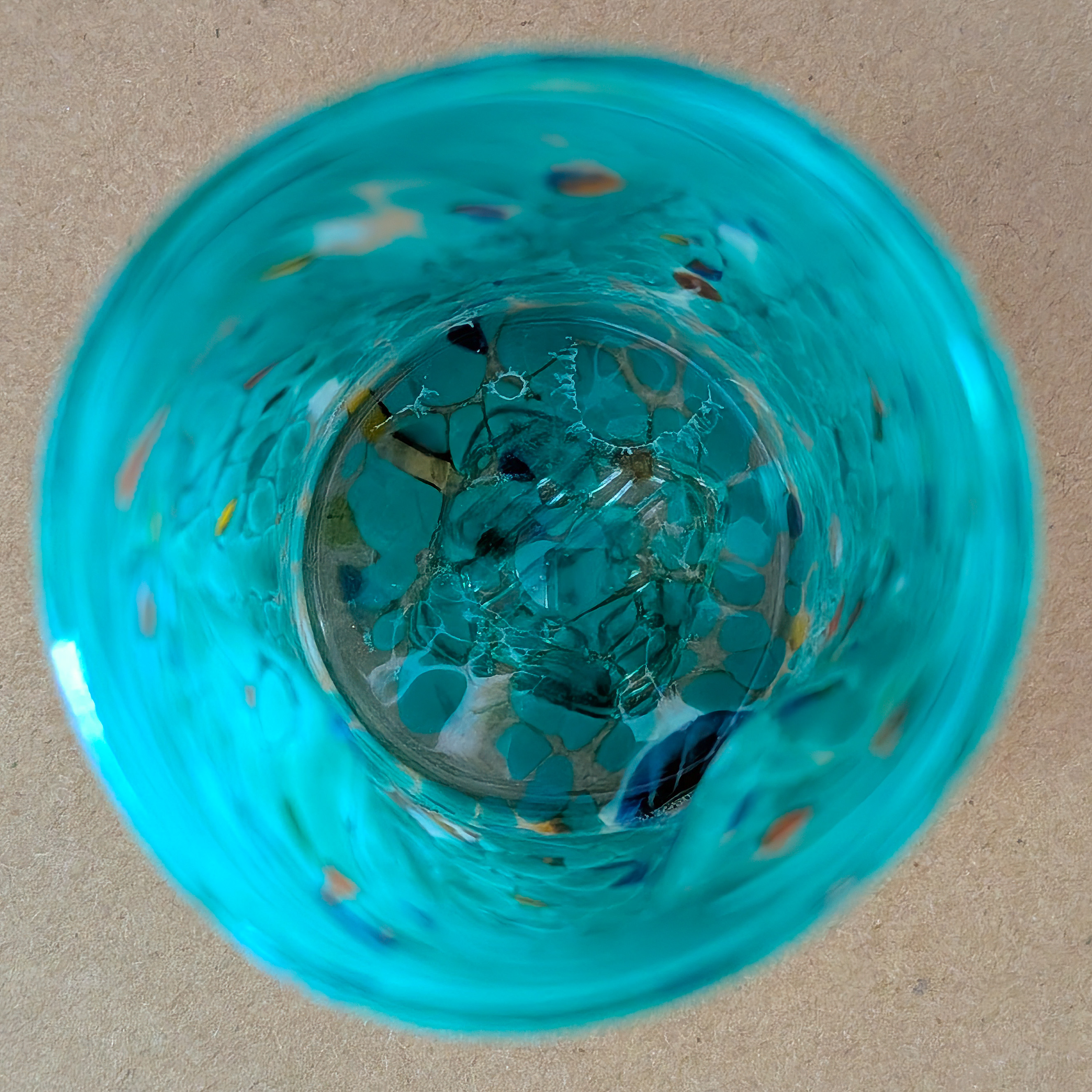
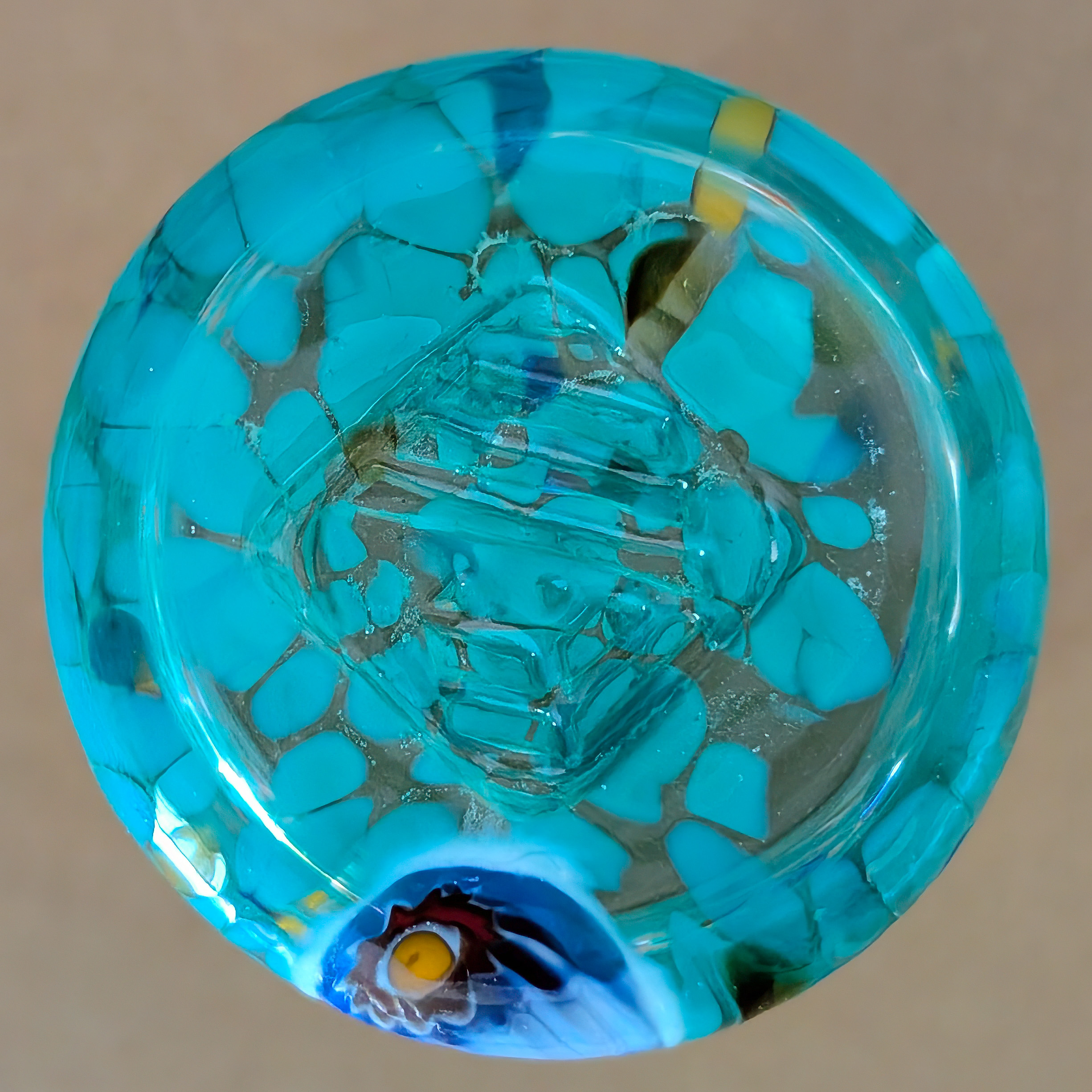
We ended up buying some tumblers, one to keep, seen here from various angles, and the rest to give away.
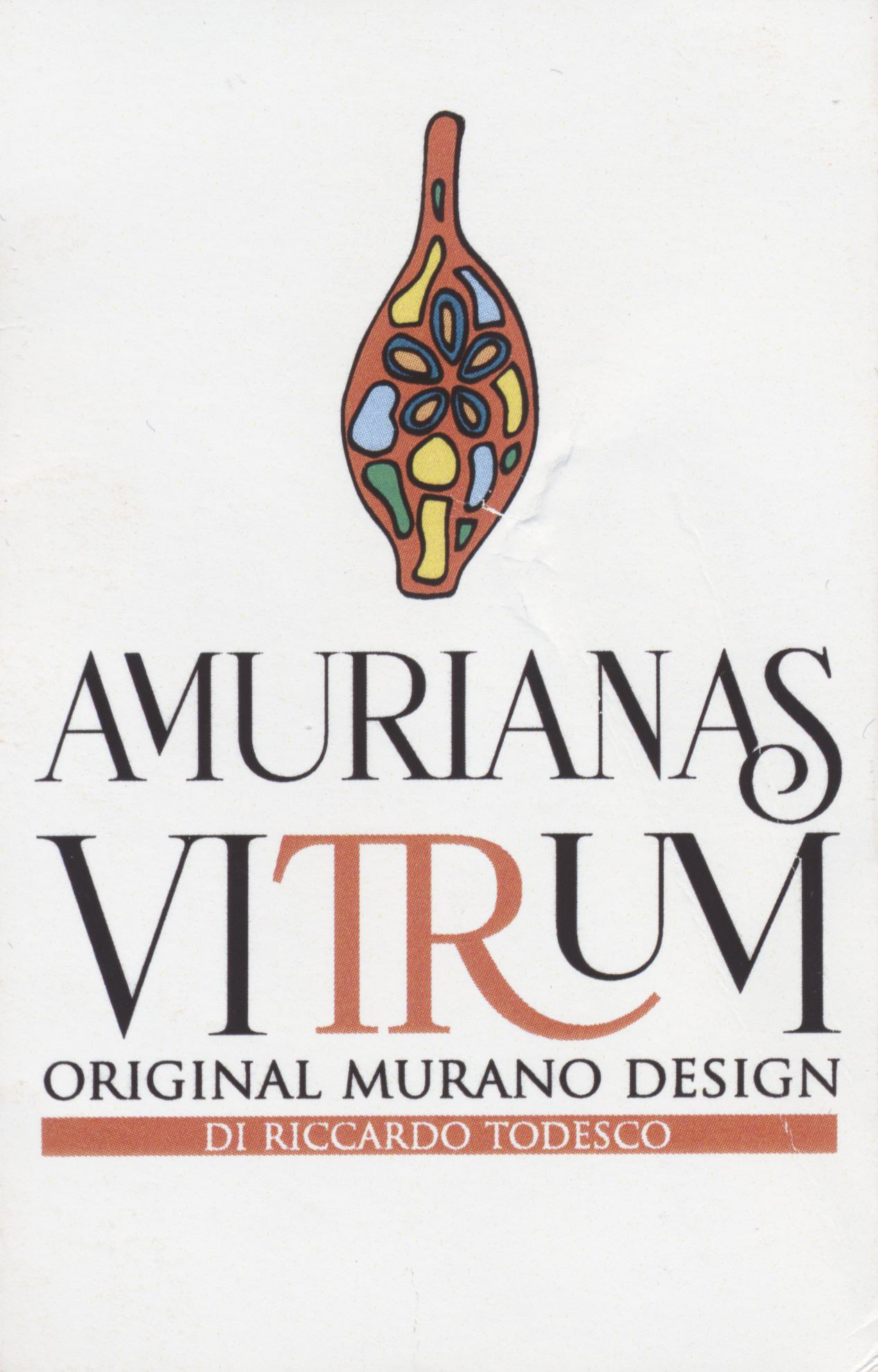
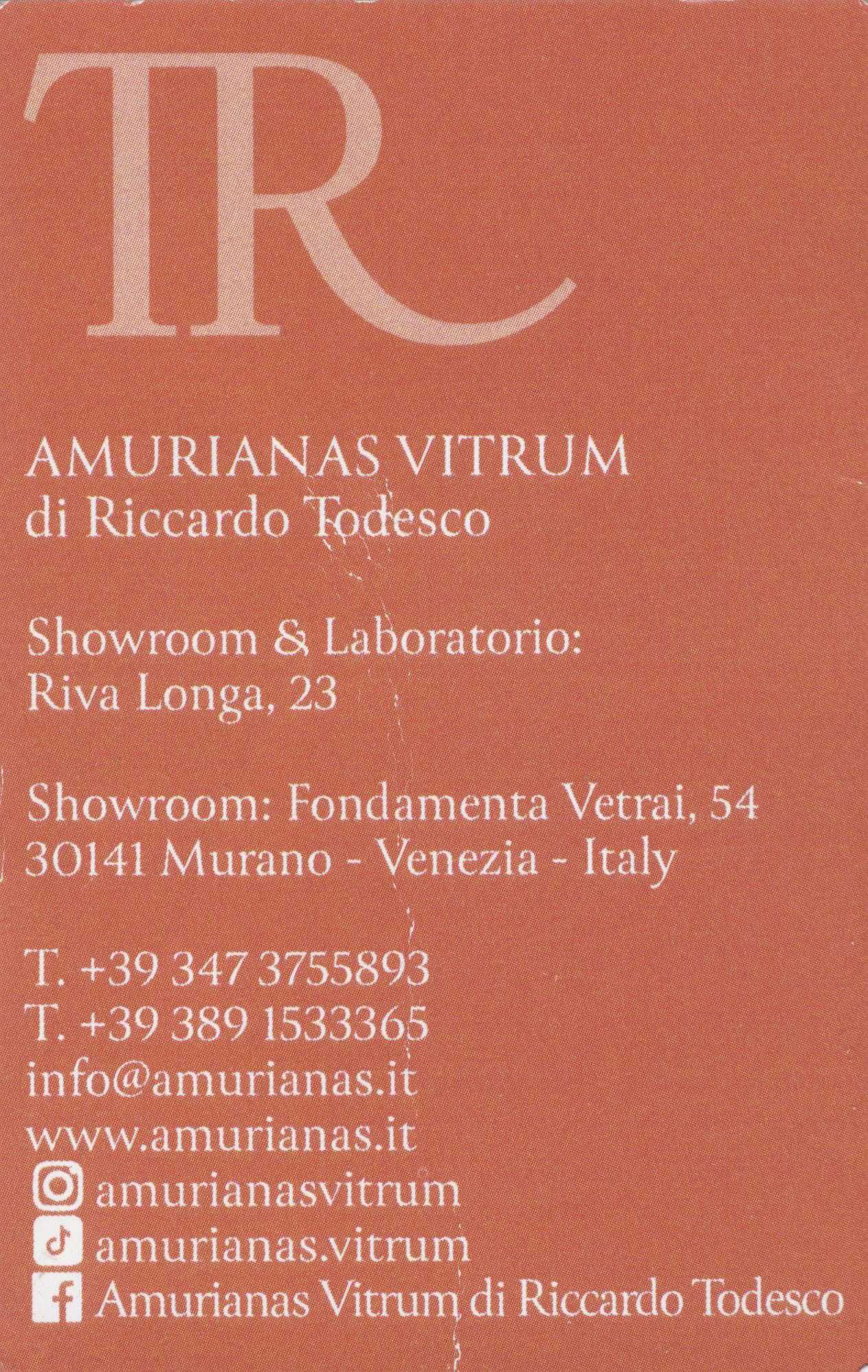
After, we visited some glass shops and returned to Amurianas Vitrum, the glass making business that we visited yesterday.
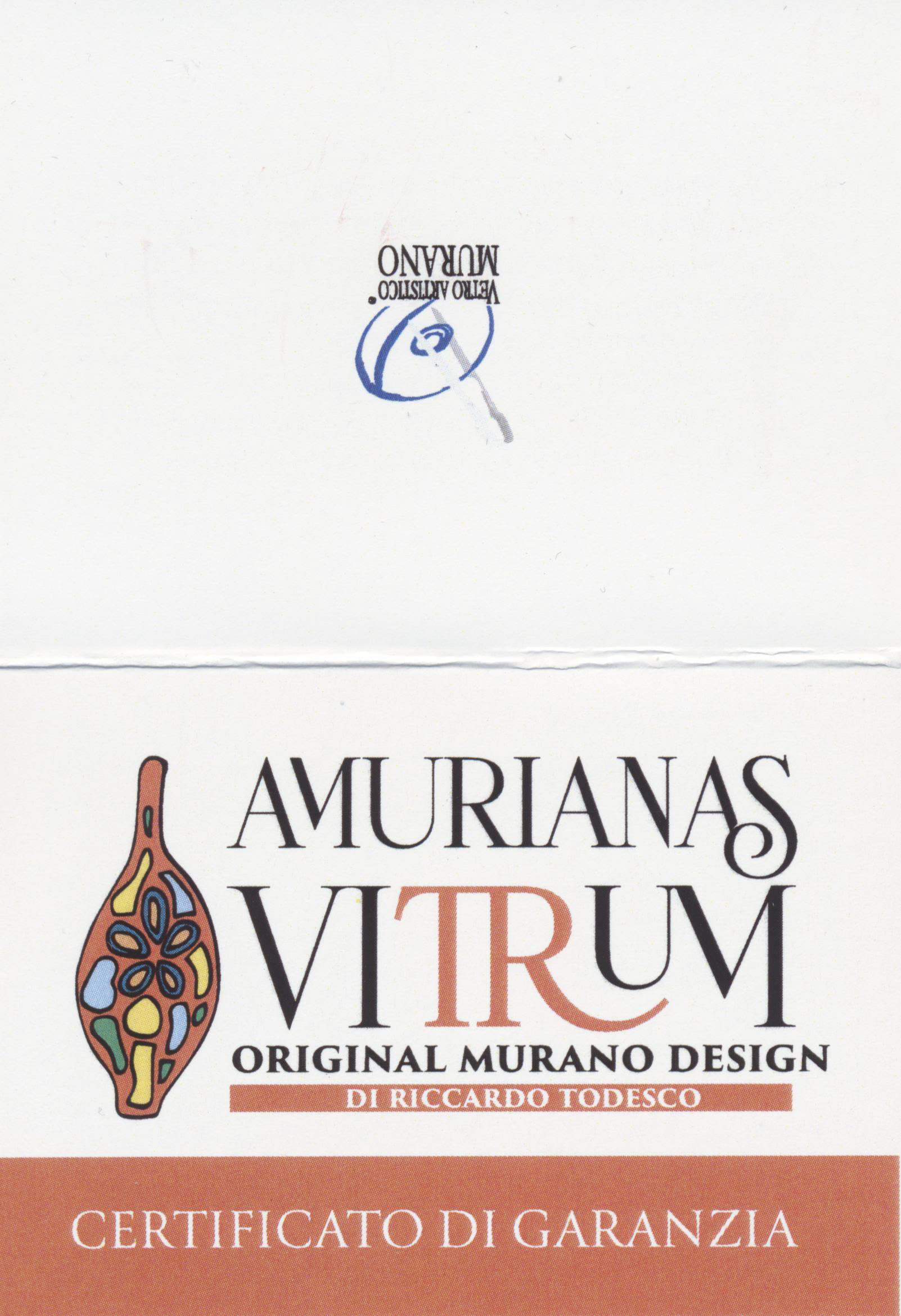
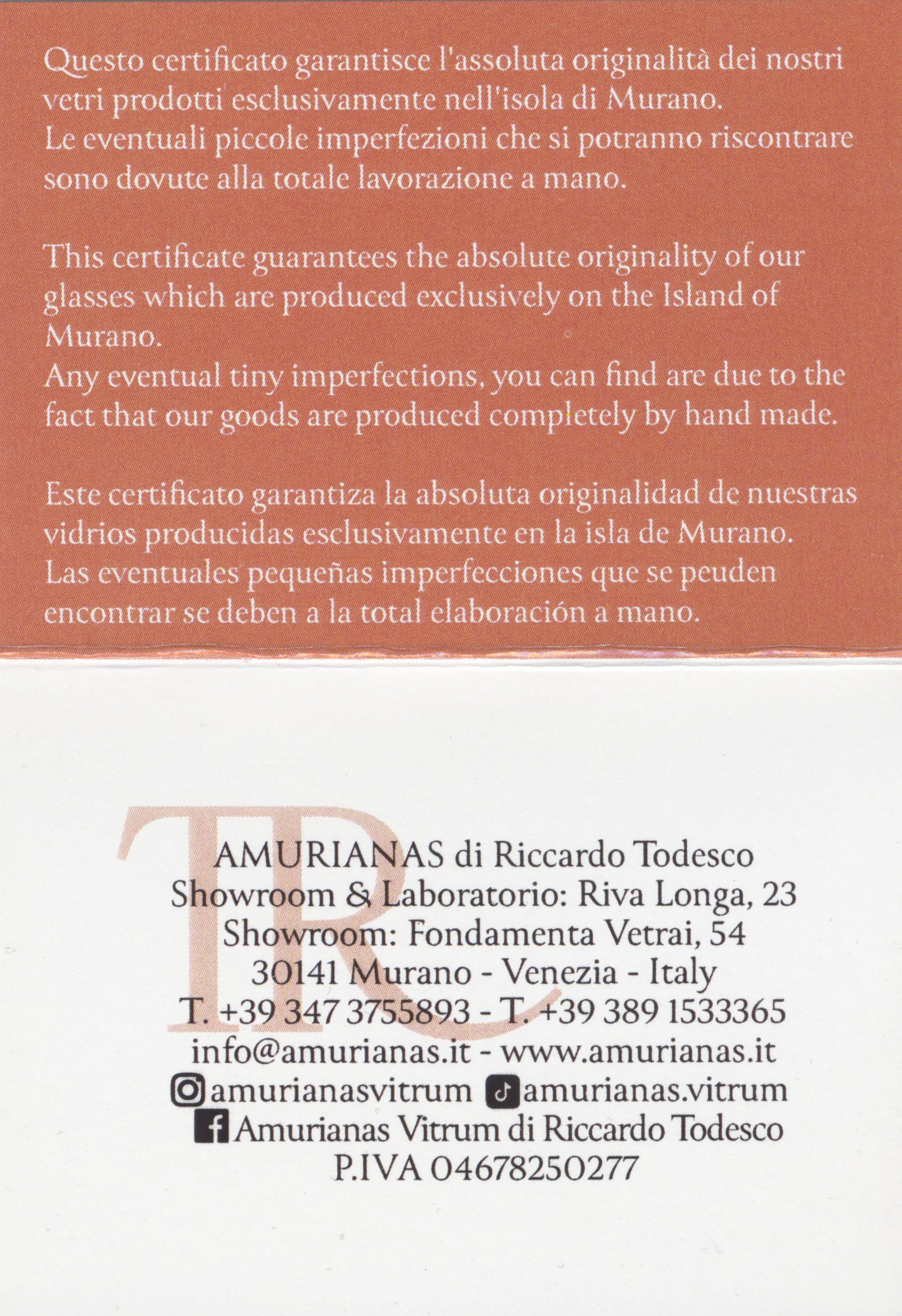
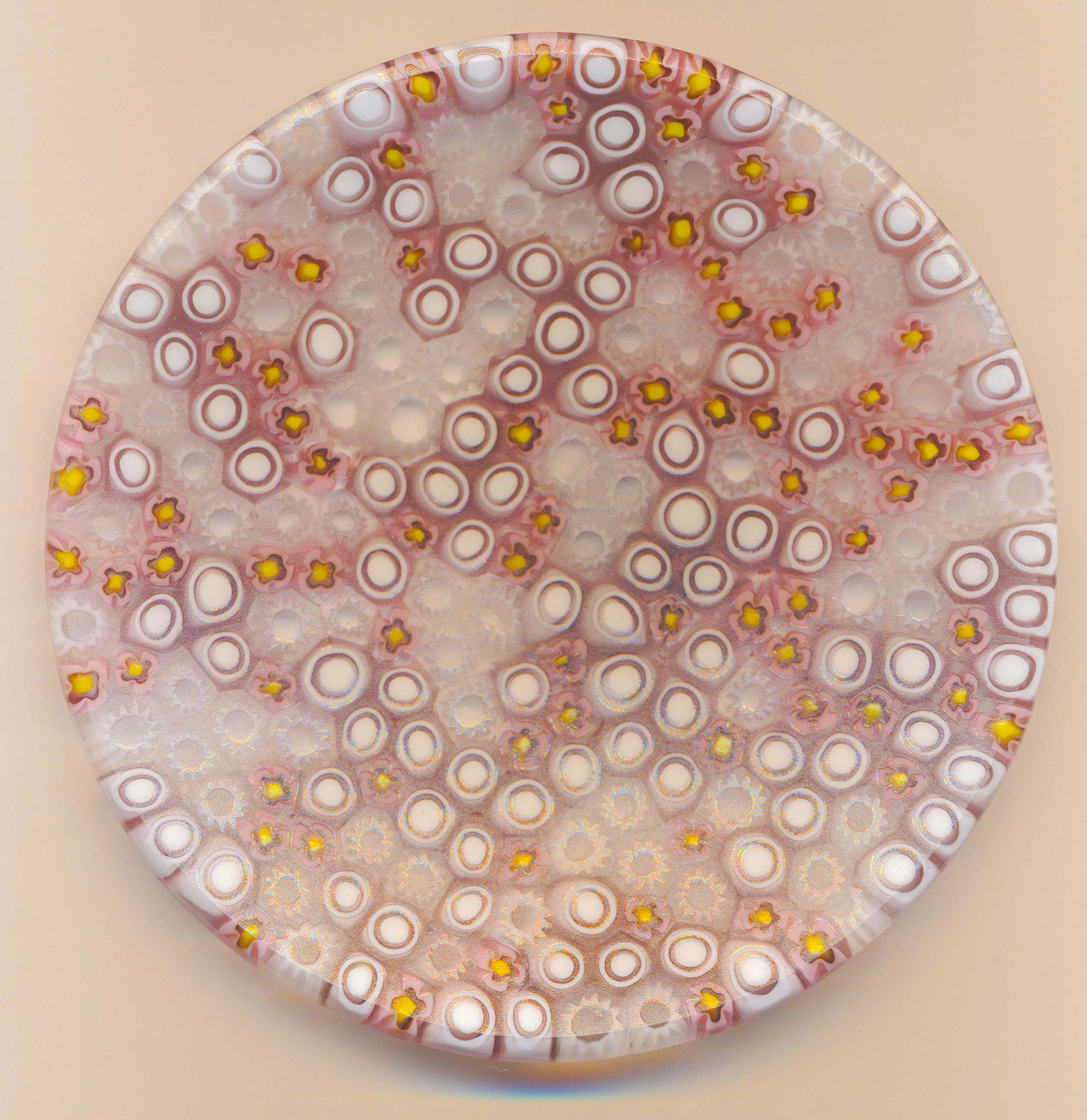
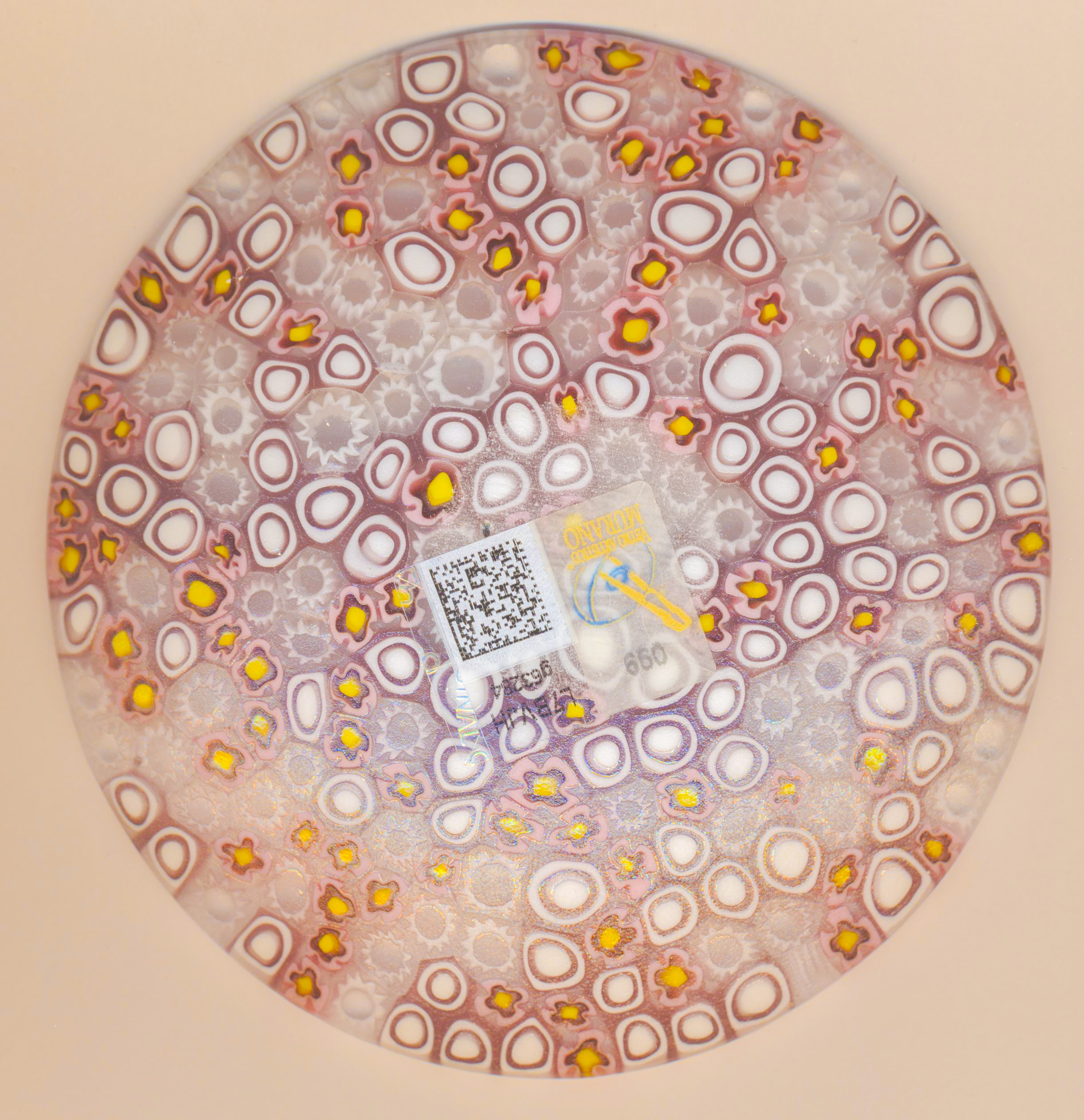
After considering what to buy for quite some time, we bought a small circular glass tray, made of many individual glass pieces fused together.
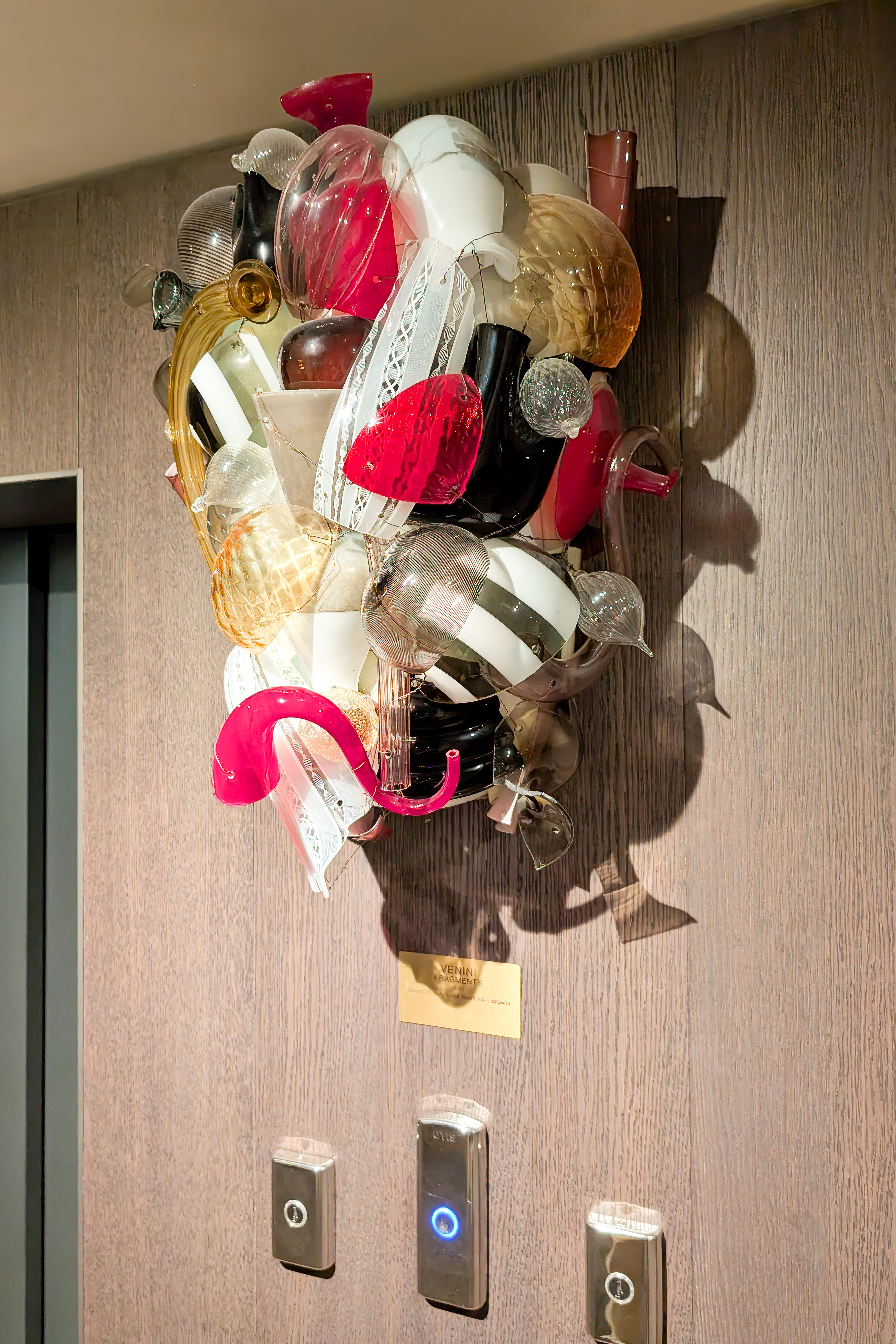
Afterwards, we returned to the Hyatt Centric to quickly drop of the all glassware that we had purchased before continuing on.
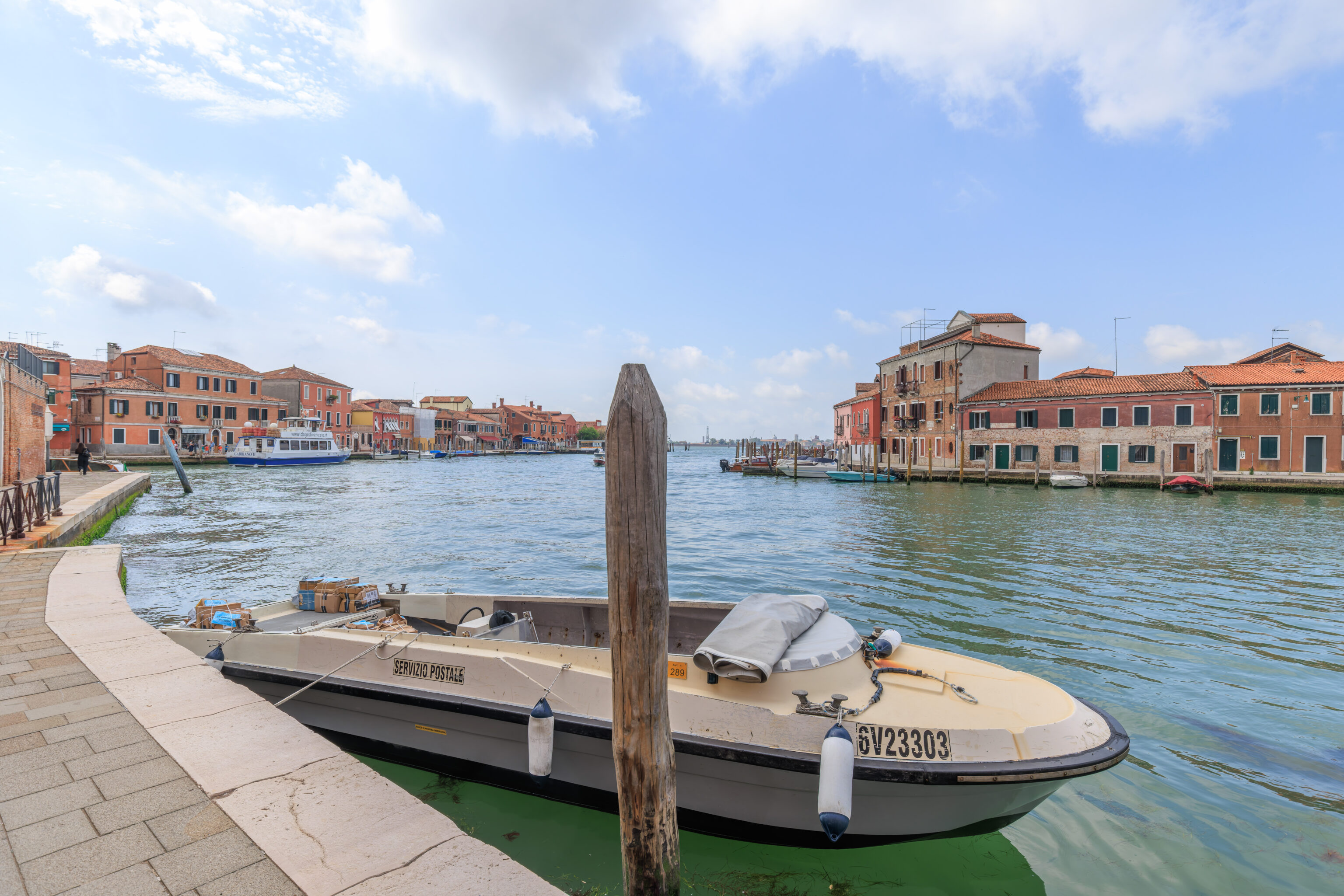
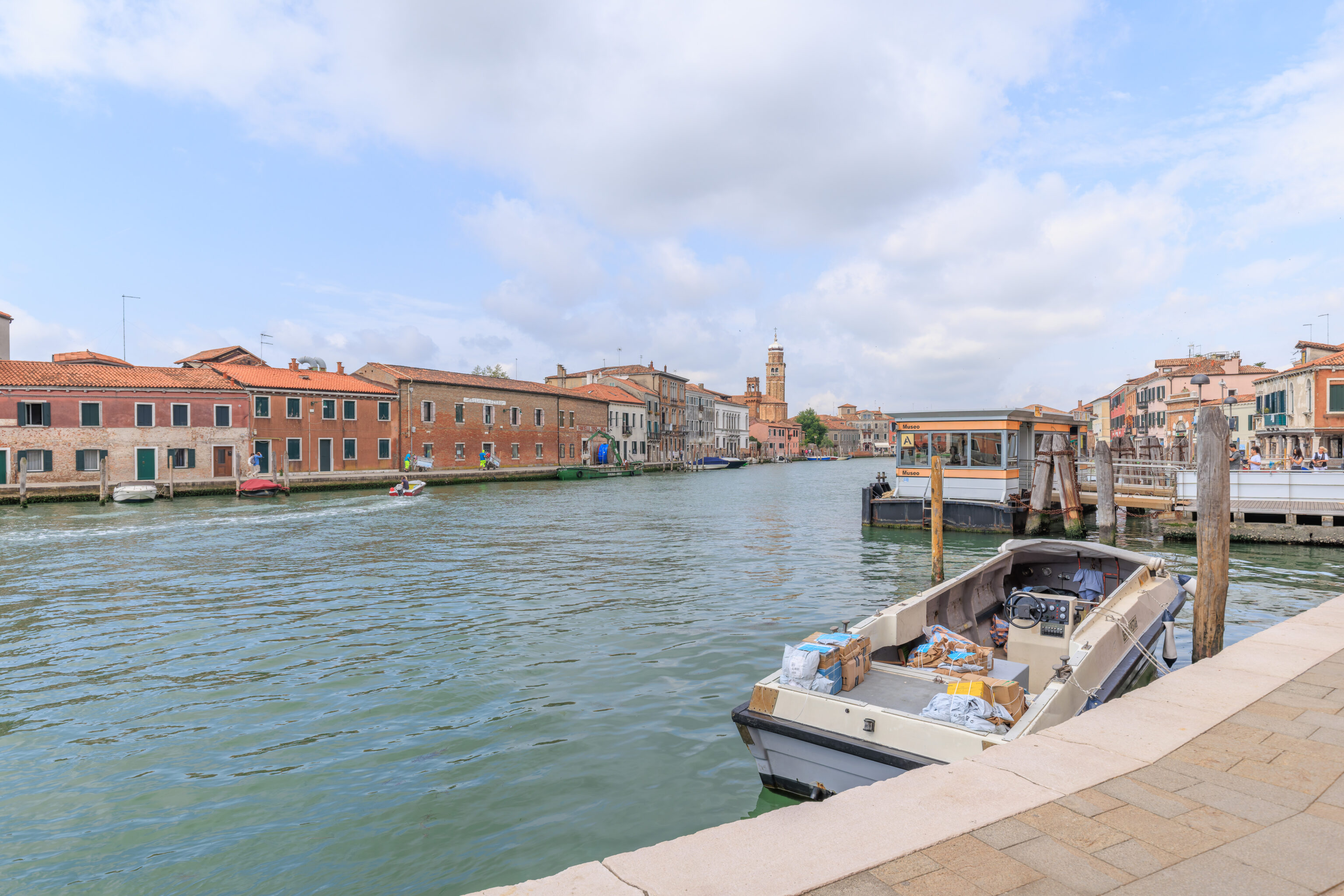
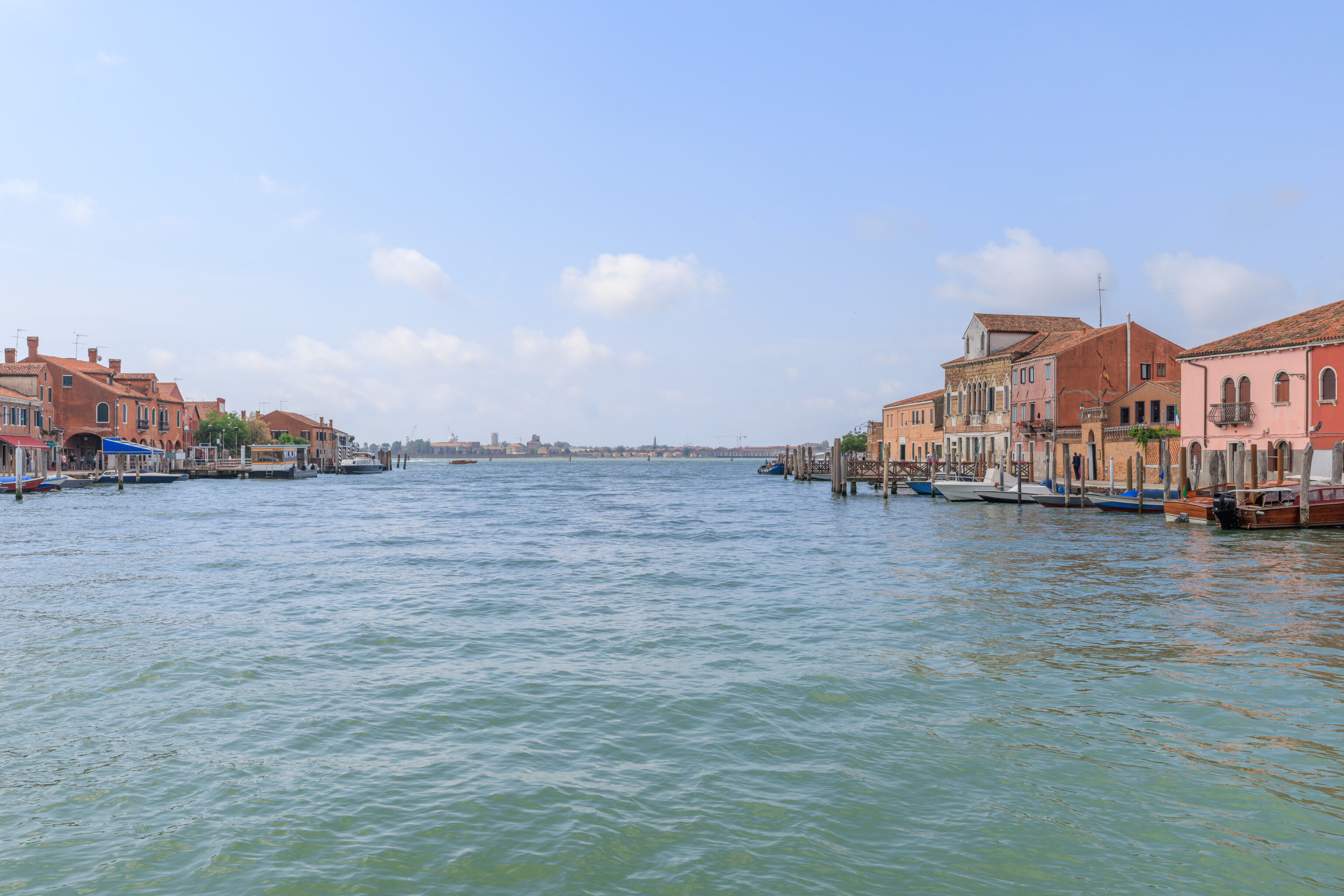
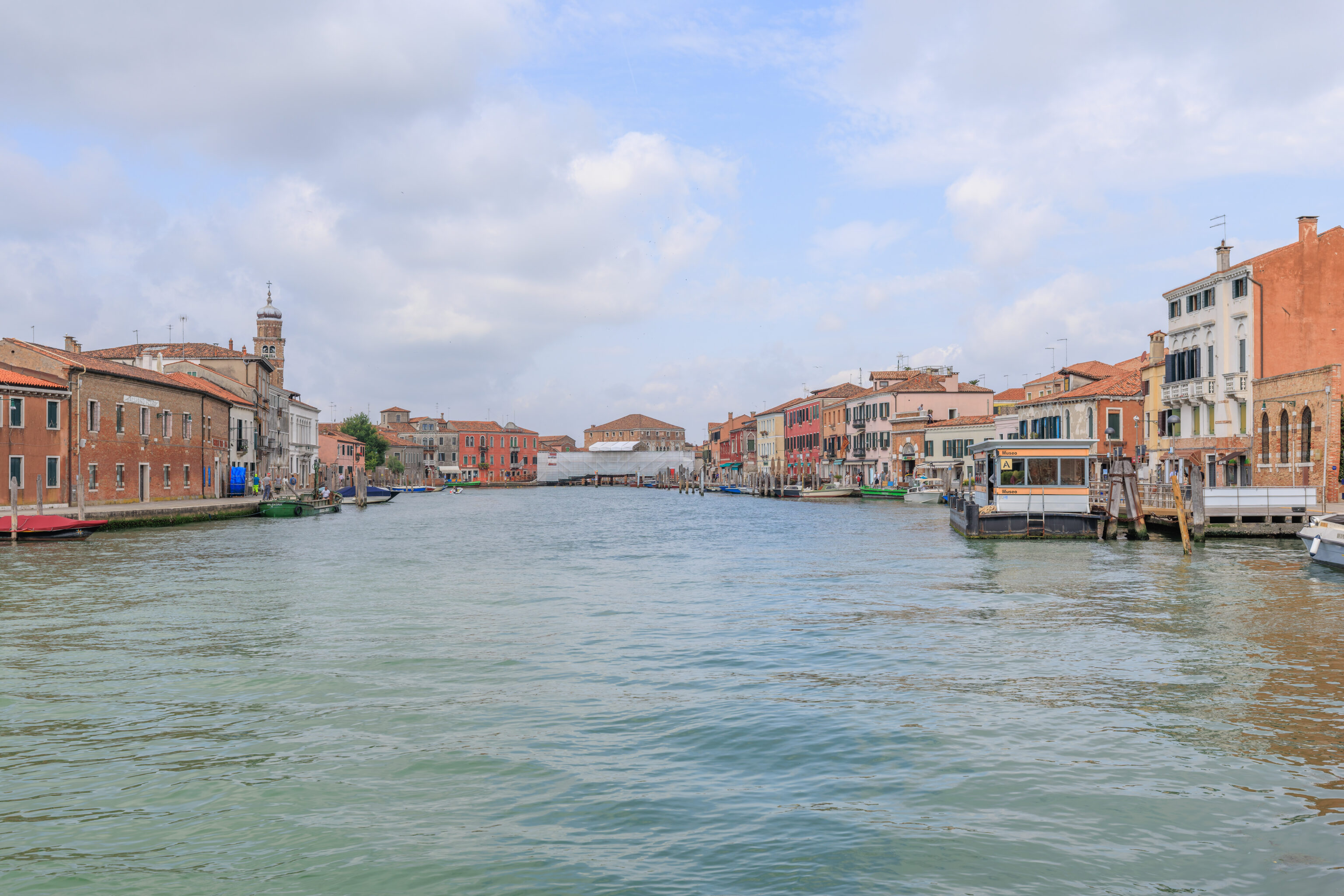

We headed back out and walked to the east to find the entrance to the Murano Glass Museum. The entrance is basically around the corner but faces an intersecting canal to the one the hotel is on.
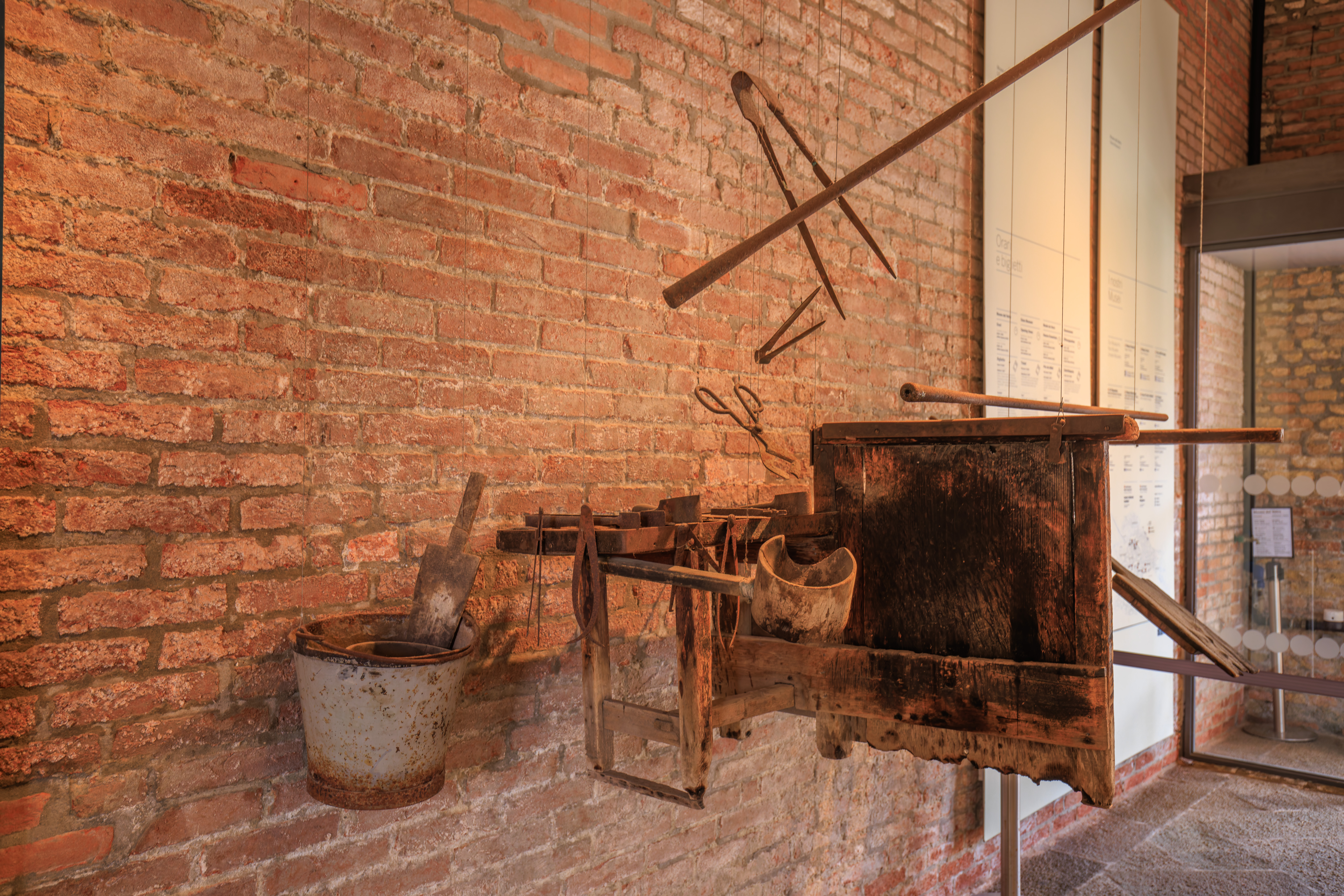
Entrance to the glass museum was included in our MUVE Museum Pass. Once we entered, we came upon this example of some glass making equipment.

This glass bird atop a glass… something… was pretty unique!

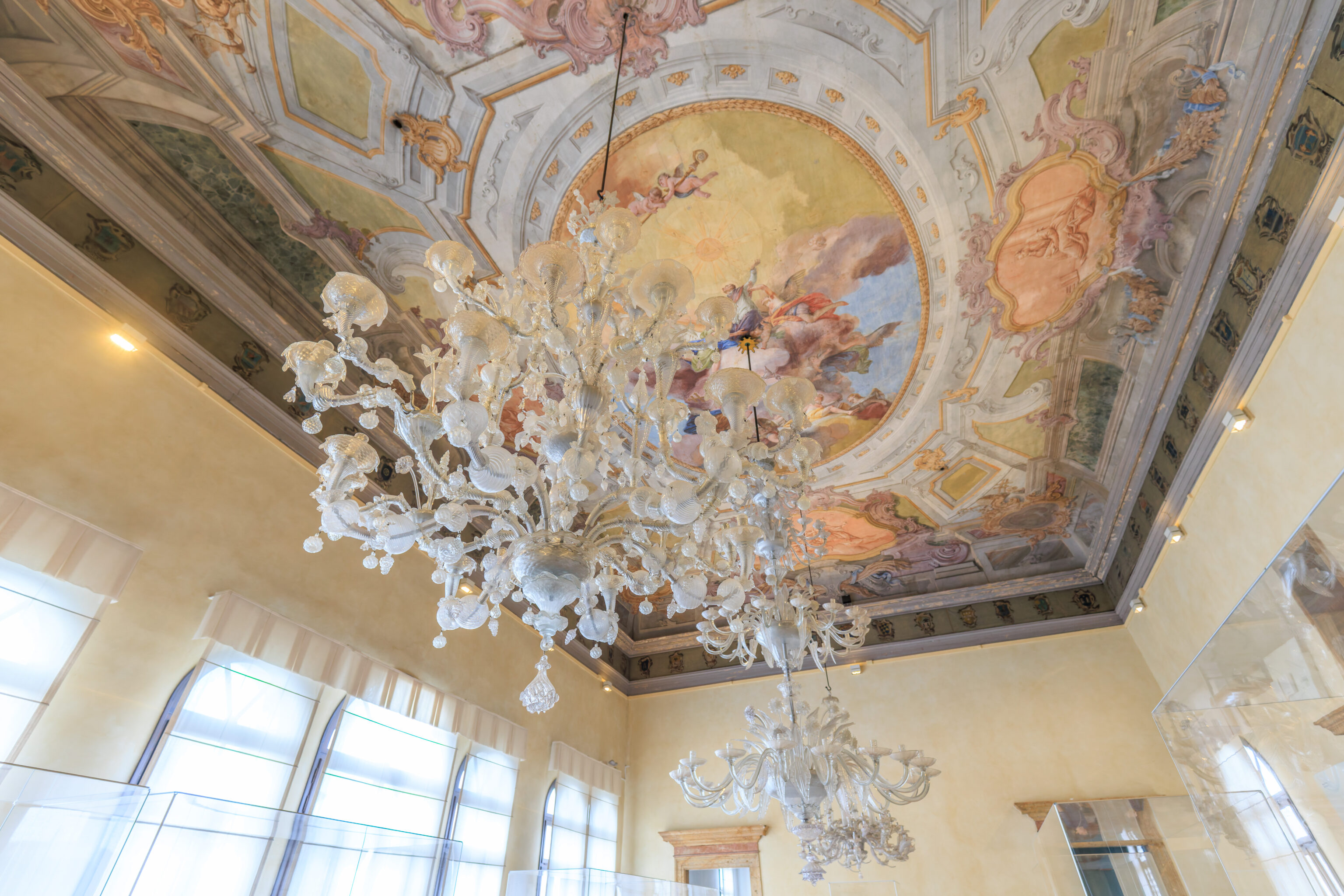
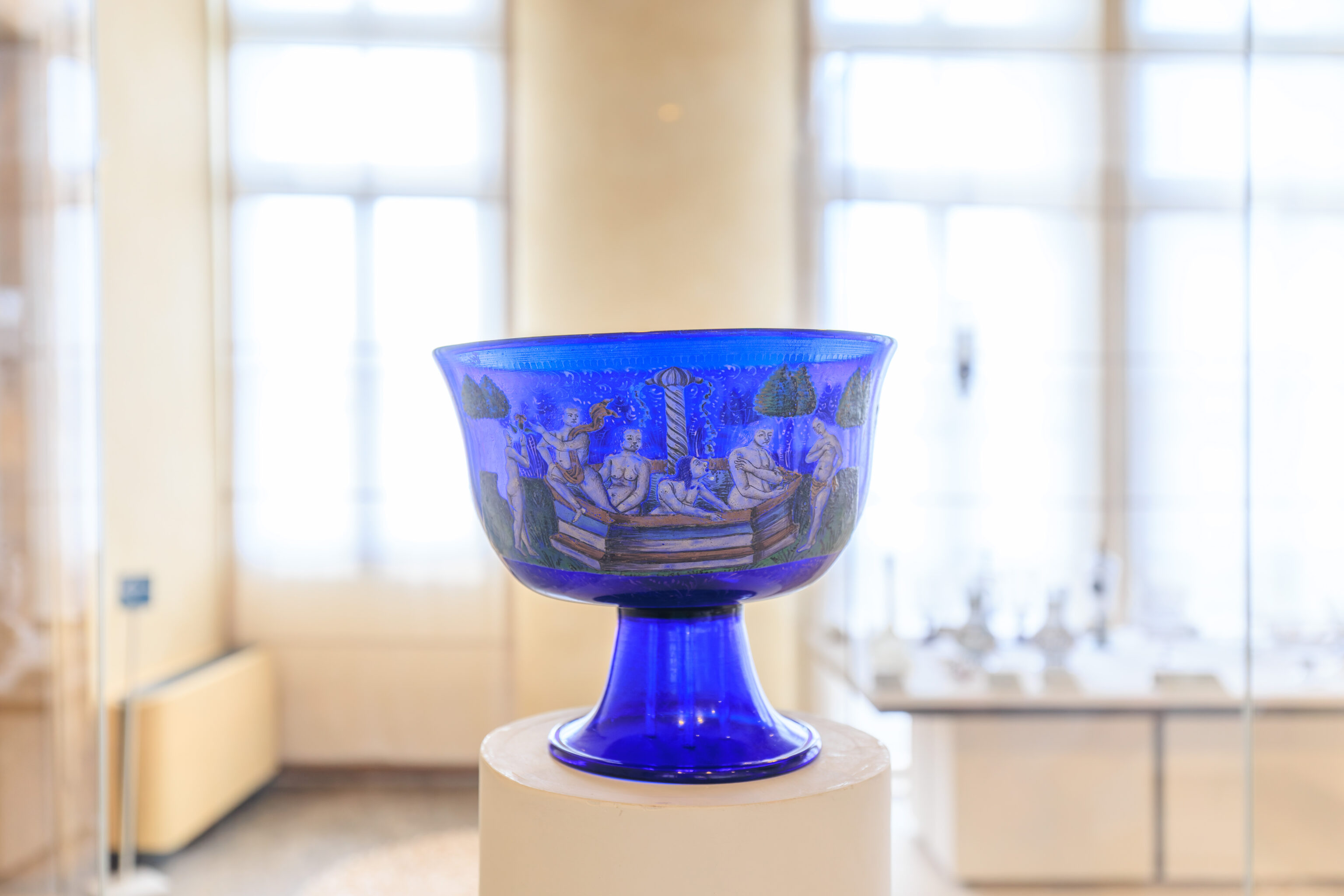
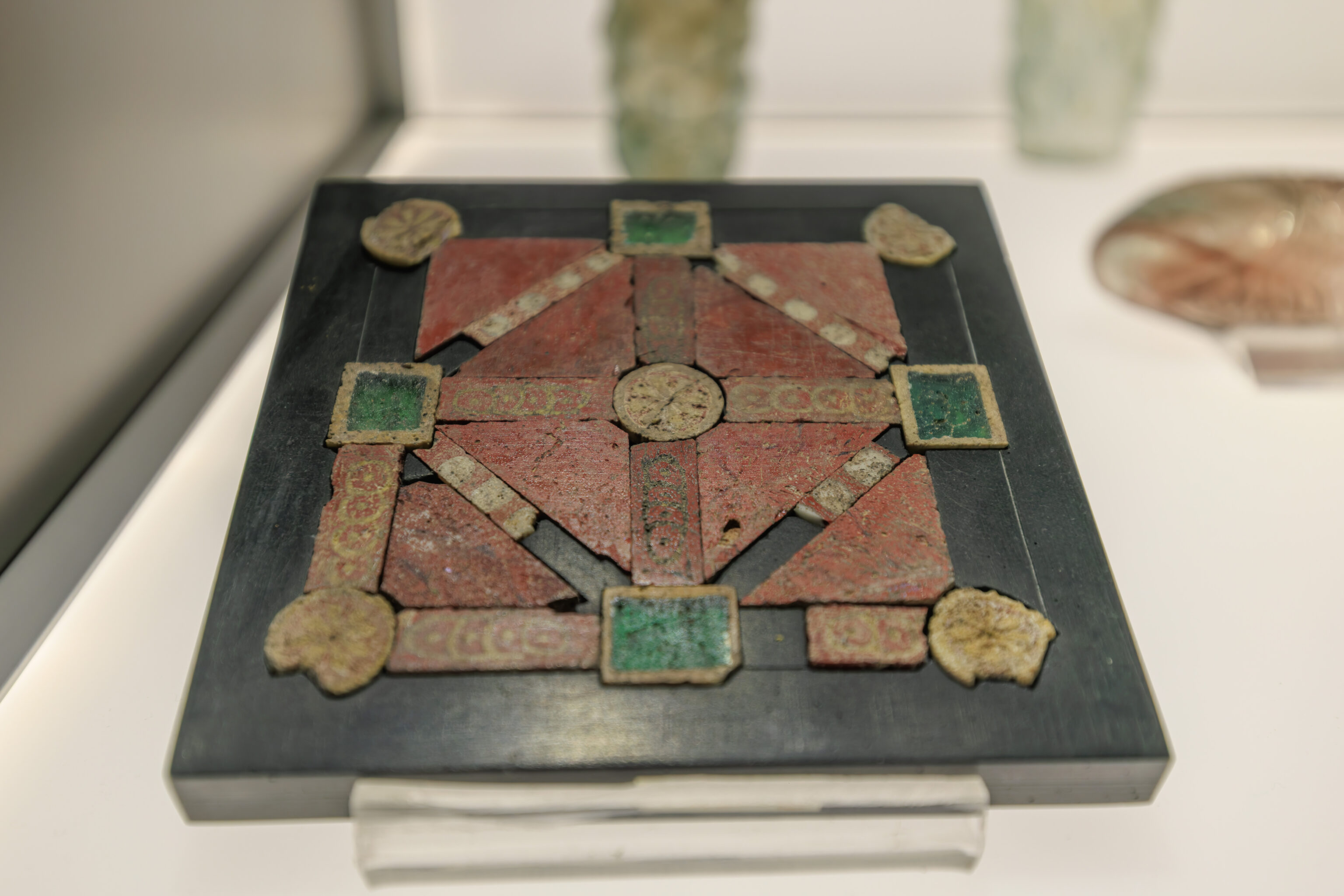
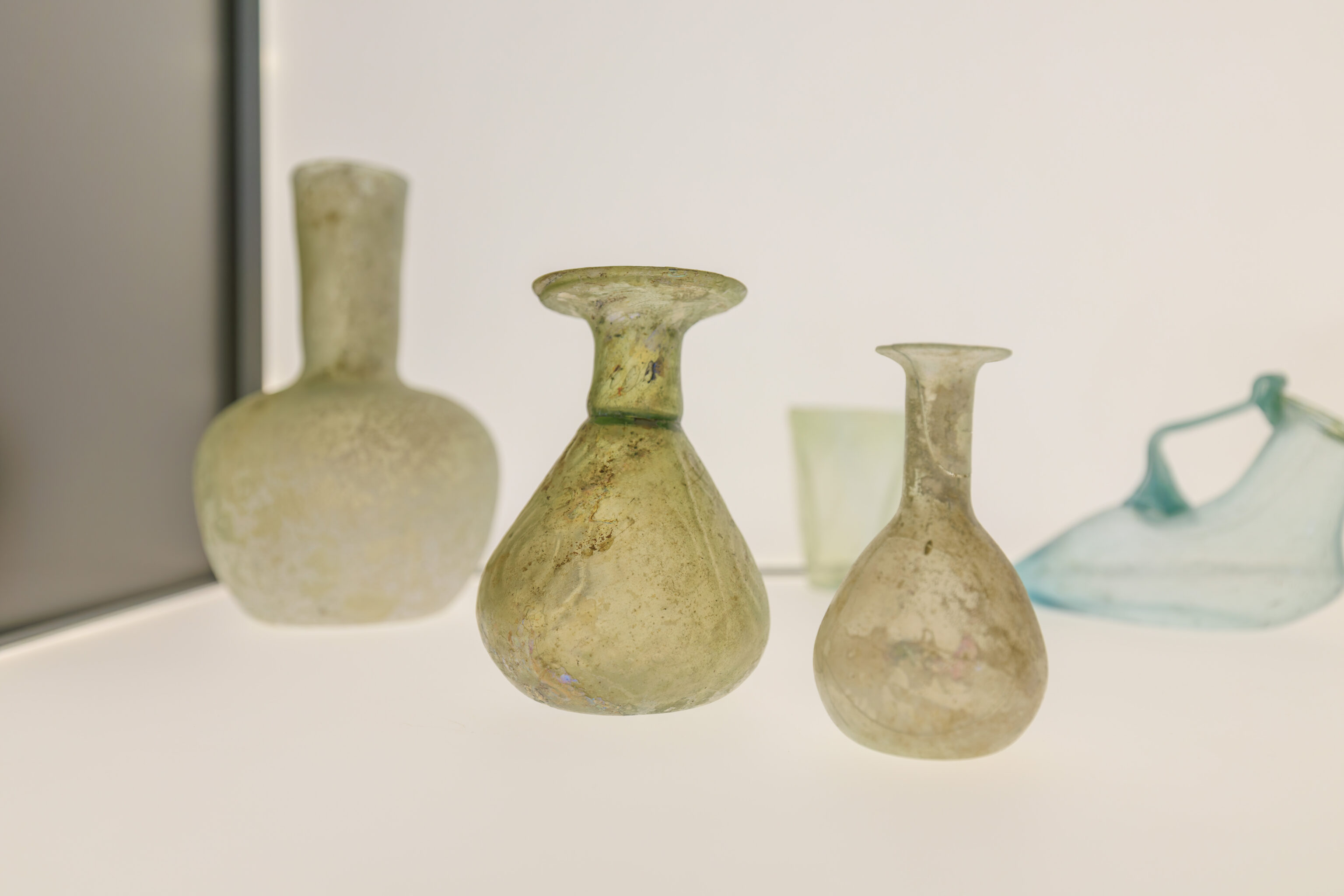
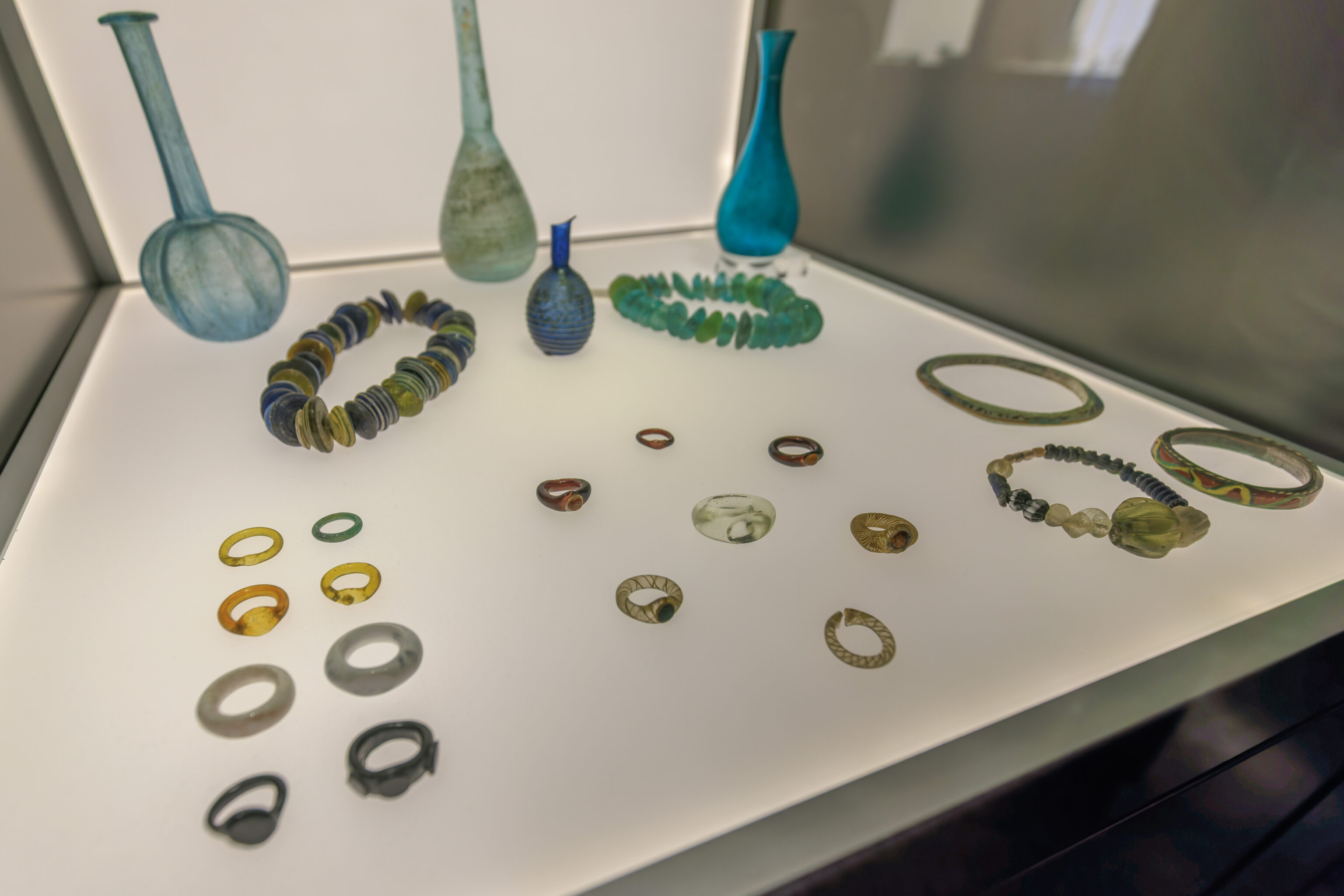

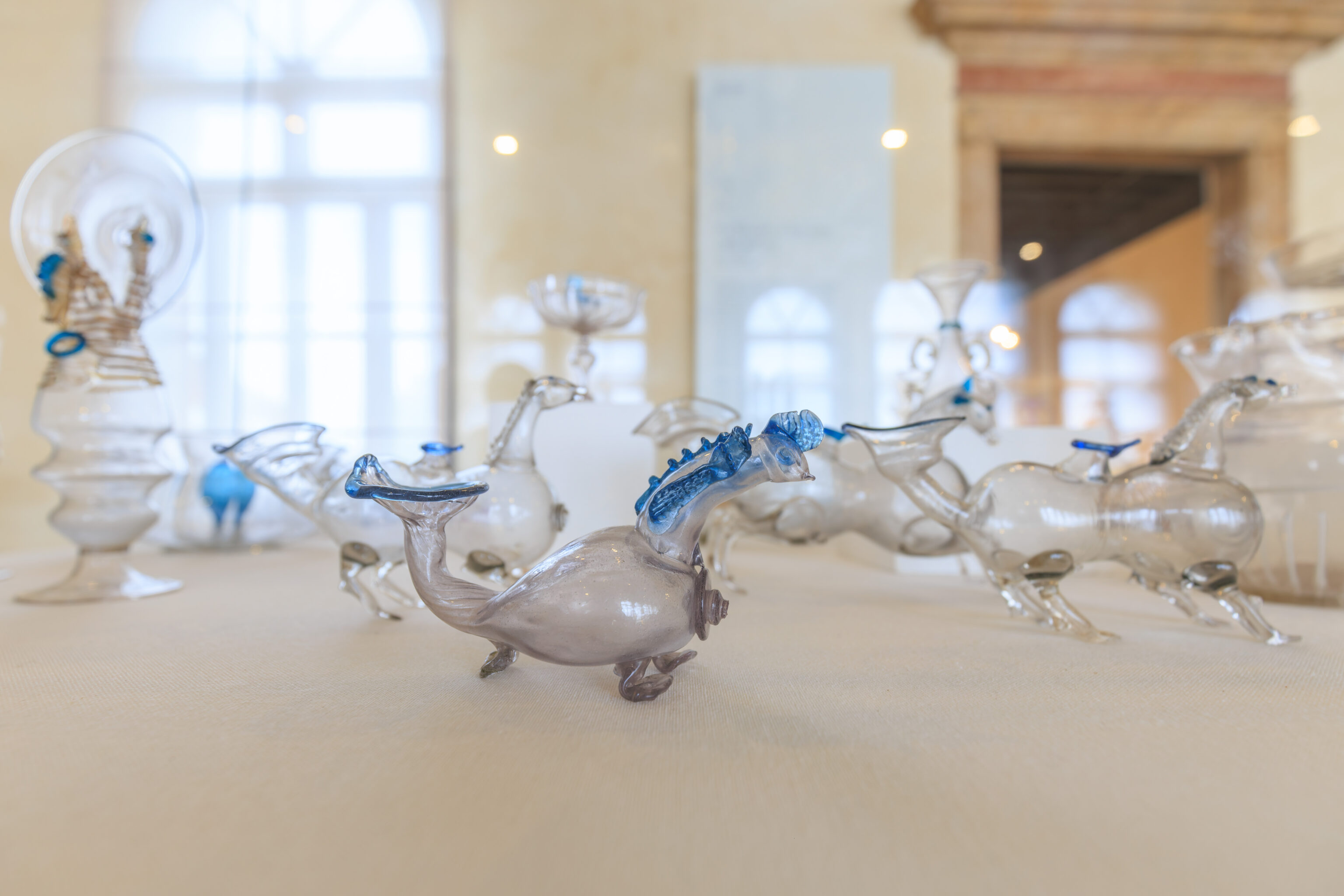
We entered the museum area where there was a vast collection of glassware from various sources.
A sign in this area describes this collection:
At the beginnings
The history of glass spans more than four thousand years. An ancient legend will have it that it was created by chance along the sandy banks of a river in Syria. Phoenician merchants used saltpetre blocks to make camp fires that, when they melted and mixed with sand, gave birth to this new material. According to other theories, the advent of glass resulted from the fusion processes of certain metals. Production centres in ancient times were found in Mesopotamia, Egypt and Syria. From the tenth century BC glass began to spread throughout the Balkans and southern Europe, before reaching the whole Mediterranean in the Hellenistic age (fourth - first century BC). However, it was the Romans who gave new life to glass production, so that it became extremely widespread. The invention in Palestine of the glass-blowing technique goes back to the first century BC, replacing the painstaking procedures of pouring molten glass and resulting in the creation of colourless glass. The production of blown-glass and blowing glass into a mould was perfected even further during the second and third centuries AD.
The works on display here are testimony to this development, offering a wide variety of objects from Syria, Palestine, the Eastern, Greek, North-Italian, Mediterranean areas, etc. and, above all, an extensive collection of Roman art objects from the first and fourth centuries AD, from the Archeological Heritage Department. Coming from the necropolis of Enona, Asseria and Zara in Northern Dalmatia, this collection includes cinerary urns in blown glass and other objects that were placed in tombs, offering an important example of the ancient forms and techniques that were to be a source of inspiration for Murano glass makers. Such samples include plates and goblets shaped in moulds and then cut and engraved, glasses decorated with bosses or messages of good wishes, unguentariums (perfume bottles) of various shapes and with different decorations including multicoloured rods, and various blown-glass objects, some of which are decorated with different coloured glass threads. Finally, on display in this room are also some of the fragments of the "archaeology" of Murano glass, which go back to the Middle Ages (tenth - eleventh century) and were discovered in the foundations of the nearby San Donato Basilica.
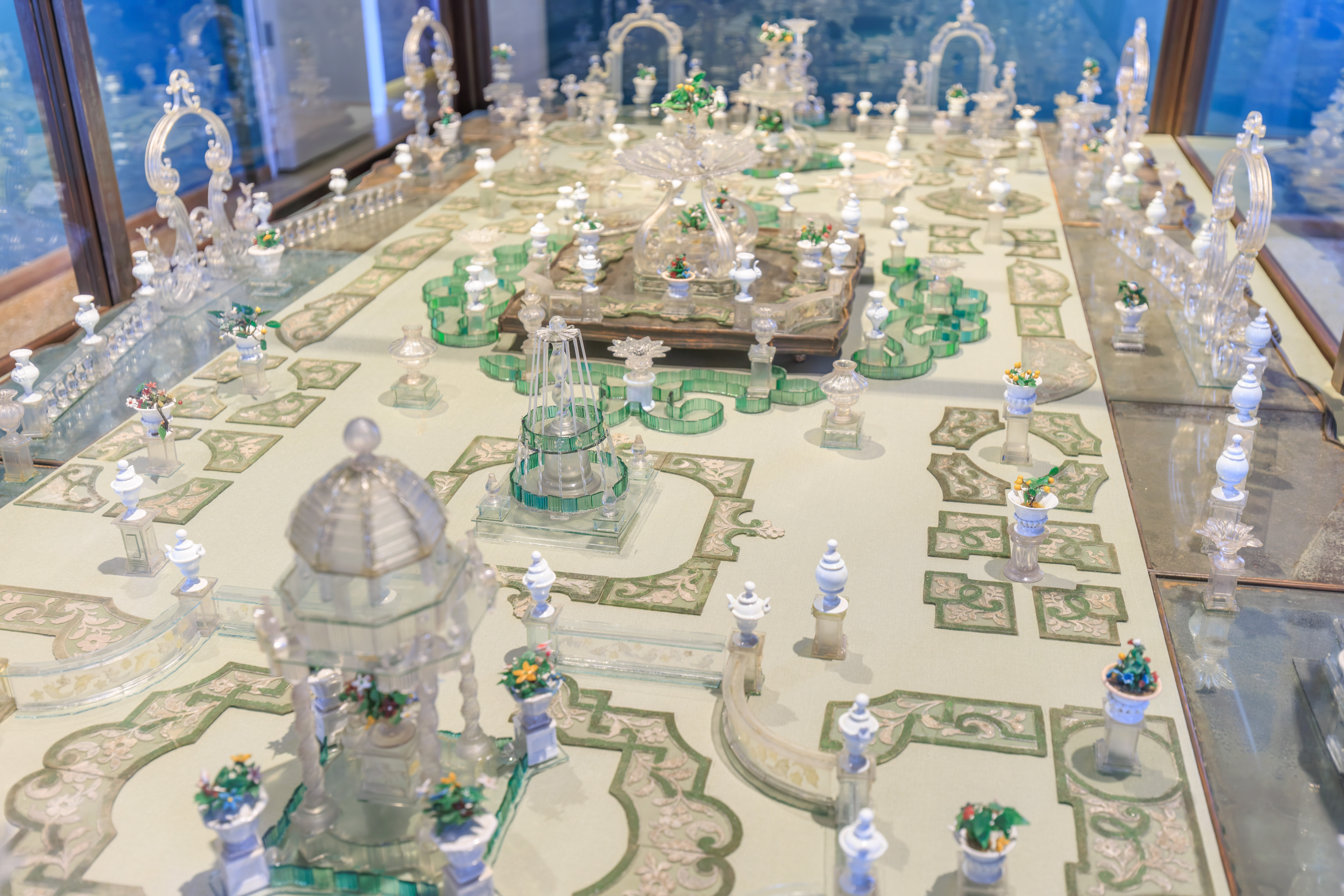
This large display, described as a centerpiece, recreates an Italian garden in glass and was created in Murano.
A sign provides a brief description:
Centrepiece designed like an Italian garden with fountains, arches, pots with flowers, flower-beds
18th Century
-
Centrepieces, also known as "deseri", enjoyed enormous popularity during the 18th century.
The glassmaker Giuseppe Briati was credited with creating many fine examples which adorned the Doge's tables. They were proper theatre scenes, their designs were often inspired by historical or mythological subjects. Sometimes they offered- as this one - a glimpse of the life enjoyed by Venetians on holiday.
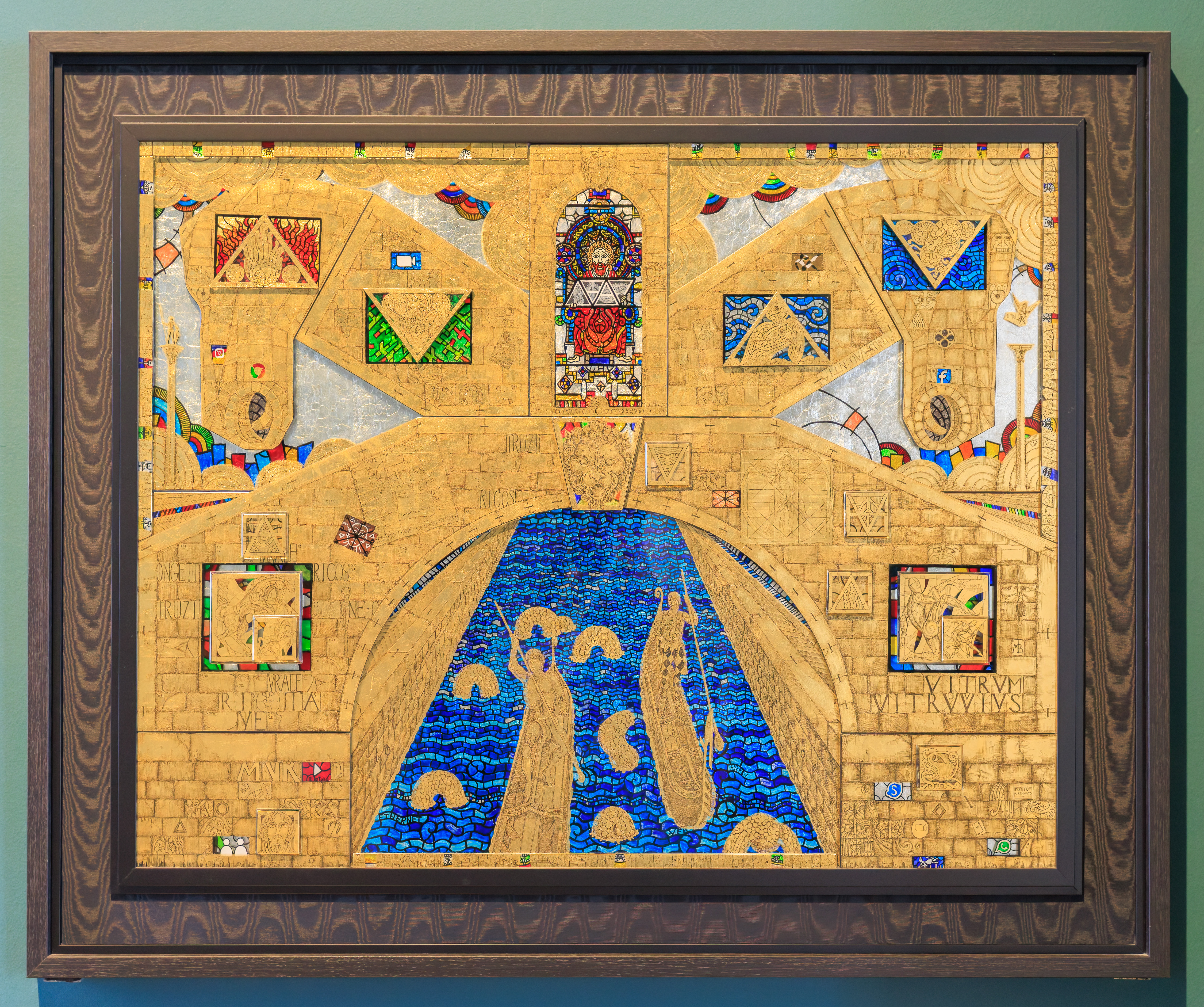
This piece was interesting. There is a canal, bridge, and some other things…
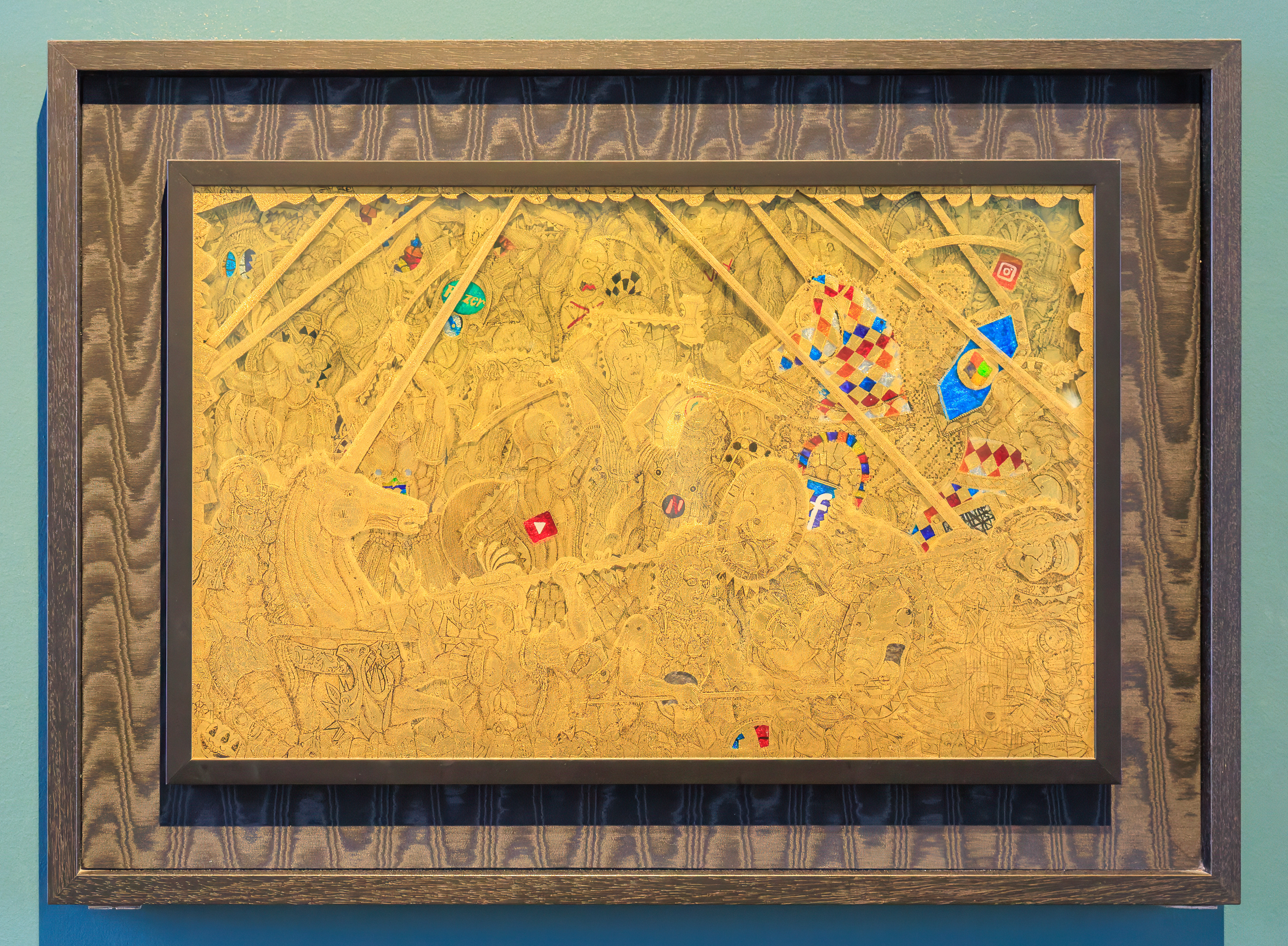
This was similar but it has a few social media, tech, and other icons. Facebook, Instagram, YouTube, and Windows are all easily located. There’s also a figure that looks very much like Homer Simpson near the top!
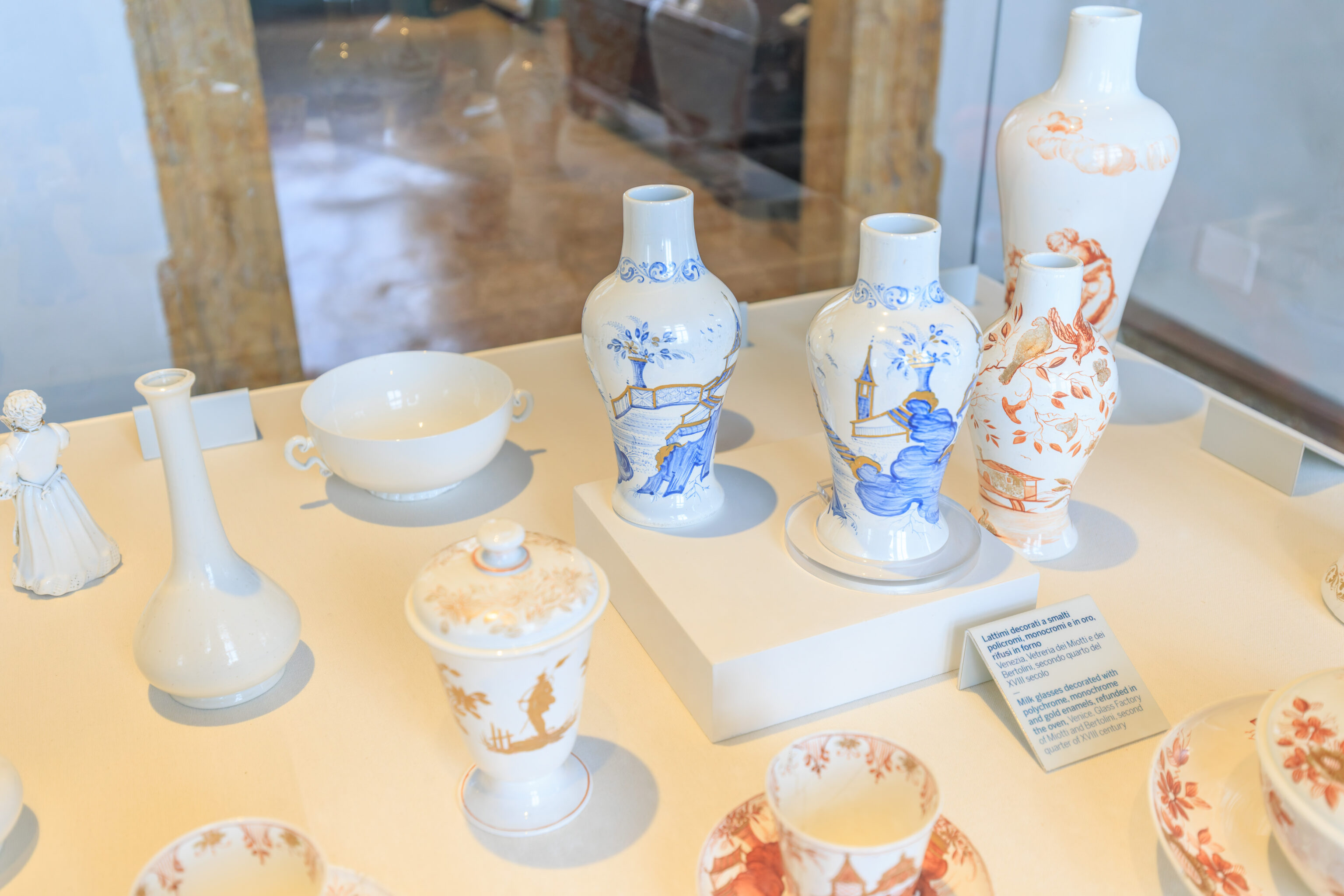
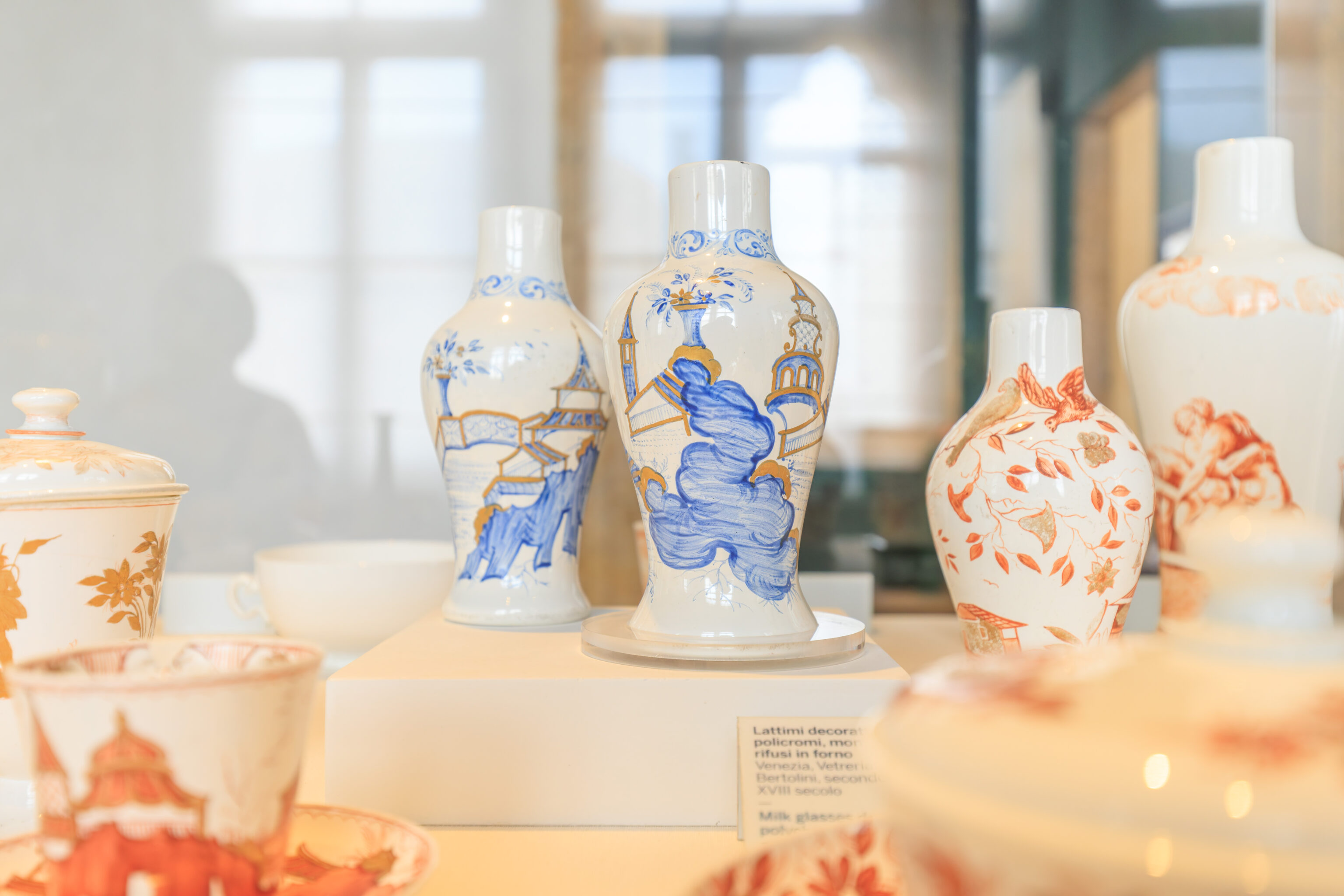
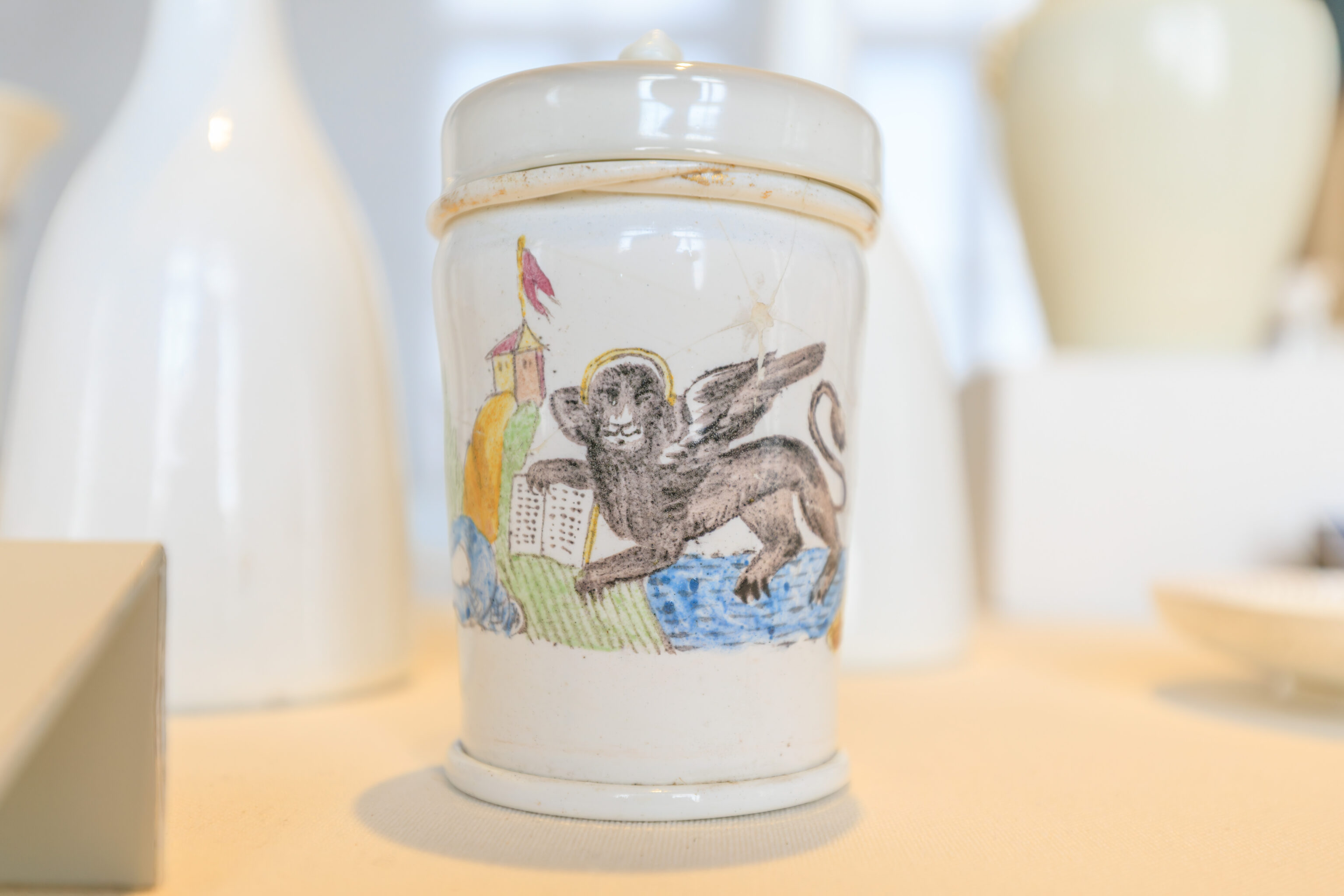
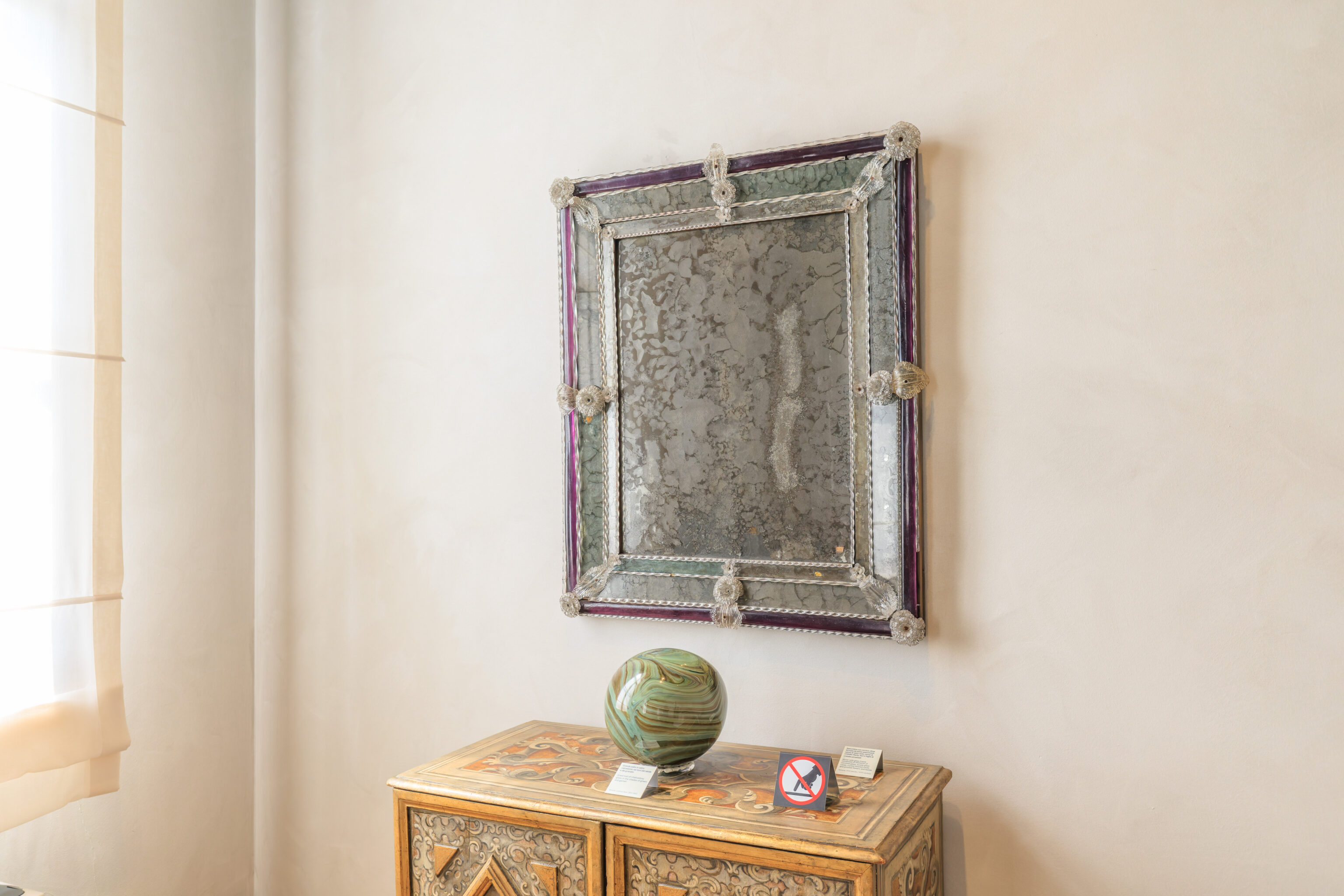


Continuing on, we saw more glassware, mostly opaque rather than translucent like most the previous items.

The next section of the museum went into the making of glassware. This section focused on Venetian beads.
A sign discusses this technique:
Venetian beads
Known already in ancient times, first in Egypt and then in the Roman age, bead production also came from glass rods. The first beads to be produced in Venice go back to the fourteenth century, and for centuries these were invaluable items in trade and exportation with Africa, the Americas and India.
Depending on which technique is used for their production, Venetian beads can be either conteria (seed beads), rosetta (chevron beads) or a lume (lamp-worked beads). Documented in Murano as early as the fourteenth century, seed beads are monochrome, tiny and produced 'industrially' from thin hollow glass rods. They can be also used for embroidery and different kinds of compositions.
Invented in the fifteenth century by Marietta Barovier, Angelo's daughter, chevron beads are made from hollow rods made of several multi-coloured layers like the murrine.
Lamp-worked beads go back to the seventeenth century. These are made by heating a rod of solid glass over a naked flame (lume). The molten glass drips onto a metal wire that is held in one hand and continually rotated, creating infinite variations, effects and colours with different additions.
During the crisis afflicting Murano in the nineteenth century, bead production was the only one that flourished and actually managed to expand. On display here are some interesting and colourful set of samples from some of the most active producers including Franchini family and Domenico Bussolin, who also specialised in filigree.
However, the museum's extensive collection offers an excursus into the history and the different kinds of Venetian beads, a genre that was of particular significance and closely linked to the city's history and traditions; it played a special role in female employment, starting with Marietta Barovier's own creativity, and many Murano women have always worked in this sector. Of particular note are the highly skilled Venetian bead threaders, impiraresse, who for centuries, with their box (sessola), full of beads on their knees would sit outdoors in the alleyways and little squares, and were a characteristic feature of a "vernacular" Venice that was full of people and life
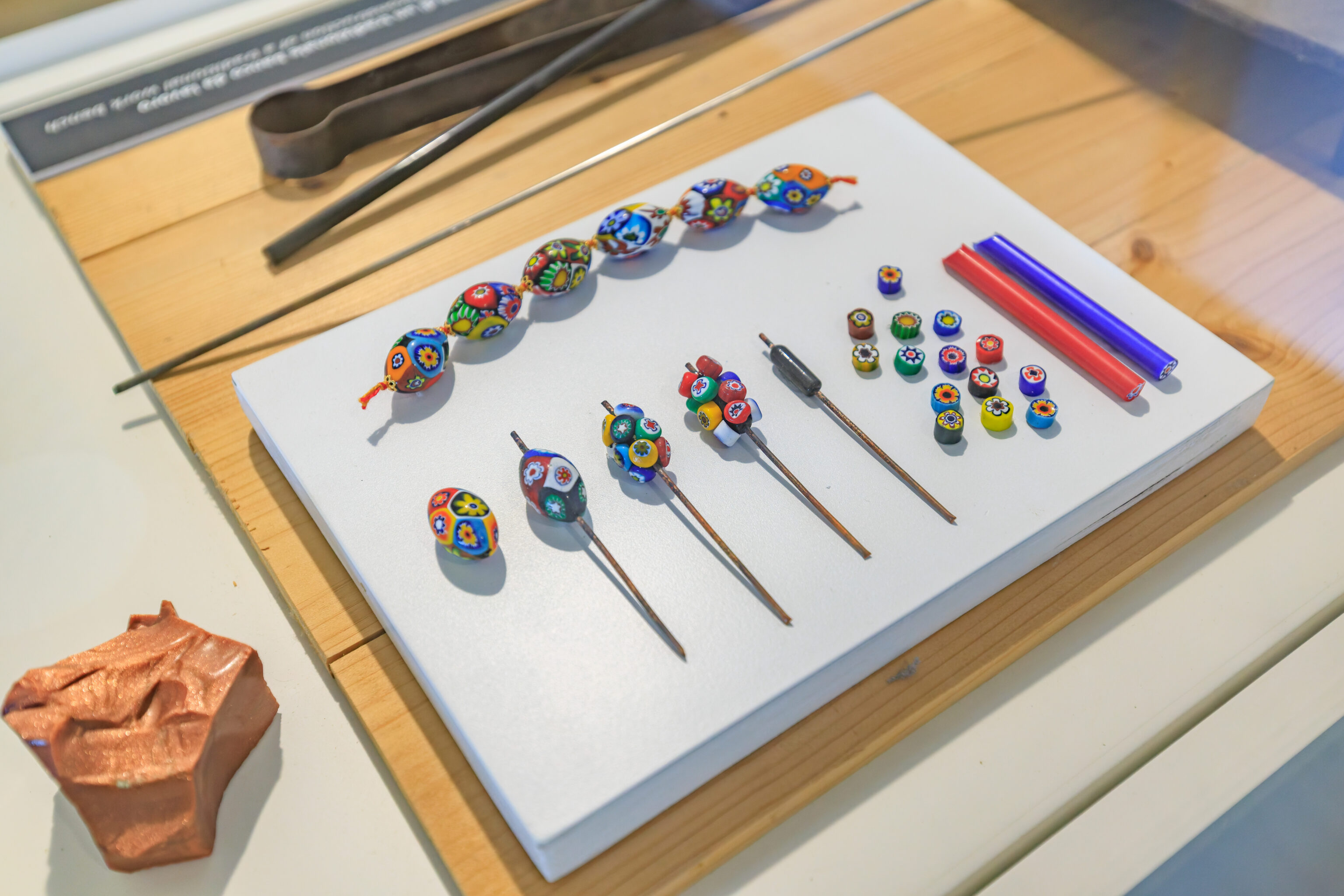
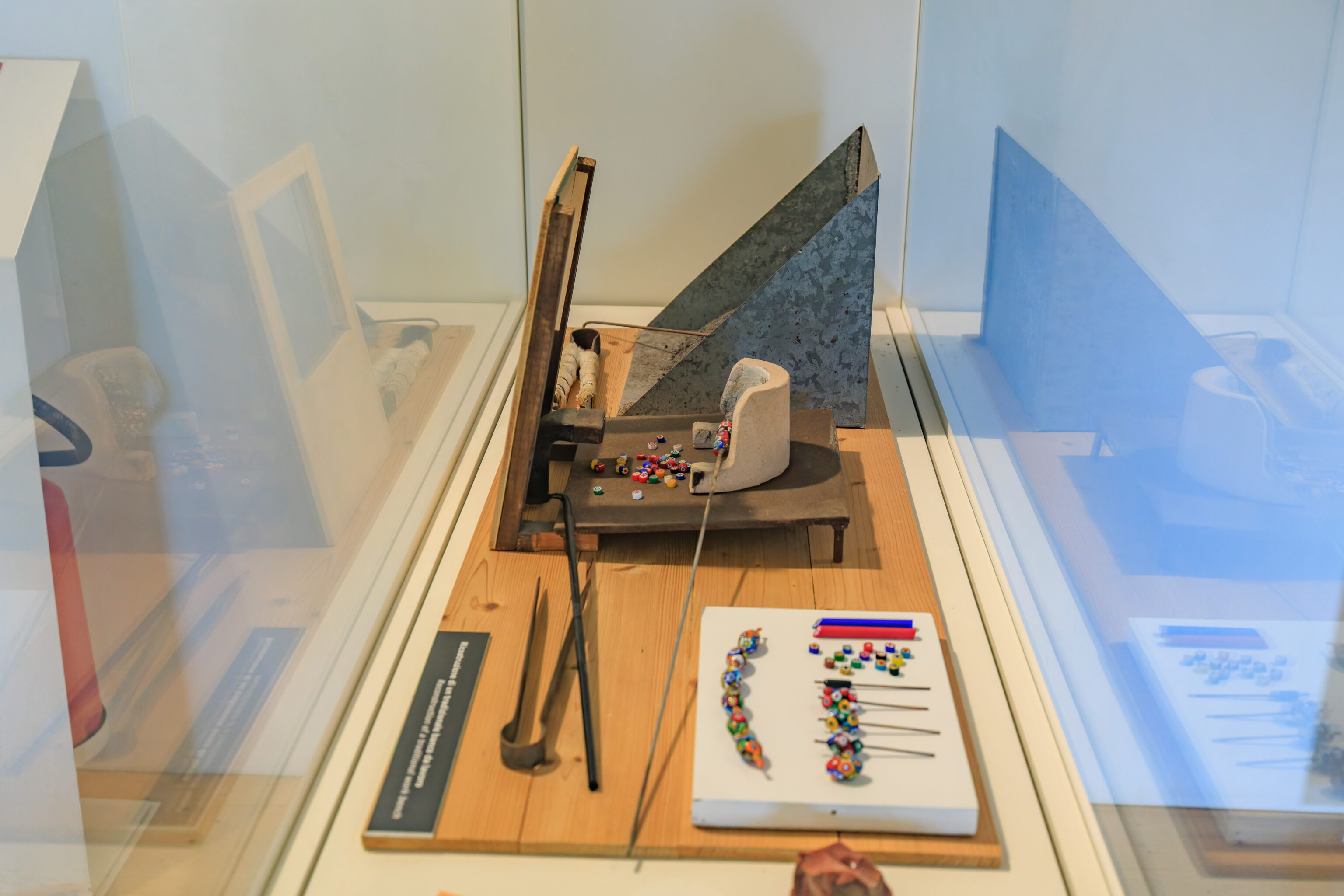
Beads like these were used to make the circular tray that we purchased today.
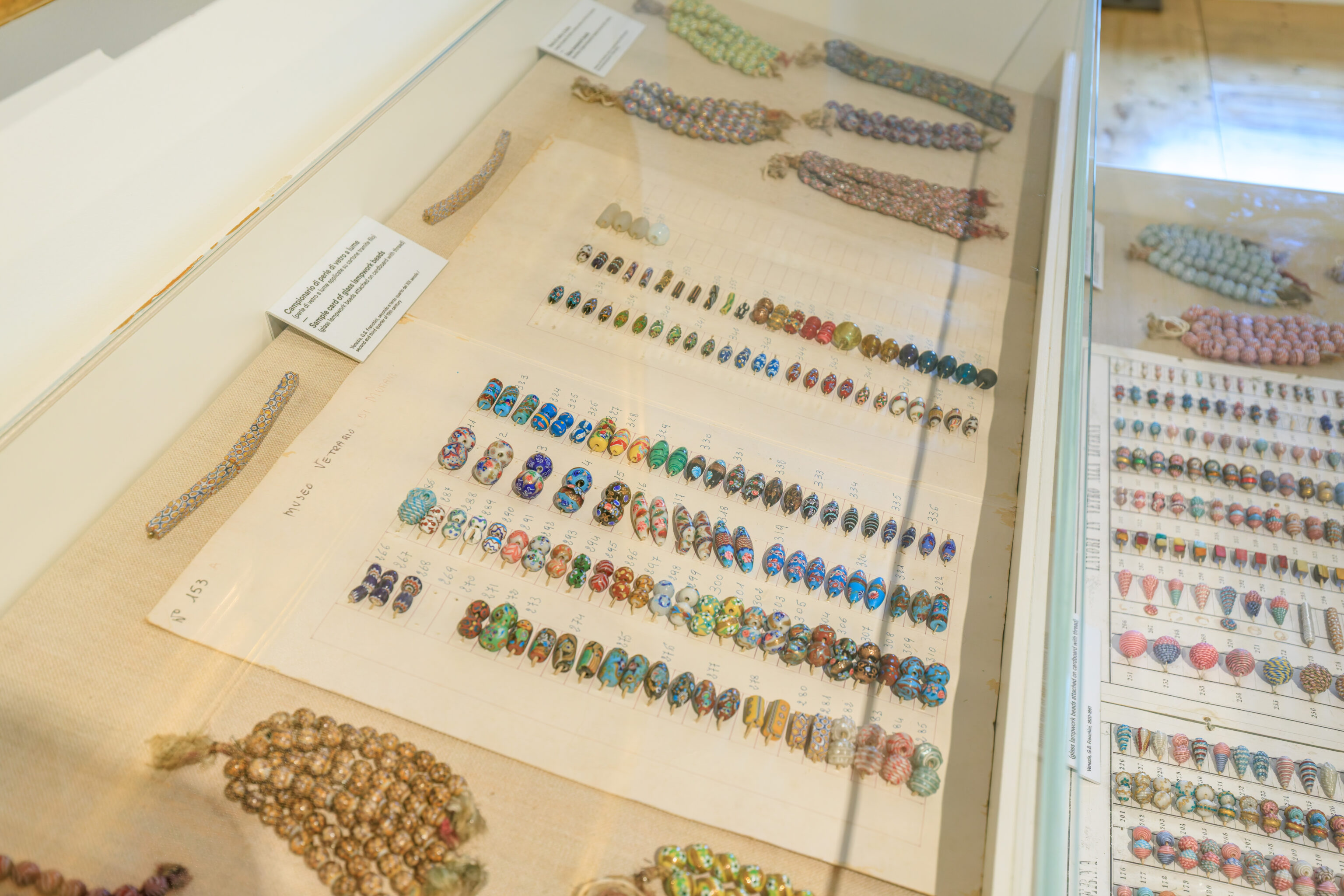
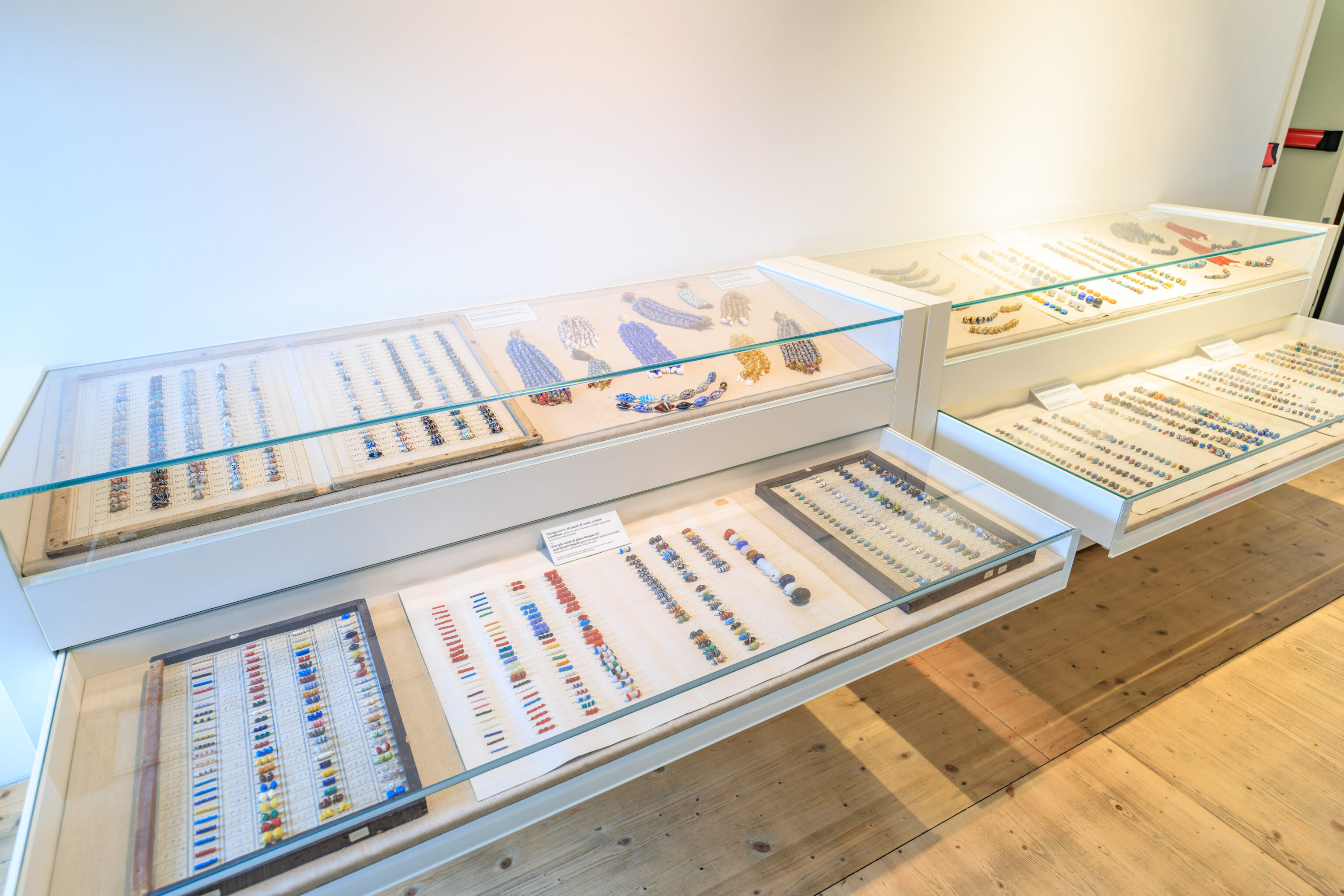
There were many examples of Venetian beads!

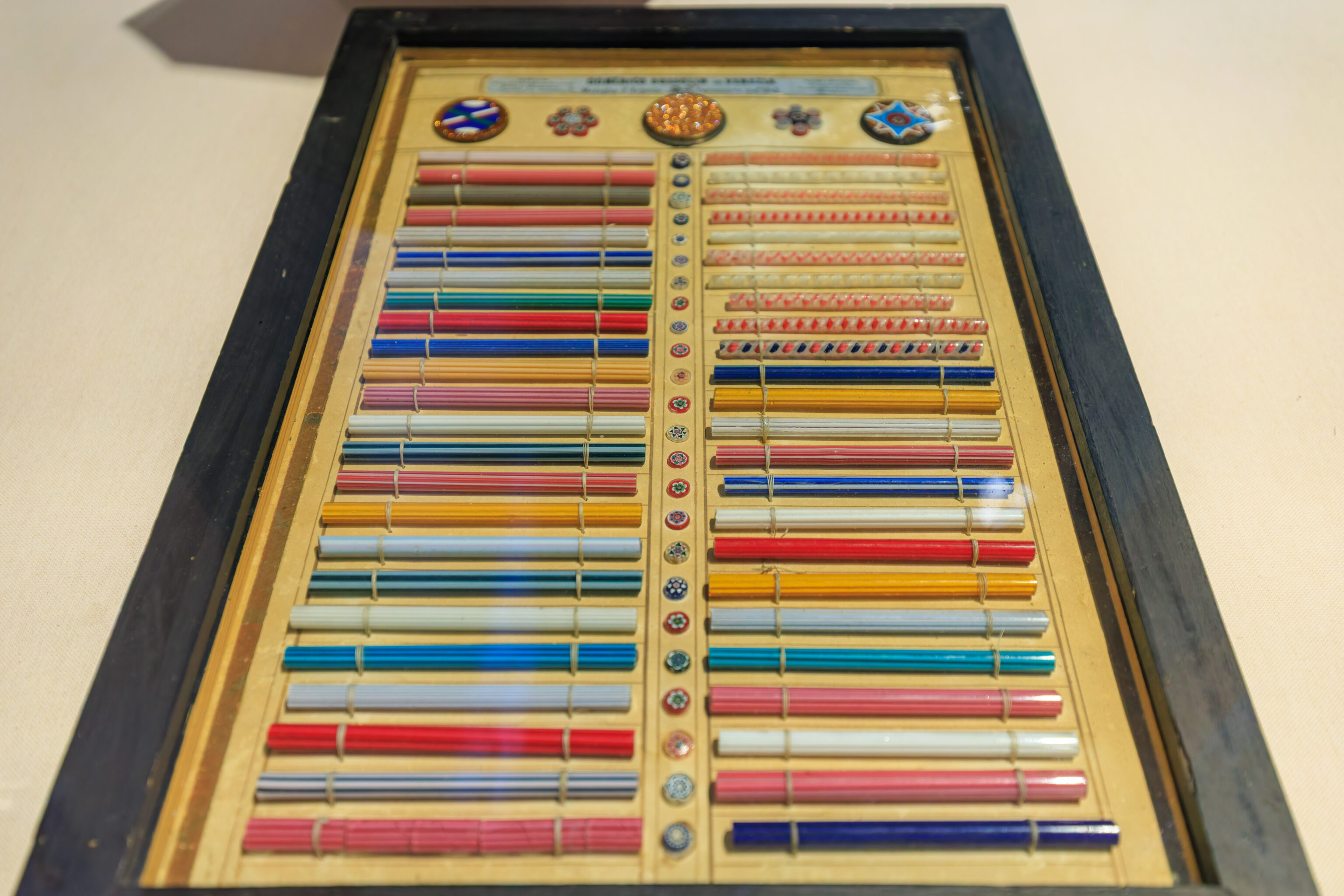
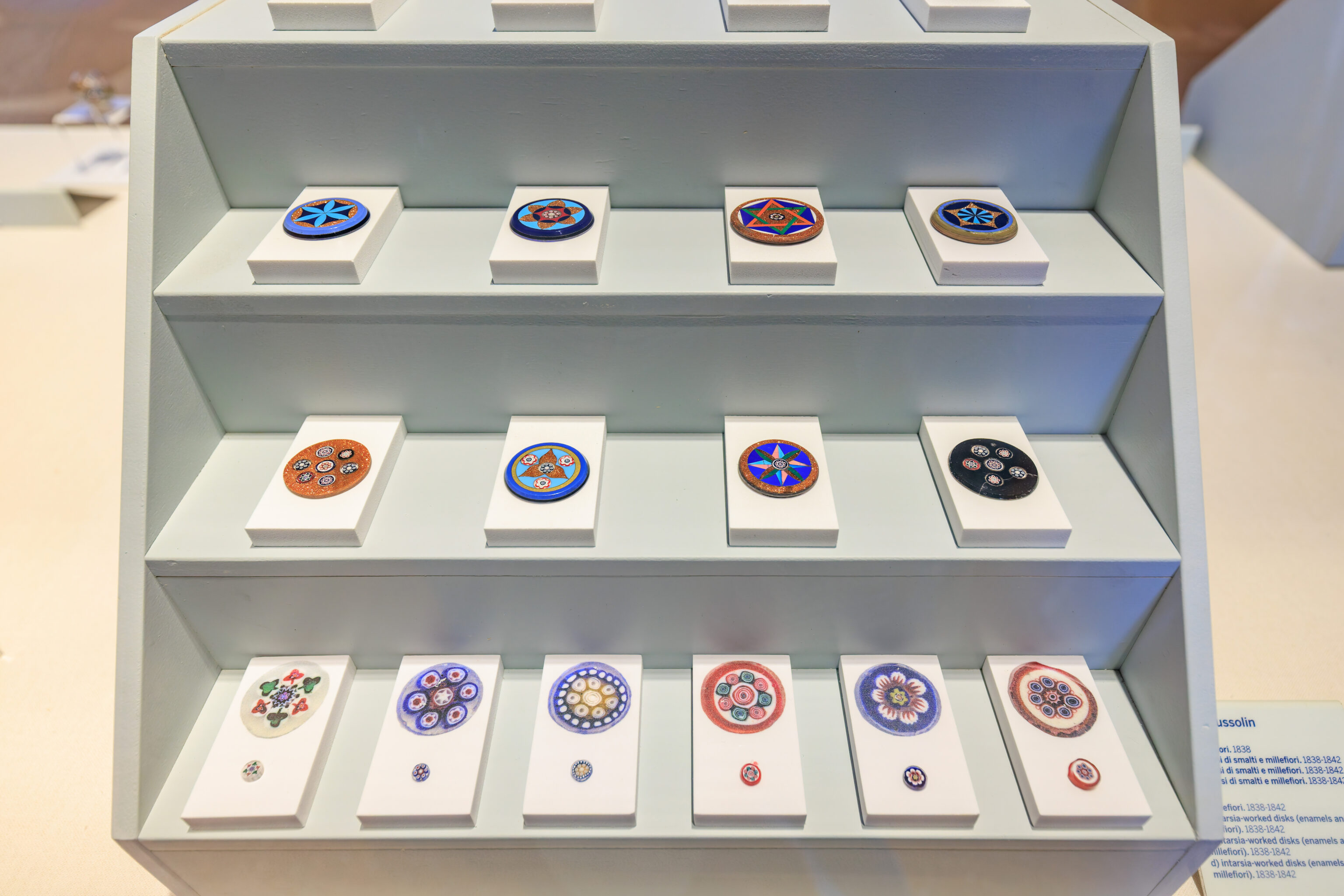
The glass could be manufactured into long canes with a pattern on the inside. These canes are then used to make a larger glass item.
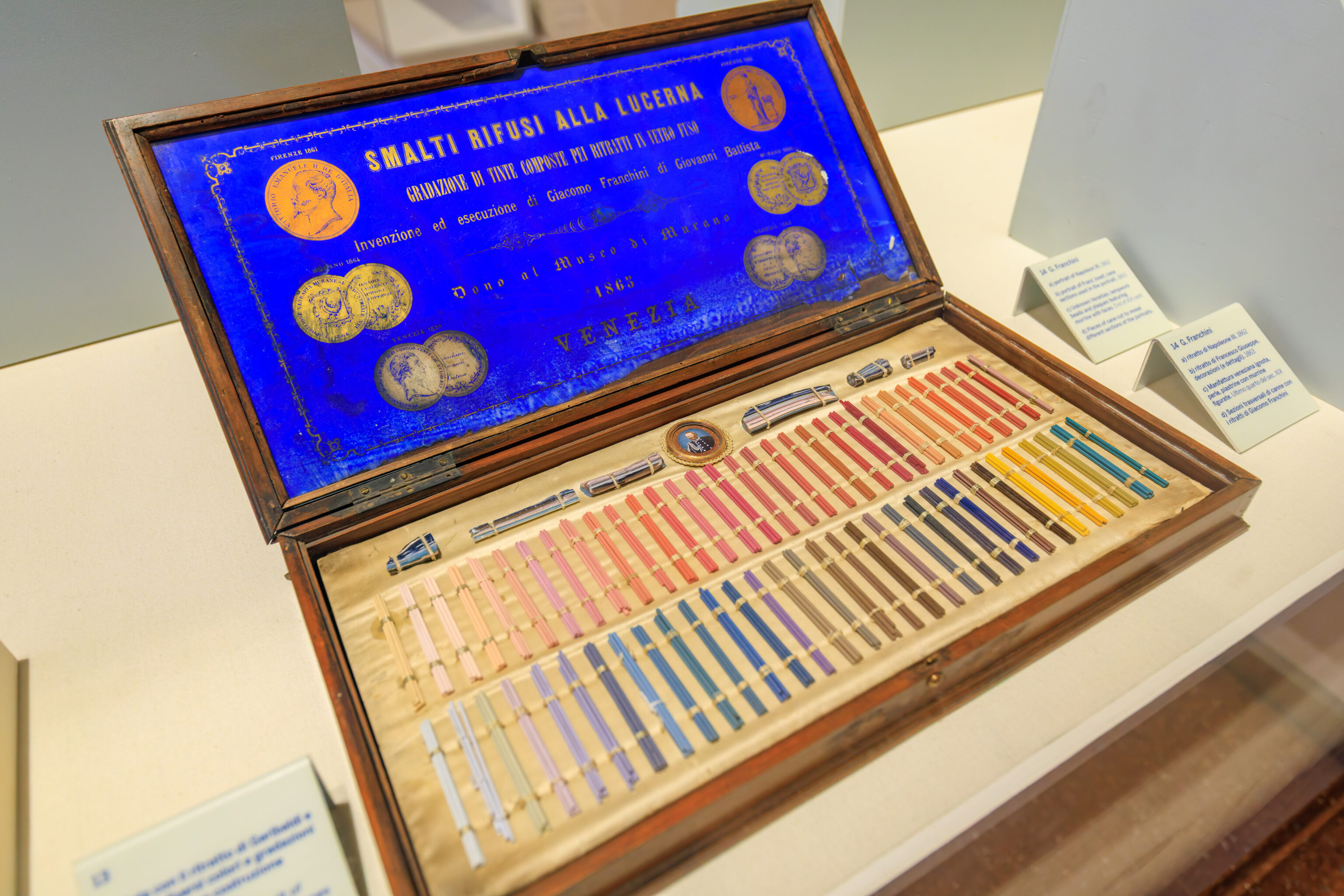
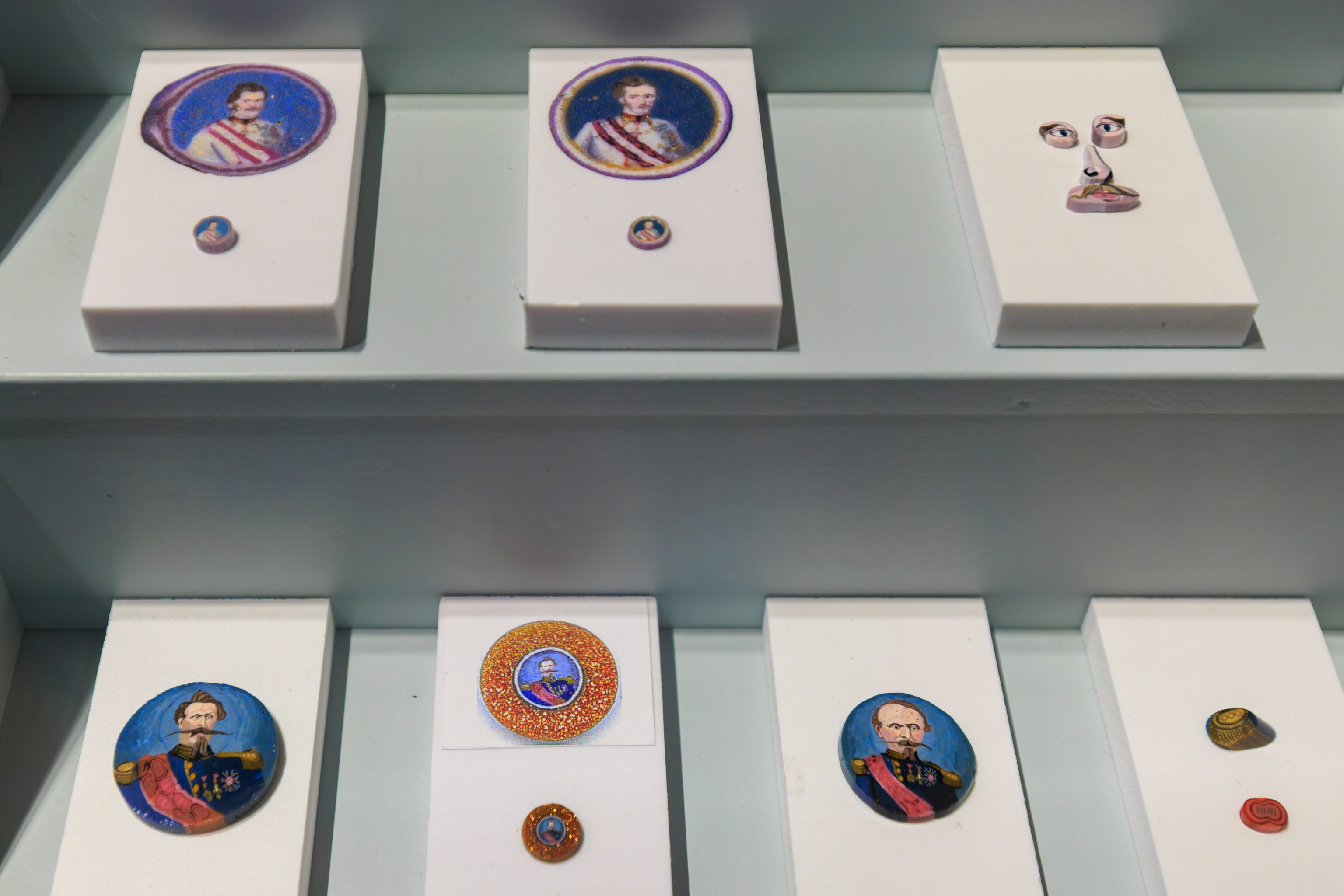

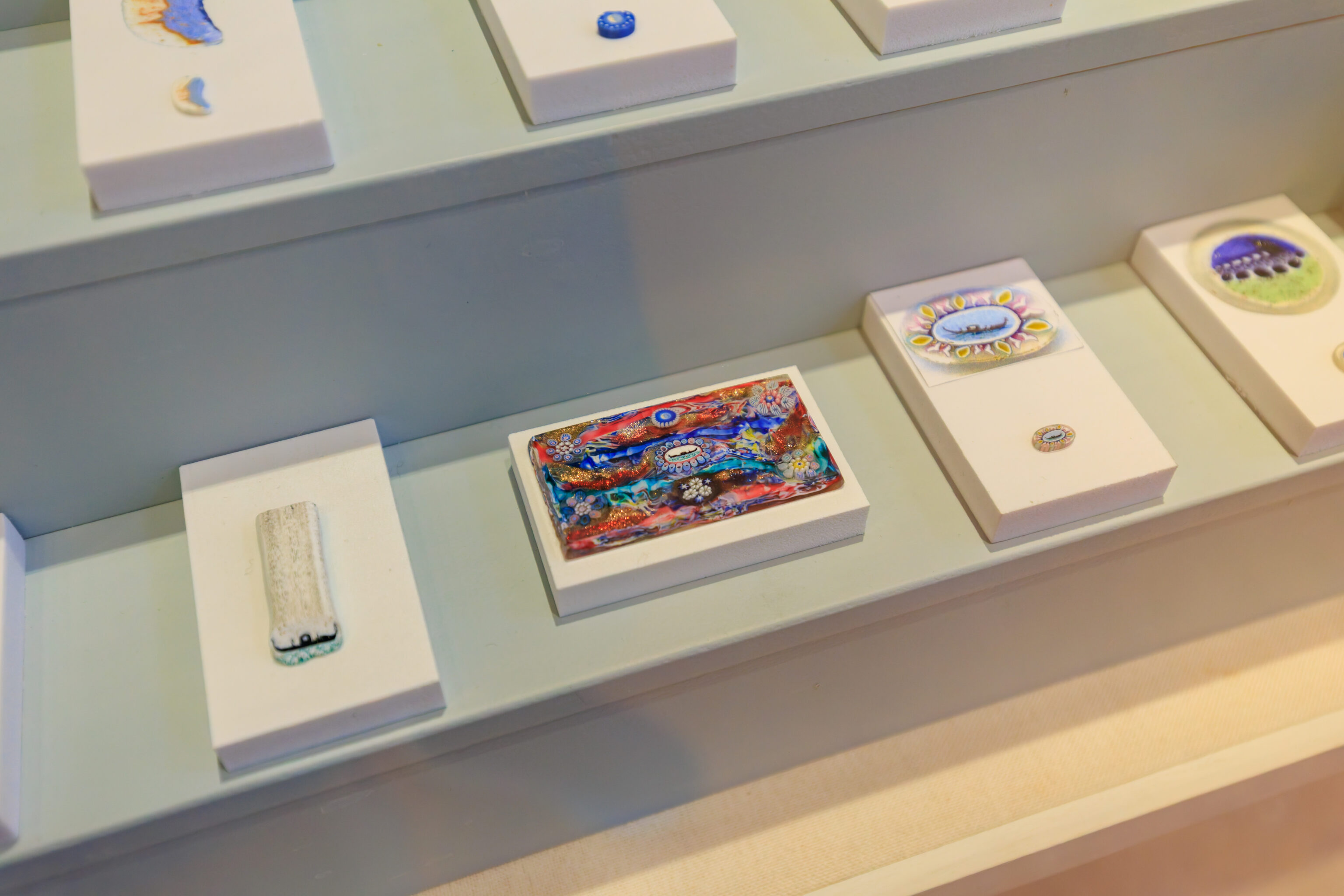
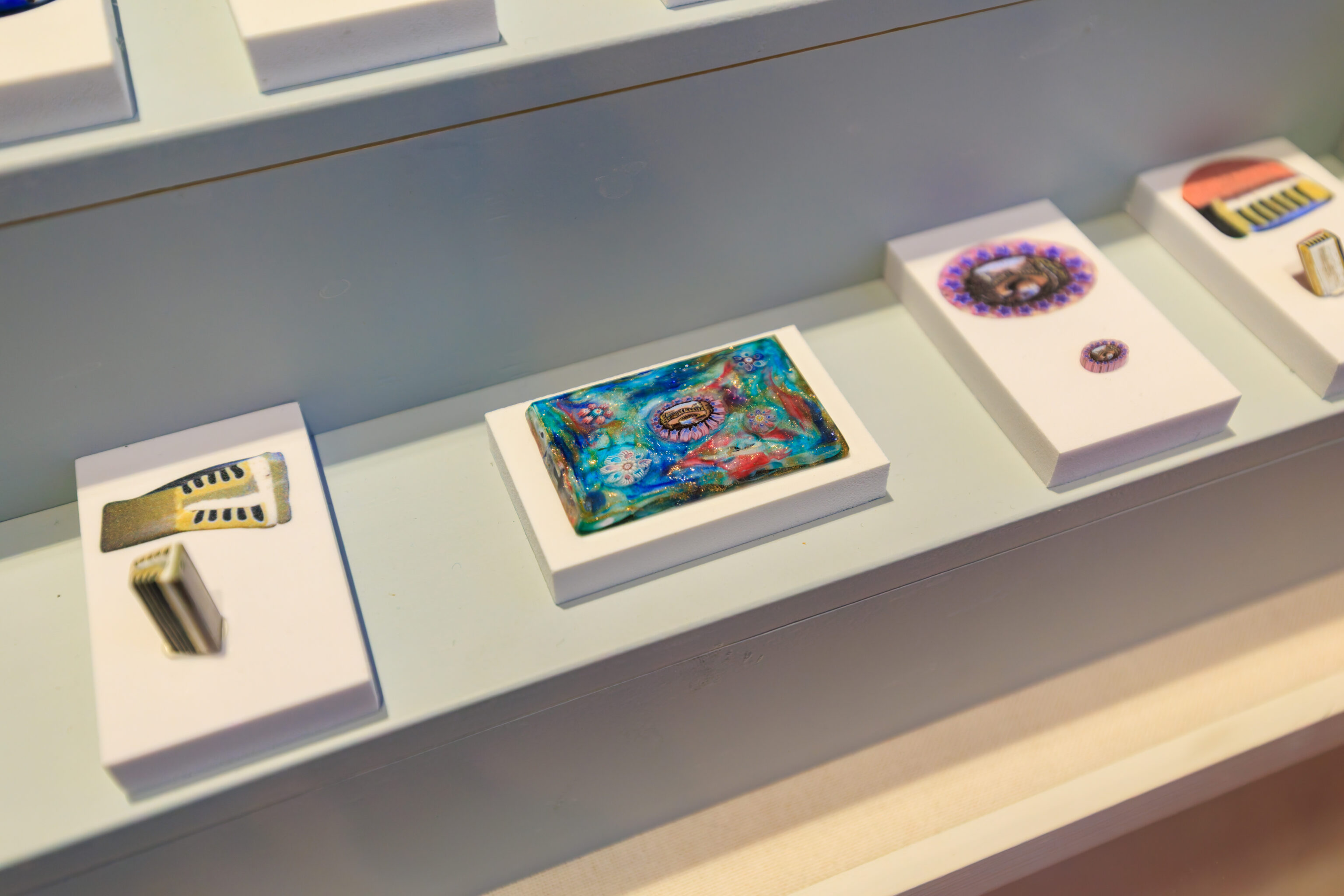
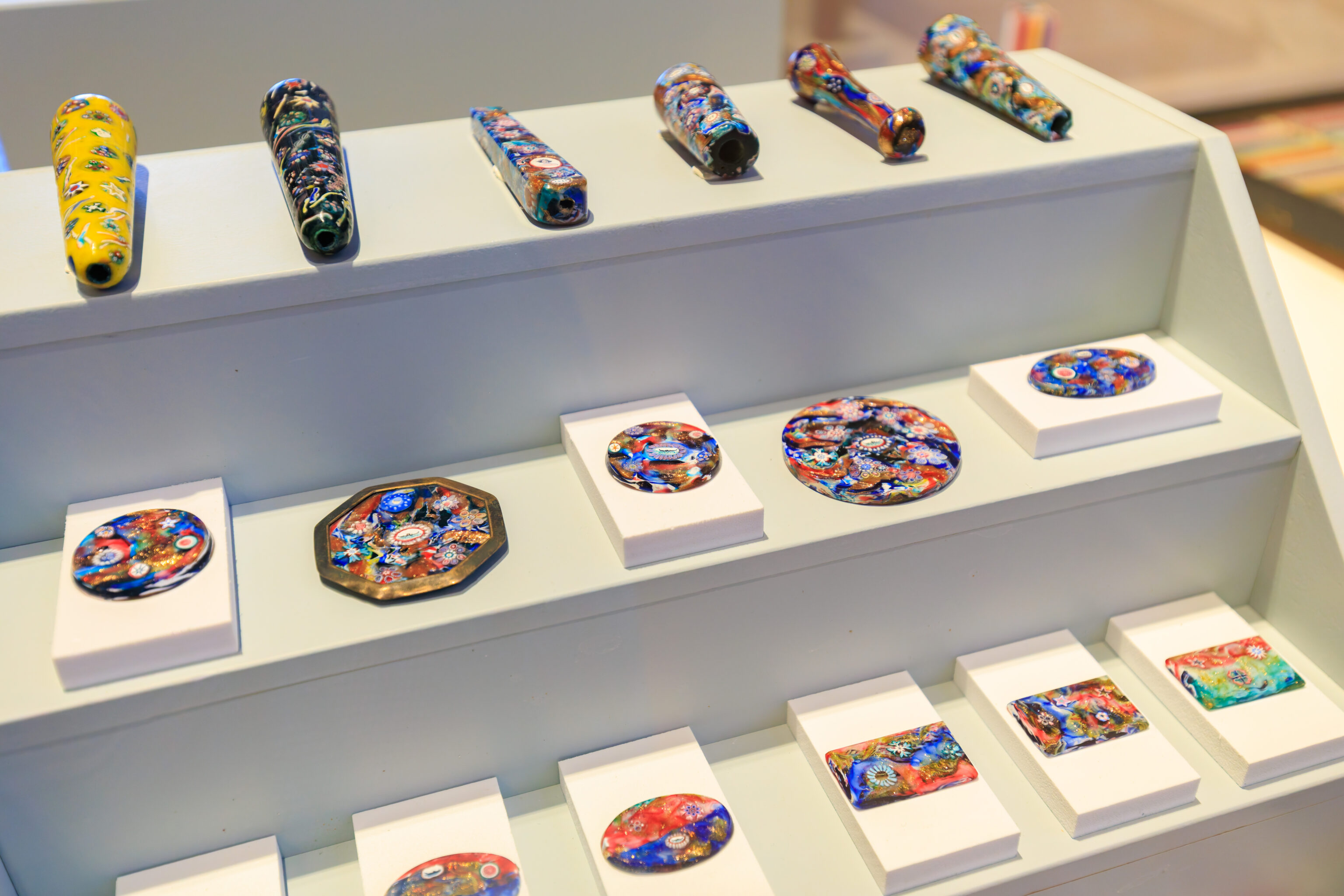

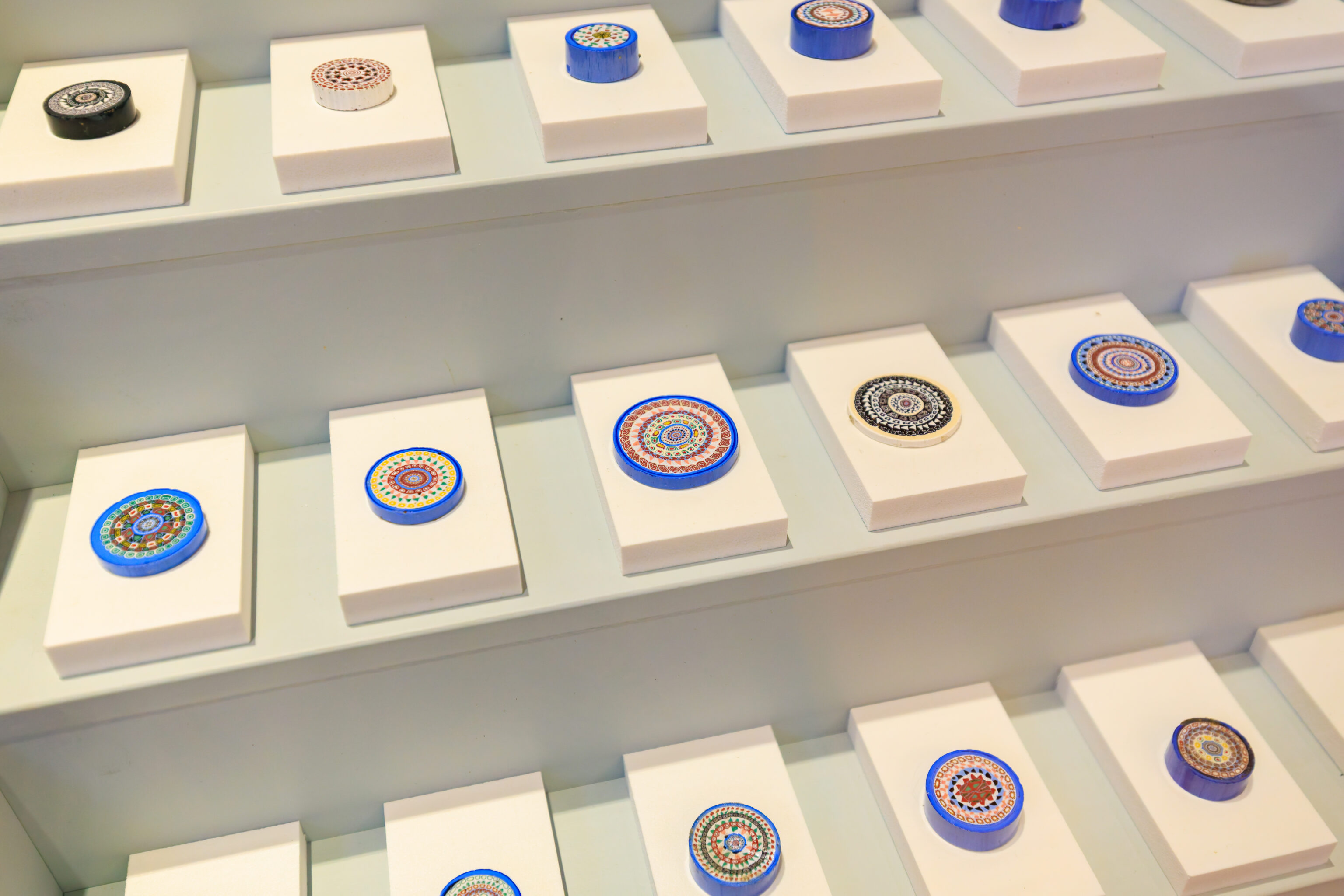
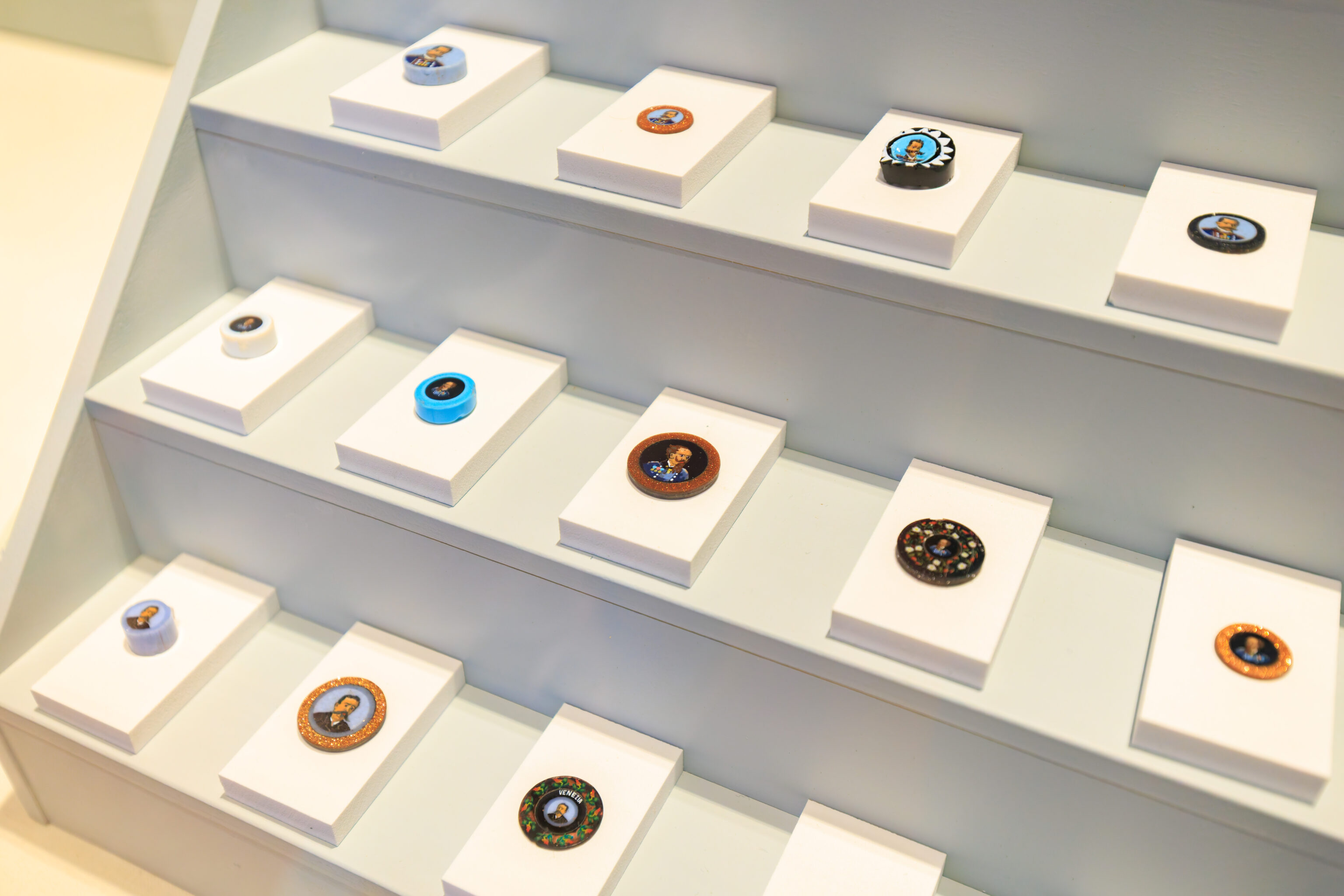
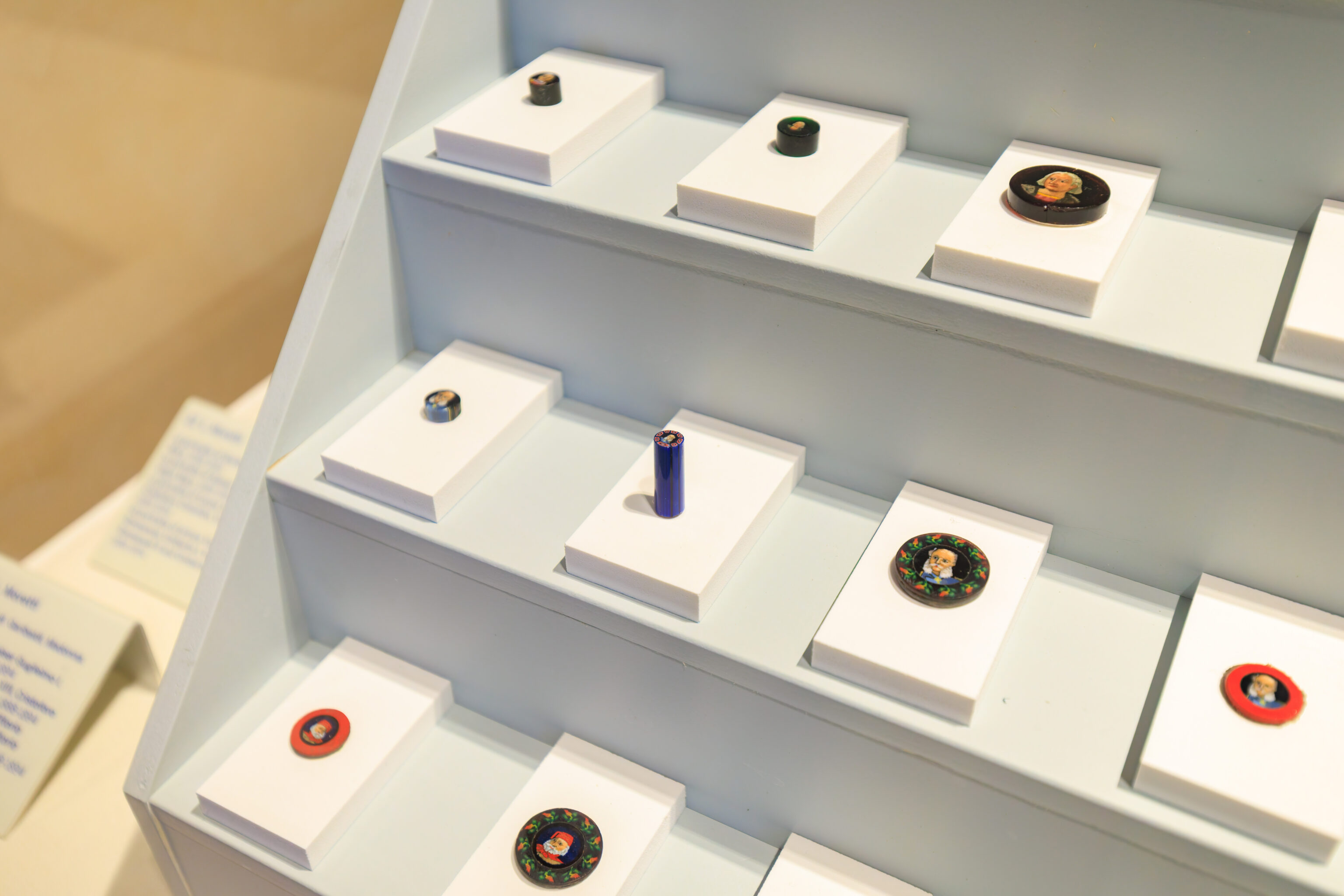
Glass could also be used to make really small items. For example, portraits on a tiny US penny-sized piece of glass, or even smaller!
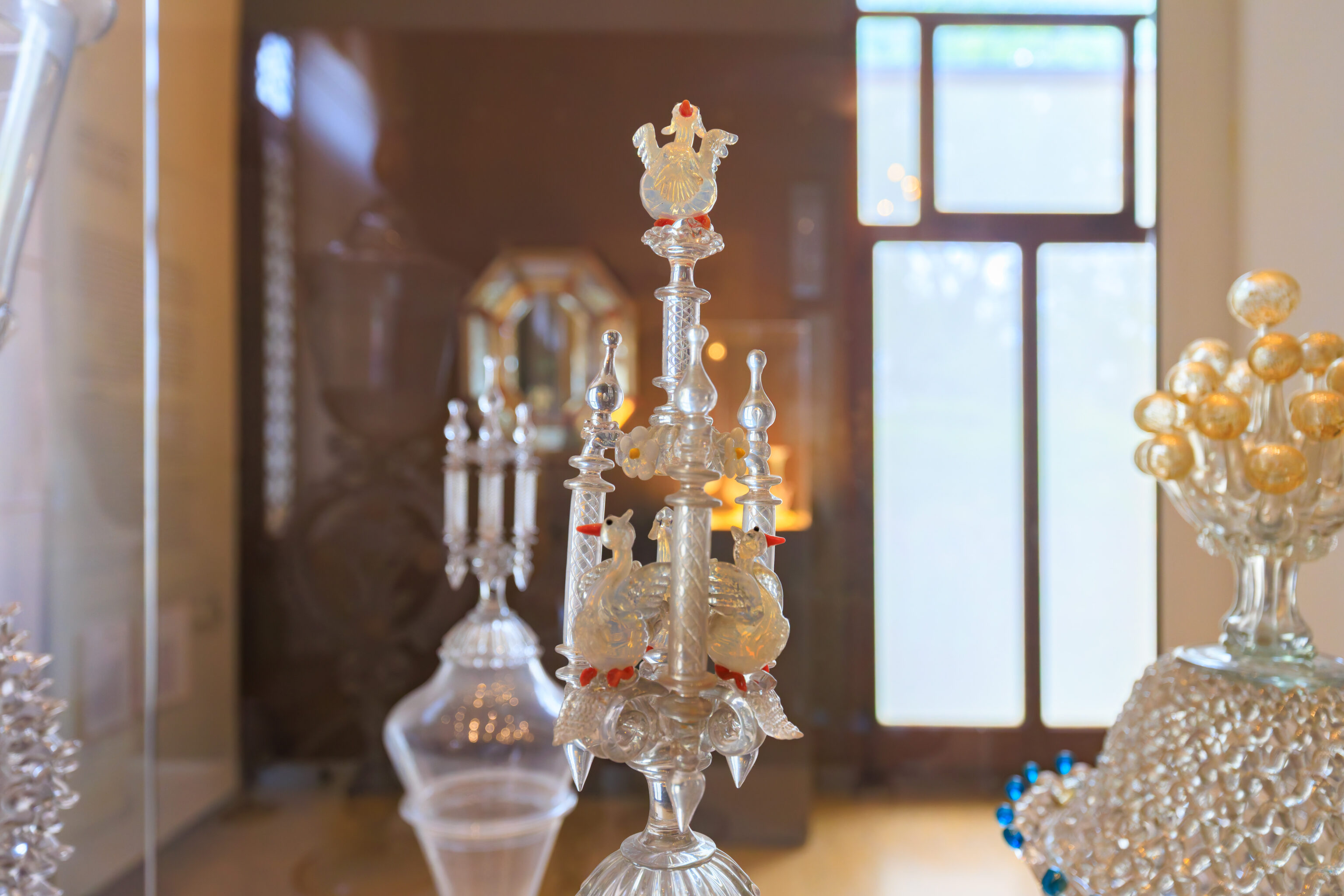



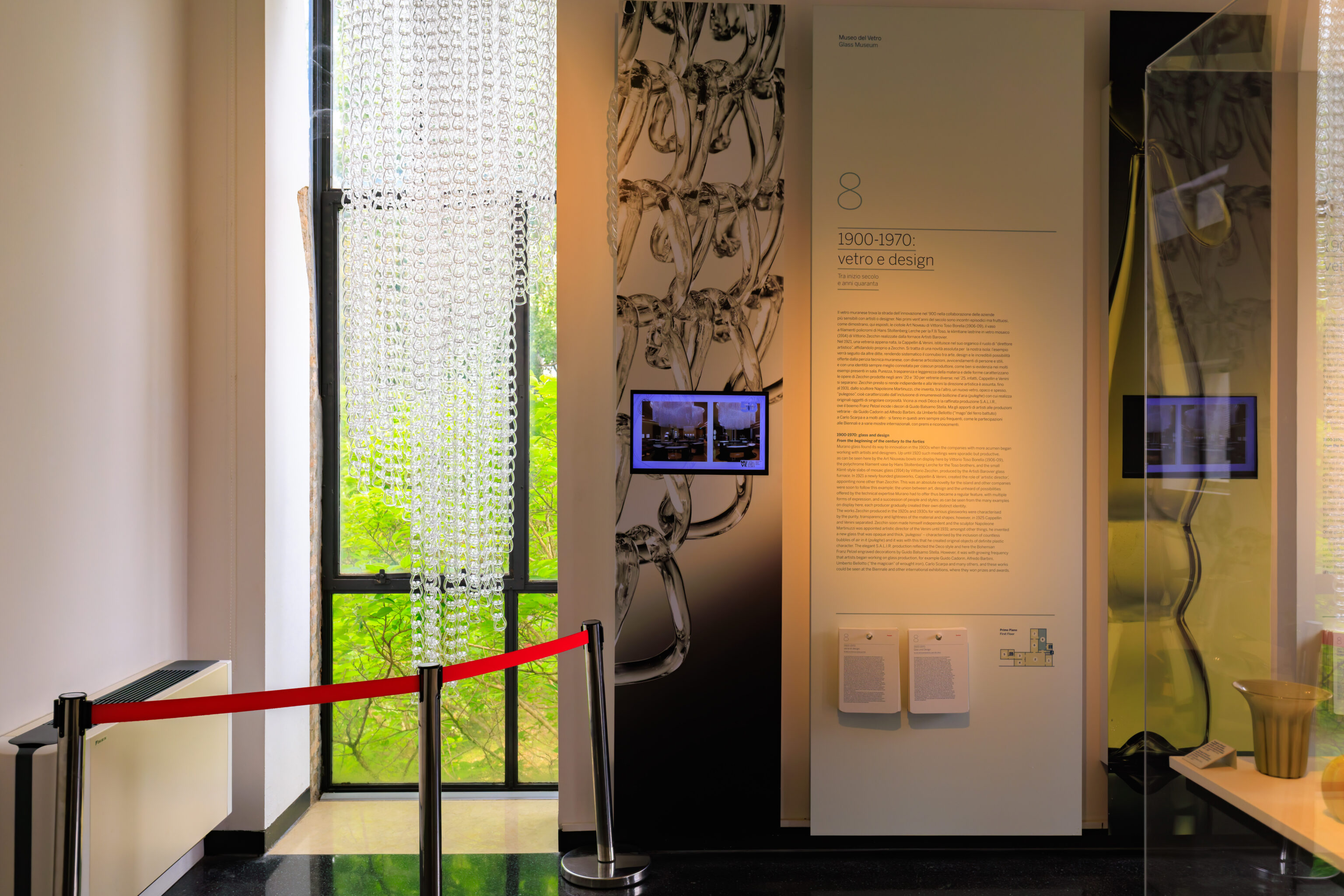
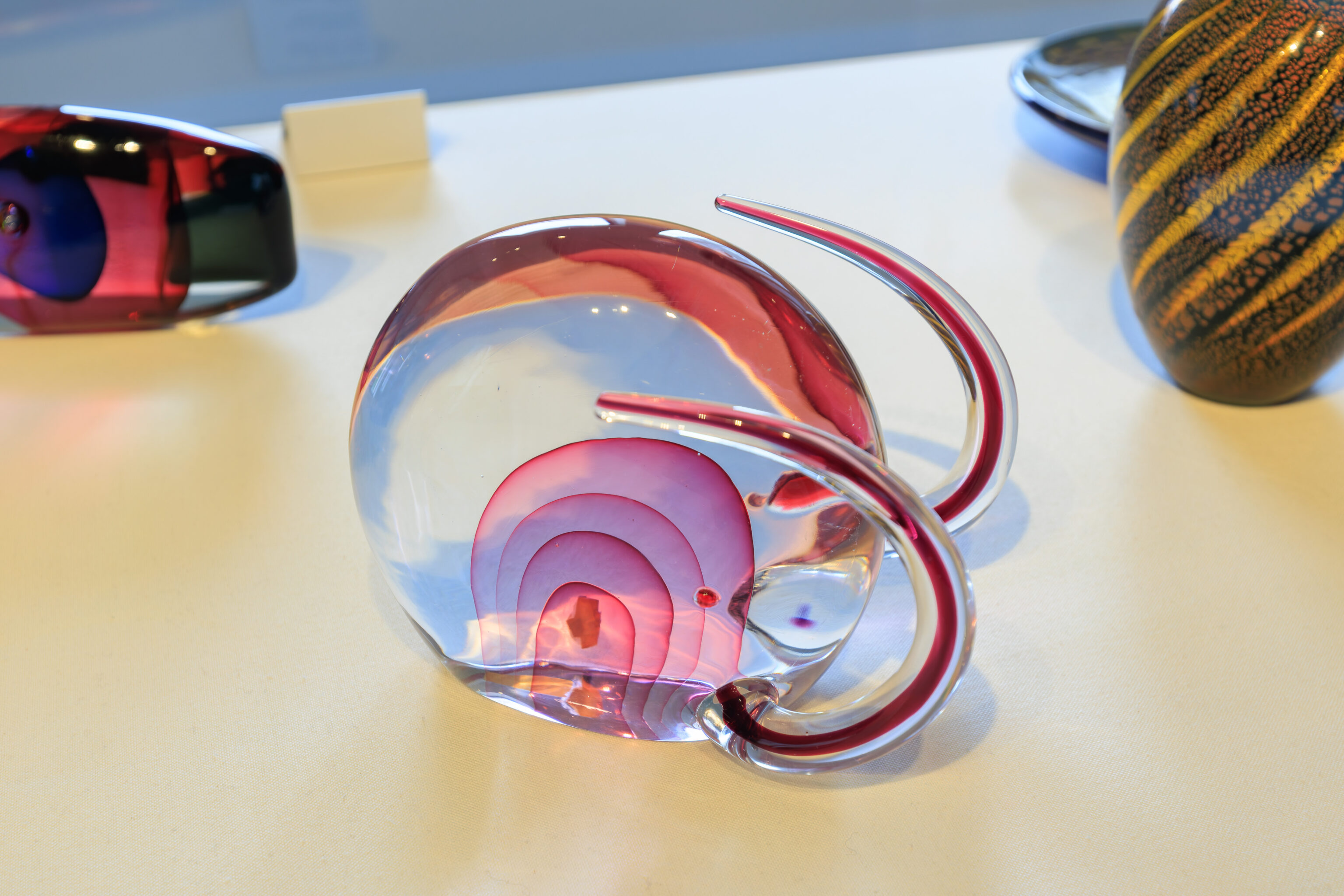
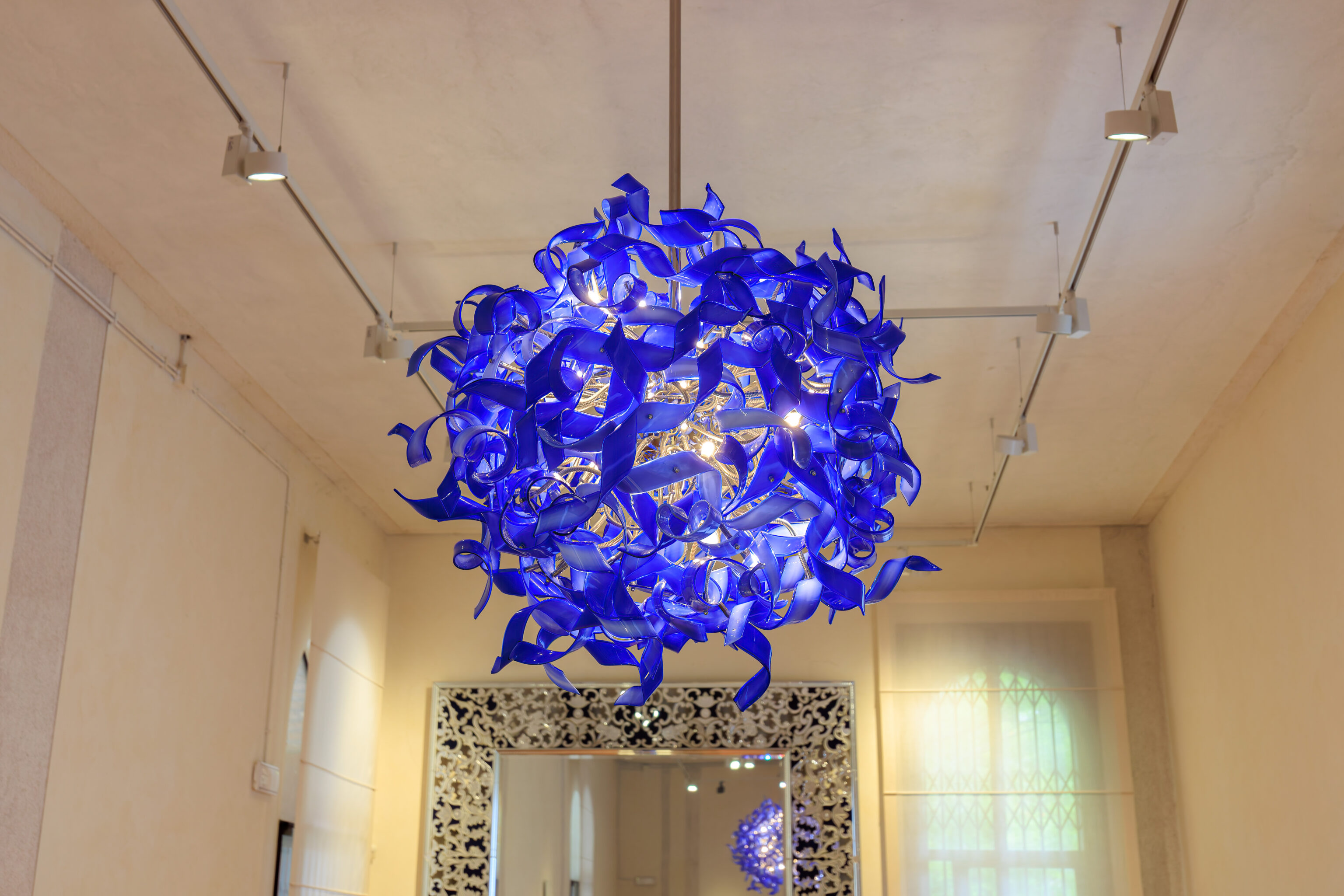
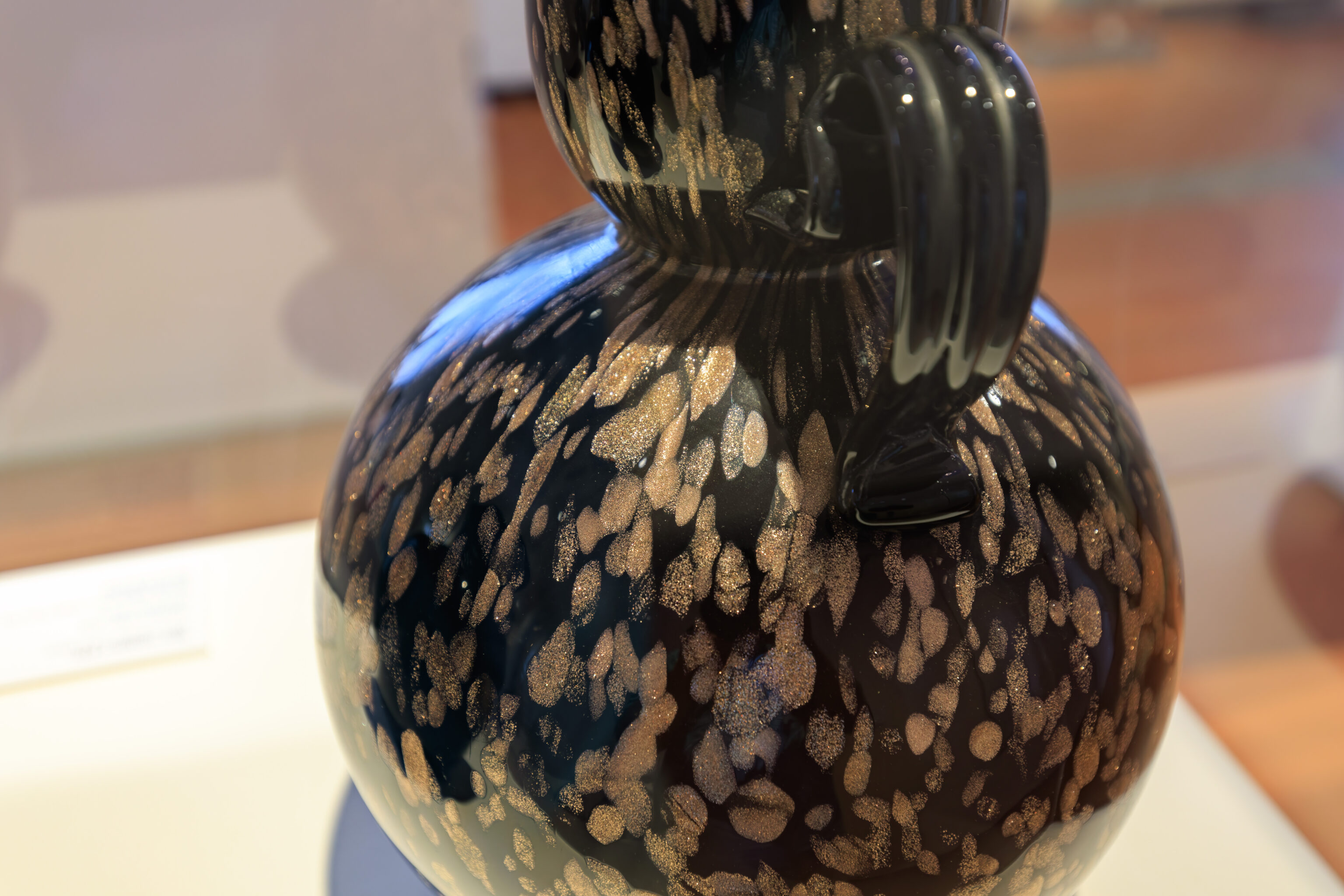
We continued walking through the museum’s glass collection until we had walked though all the rooms.
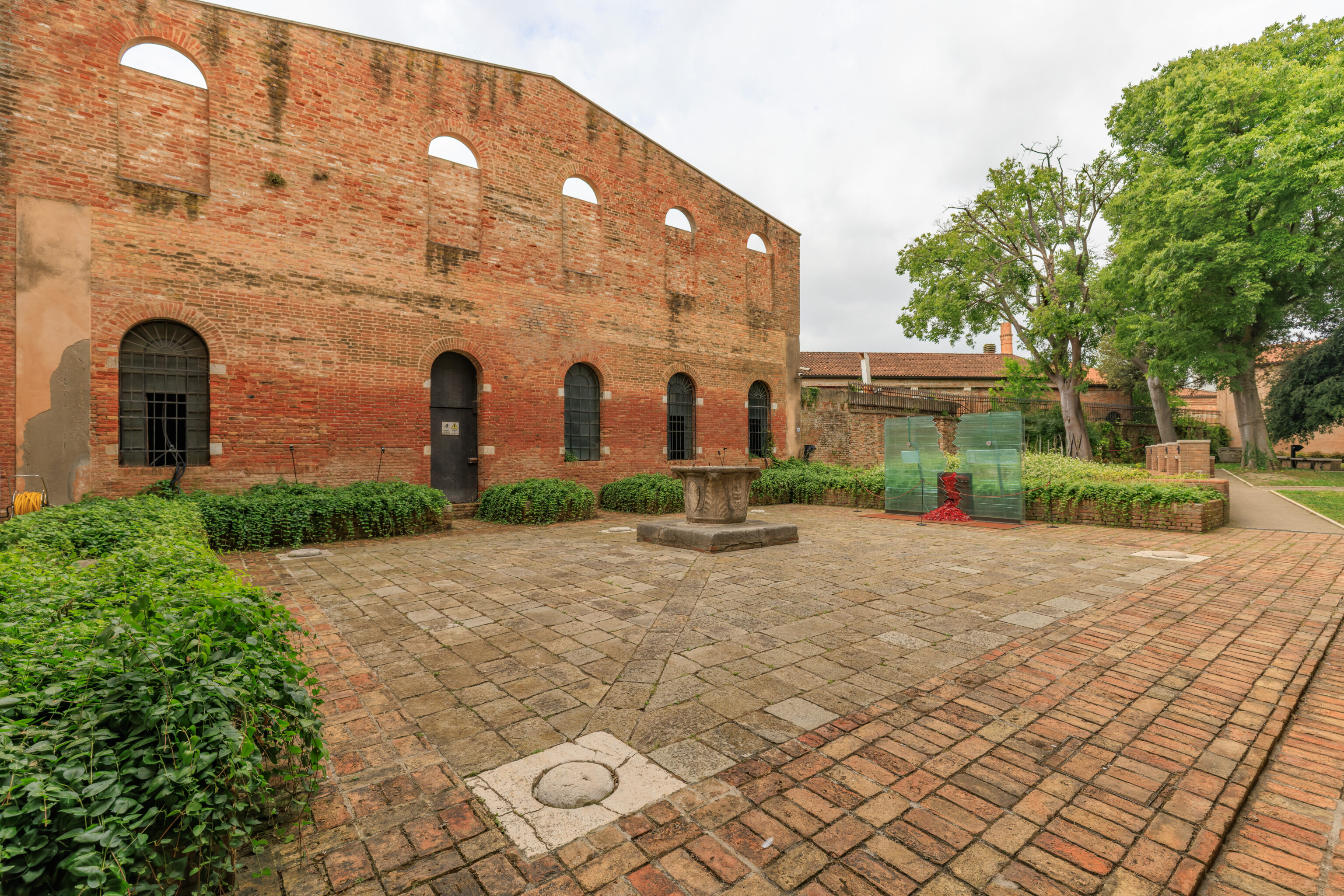
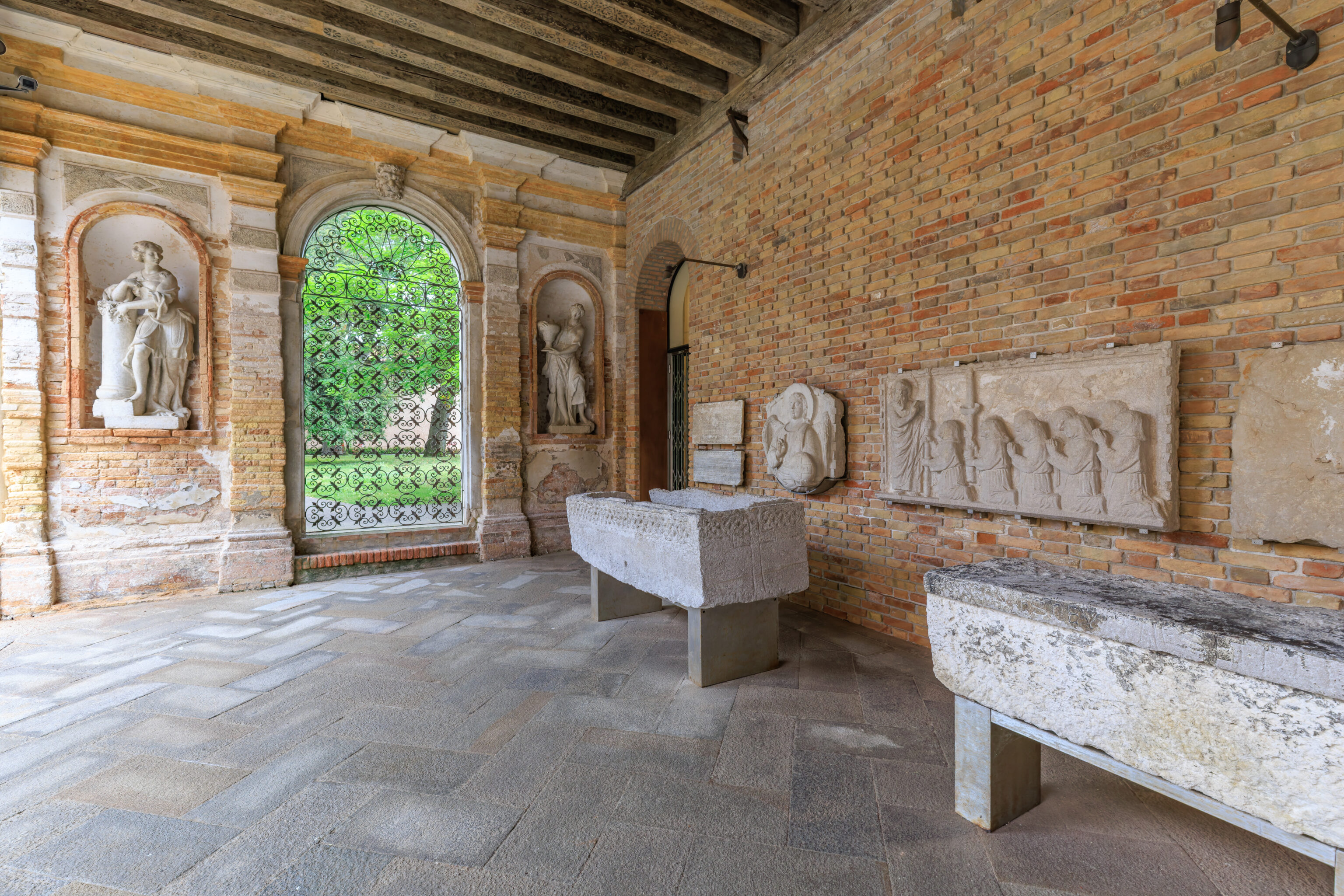
The museum has a small outdoor area with some random historical artifacts.
After visiting the glass museum, we actually went back to Wave Murano Glass to buy a few more items to give as gifts, again dropping them off in our room at the Hyatt Centric before moving on.
Lunch
We decided to head over to Venice to have lunch. There were a few options but we decided on a place near the Zattere quays. We decided to head over from Murano Colonna. So, we started walking to the southwest to get there.
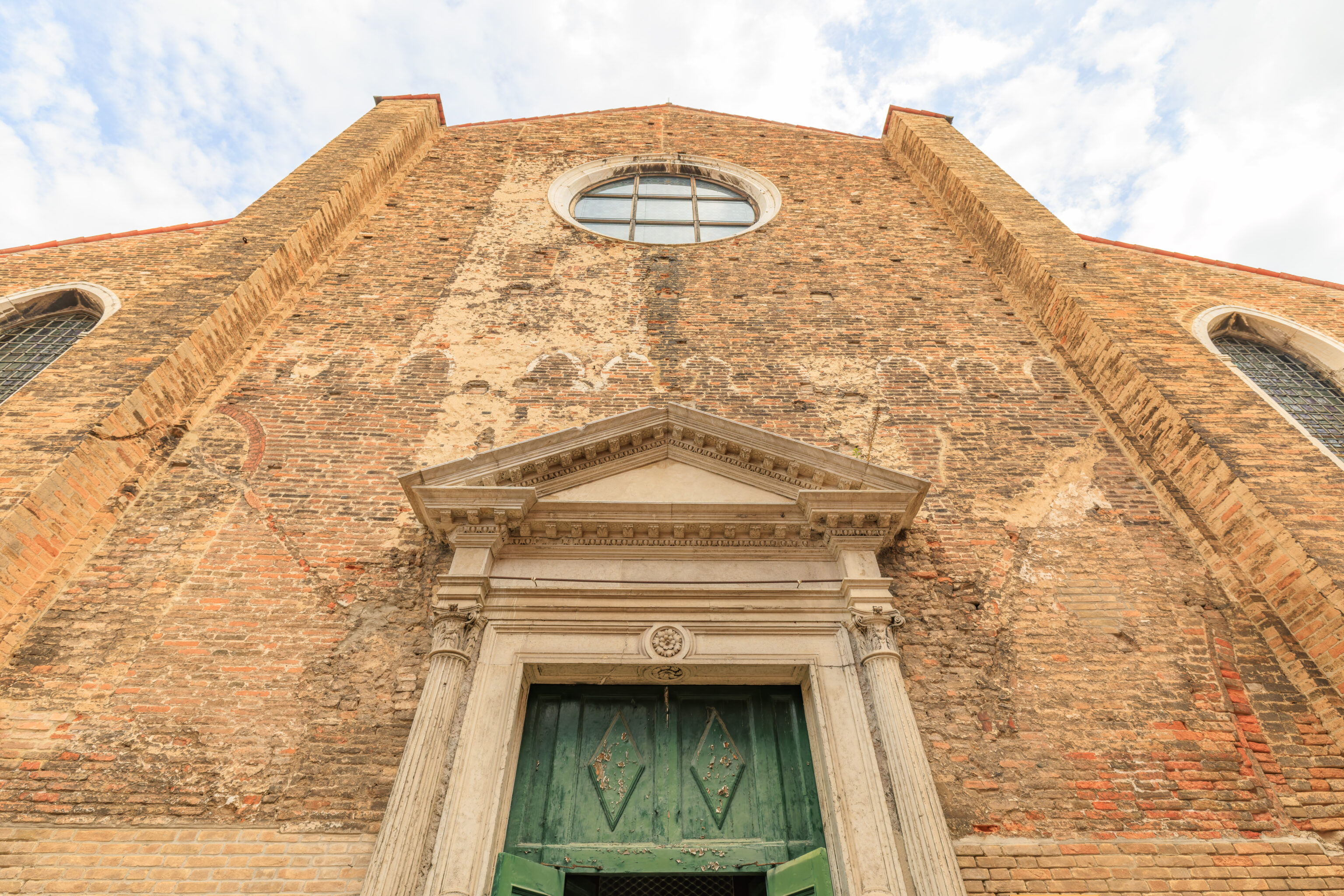
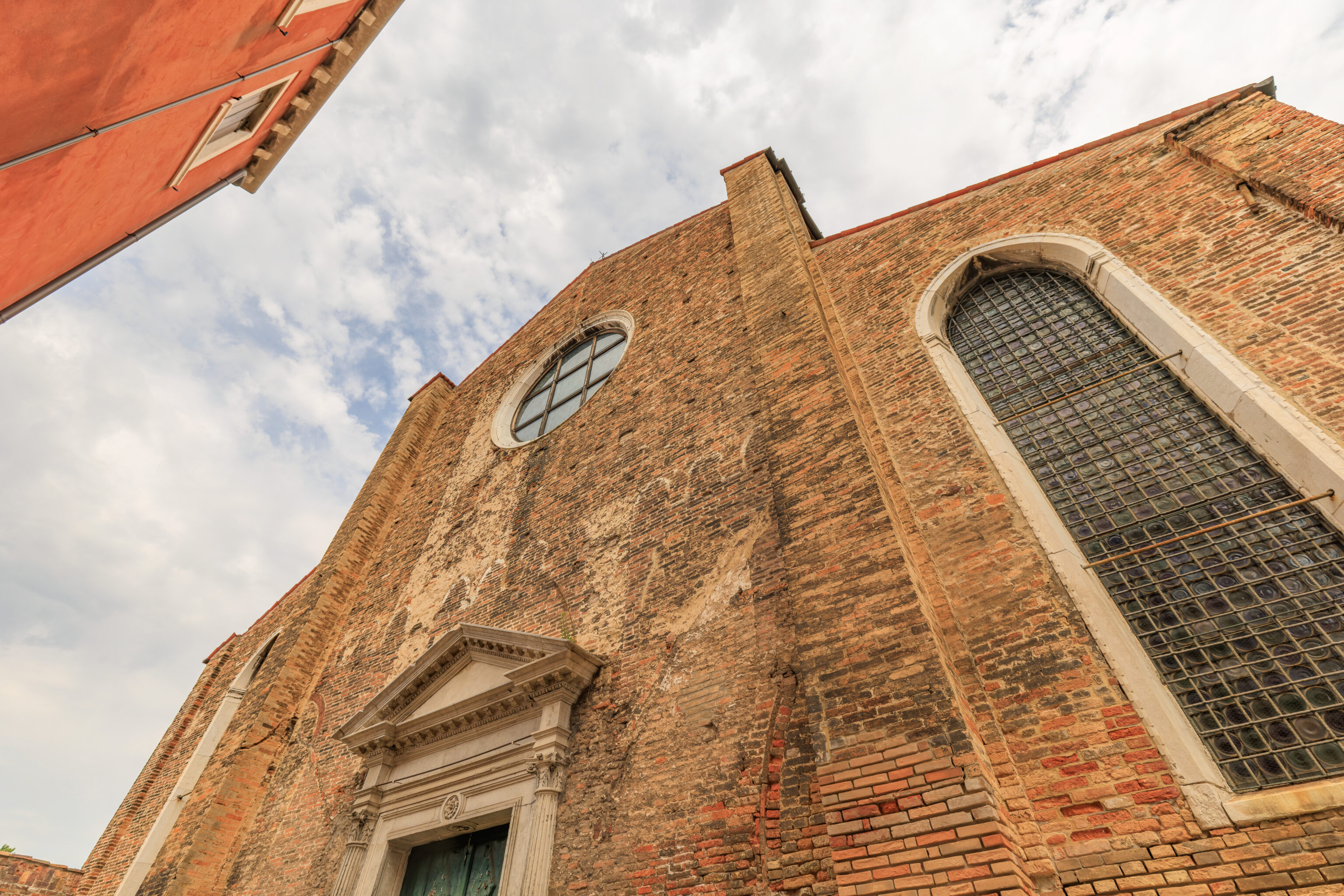
On the way, we decided to go take a look inside the Chiesa Arcipretale di San Pietro Martire. The church that stands here was built in 1511, replacing a previous structure that burned down in a fire.
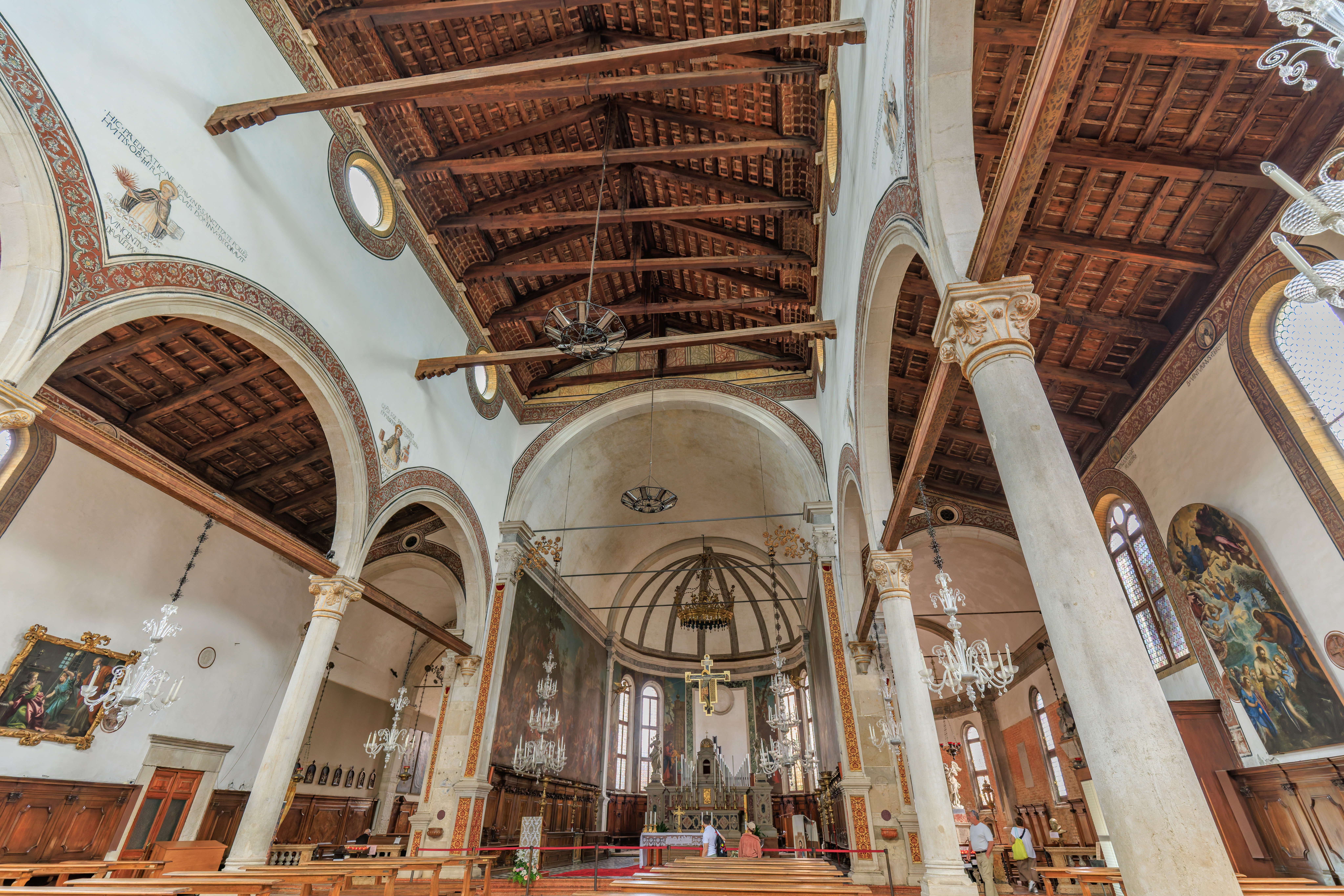
The interior was pretty simple but nice with an exposed wood ceiling.
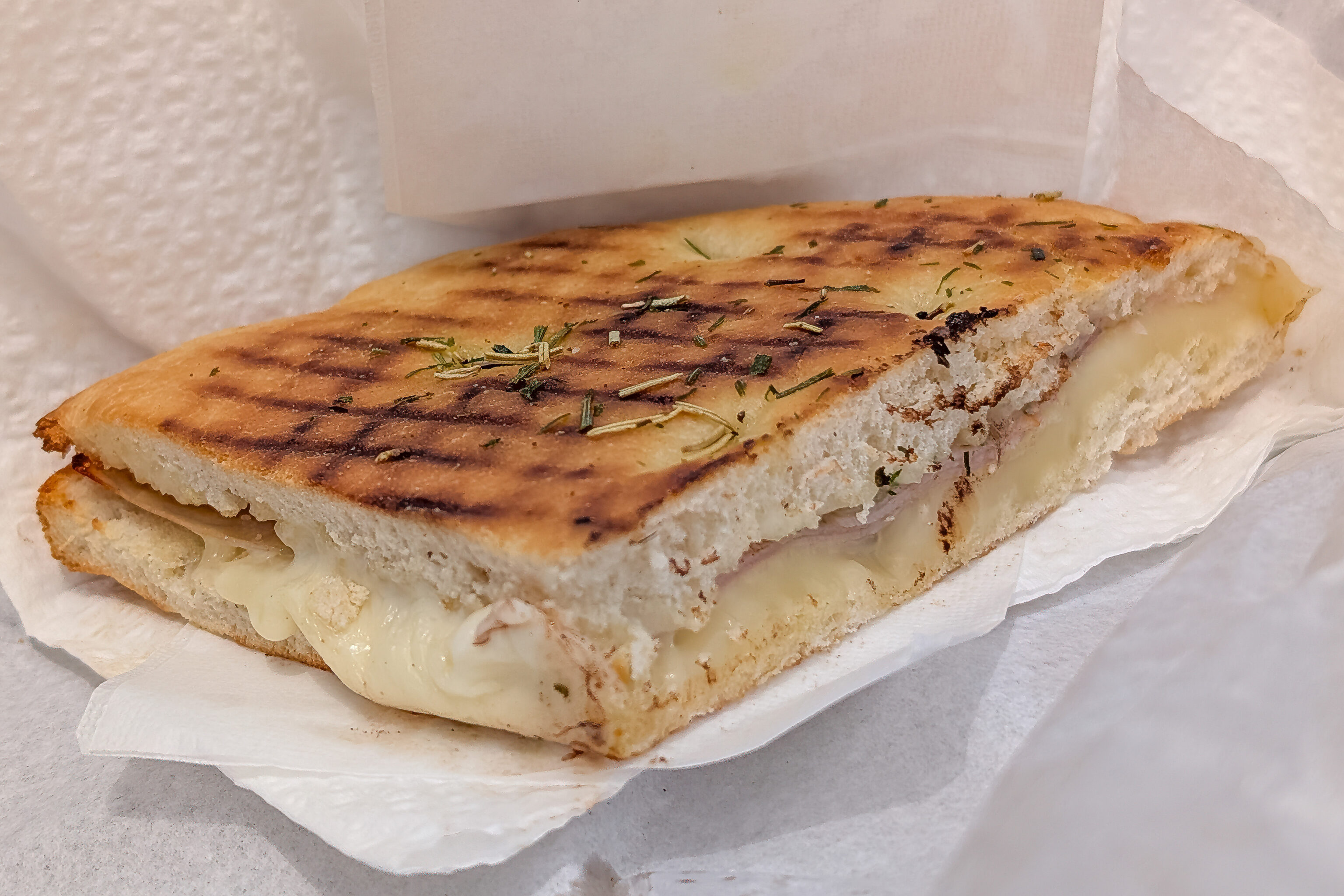
After the visit, we went to get a snack from Il Bocconcino, which was closed last night. We got a simple panini. It was pretty good. They even offered to cut it in half for us!
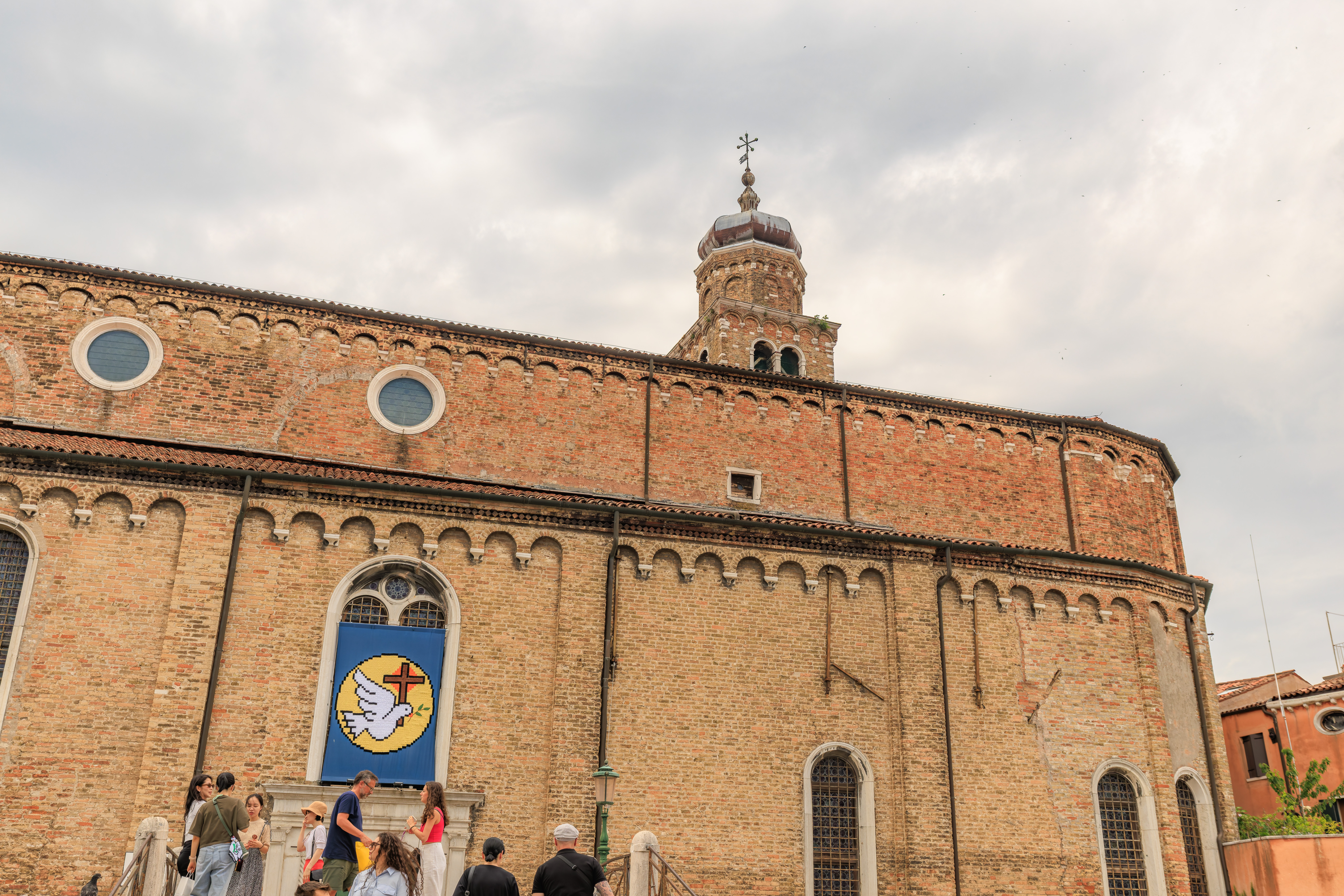
This was the view looking back at the San Pietro Martire from near Il Bocconcino, which is on the opposite side of the canal next to the church. It wasn’t exactly busy here in Murano but there were definitely much more people than yesterday evening!
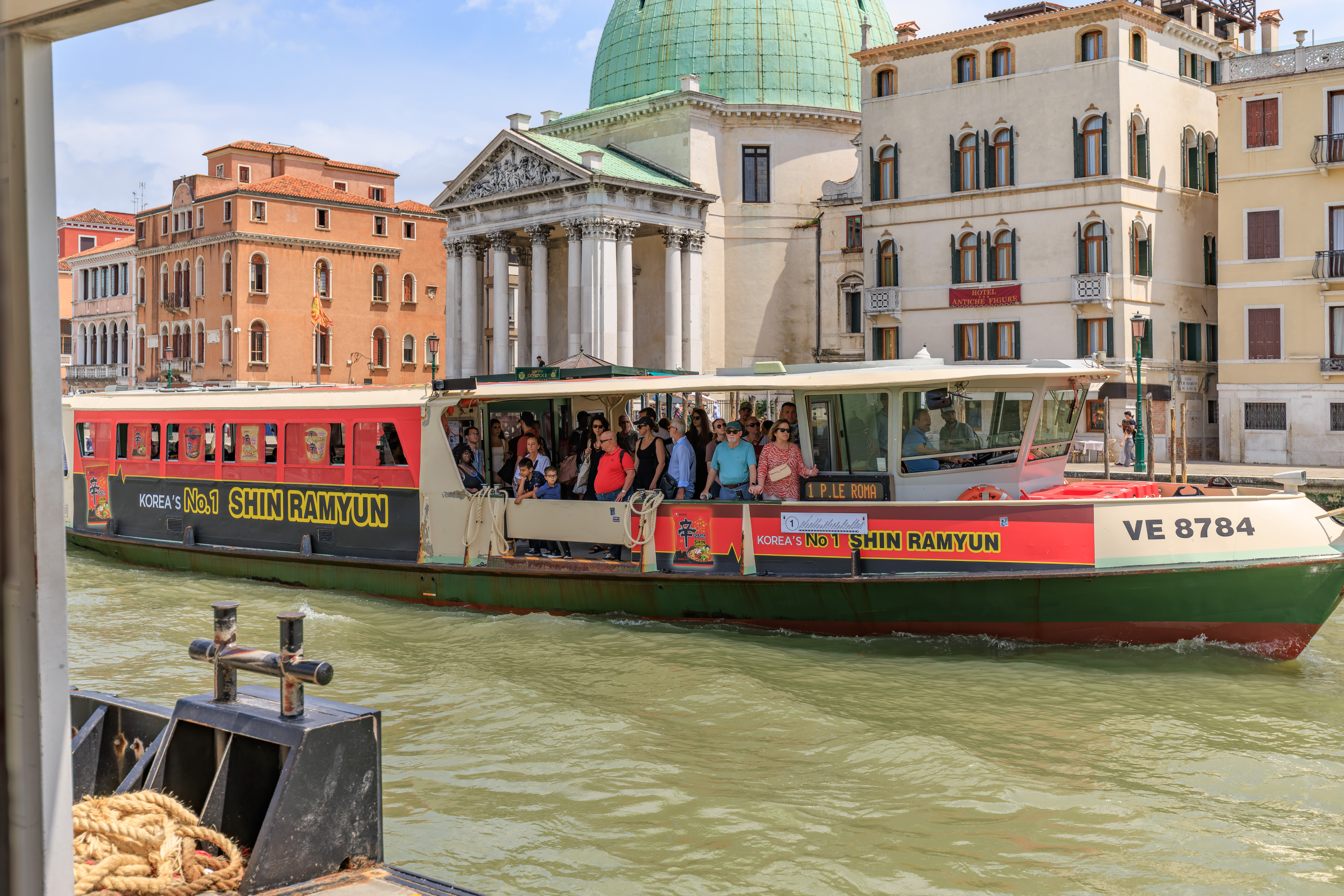
We took the next vaporetto to Ferrovia and then got off to change lines. While waiting, we spotted the Shin Ramyun boat again!
We recorded a short video after we departed. The Shin Ramyun vaporetto can be seen at P.le Roma, the last stop of Line 1 which the boat is operating on.

We also spotted a fireboat cruising by down the Grand Canal.
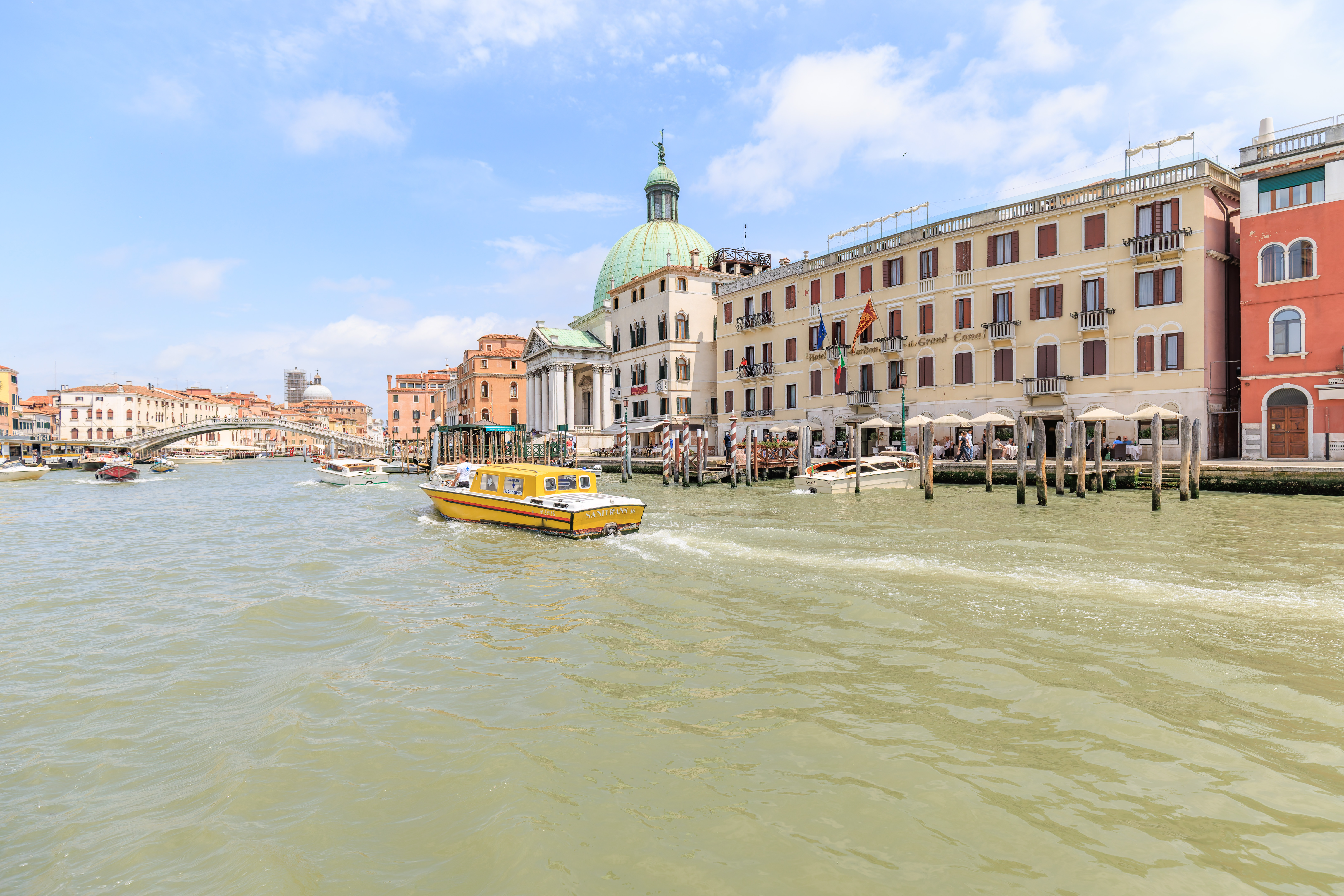
This yellow boat is operated by a company called Sanitrans. According to their website, they provide services for disabled people and seem to also operate ambulance services.
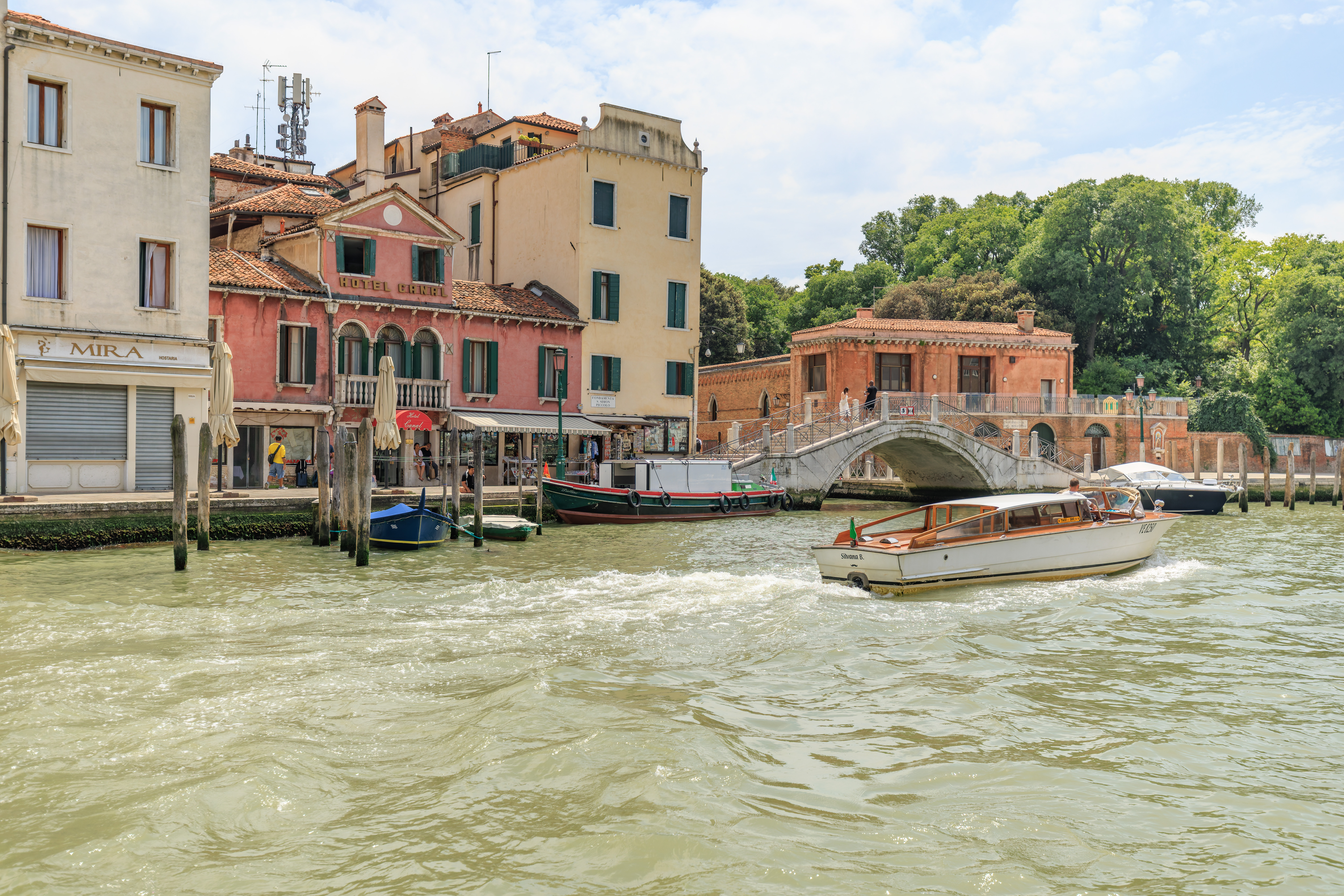
After getting on the next vaporetto heading for Zattere, which basically goes via the south side of Venice, we stood on the left side of the boat as the last time we were here, we stood on the right.
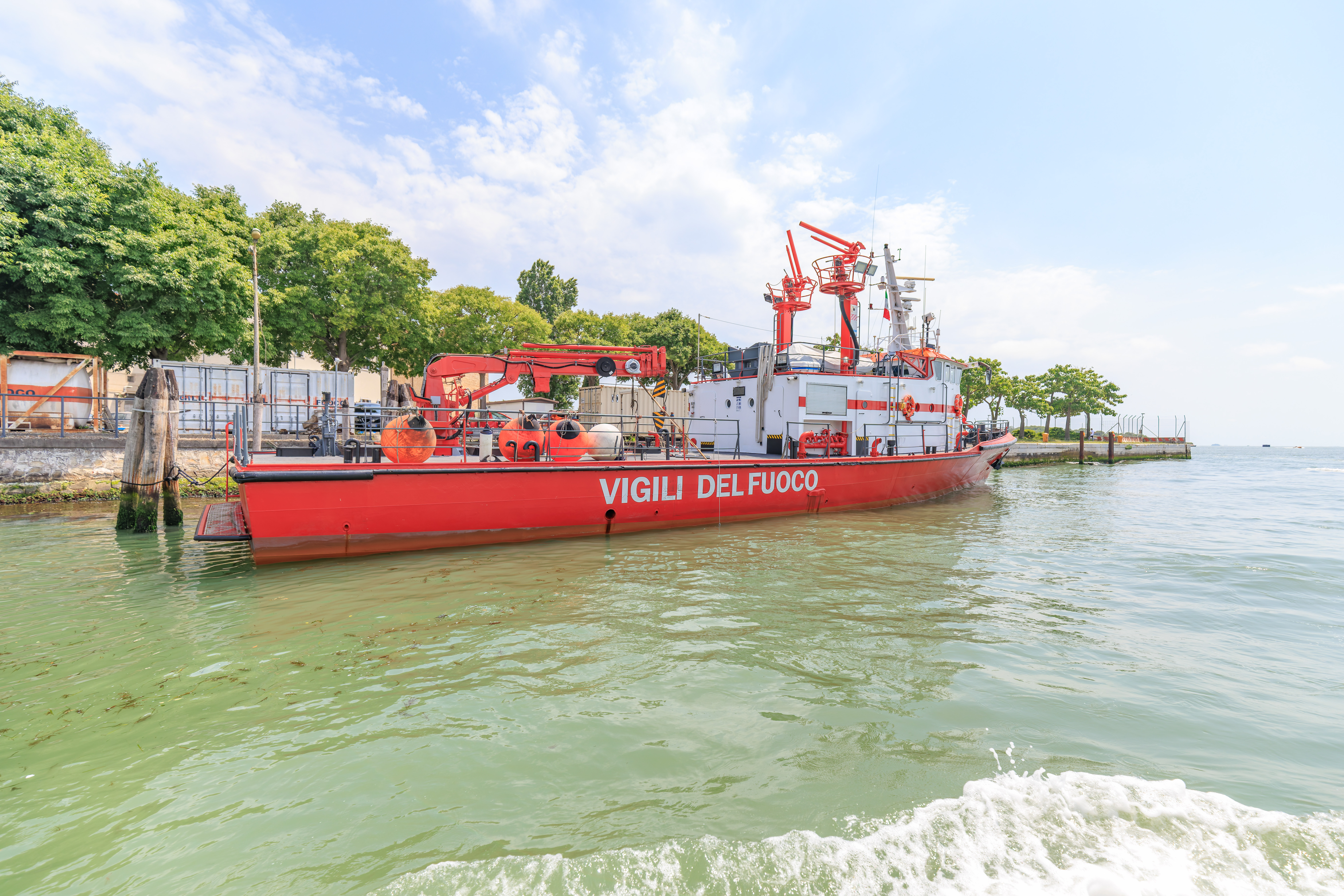
We passed by a much larger fireboat. Vigili del Fuoco is the Italian national fire and rescue organization. Unlike the US, where these services are often provided by the lowest level of government, it is part of the national government here.
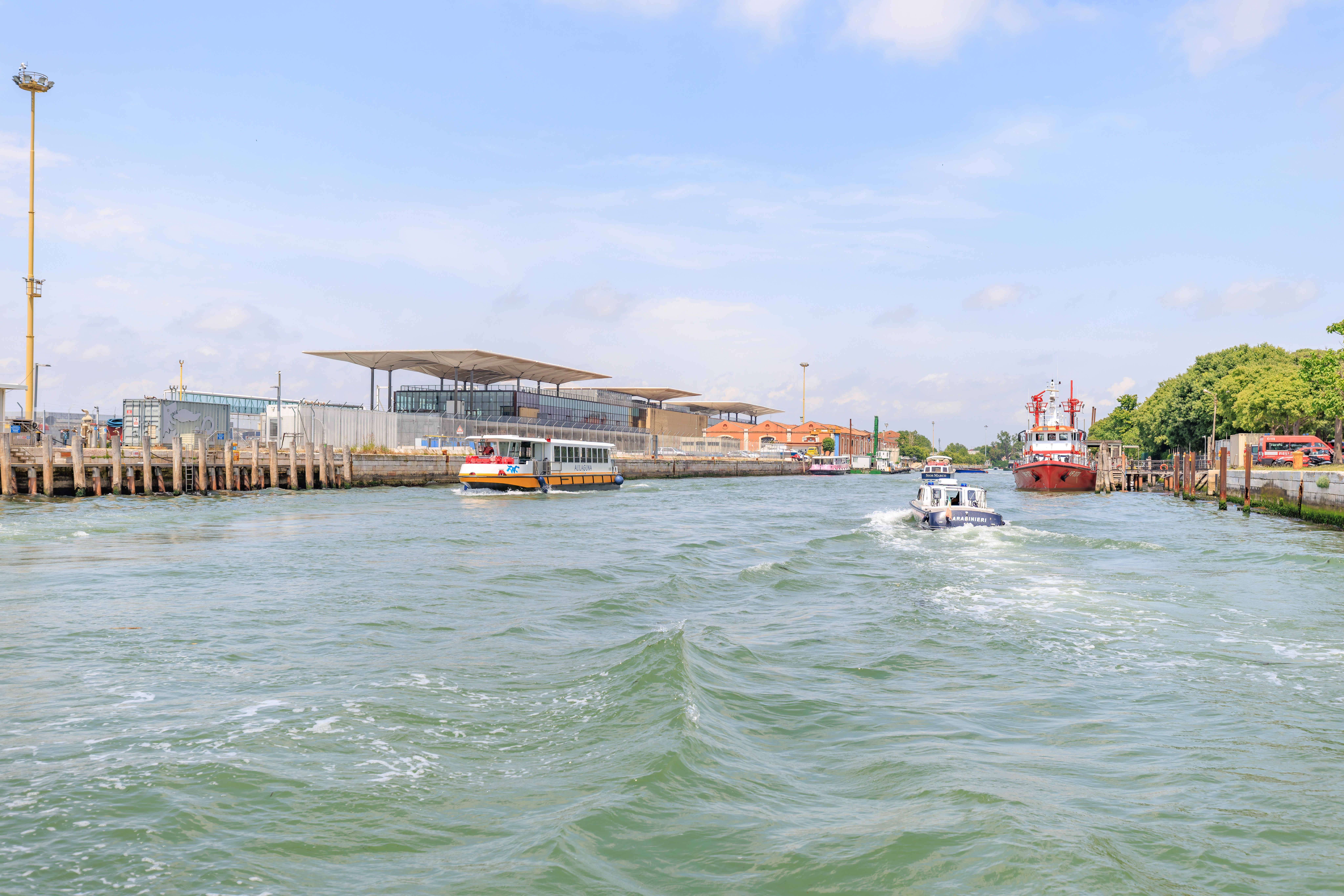
As the boat turned to the left, we got a view to the north where we came from. We saw the pink Alilaguna boat that we saw yesterday. It’s pretty far in the background here.
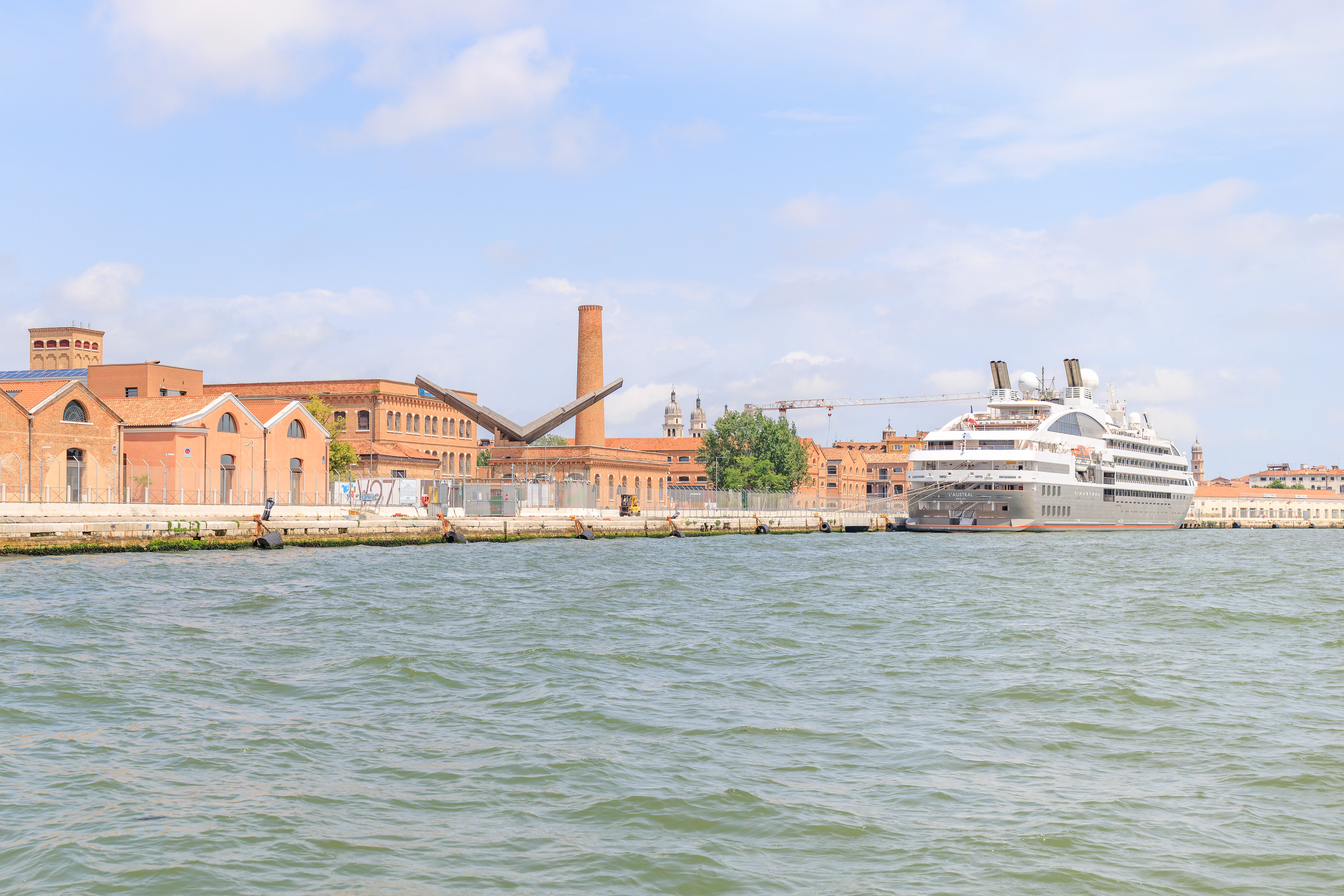
Up ahead, we saw a cruise ship, the L’Austral. It was pretty tiny as far as cruise ships go.
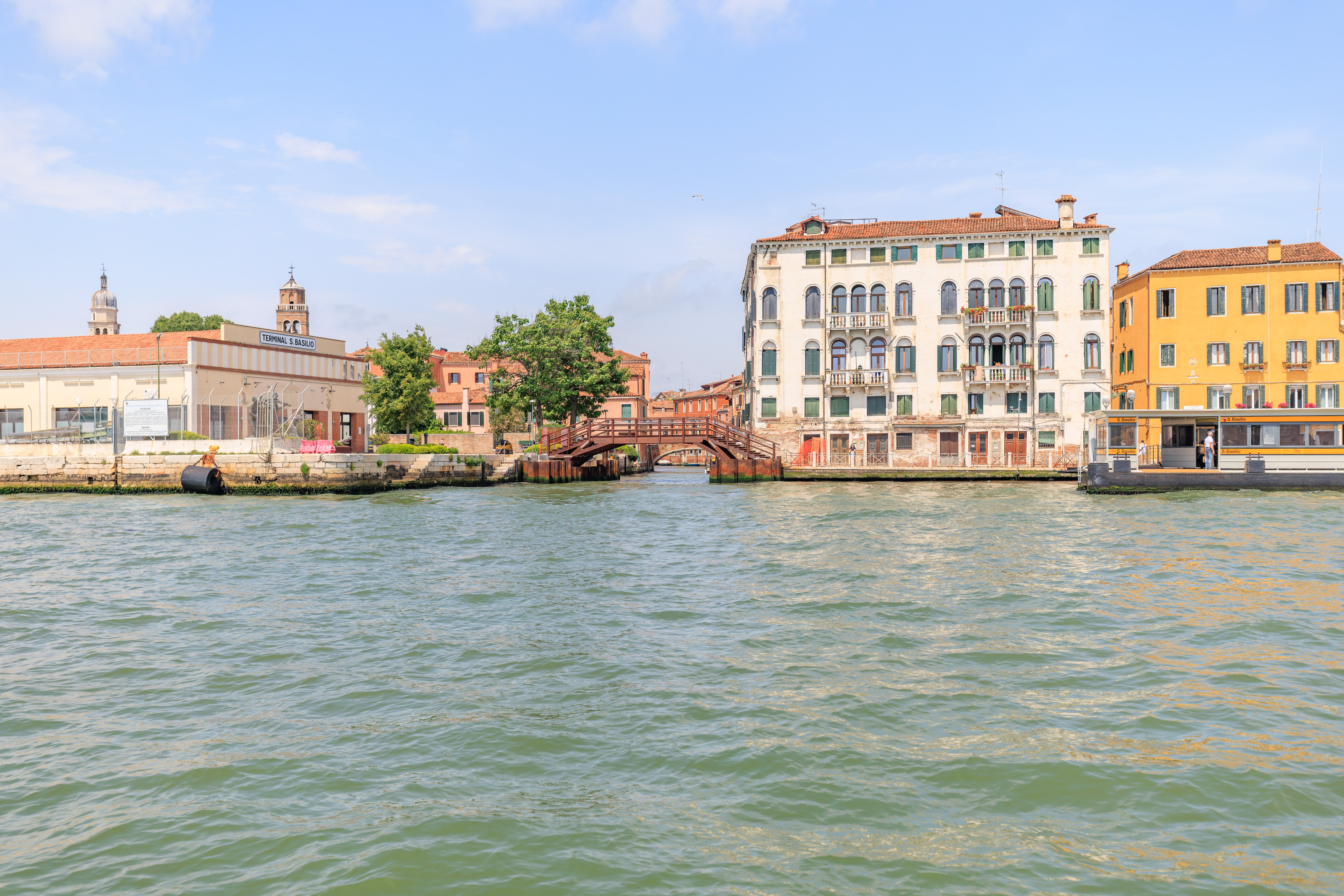
We continued on to the east, getting closer to Zattere.

We passed by a rich person’s toy.
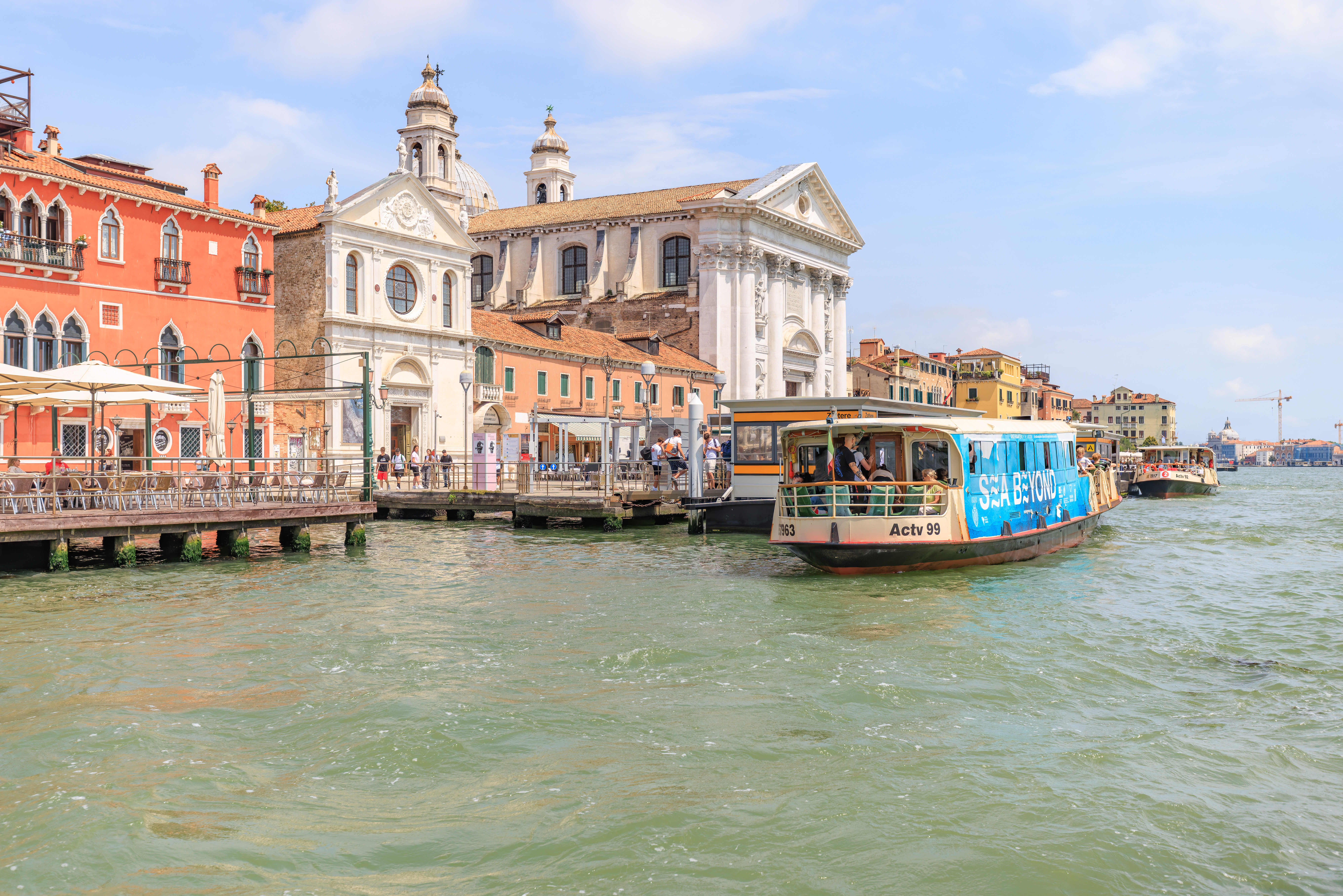
We had to wait a bit for space to open up at Zattere before we could get off the boat. We walked through a narrow alley to reach the osteria that we wanted to visit. It was super busy though so we decided to eat somewhere else.
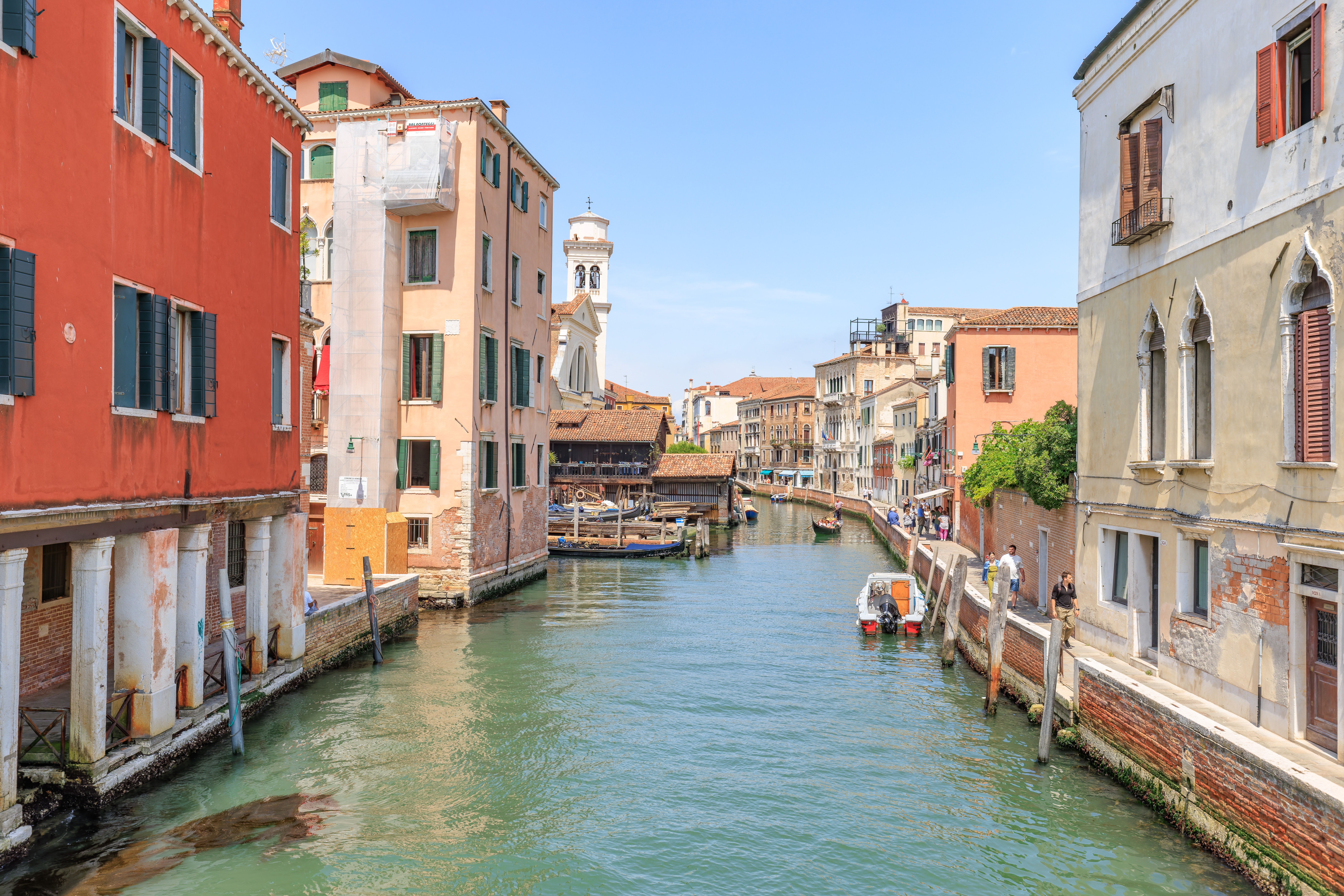
We ended up walking to the west along the southern shore of Venice. This was the view looking to the north from a bridge above the first canal that we crossed, which is basically right next to the Zattere quays.
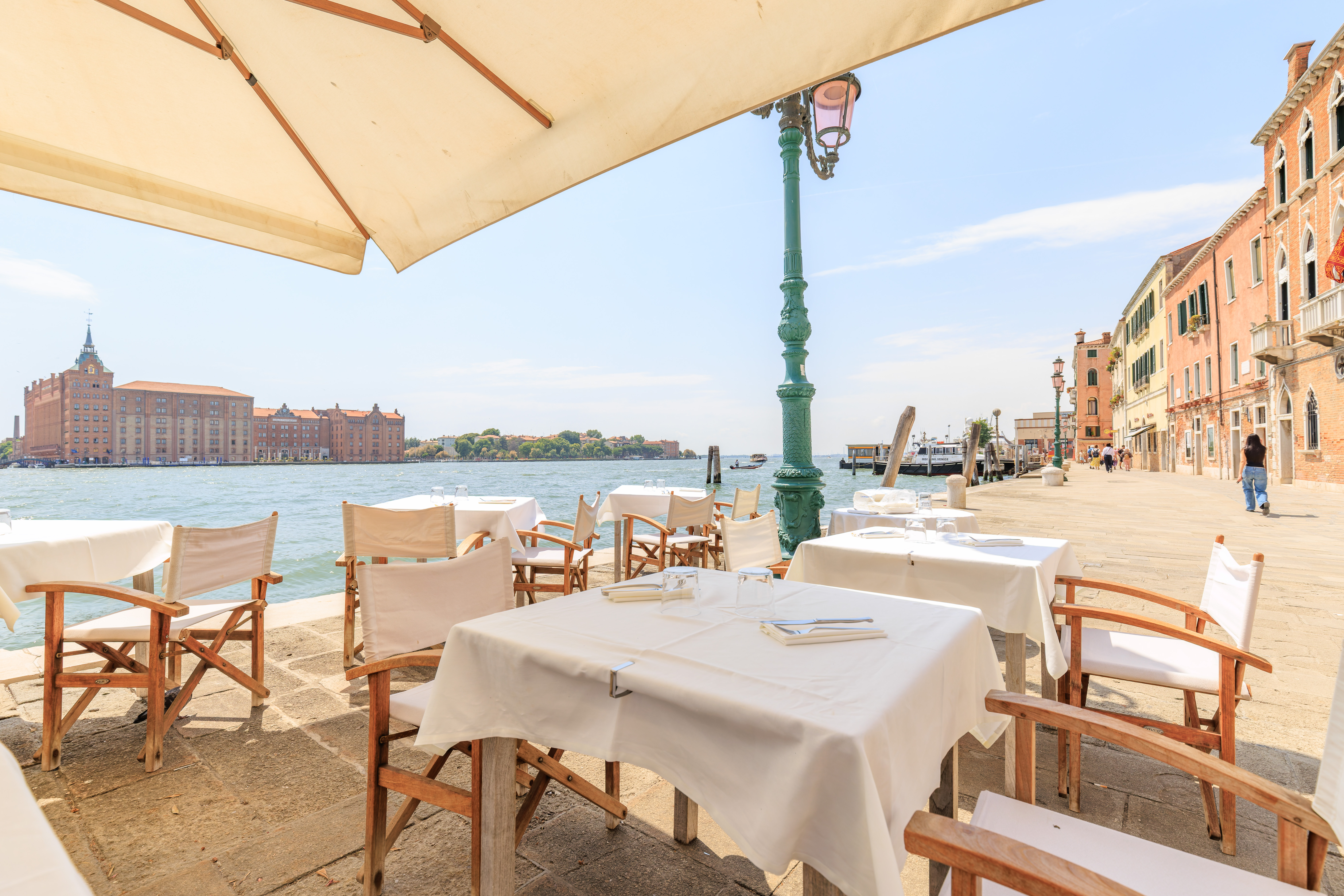
We ended up eating at Ristorante Riviera, which was almost at San Basilio, the next quay to the west. This restaurant had tables outside the water and wasn’t very busy. It was a bit late though at almost 2:30pm.
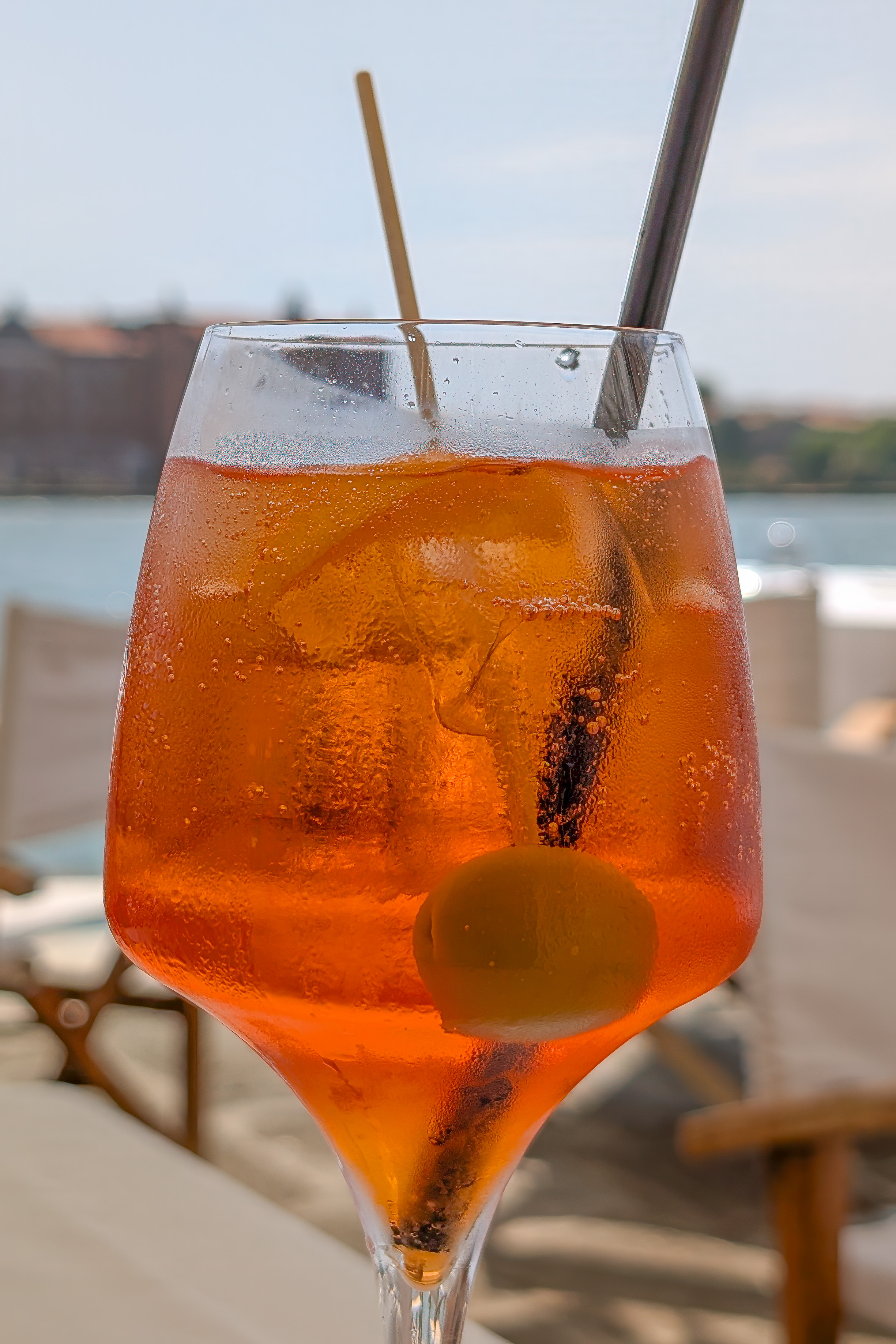
We started out with a drink. We didn’t get any water as its pretty overpriced. Not very Italian, but we aren’t Italian! It would be nice every country was like France where one can always ask for a free carafe d’eau!
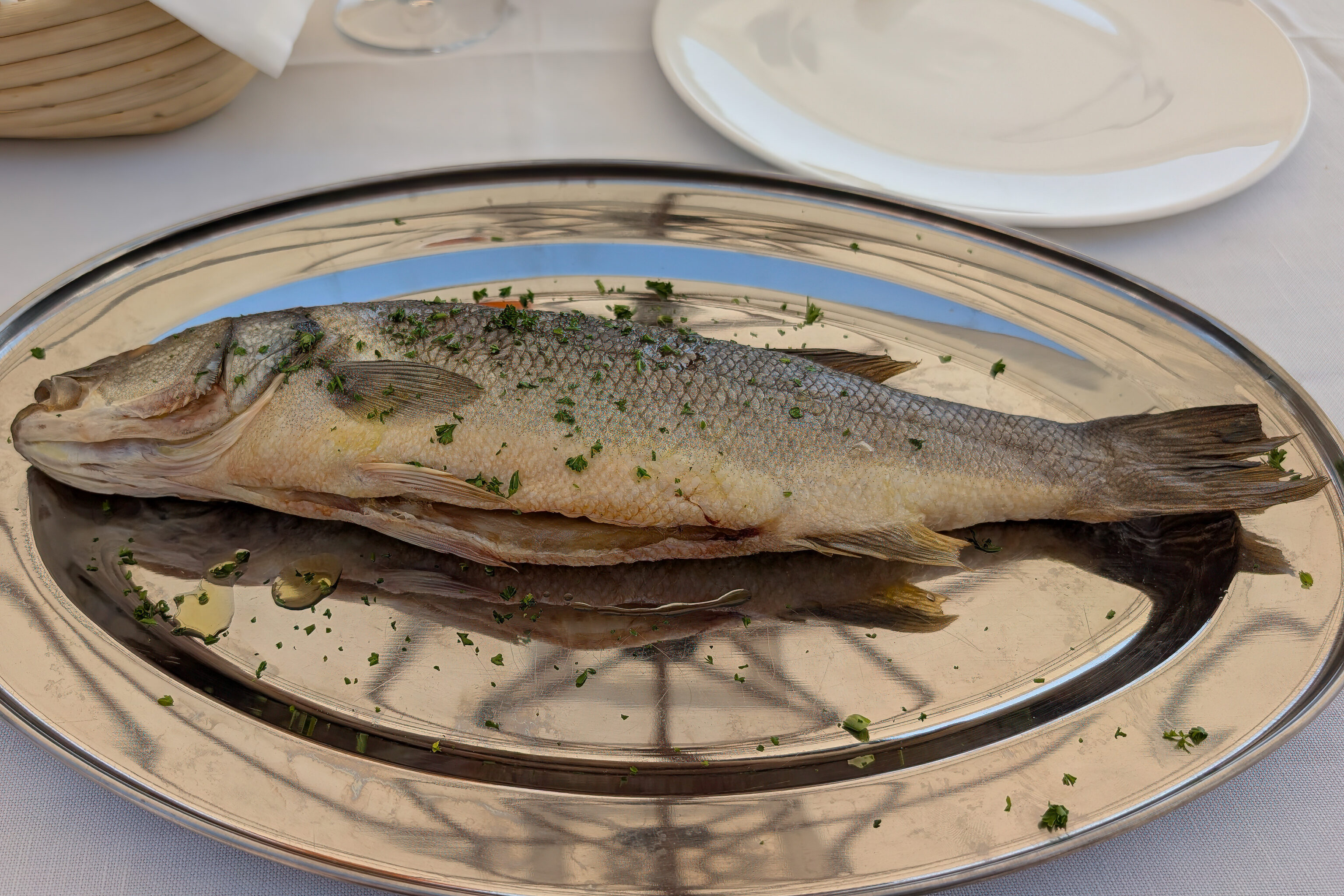

Both were pretty good, though not as good as other similar dishes that we’ve had in Italy. The fish was sea bass, just like what we had yesterday. It was smaller though and didn’t have the nice sauce. It seemed to be also cooked a tad too much compared to yesterday’s.
San Giorgio Maggiore
After lunch, we headed to San Giorgio Maggiore, the easternmost section of the Giudecca island off the southern shore of Venice.
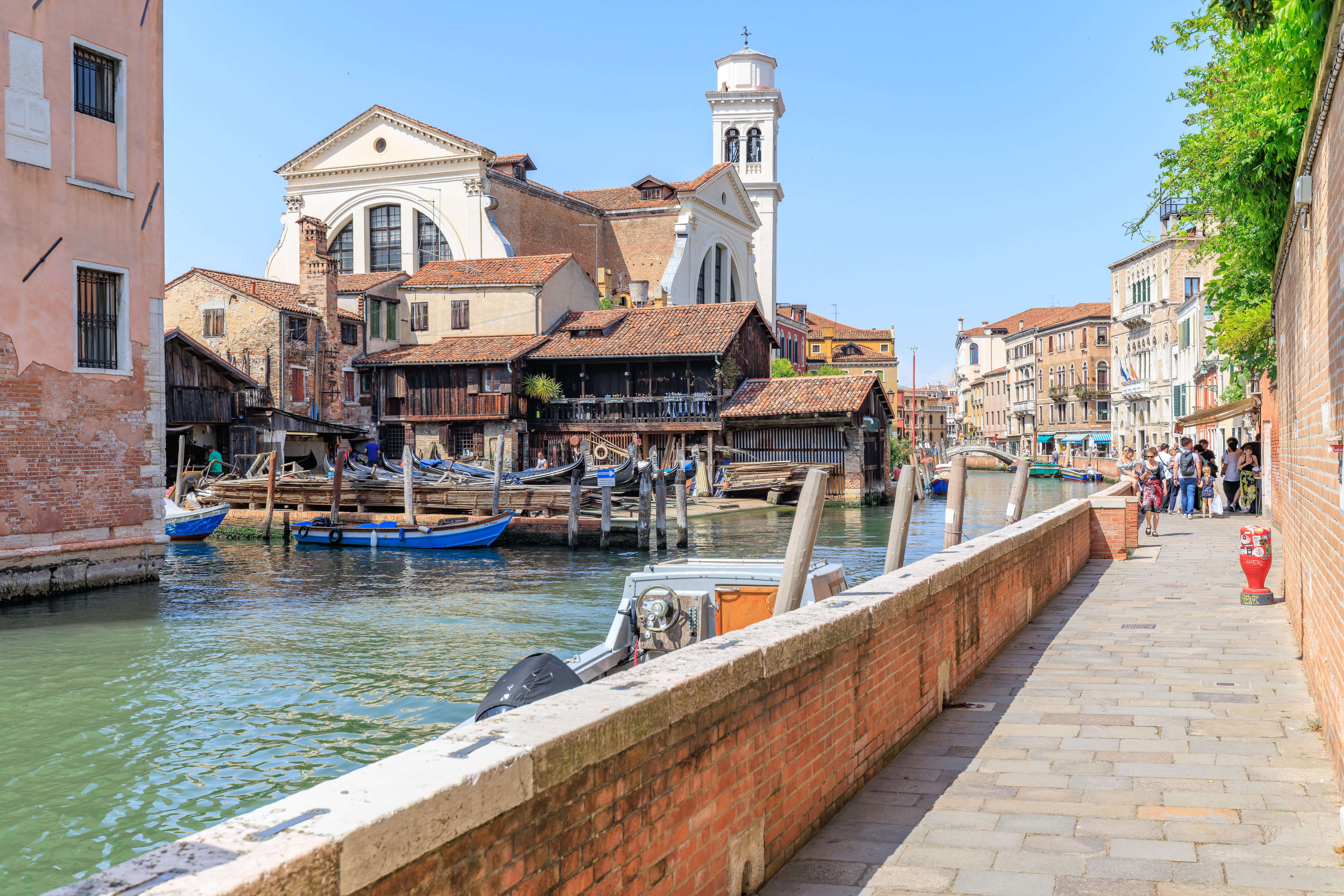
We did take a small detour though. After backtracking to the east, we walked to the north along the canal that we crossed earlier. The osteria that we wanted to try earlier was actually up ahead. Still very busy!
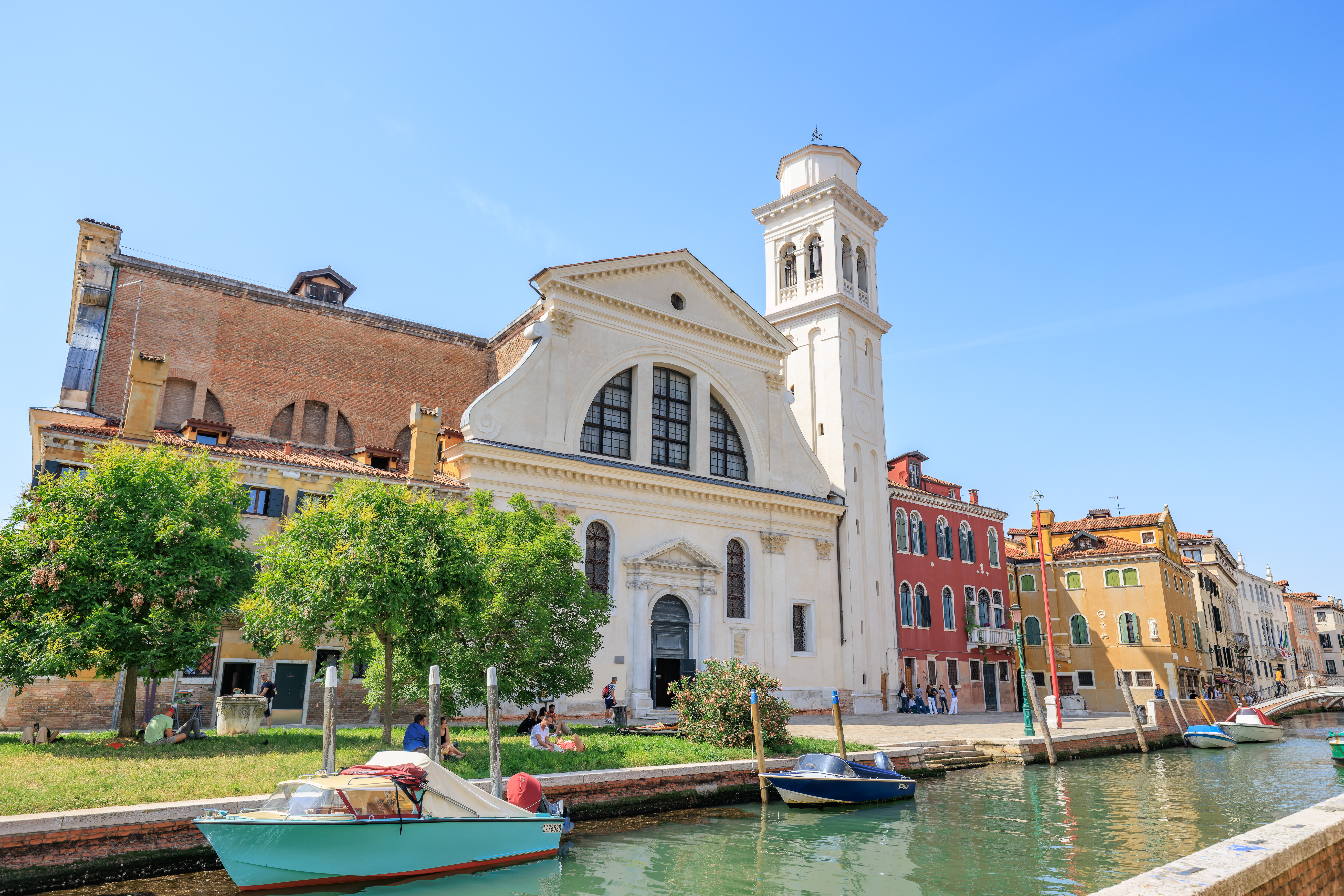
There was a nice looking church on the other side of the canal. The church is the Chiesa di San Trovaso, also known as the Chiesa dei Santi Gervasio e Protasio. It is dedicated to the saints Gervasius and Protasius. The pair are buried in Basilica di Sant’Ambrogio, which we visited on this trip when we were in Milan. In fact, we saw their remains as they are buried with Saint Ambrose.
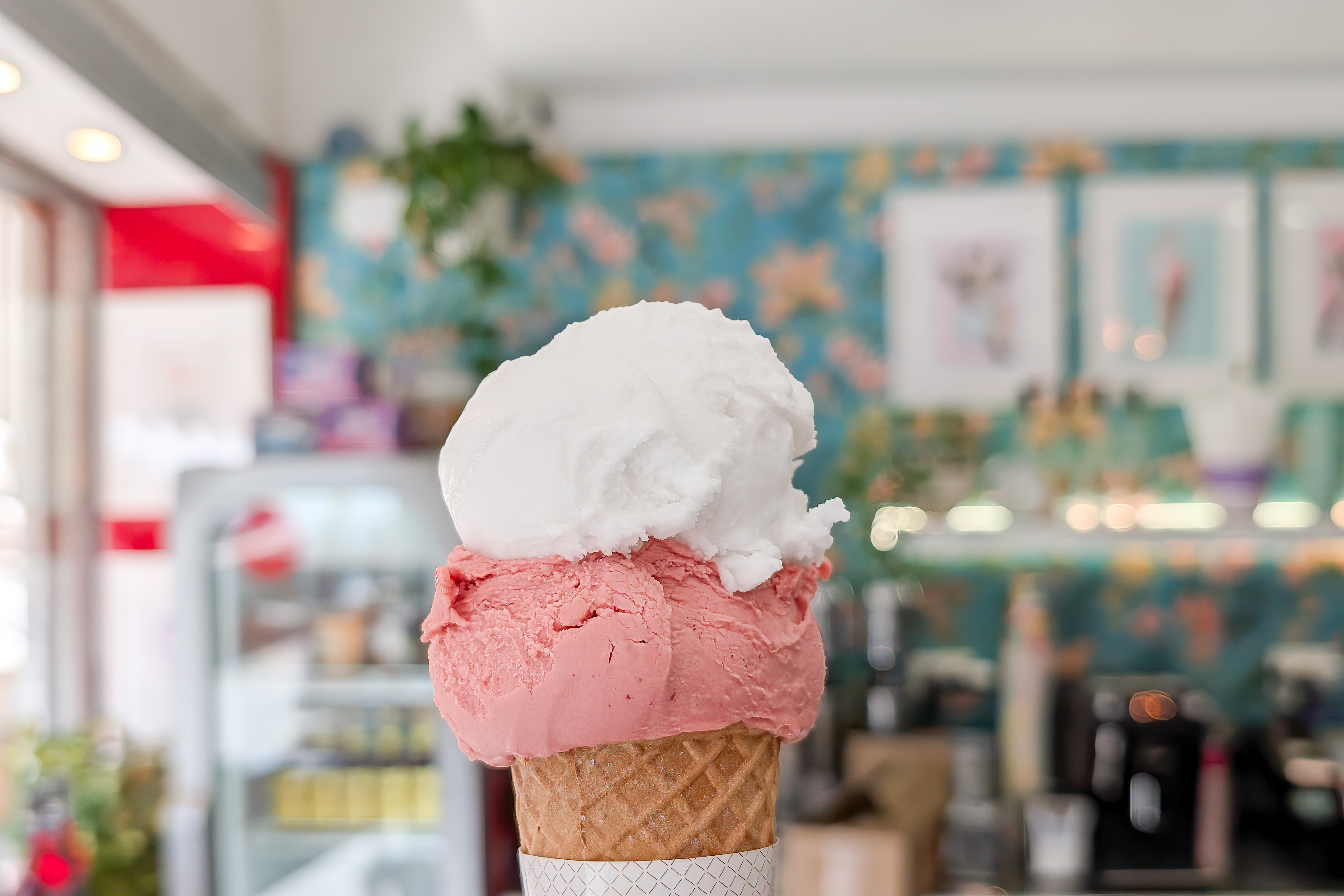
Our destination was just a little bit further up the canal at Gelateria Lo Squero. We had excellent lemon and raspberry flavors.
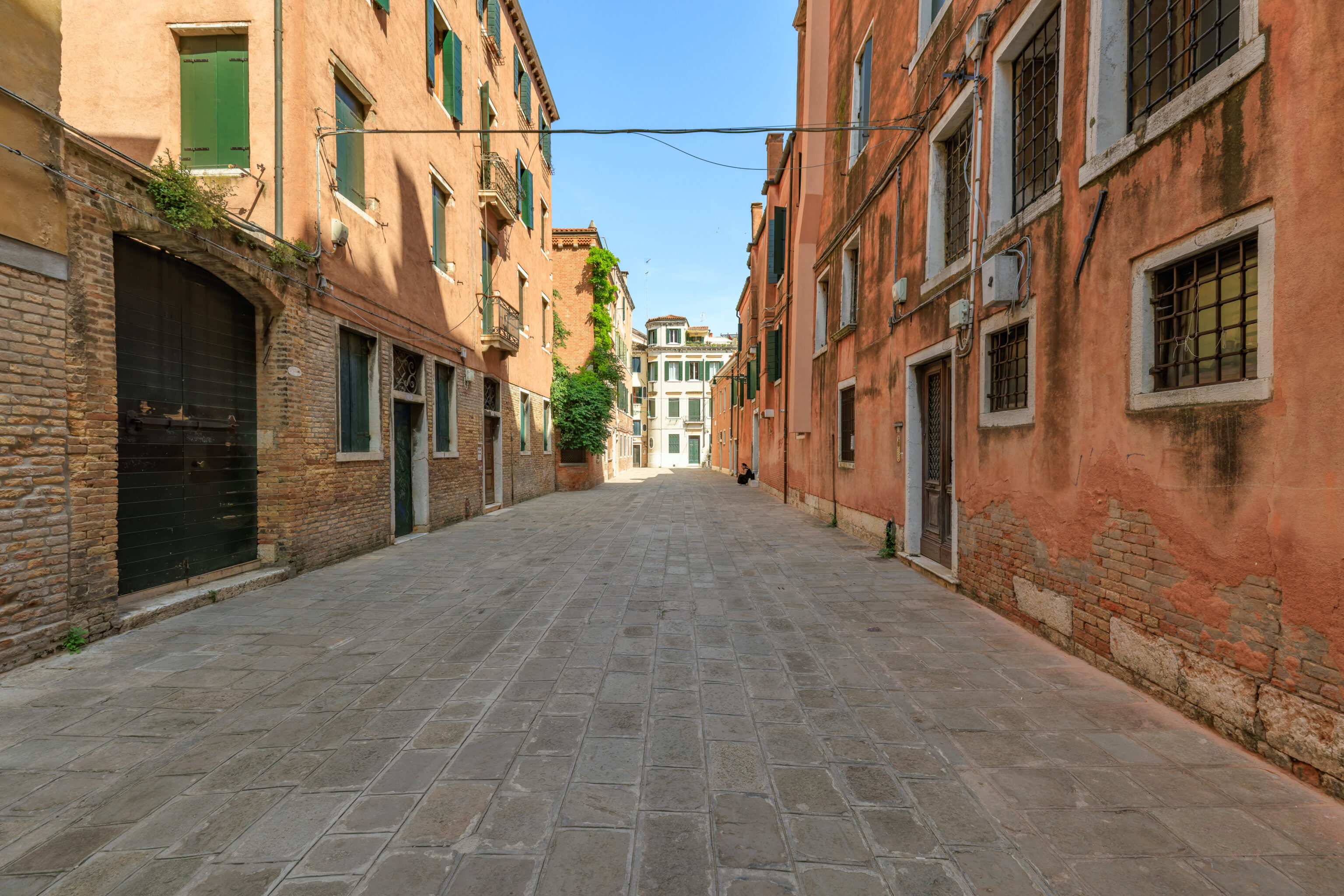
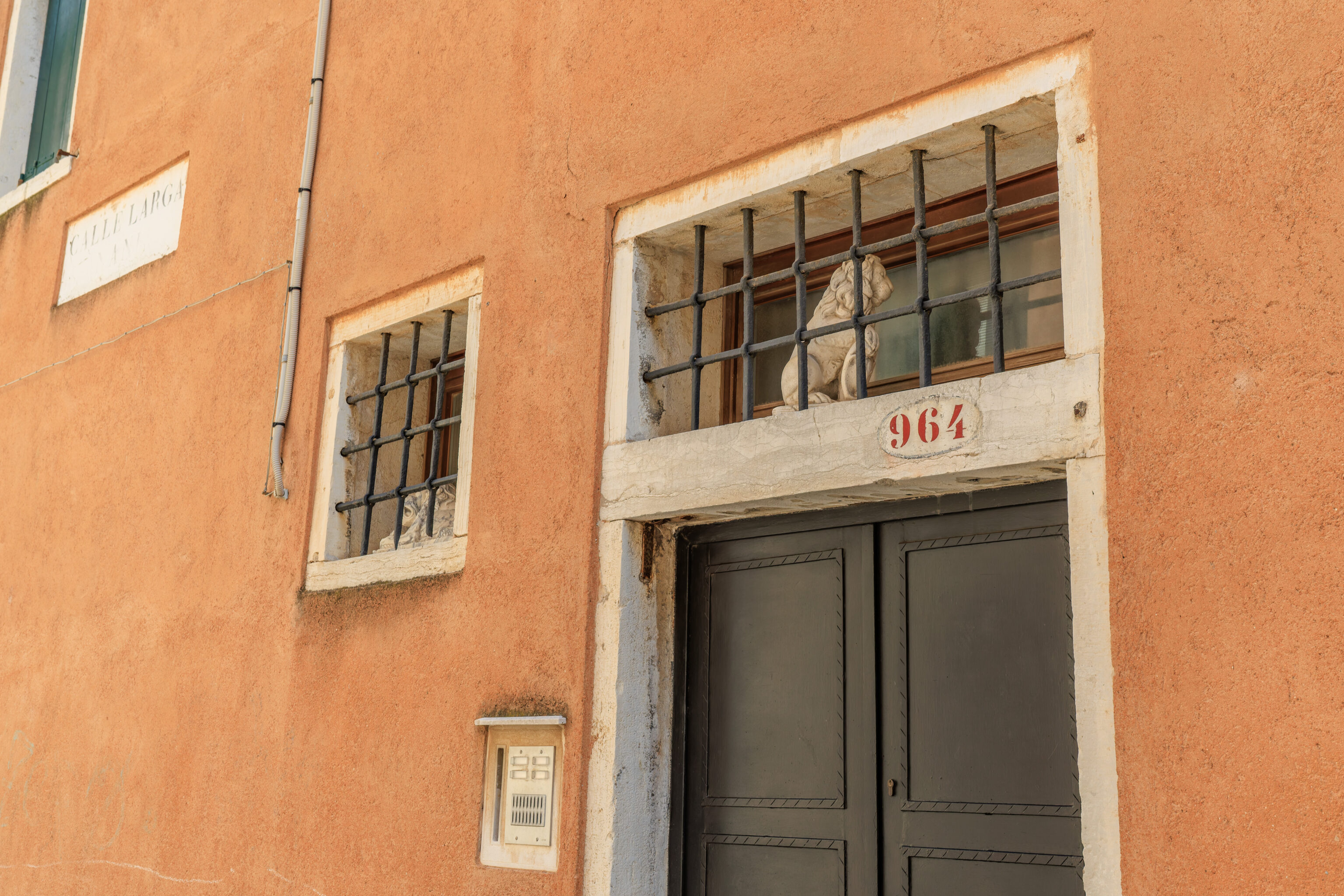
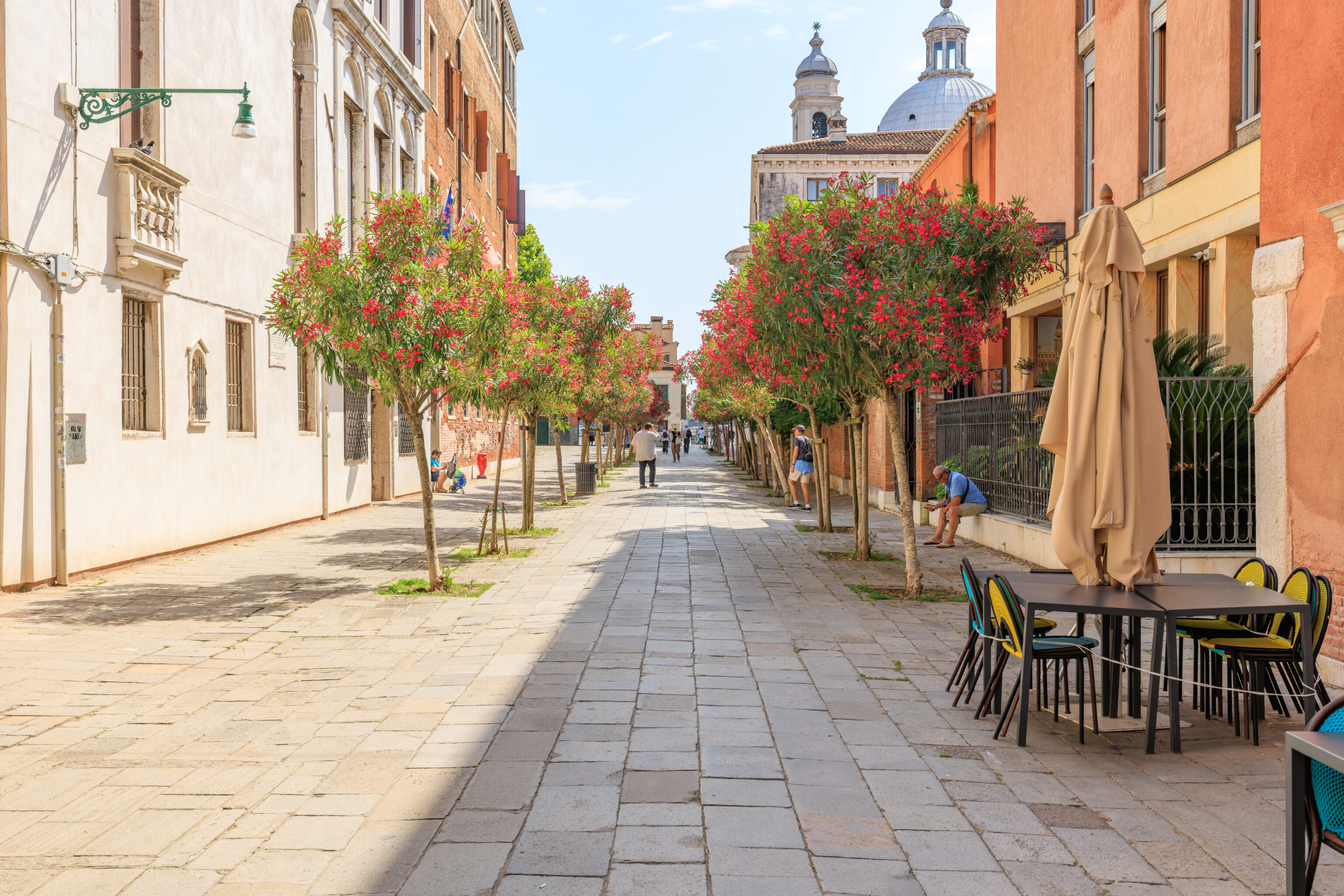

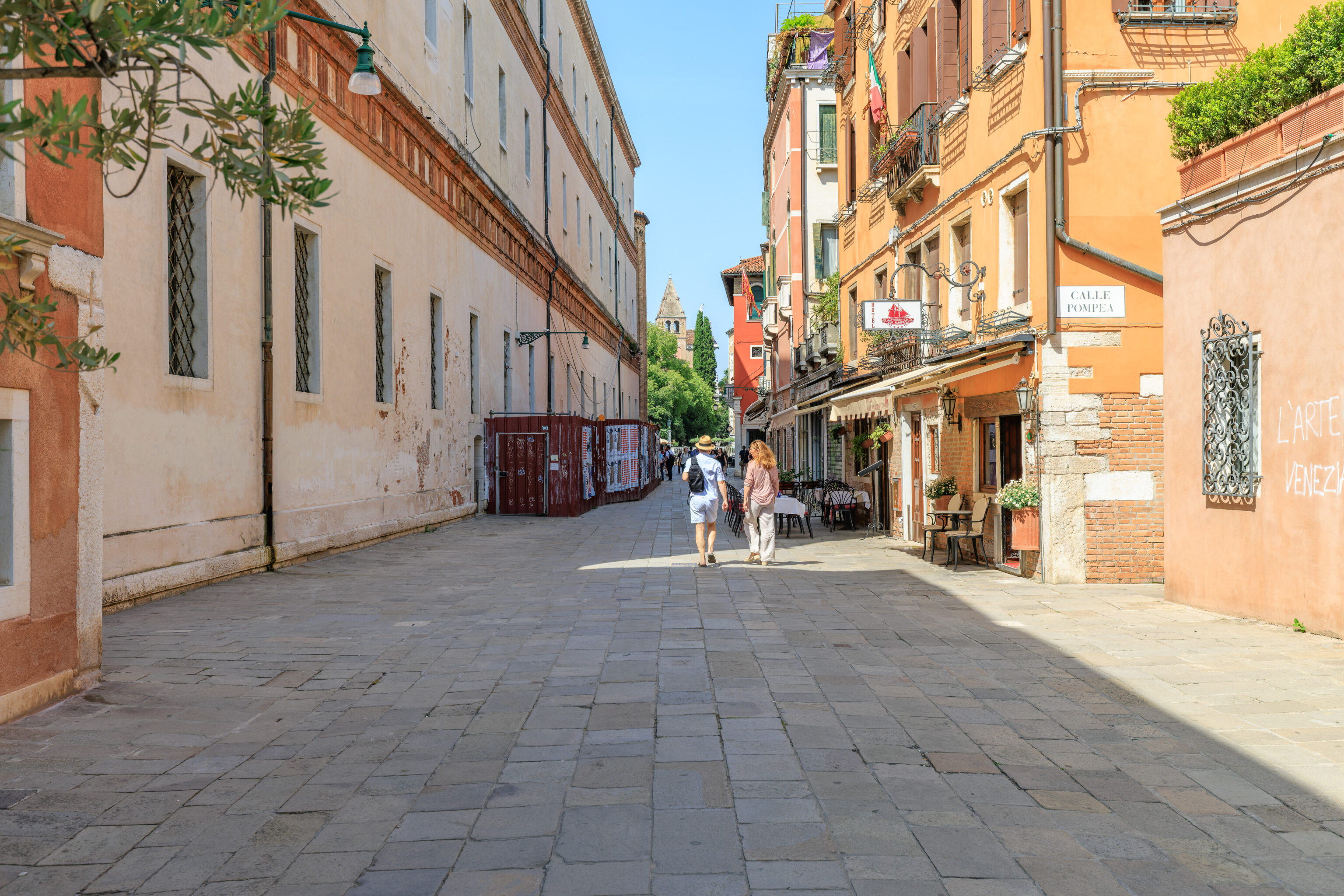
We continued walking down some quiet streets to the east and then south to return to the Zattere quays.
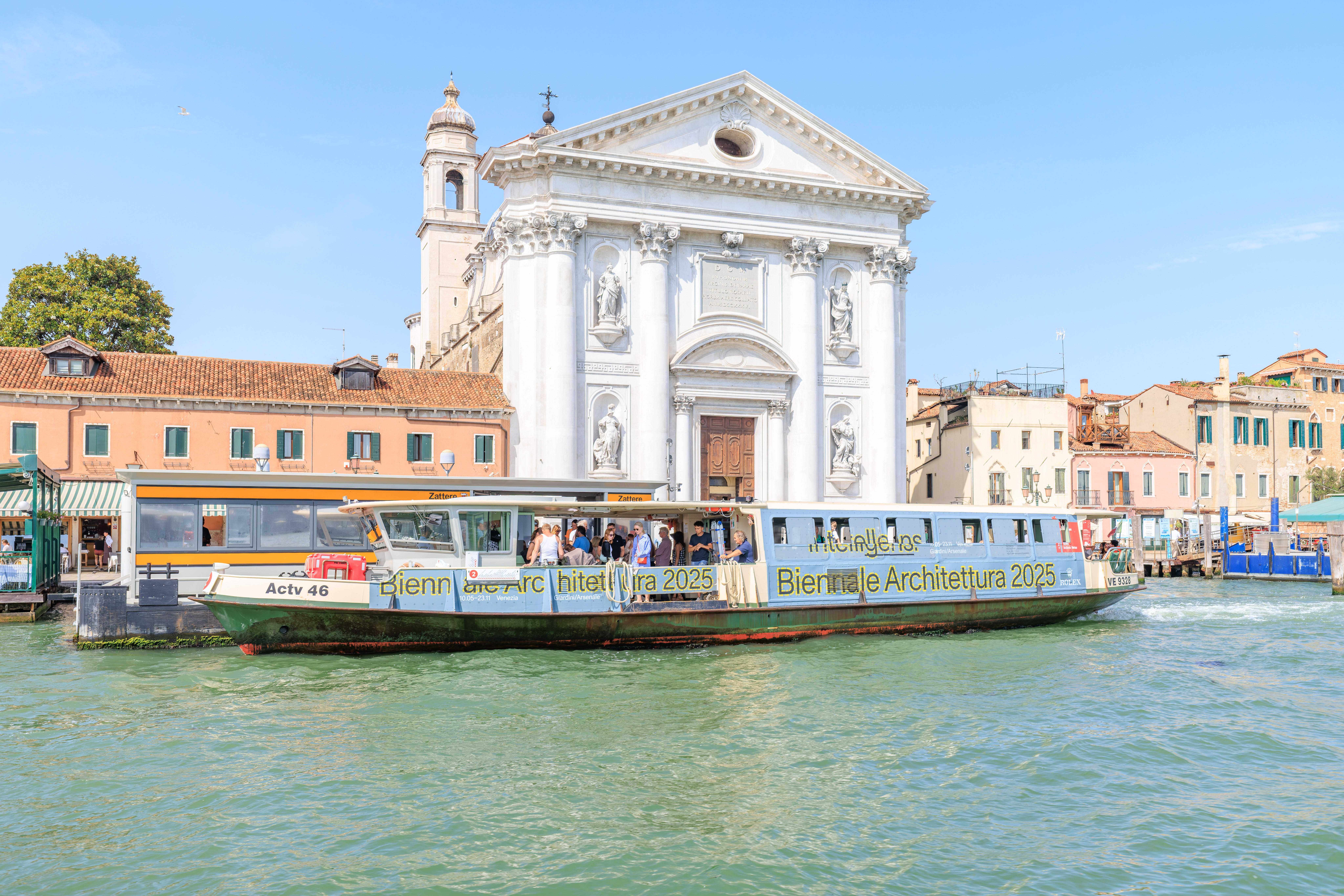
This was the view looking back at the Zattere quays as we departed on a vaporetto on Line 2, the only ferry other than the Line N night ferry that goes to San Giorgio Maggiore.
The church here is the Chiesa di Santa Maria del Rosario, also known as I Gesuati (The Jesuits).

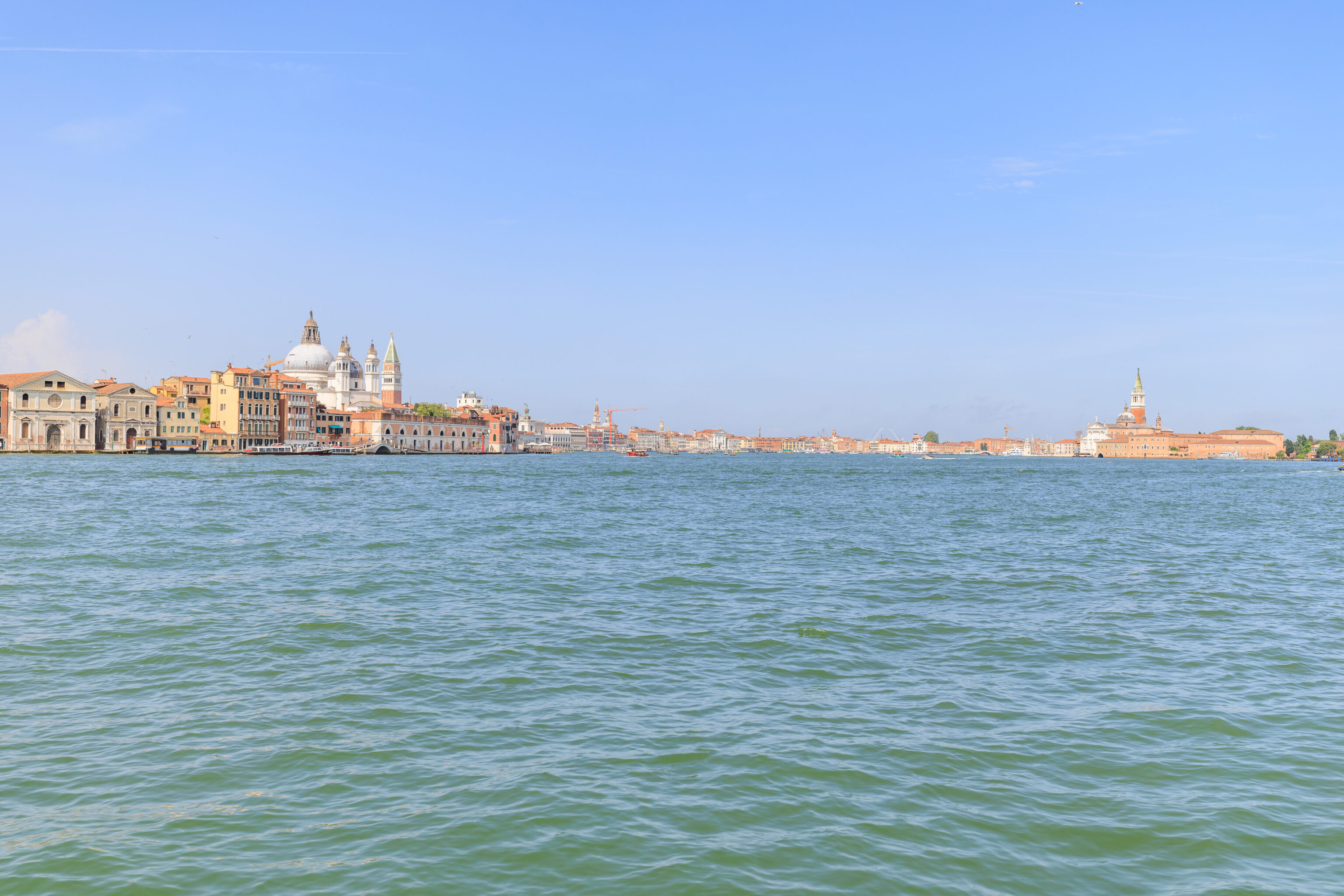
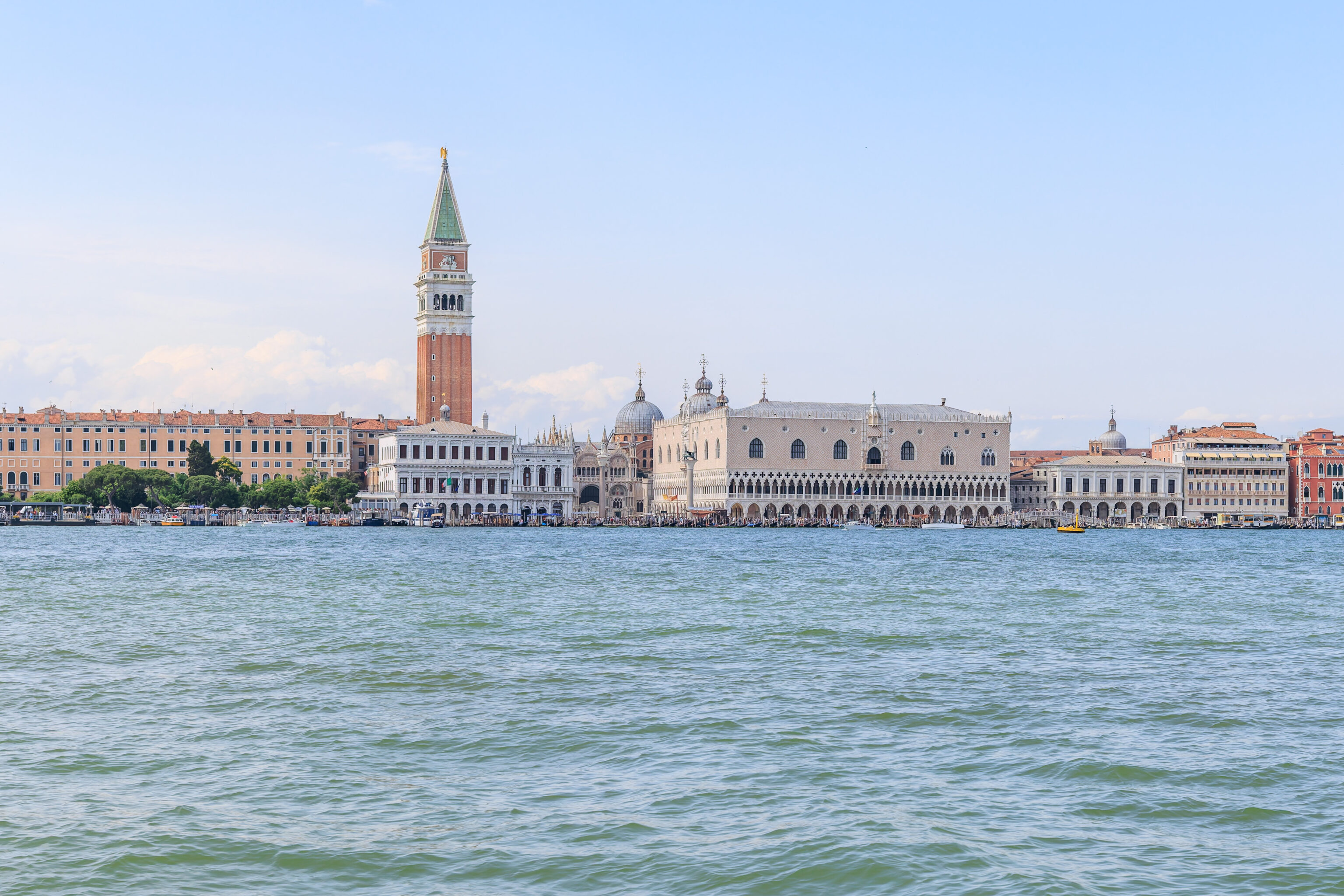
We continued to the east, enjoying the view of Venice from the south before arriving at S. Giorgio.
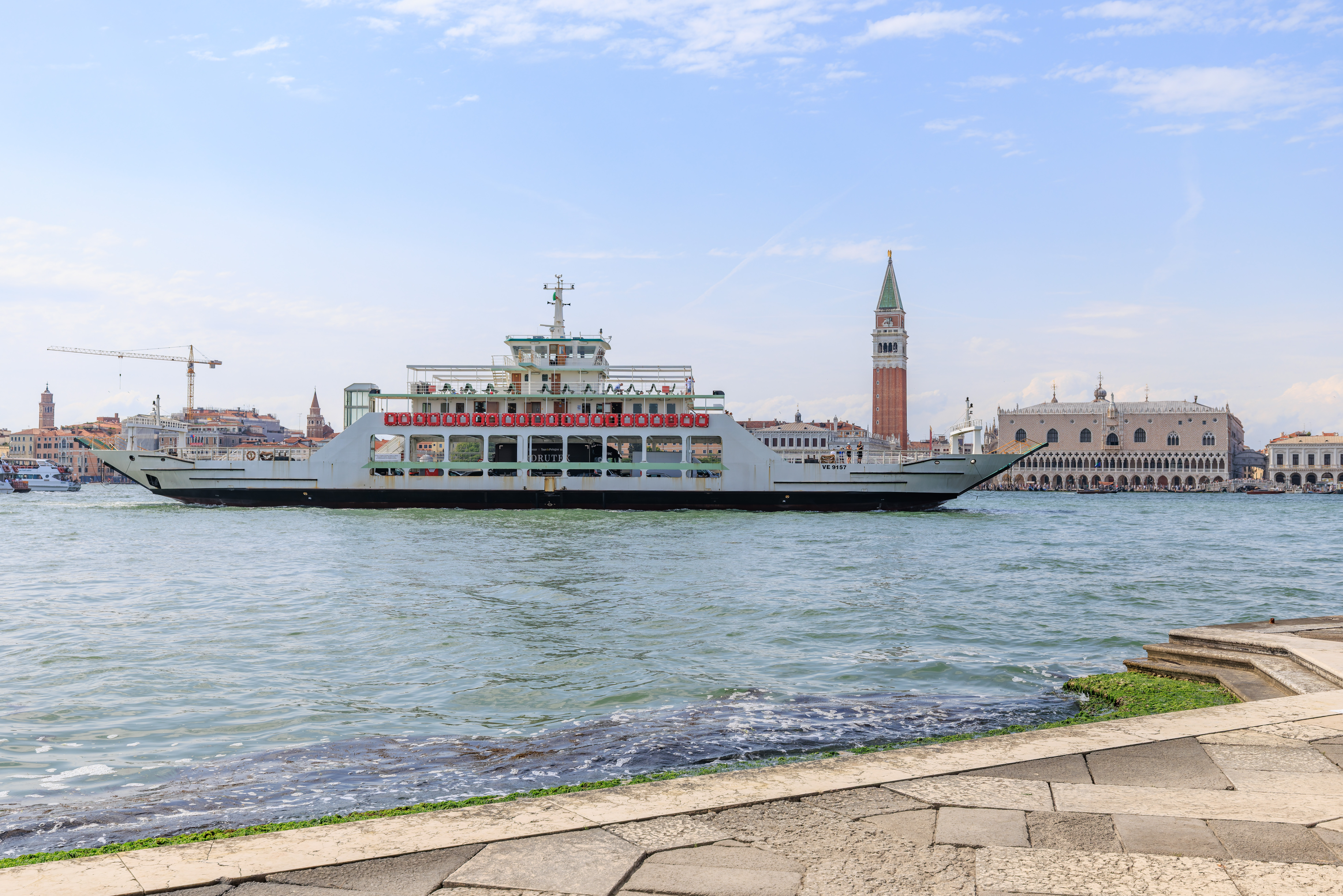
It was almost directly opposite of the Palazzo Ducale and Piazza San Marco, seen here behind the vehicular ferry passing by.
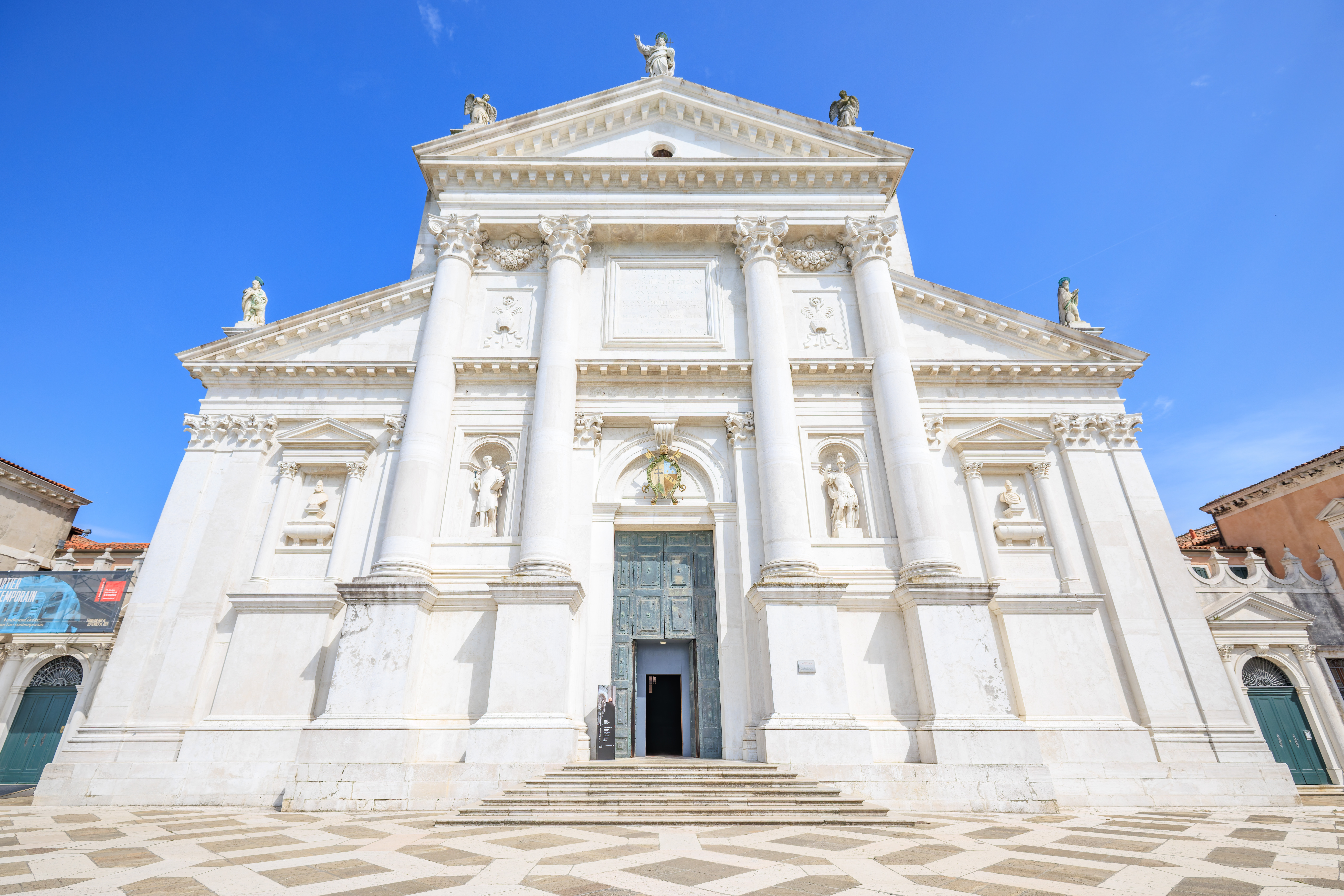
The Abbazia di San Giorgio Maggiore is right by the quay.
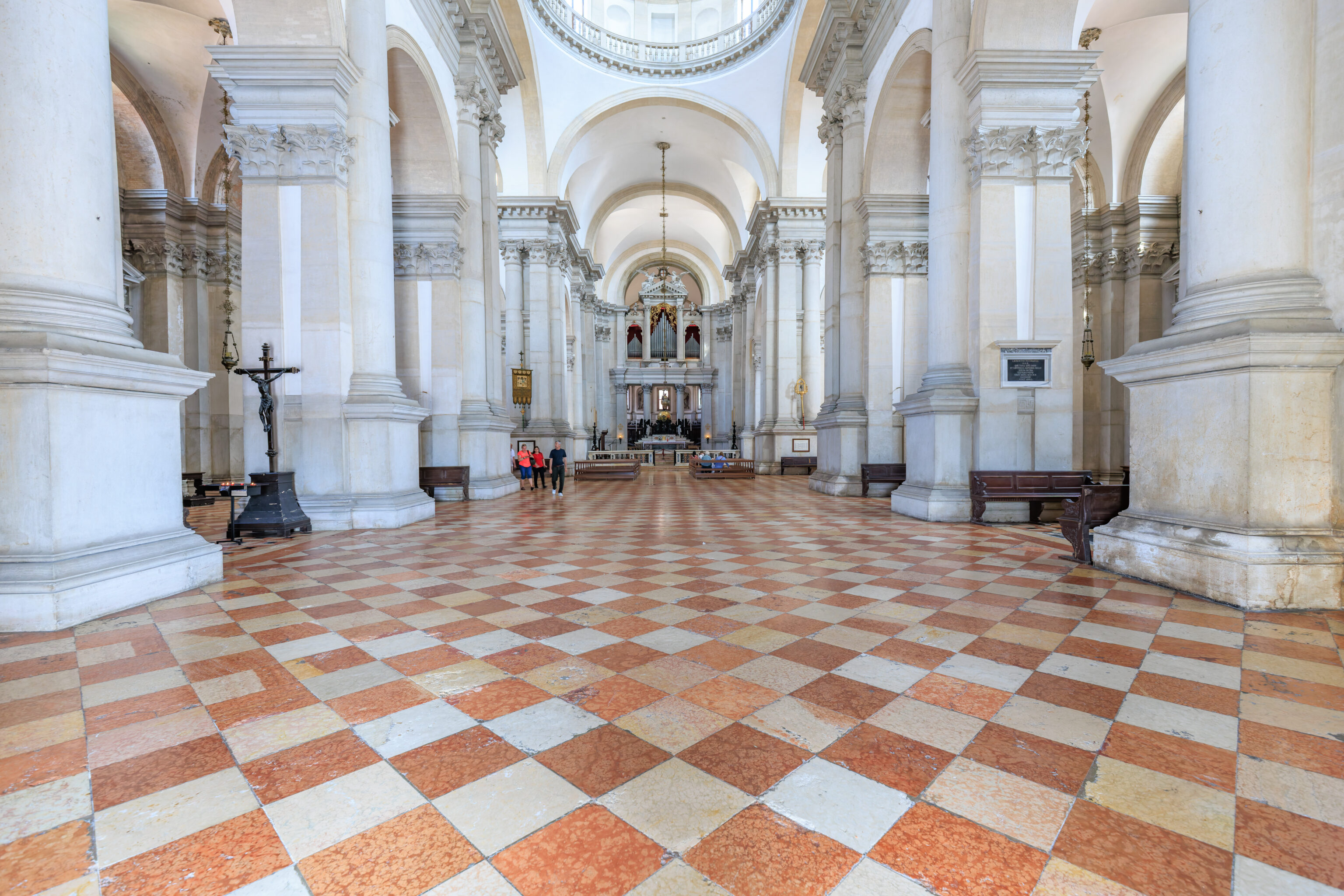
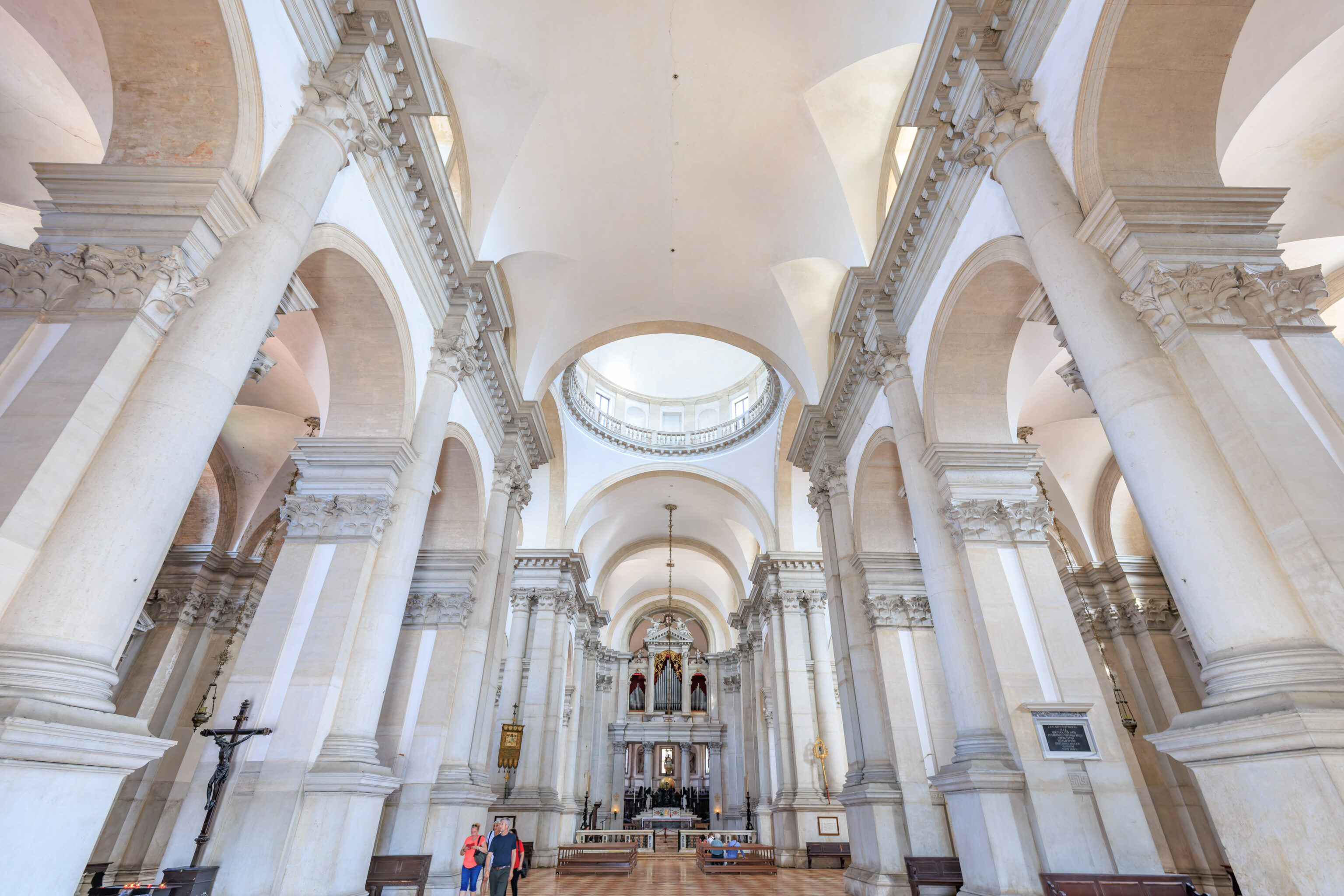

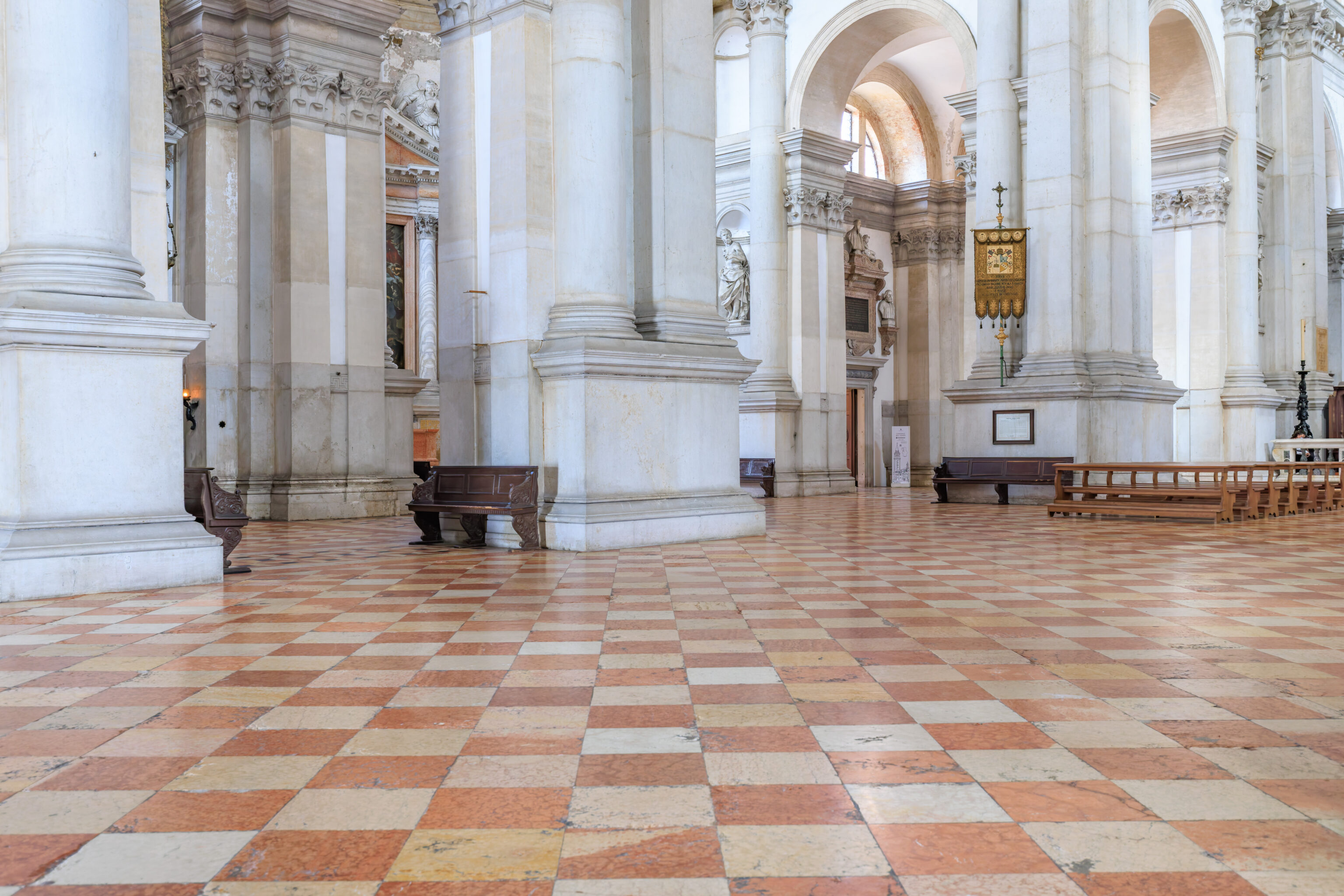

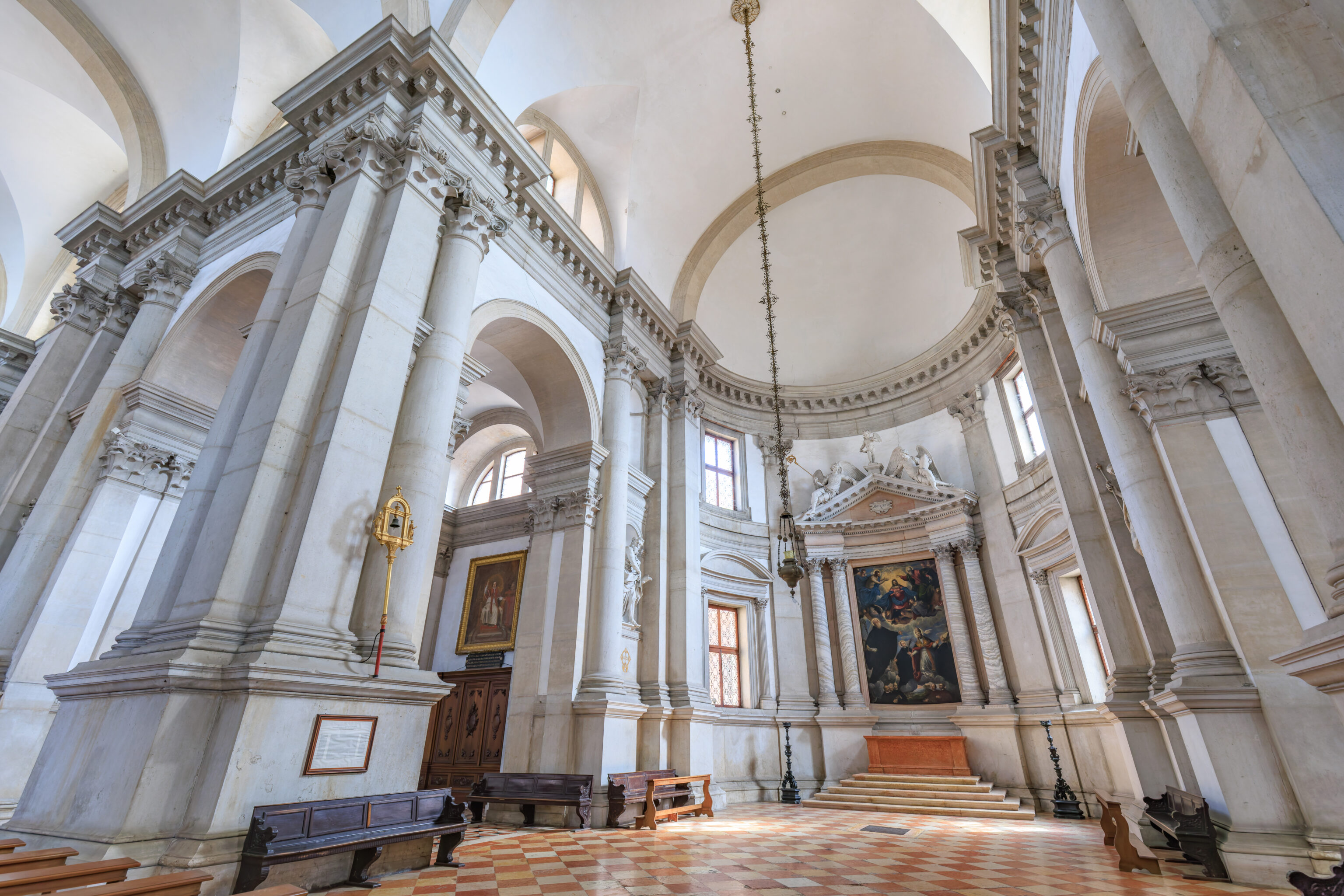
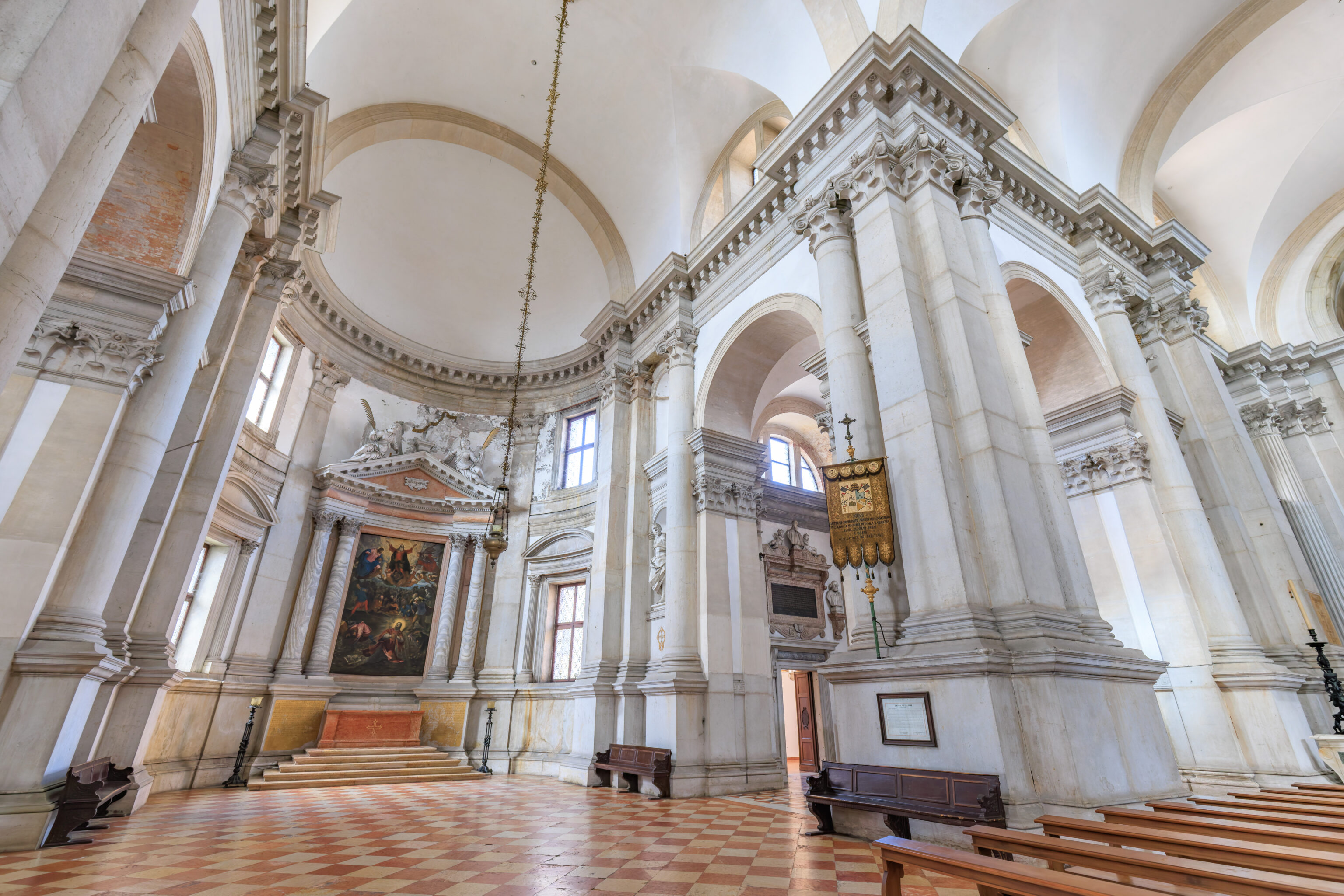
We went into take a look. The interior was vast but simple. We took a bit of time to rest before continuing to walk through the interior.
June 27th, 2025
This is where Jeff Bezos and Lauren Sanchez were married.
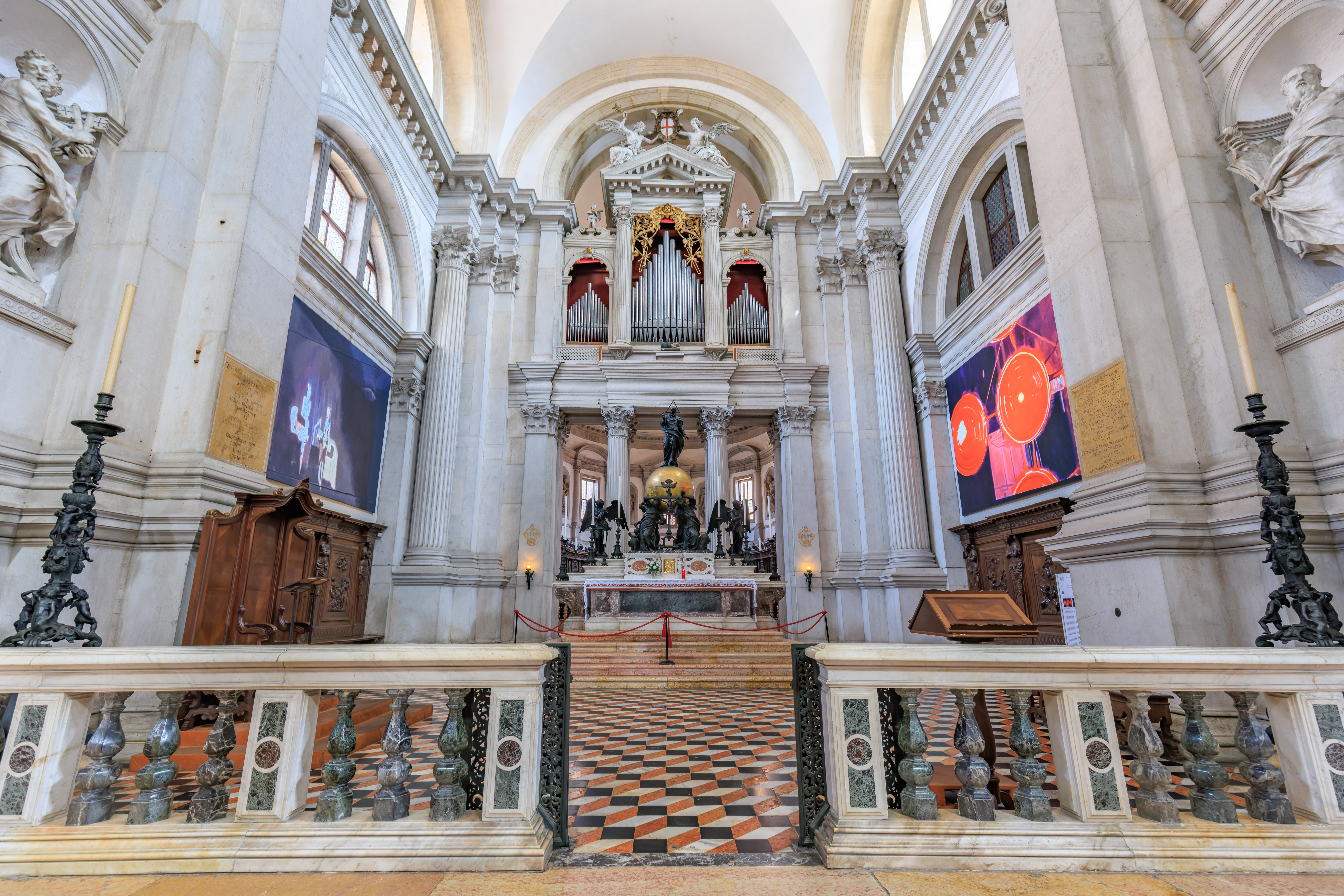
There was some modern looking art near the altar. The organ was above and behind the altar, definitely not a typical location from what we’ve seen.
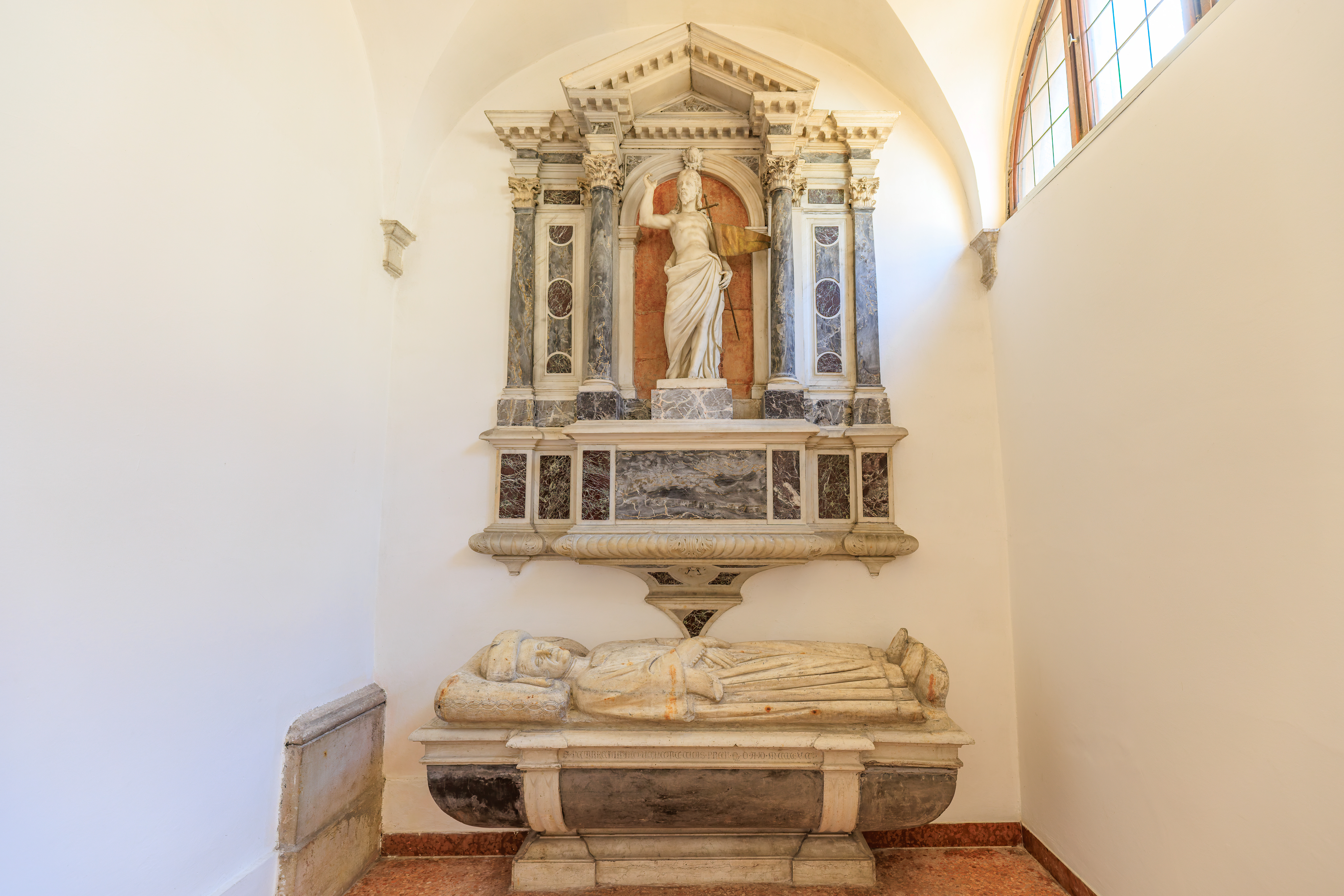
We continued to explore the church…

We passed by this very weathered appearing angel on the way to the campanile (bell tower).
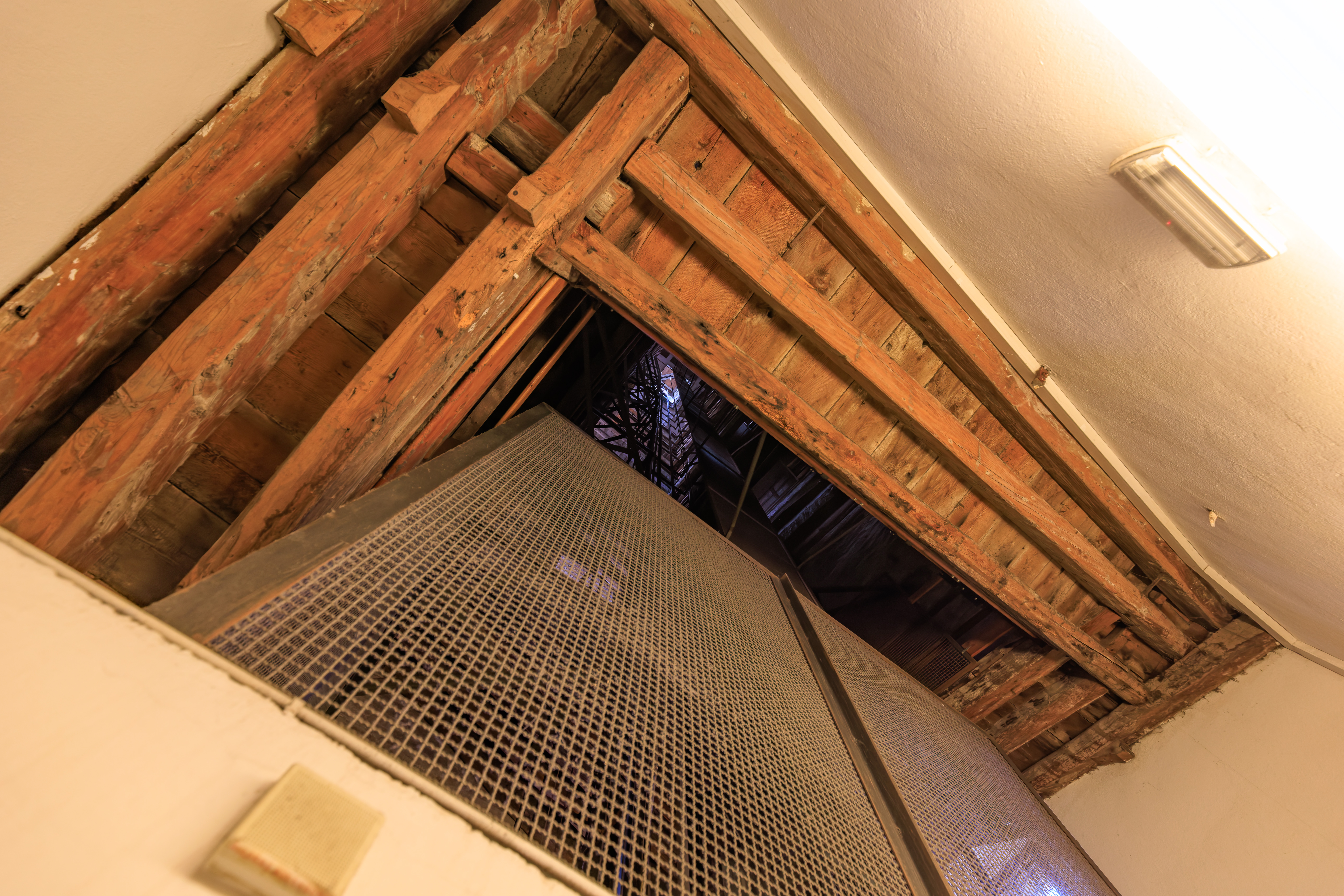
While the church is free to enter, the campanile requires a paid ticket, which we bought. We headed up via a small elevator. Happily, no stairs to climb!
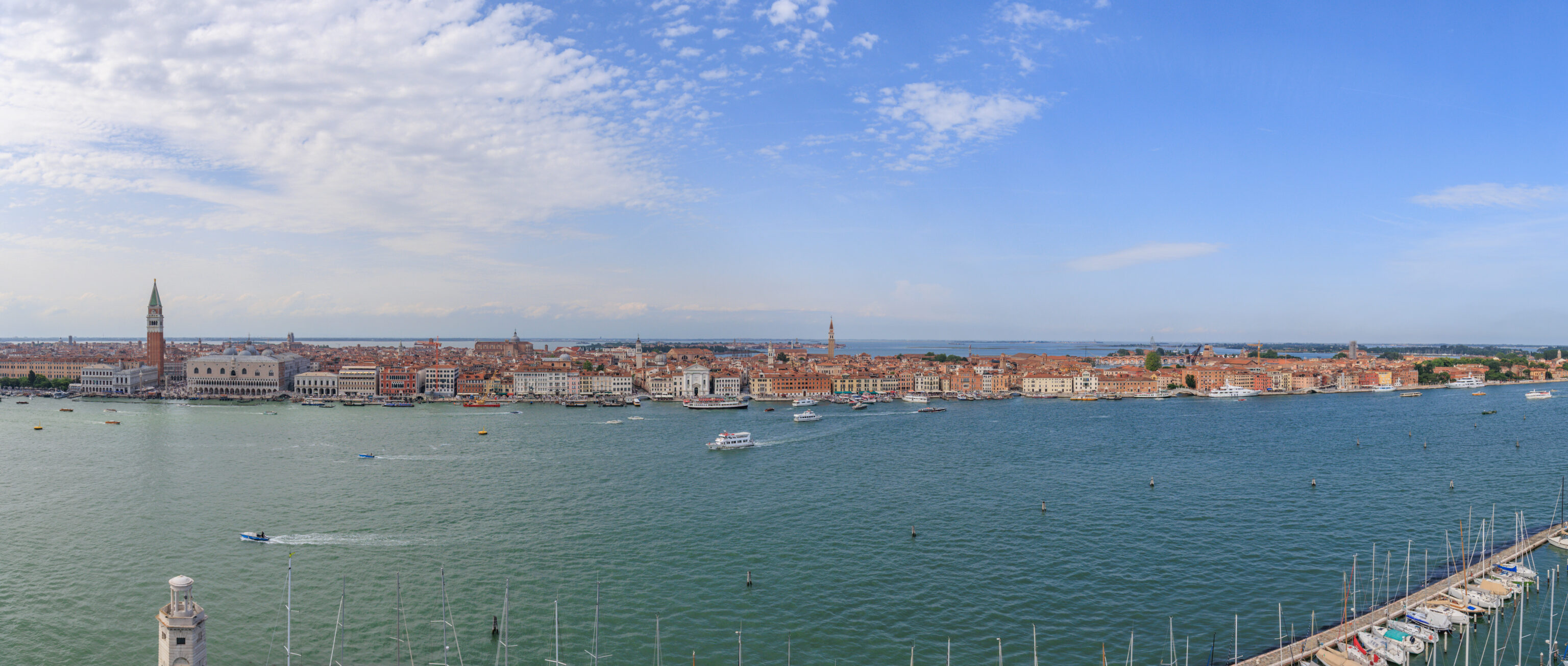
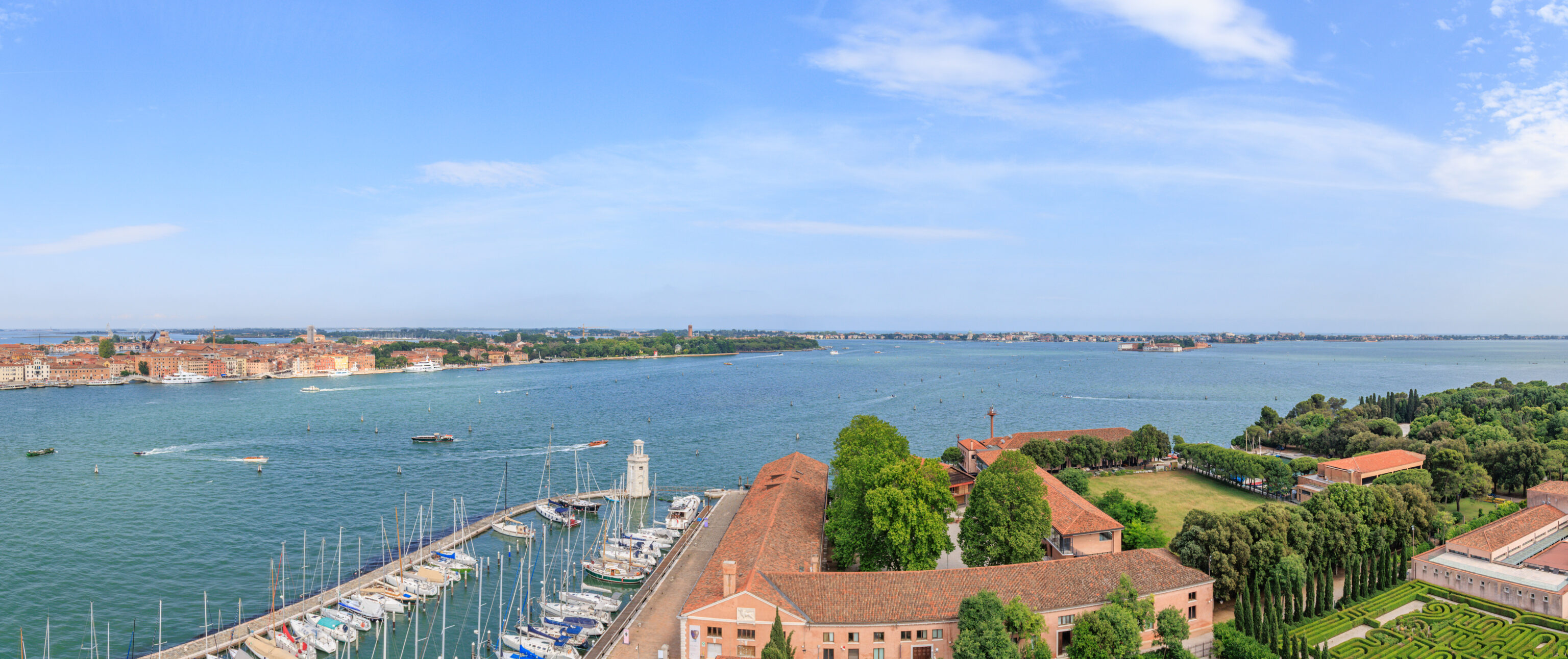

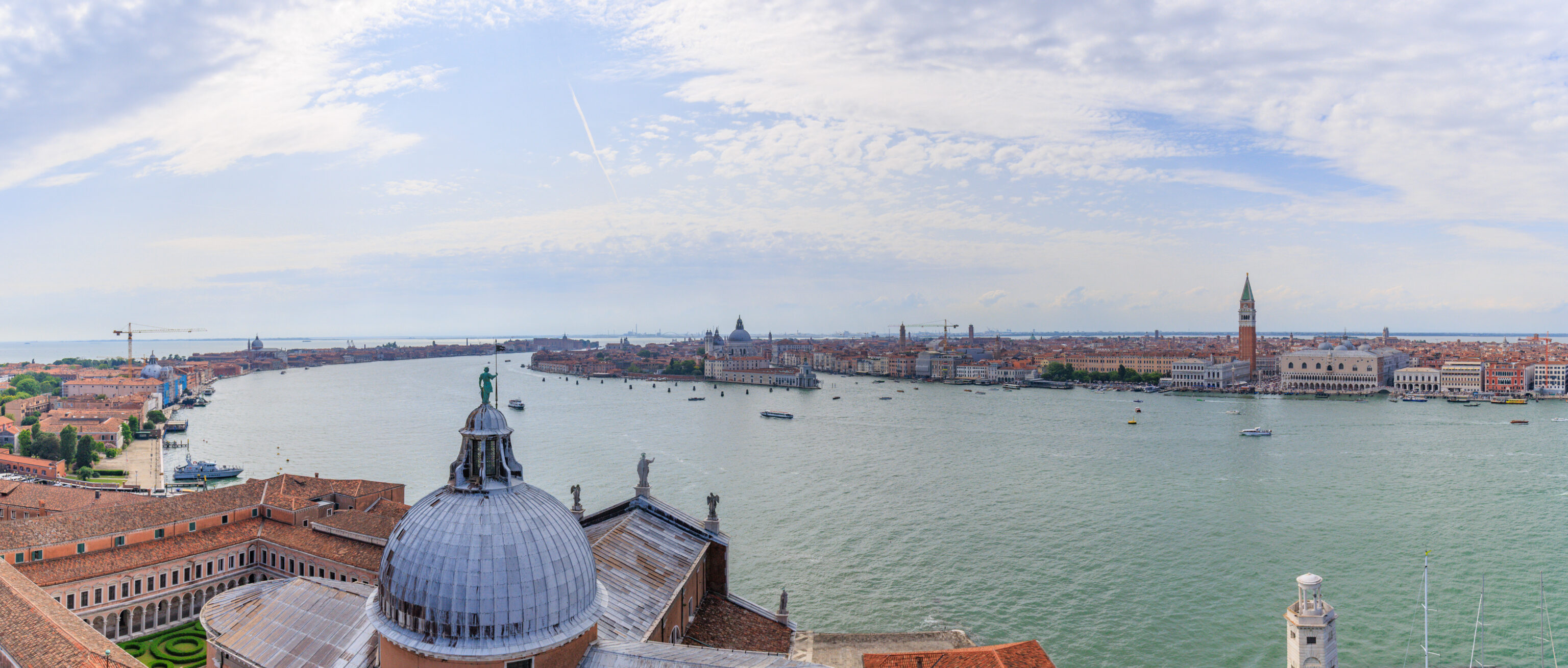
The view from the campanile was fantastic! We photographed the view from each of the four sides of the tower. They are presented above from north to east, south, and west.
While we were in the campanile, the bell was rung once. It was extremely surprising and extremely loud!
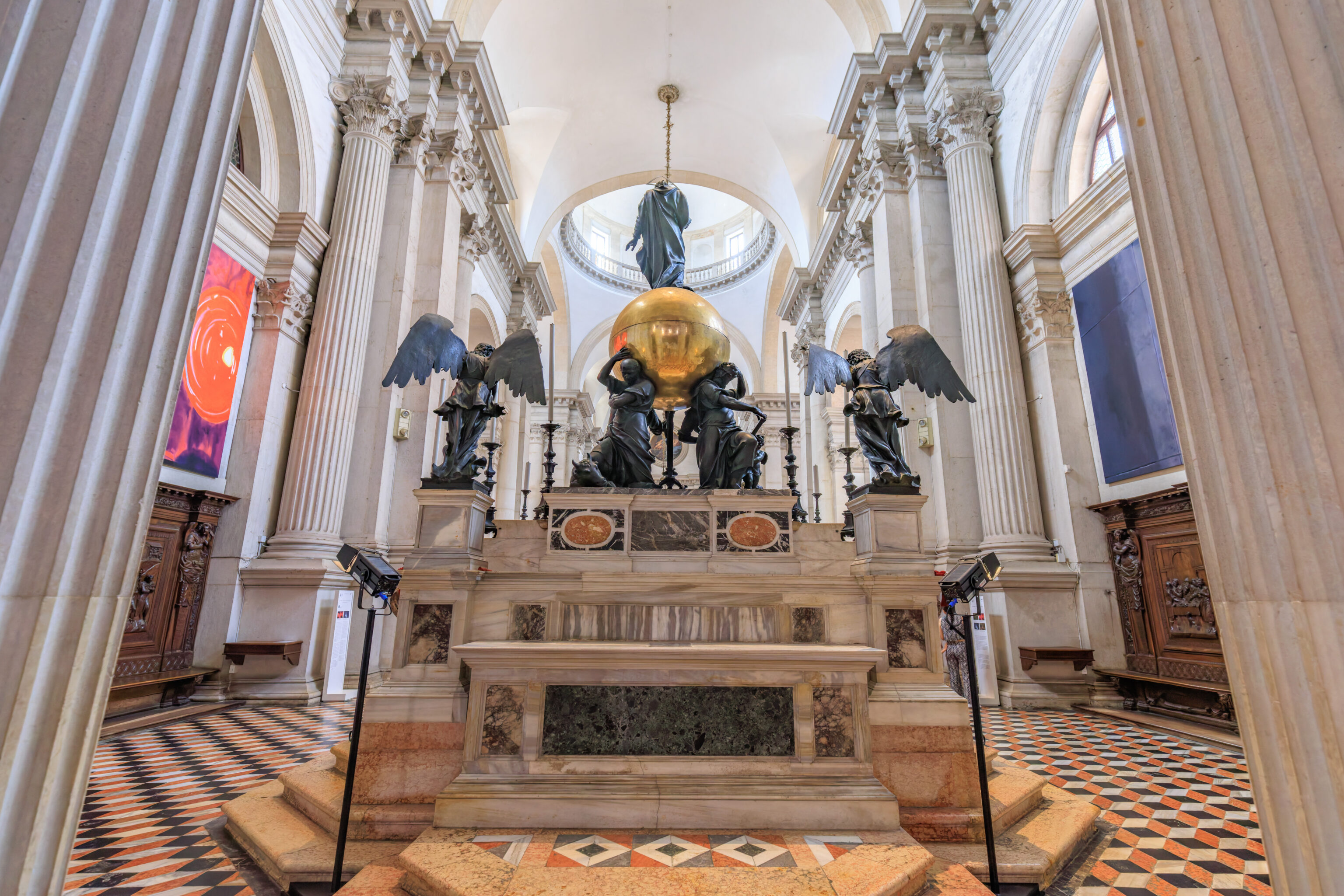
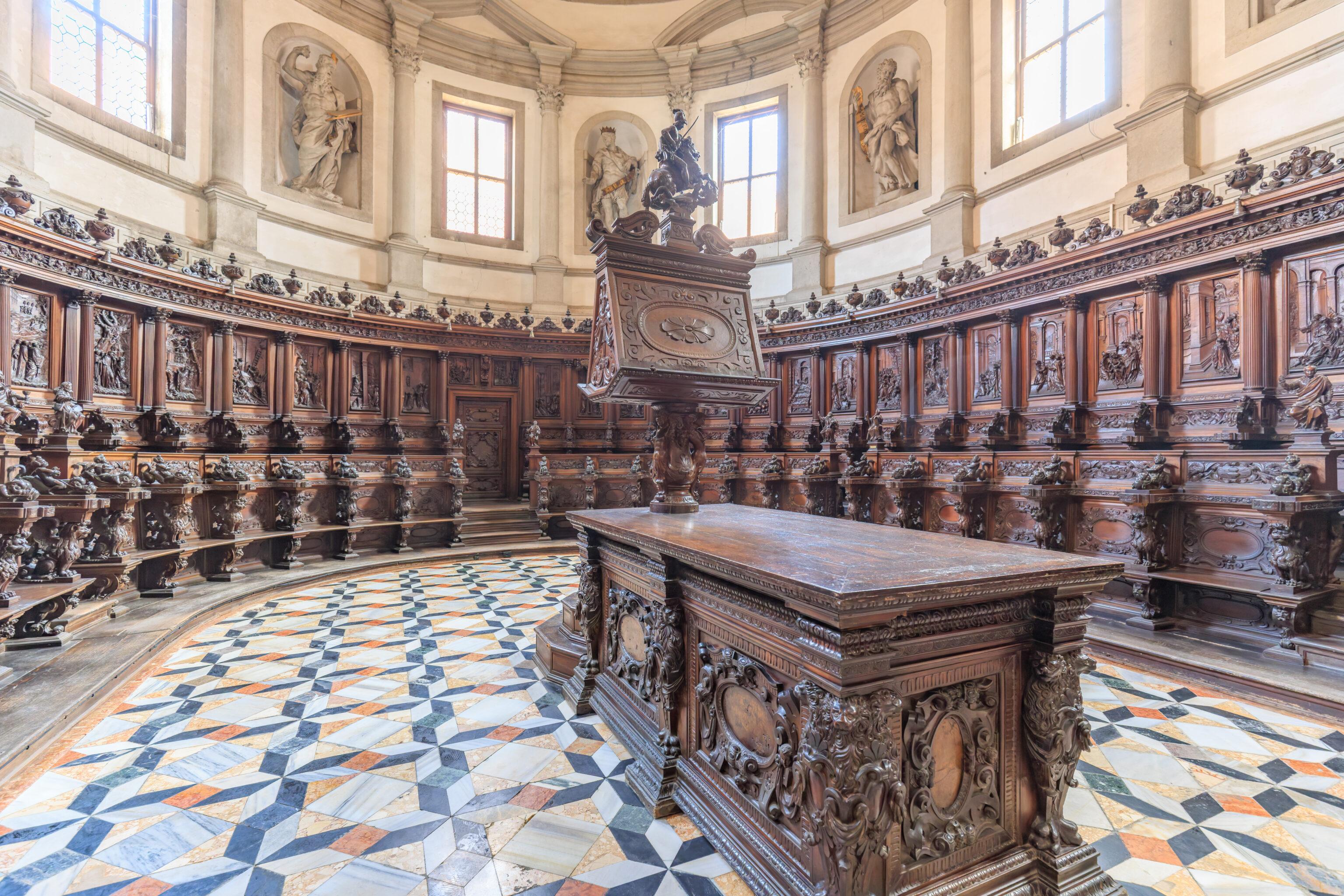
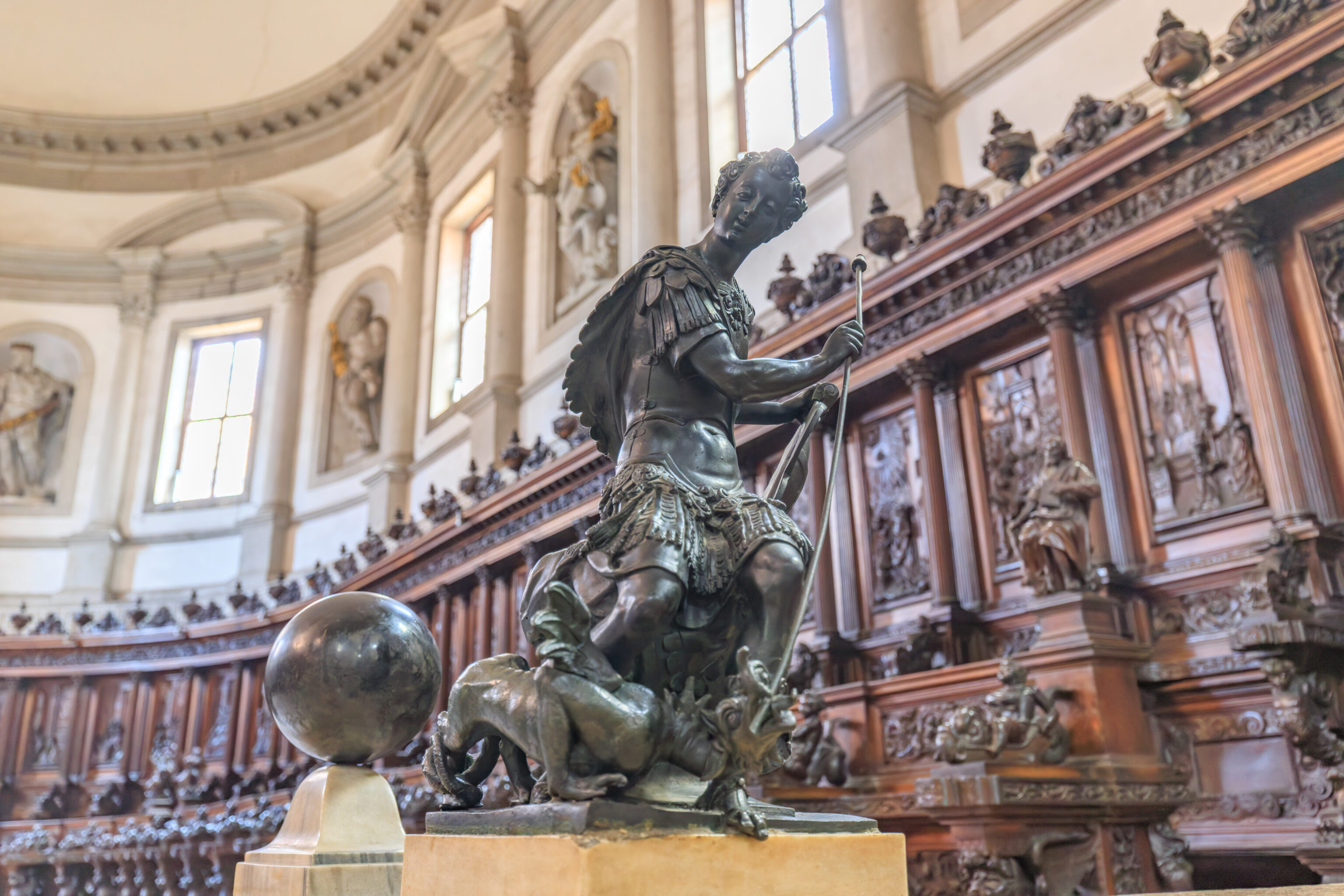
After heading back down, we went to explore the around the altar.
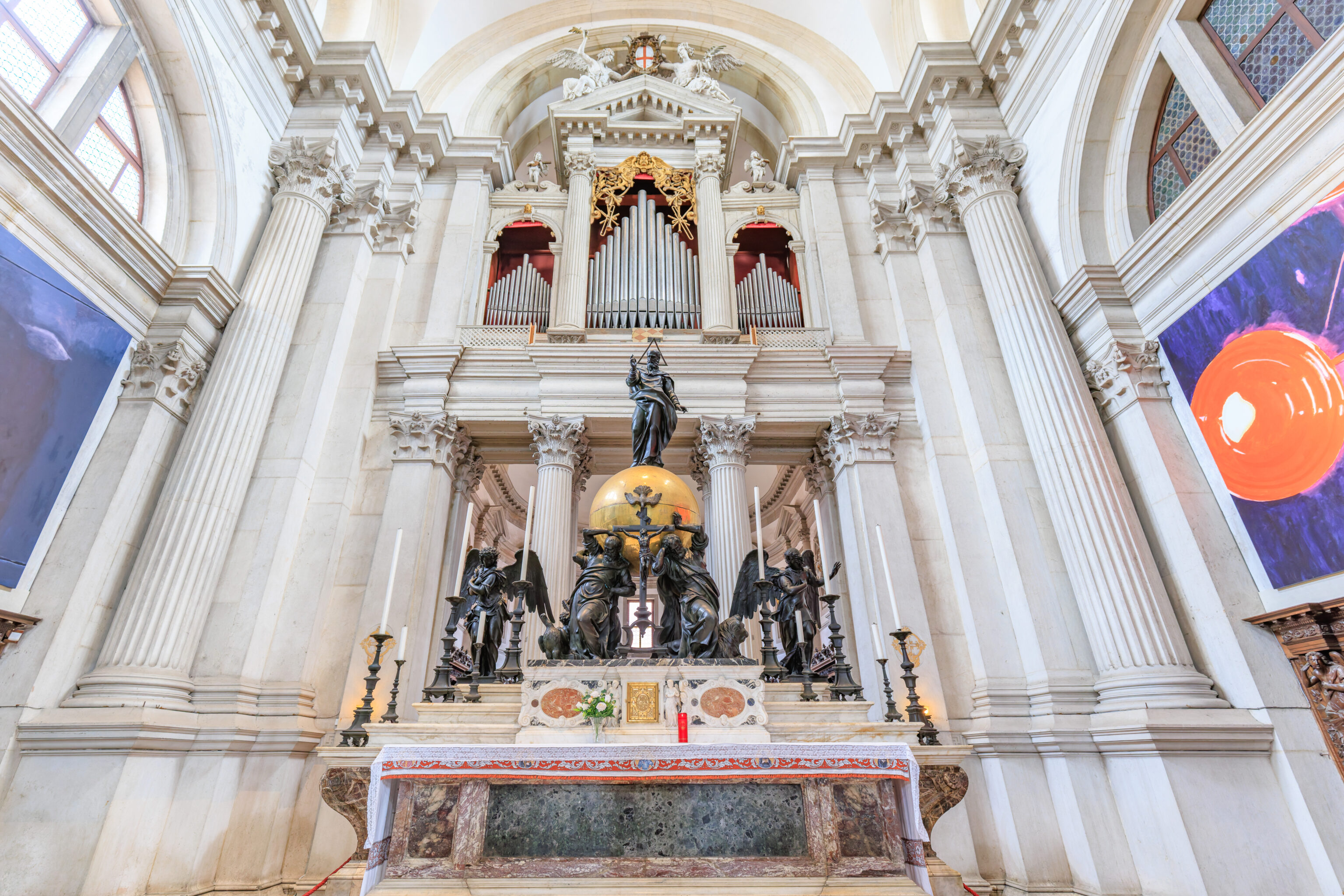
There are actually two signs that explain the two paintings on either side of the altar. They are here temporarily as the original paintings that hung here, Tintorettos from the 16th century, are being restored.
The first sign reads:
Abbazia di San Giorgio Maggiore - Benedicti Claustra Onlus and Draiflessen Collection present, from 9 May to 23 November 2025, a new commission for the main altar of the Palladian Basilica: two new paintings by Luc Tuymans (Mortsel, 1958).
These works will temporarily replace the two large presbytery canvases by Jacopo Tintoretto (Venice, 1518-1594), which are currently undergoing conservation - their first restoration in over fifty years.
The restoration is directed by CBC Conservazione Beni Culturali, promoted by Save Venice with the generous support of the Stracke Family and under the Supervision of the Soprintendenza Archeologia, Belle Arti e Paesaggio per il Comune di Venezia e Laguna.
The second sign reads:
Luc Tuymans - Basilica di San Giorgio Maggiore
9 May - 23 November 2025
The presentation of Heat and Musicians is unprecedented. It is a milestone in the history of church art, in the chronology of art history, in the projects hosted by Abbazia di San Giorgio Maggiore - Benedicti Claustra Onlus, and in Tuymans' oeuvre. Unlike previous interventions by contemporary artists at the Abbazia di San Giorgio Maggiore, which served as additions to the church's setting, Tuymans' paintings are interwoven into the architectural and ritualistic fabric, temporarily replacing the two Tintoretto paintings that have been hanging here for centuries.
The presentation is unprecedented since it brings the exchange between contemporary art and religion to a new level. It exceeds - and undermines - the distinction between secular and religious, aesthetic and devotional, modern and classical. Tuymans' presentation at San Giorgio Maggiore emphasizes the contextual competence of contemporary art, and of his art in particular, to harness and contribute to the circumstances in which it is temporarily displayed.
The impact of Tuymans' current presentation while the two Tintorettos are being restored derives from the given situation but also from its temporariness, its nomadism, and its ad hoc status.
Ory Dessau
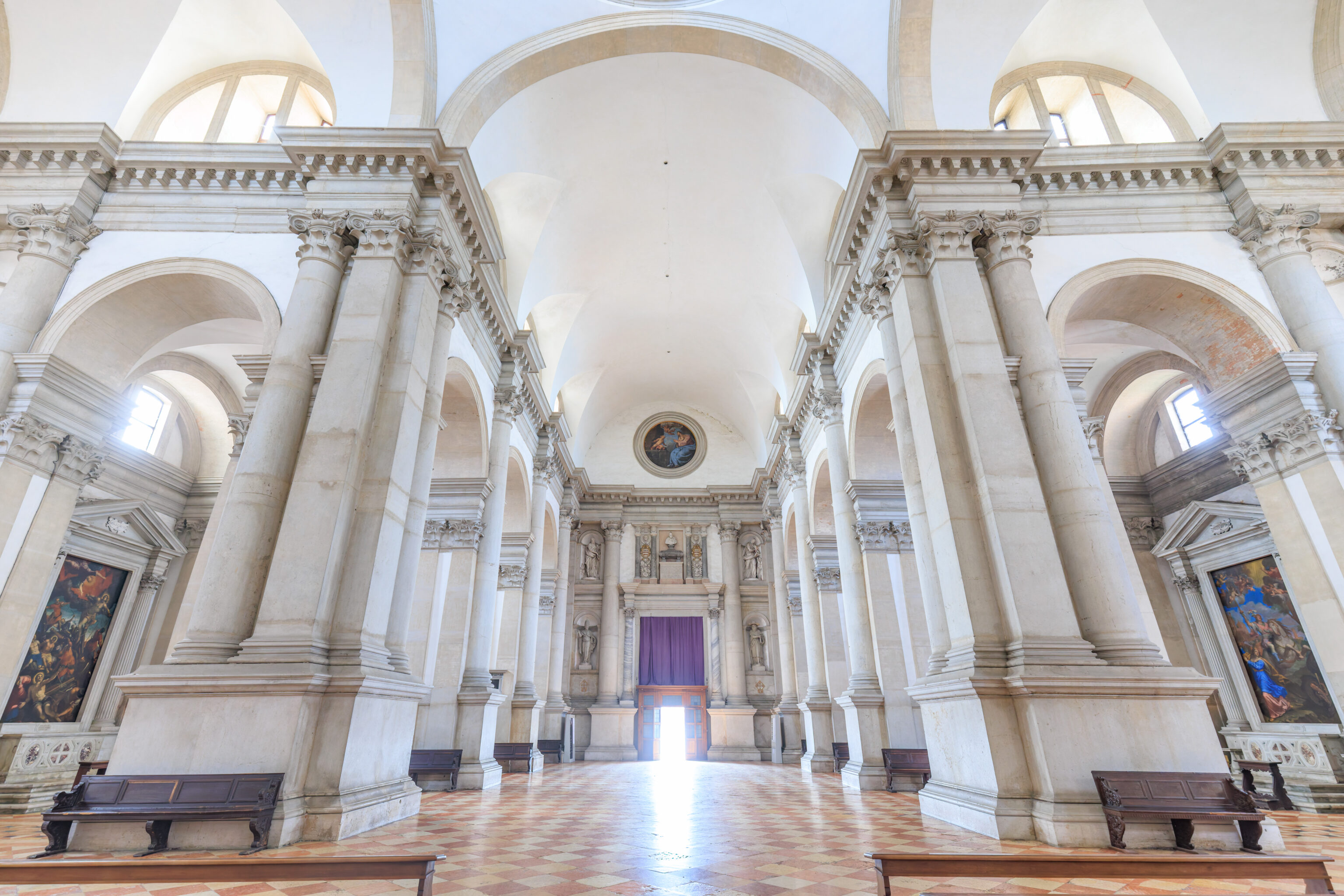
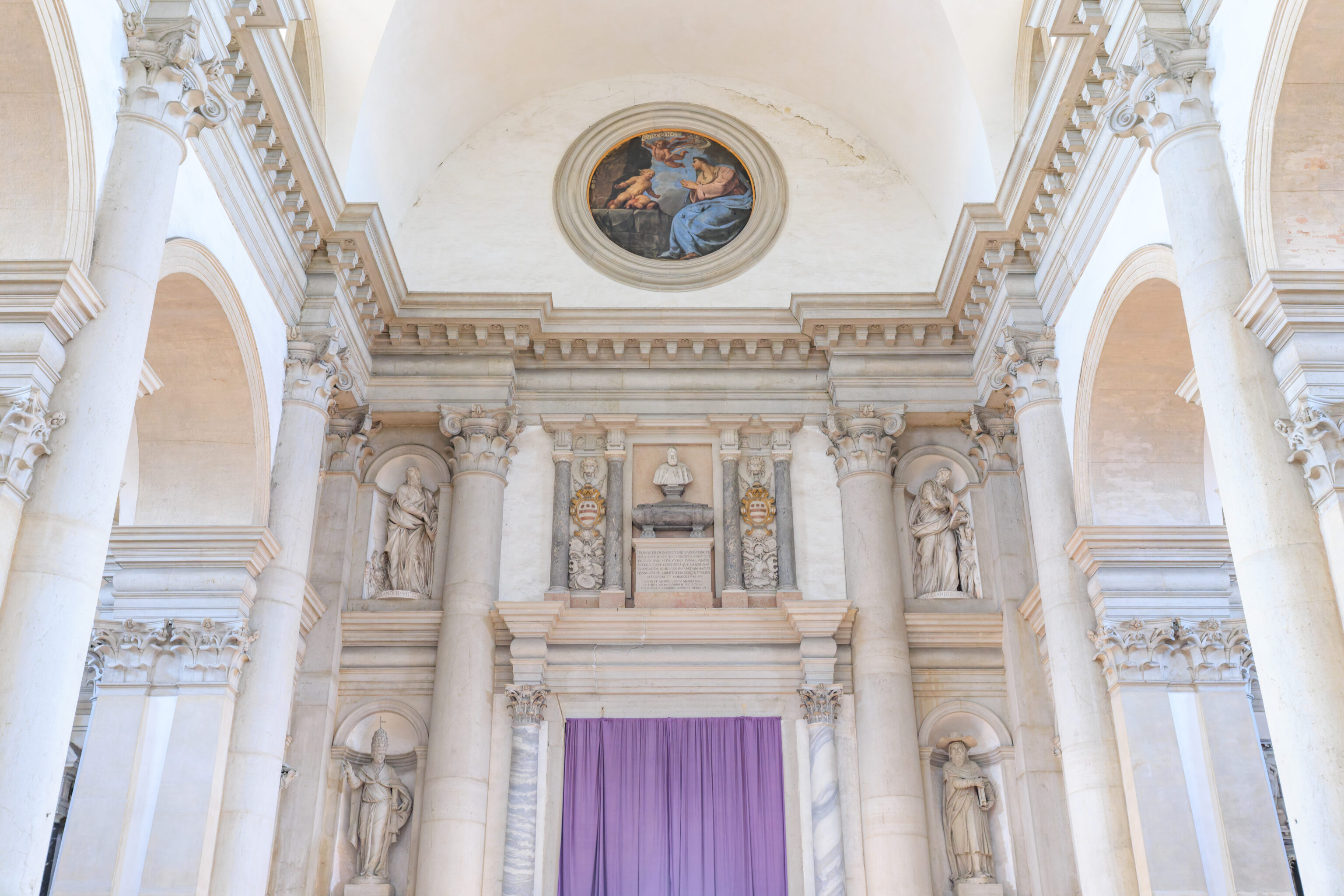
After again stting for a bit, we headed back out.
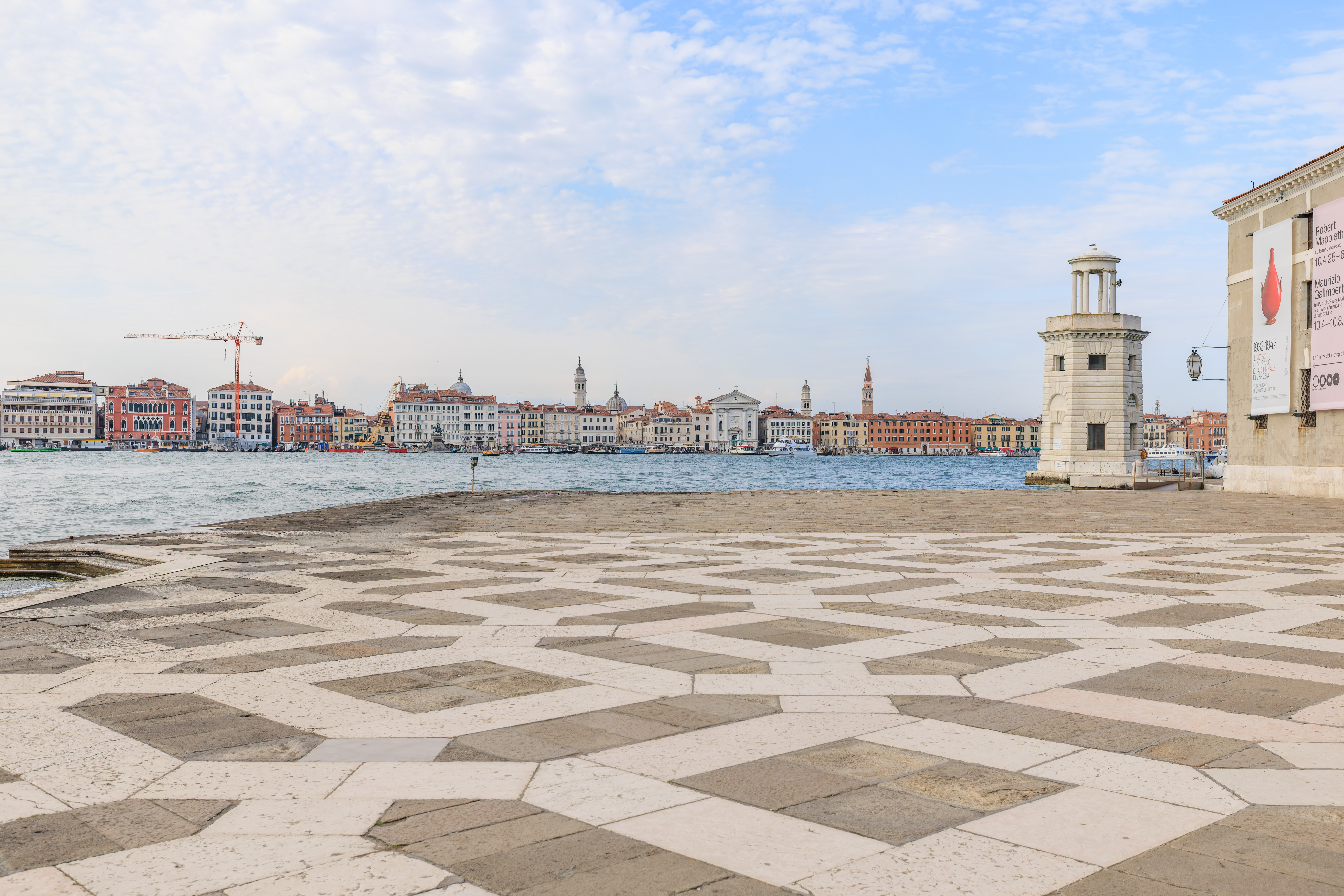
Once outside, we decided to return to the Hyatt Centric via Venice.
Venice
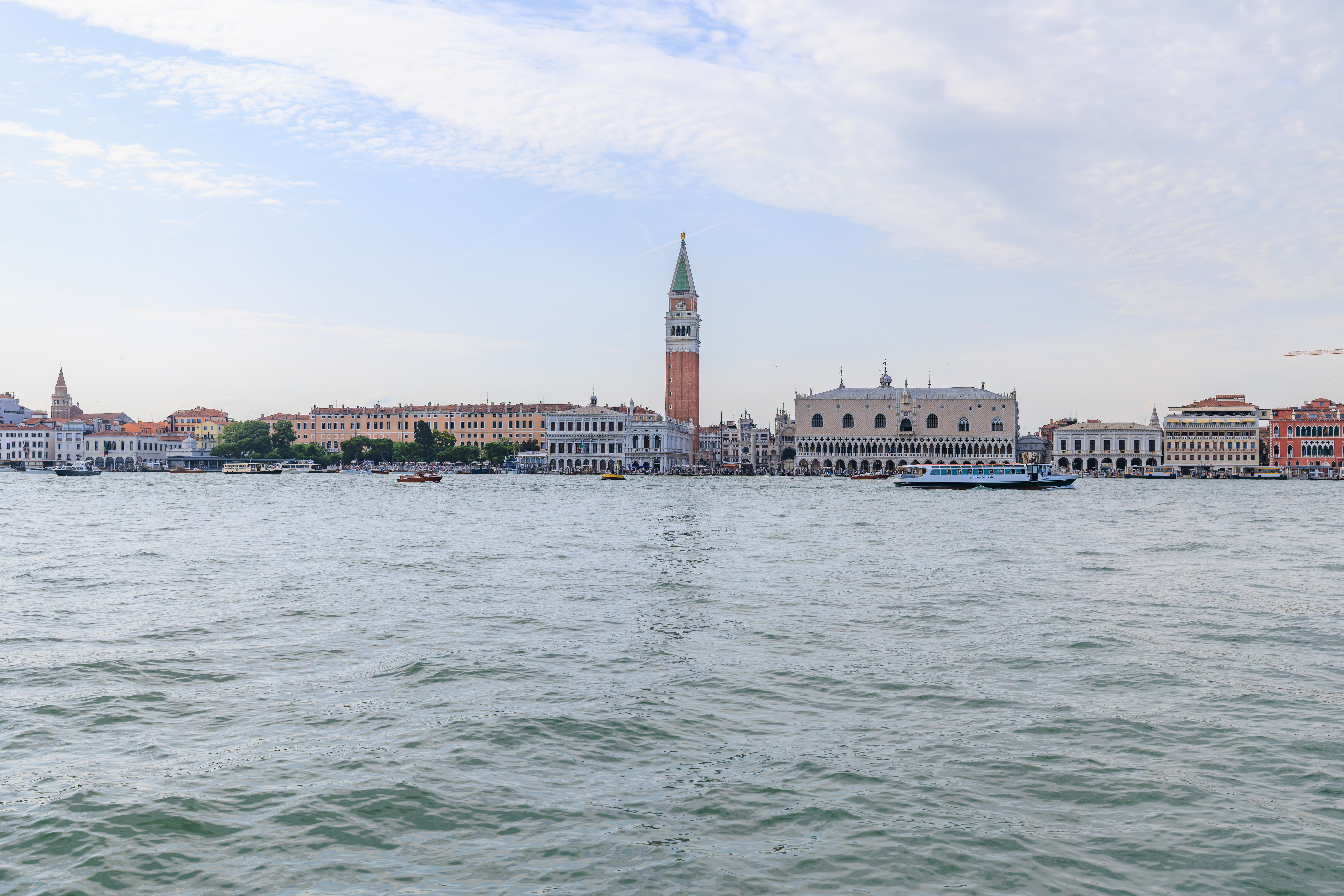
We caught the next Line 2 vaporetto to the next stop, S. Marco-San Zaccaria.
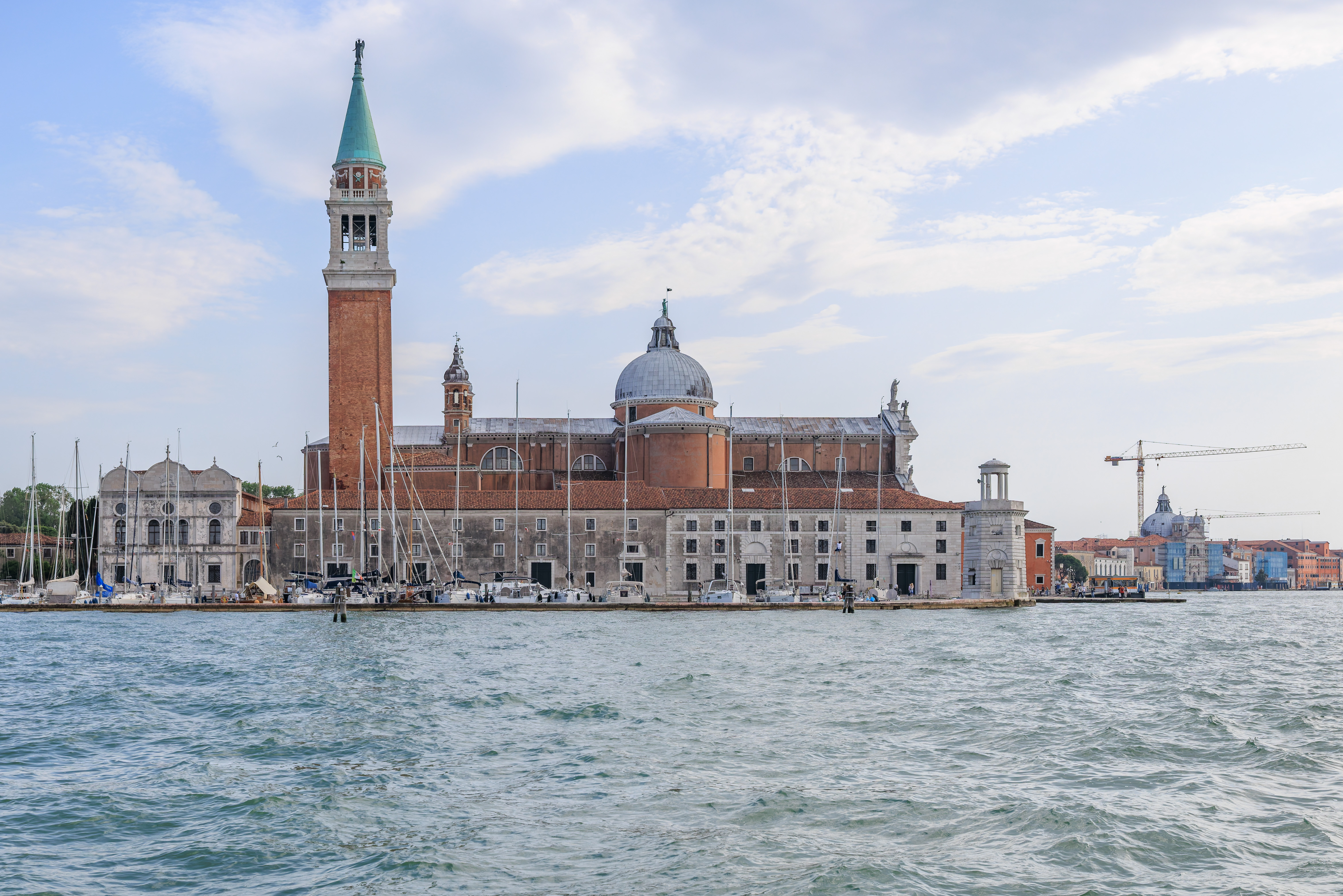
San Giorgio Maggiore as we left it behind.
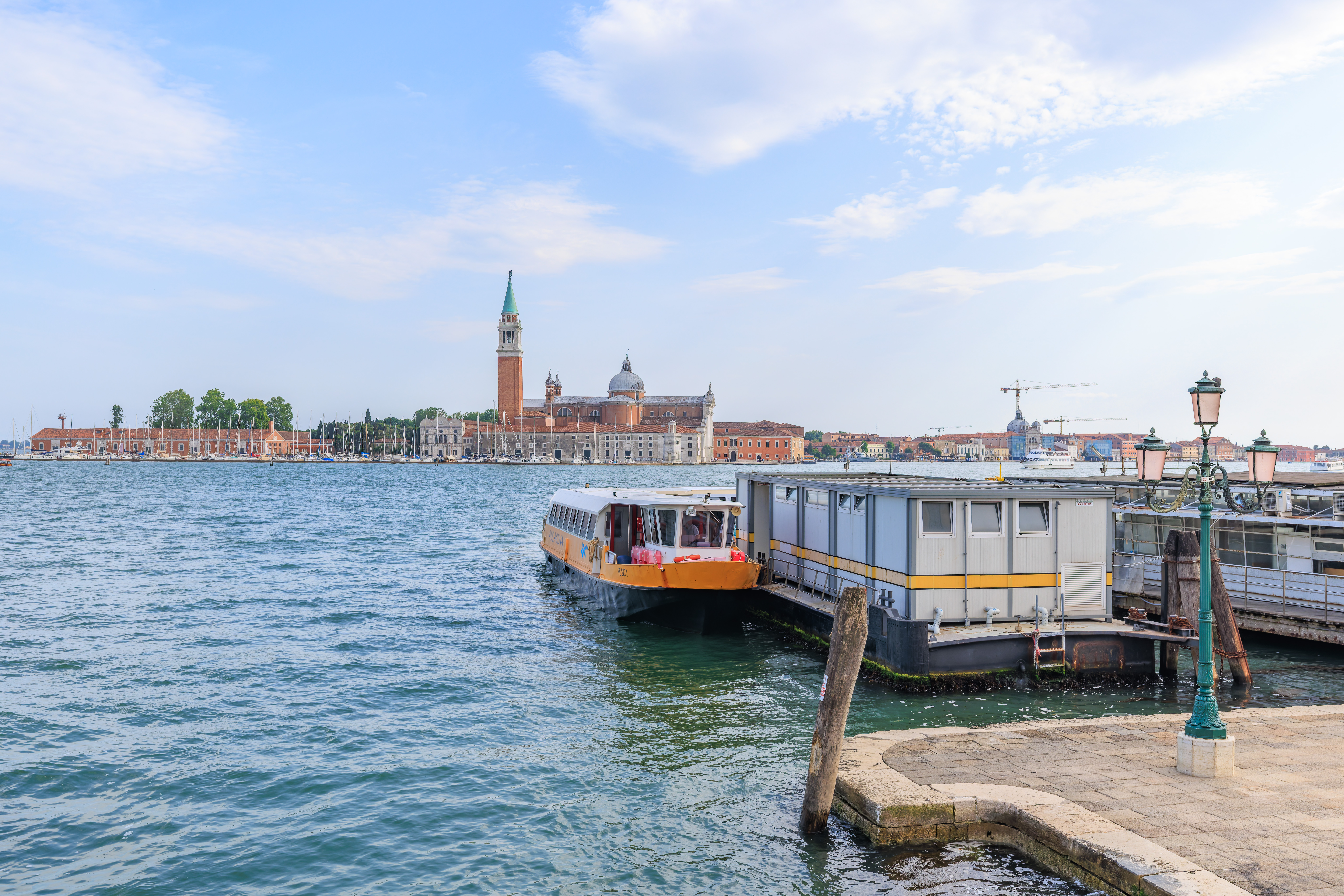
The same view after we got off the vaporetto. We realized that the Campanile di San Giorgio Maggiore actually leans a bit.

We decided to walk to the east and get dinner before continuing on. This was the view from the Ponte de la Pietà looking to the west, in the opposite direction of where we’re going.
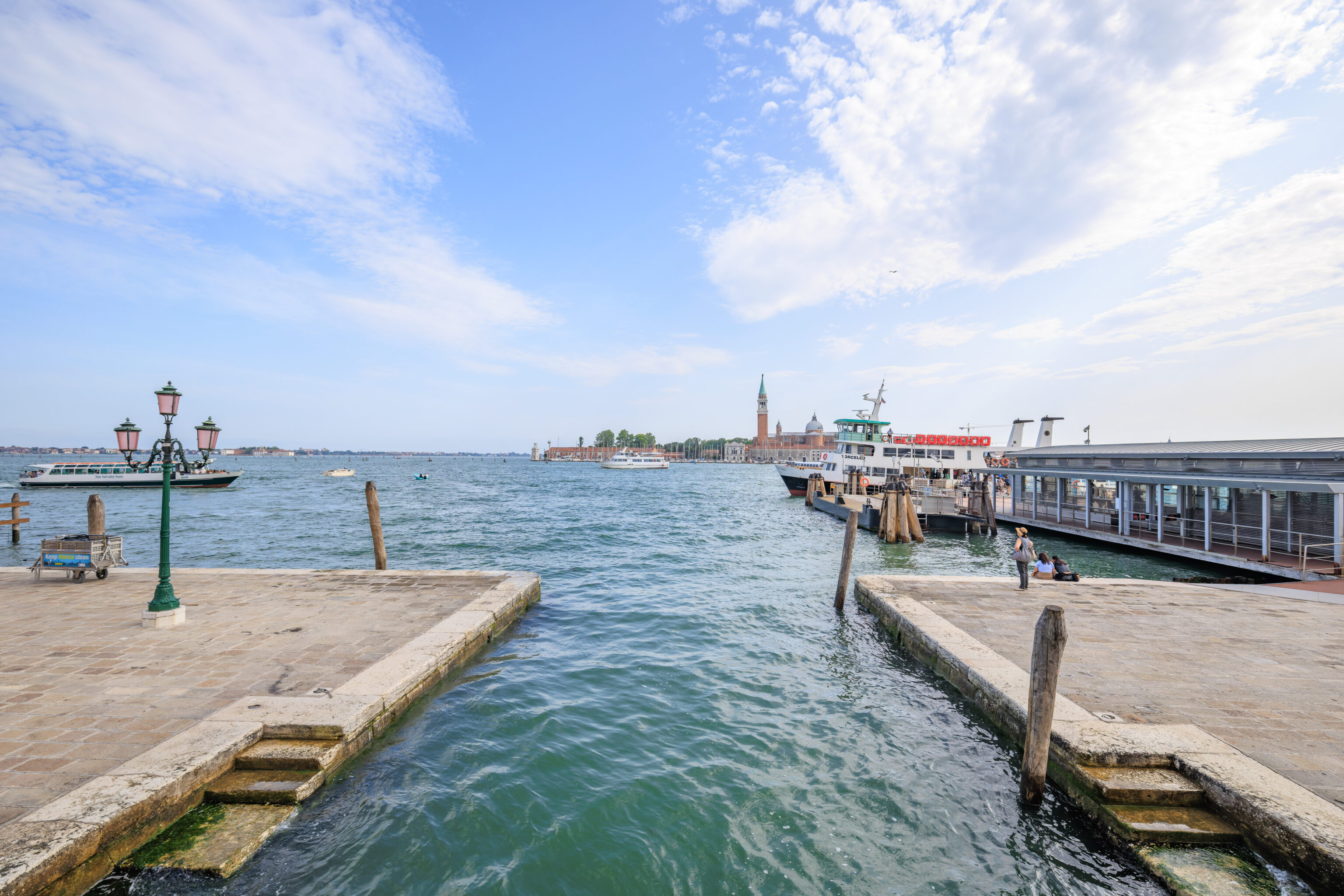

The view in both directions from Ponte del Sepolcro, the bridge over the next canal to the east.
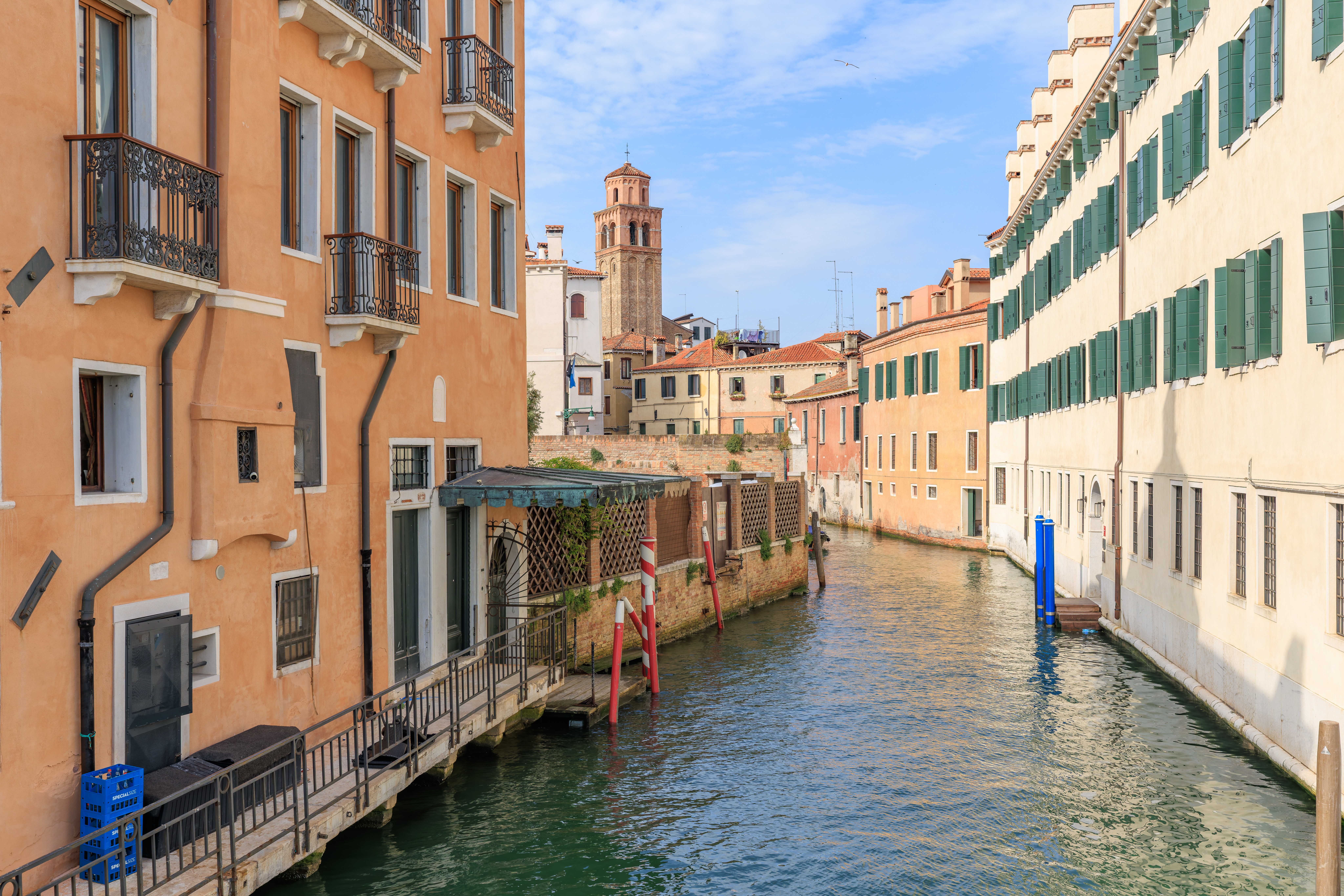
And the view inland from the next bridge, Ponte de la Ca’ di Dio.
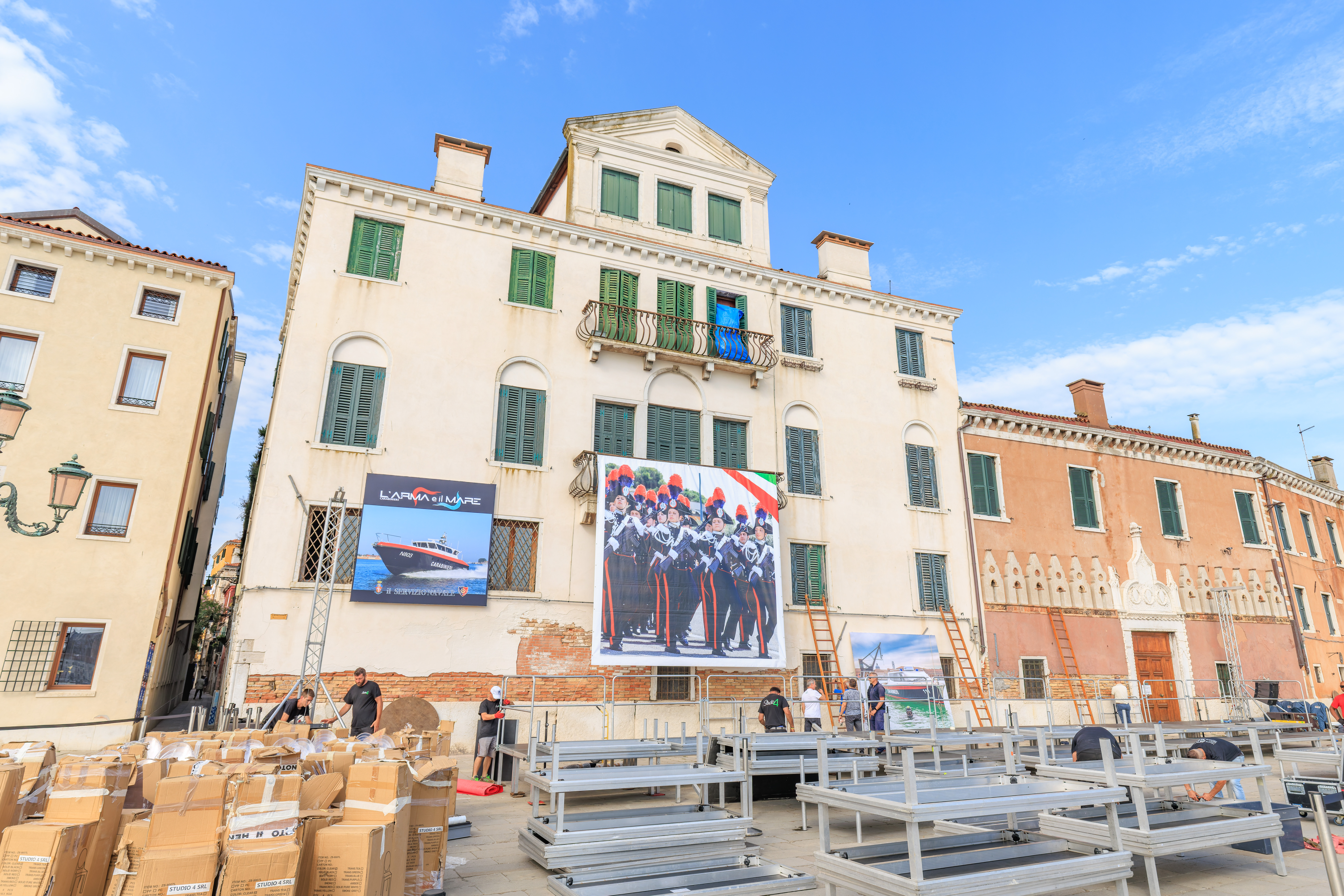
Continuing to the east, we passed by a stage that was being set up for some event related to the Carabinieri‘s naval force.

The view of San Giorgio Maggiore from Ponte San Biasio delle Catene, the next bridge to the east.
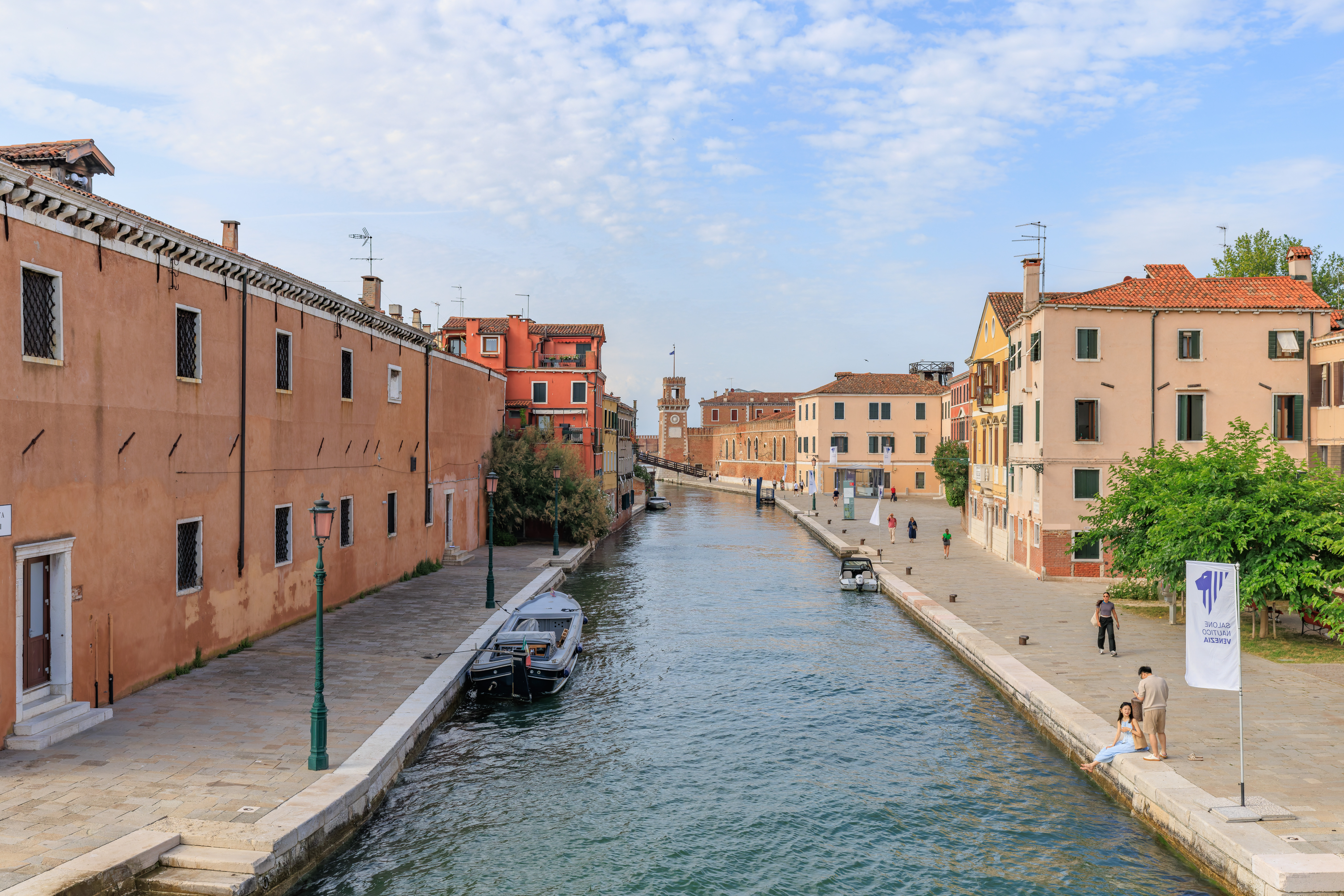
And the view looking inland. The restaurant we decided to eat at, La Nuova Perla, was by the next bridge, the Ponte de la Veneta Marina.
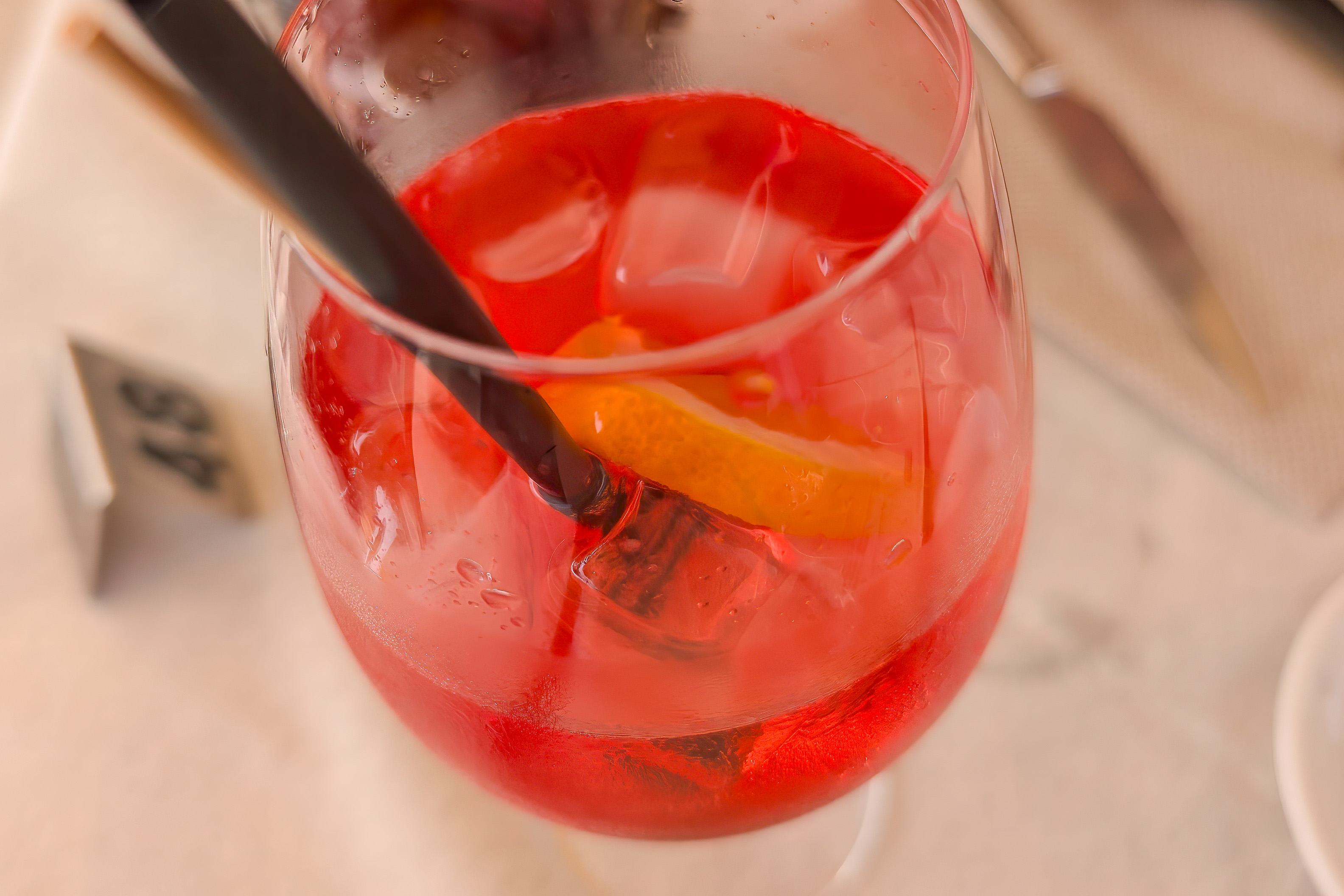
Again, we started with a drink.
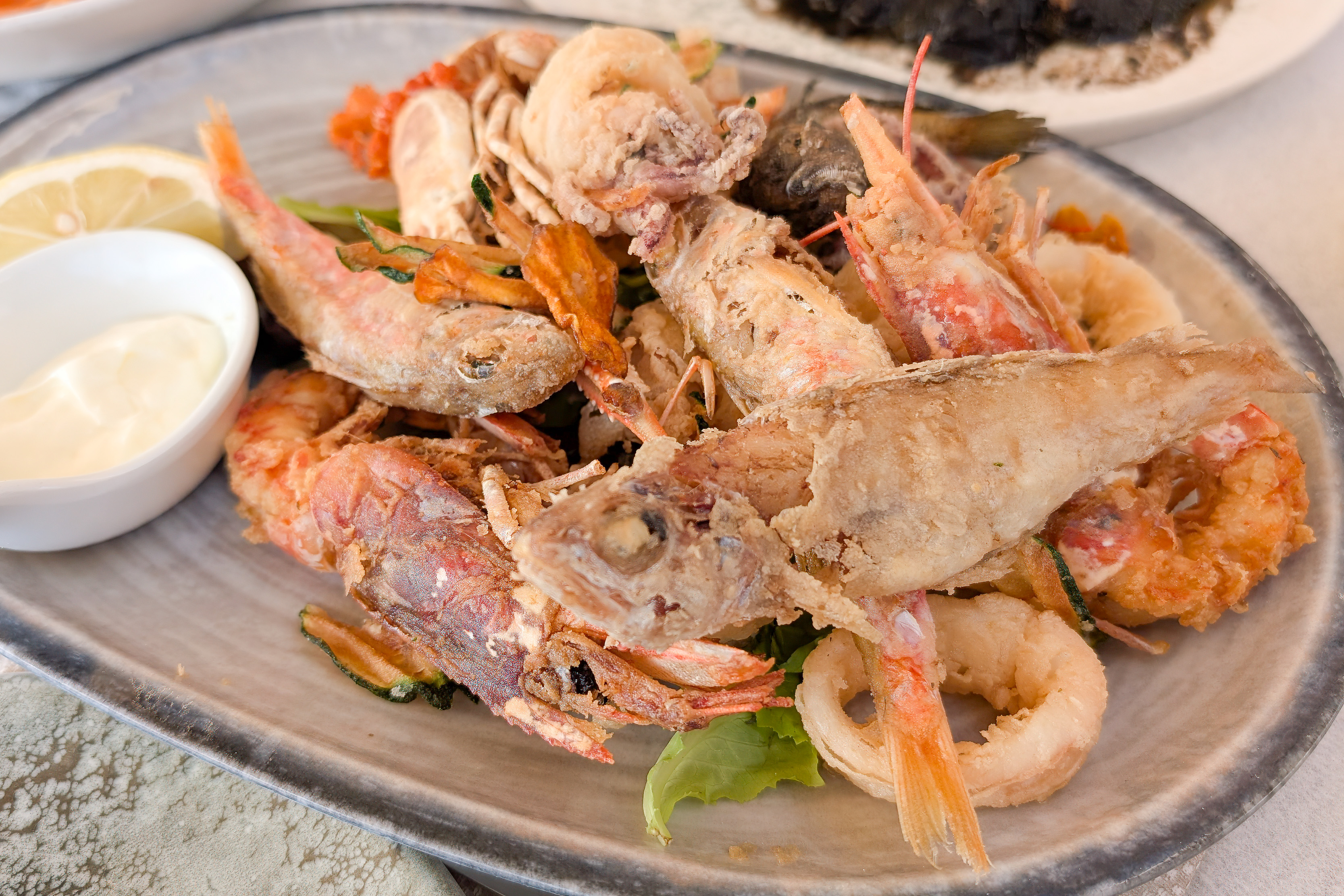
We ordered a few things we haven’t had before here in Venice. We tried the fried seafood platter. We were a bit surprised that they had the fried small fish, it’s not something we’ve encountered in Western cuisine before. Overall it was pretty decent. It was very light on the grilled vegetables though, just a few extremely tiny pieces!

The cuttlefish was pretty good, it was extremely tender and absolutely drowned in cuttlefish ink sauce.
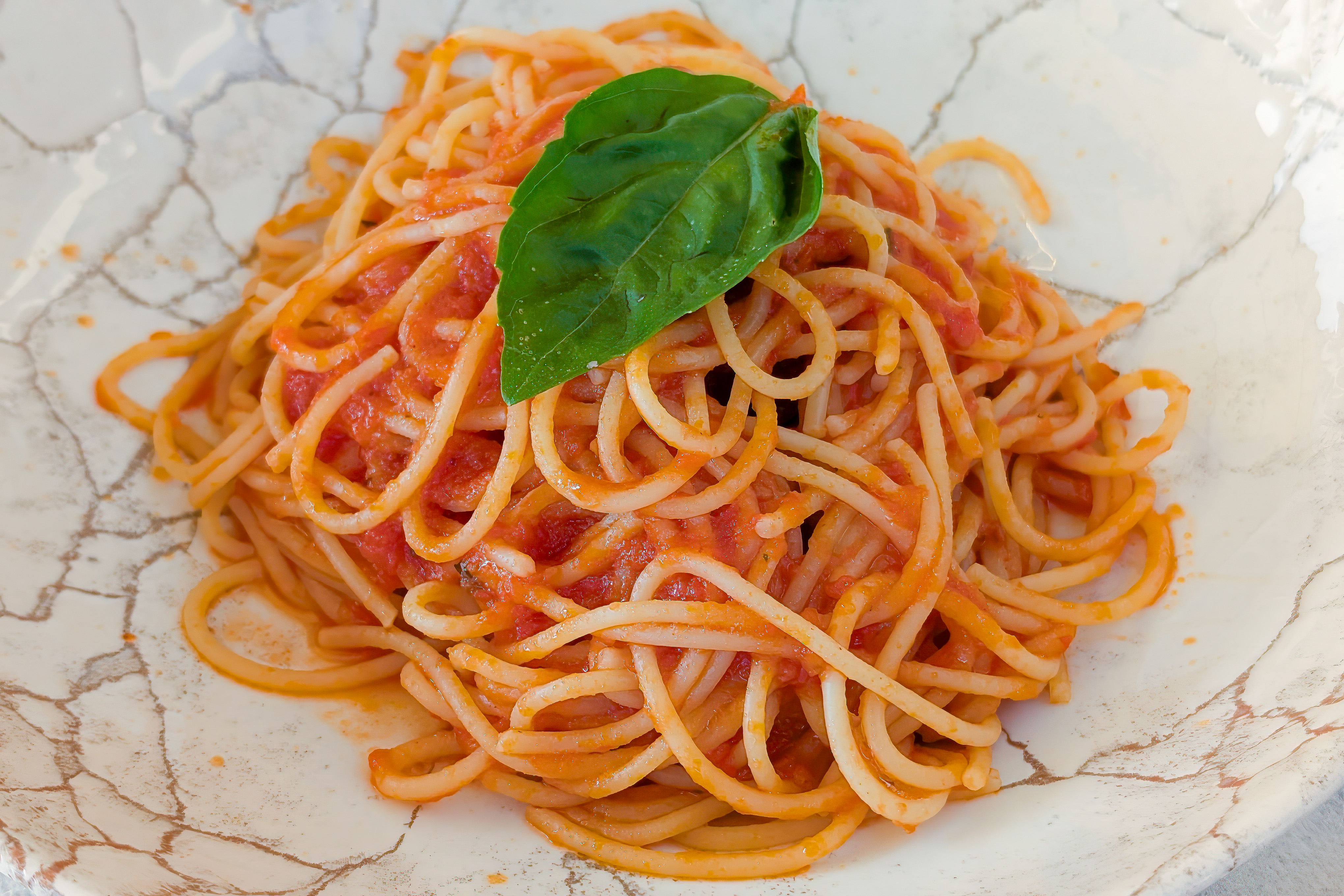
The spaghetti was also good, we didn’t try to get anything fancy as we just wanted to see what plain old spaghetti would be like.


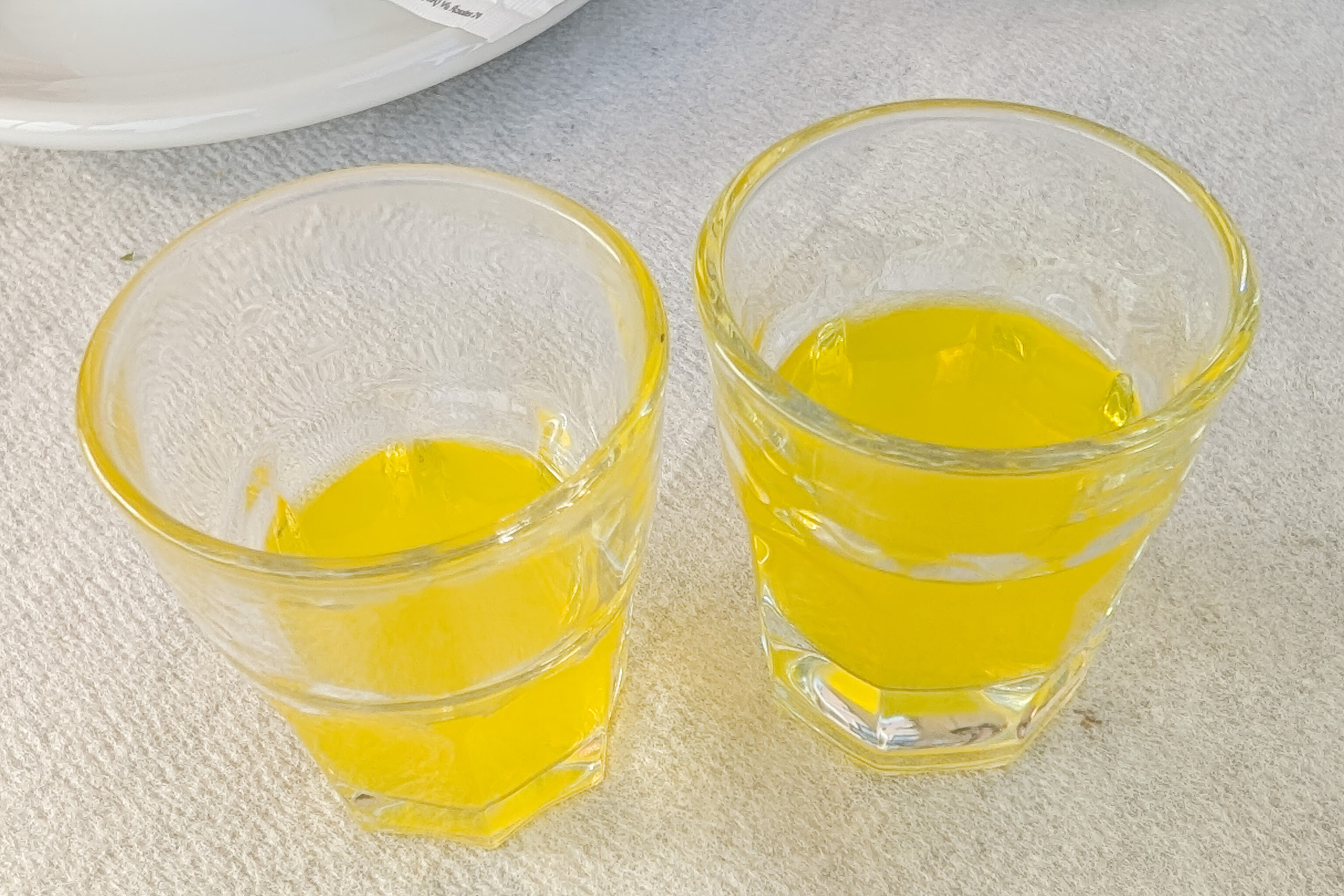
We also ordered some coffee after the meal. Complimentary dessert drinks were provided as well.
Overall a decent meal, but the waiters were pretty pushy about trying to get us to order more and they tried to push some contactless card onto my phone to give themselves a 5* rating. Very annoying. Though perhaps not as annoying as the tip-wanting waiters in Munich, which so far is probably still our least favorite city in Europe!
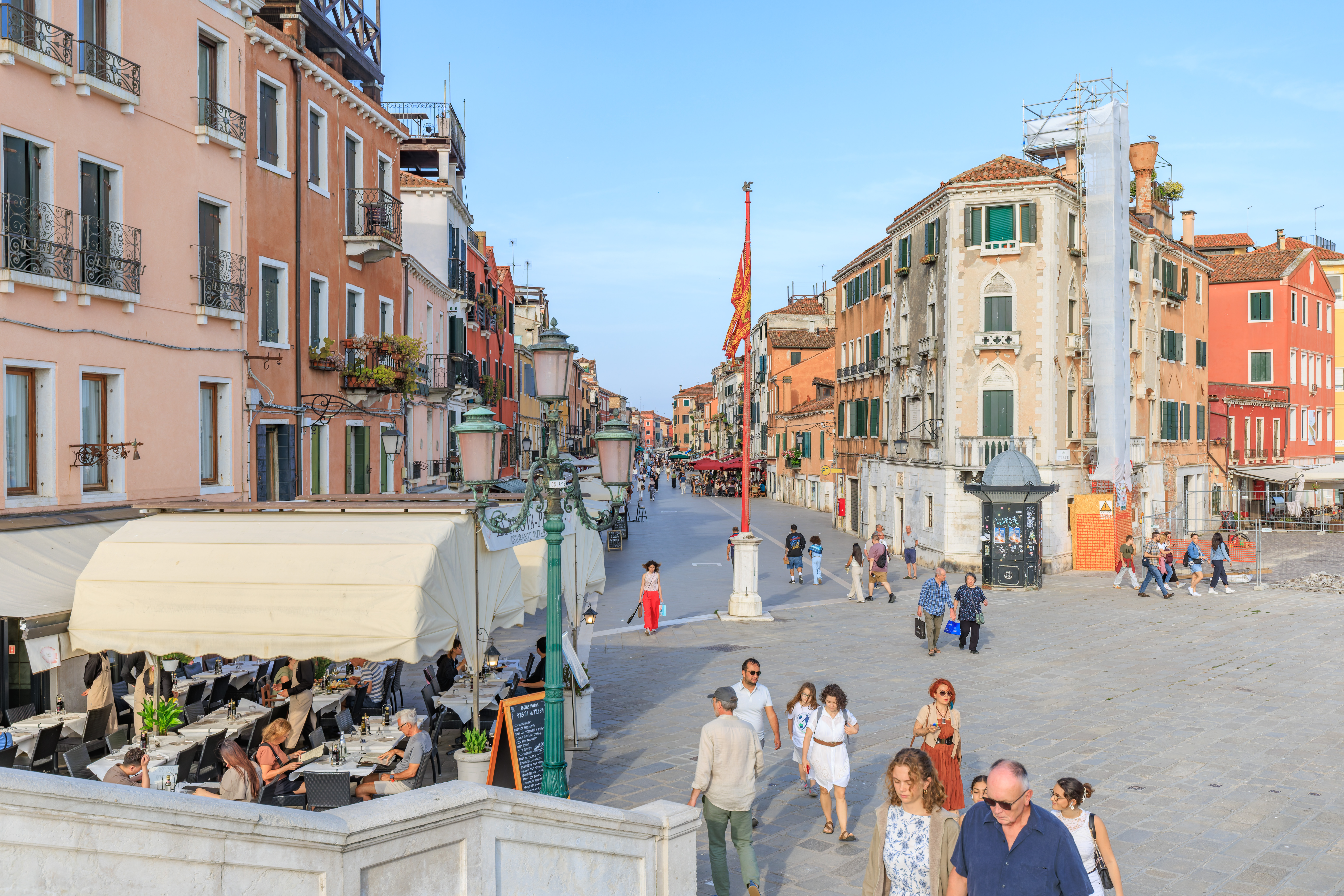
La Nuova Perla and the small piazza beyond, as seen from the adjacent bridge.
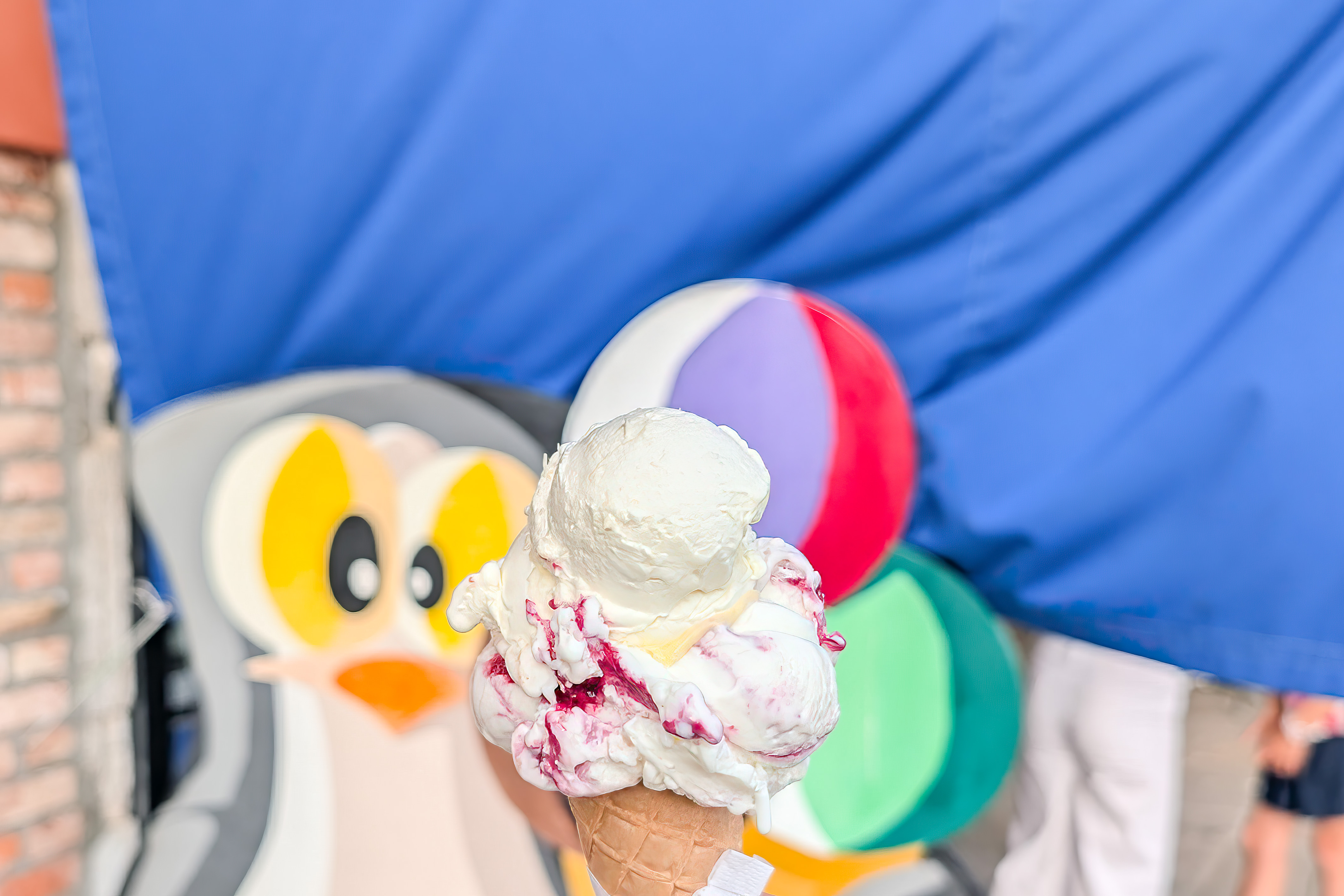
We then walked over to Il Pinguino, a gelato shop that we backtracked across the bridge to visit. We got pineapple and cherry flavors. Pineapple in particular isn’t really common. Like our previous gelato, it was very good!
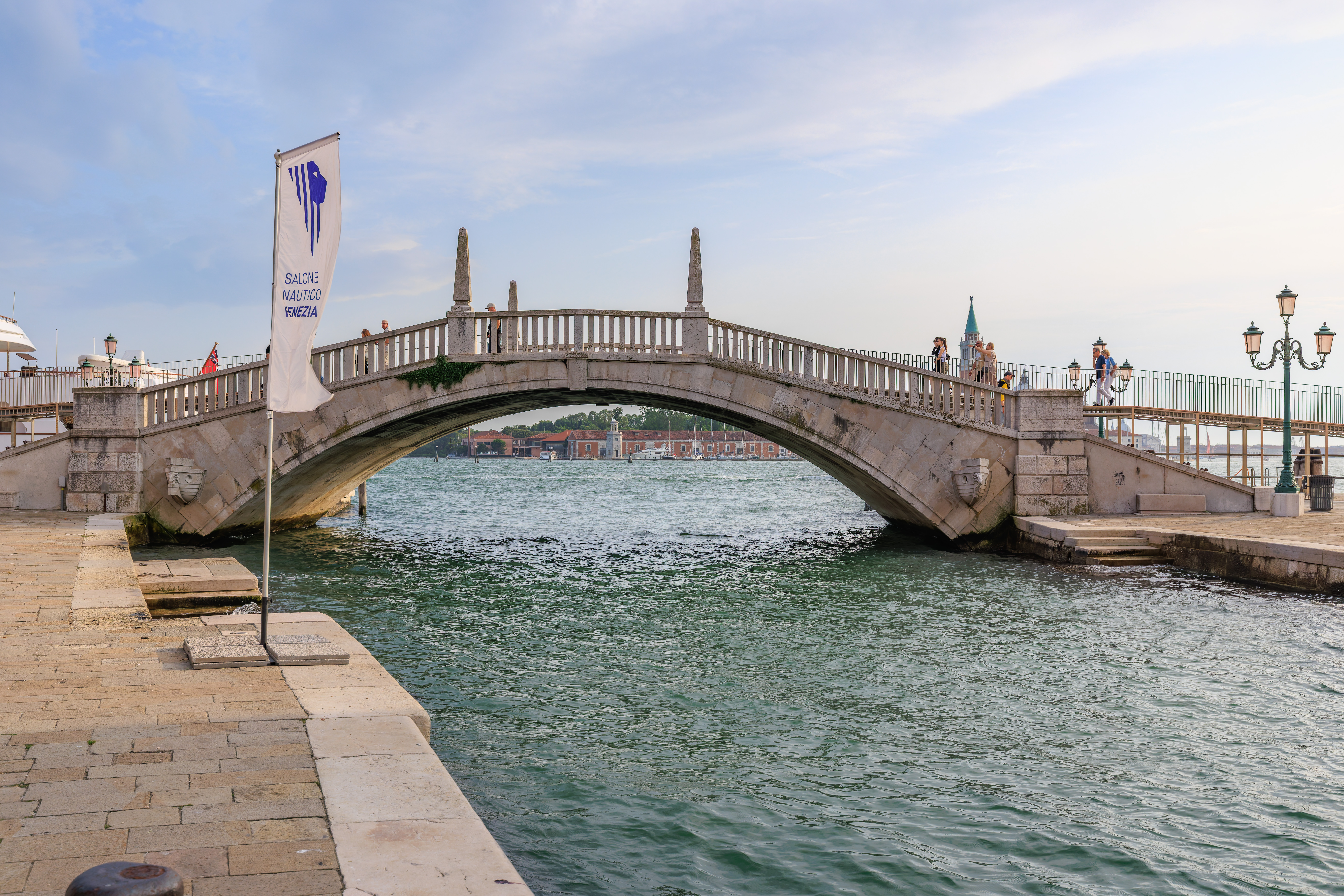
We returned to the next bridge to the west, Ponte San Biasio delle Catene, seen here, and started walking inland to the north.
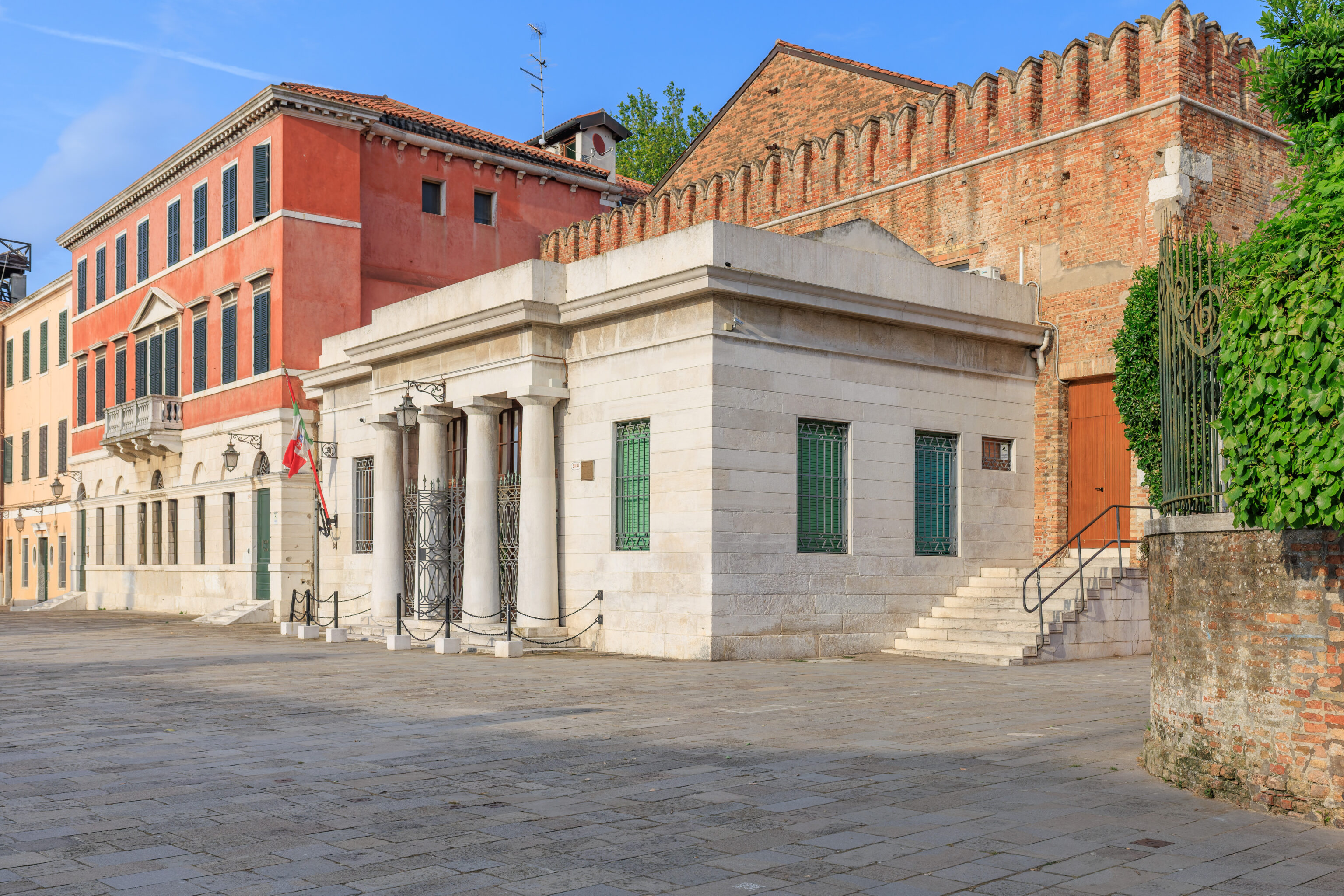
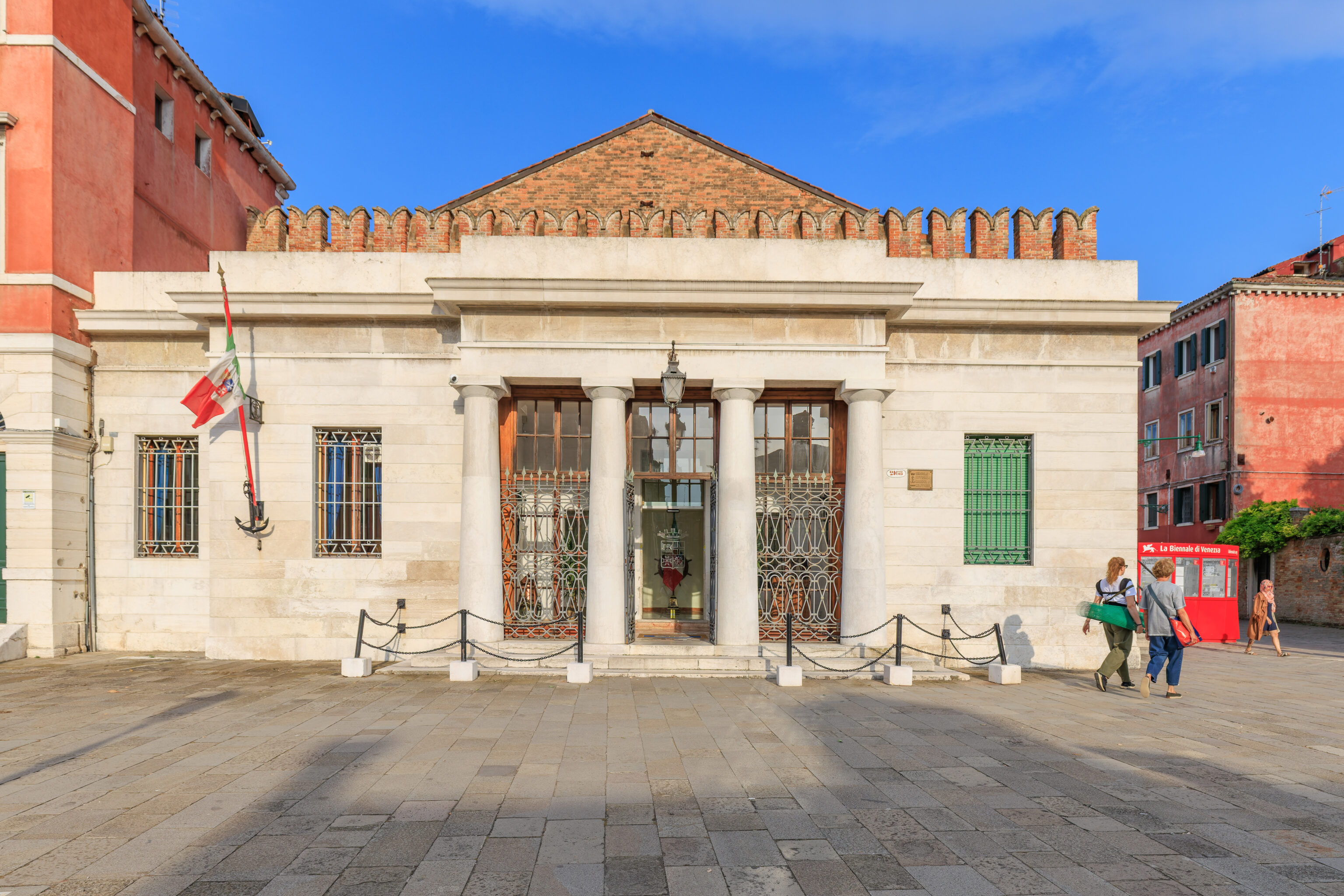
This small building that we passed on our right seemed to have something to do with the Navy. On OpenStreetMap, it is identified as the Circolo Ufficiali Marina Militare Venezia (Navy Officers’ Club of Venice).
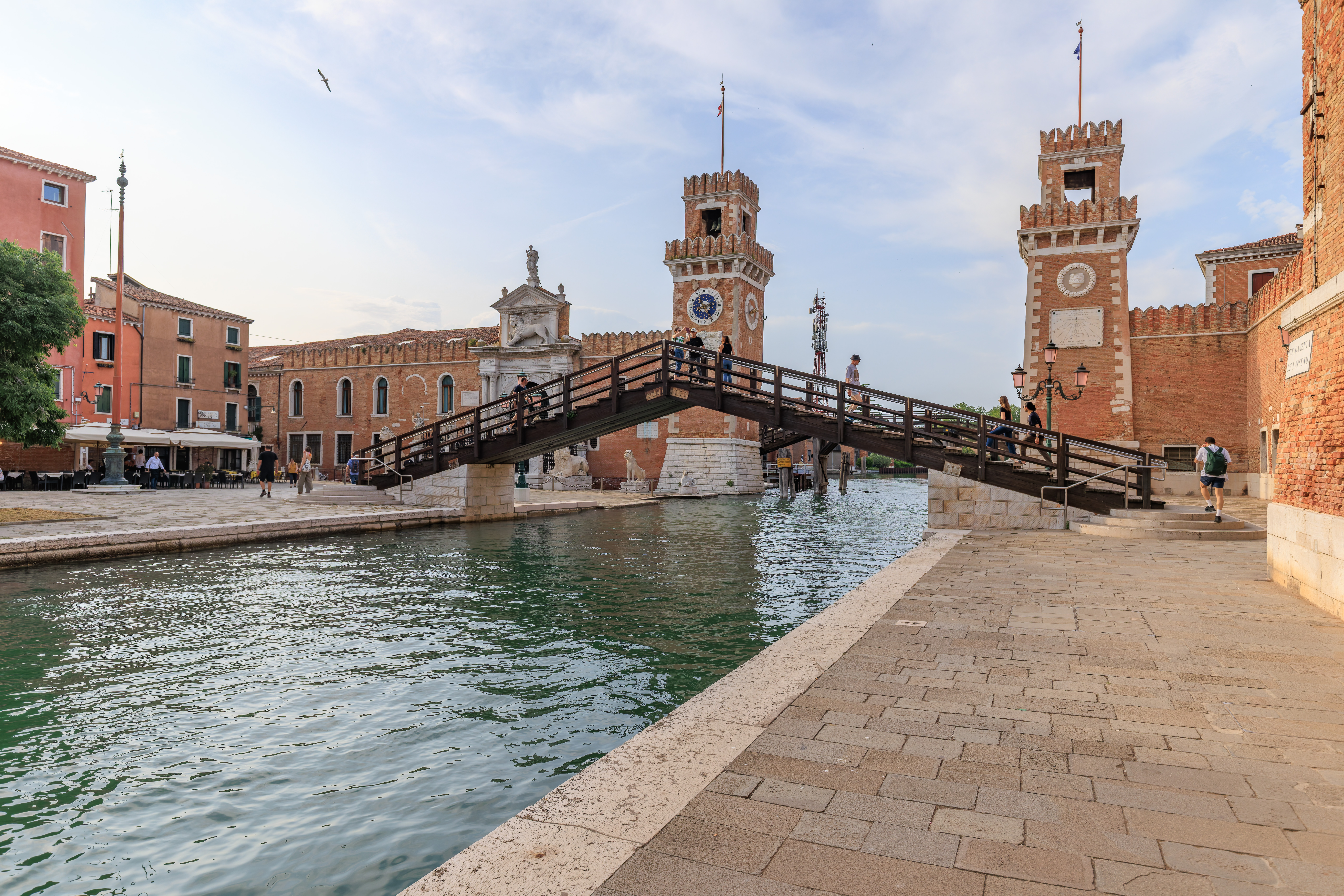
Up ahead, we came to the Arsenale di Venezia. This was formerly a naval facility for the Venetian Republic and now seems to be a mixed-use facility.
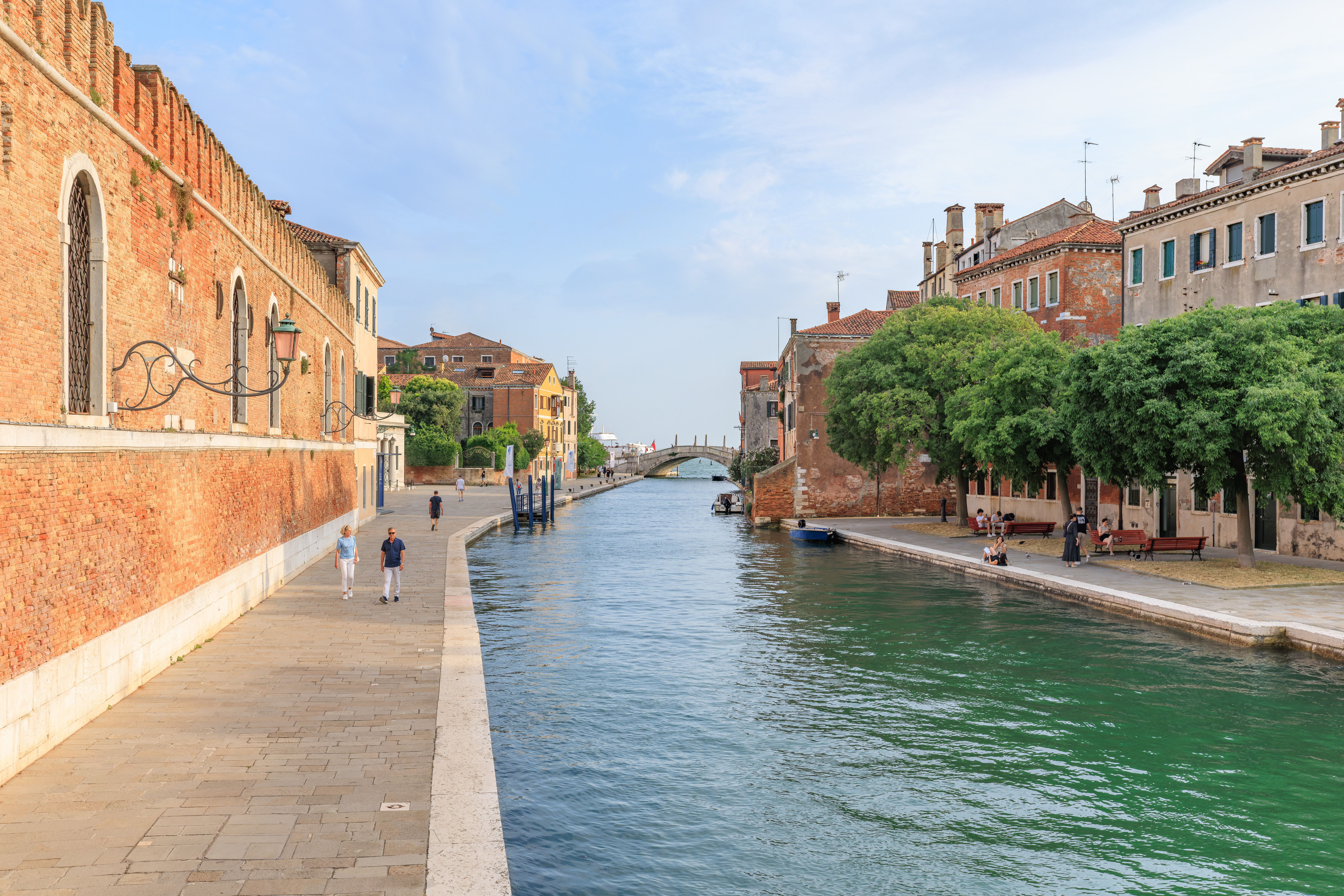
The view looking back to the south.
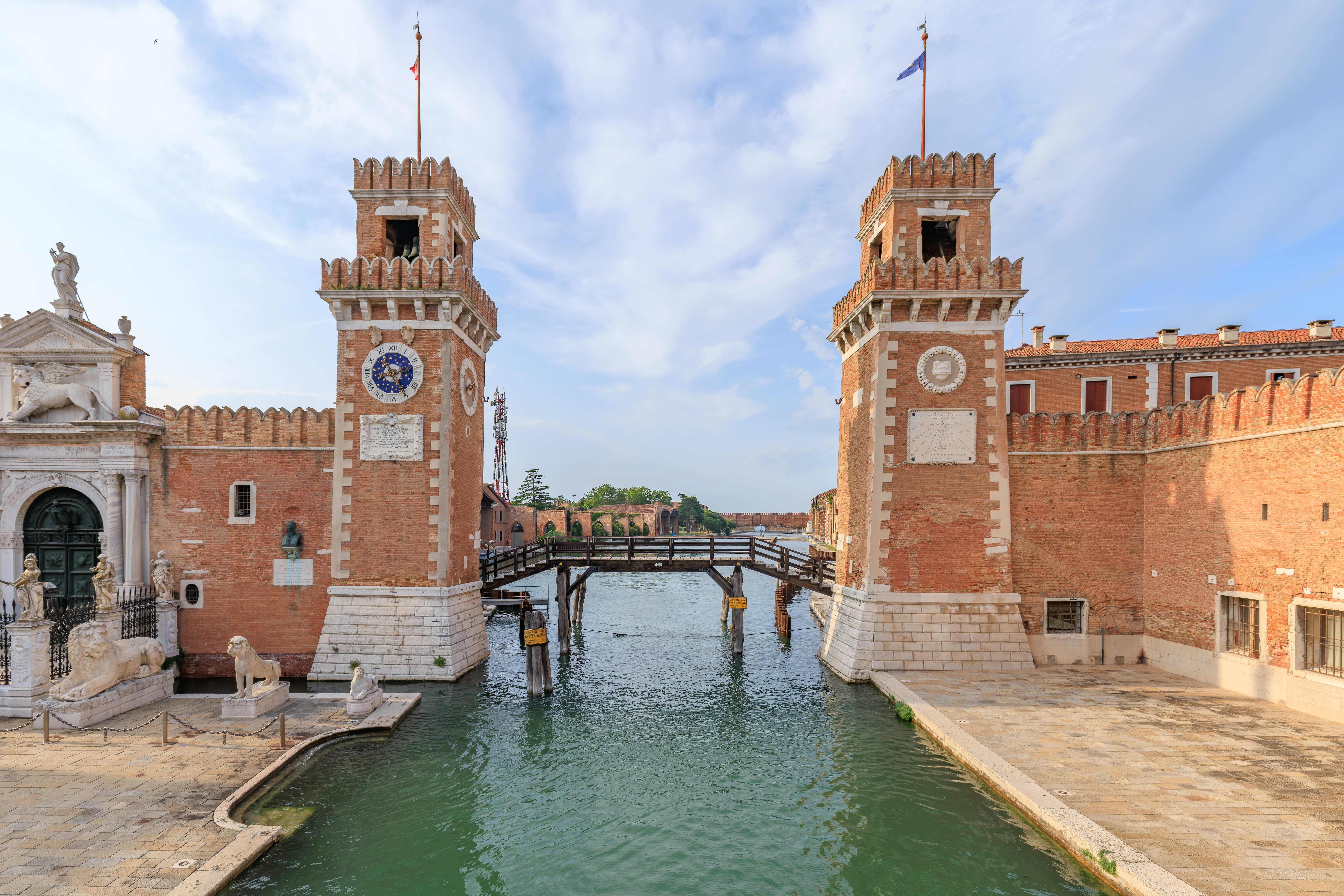
We walked up onto the bridge that crosses the canal.
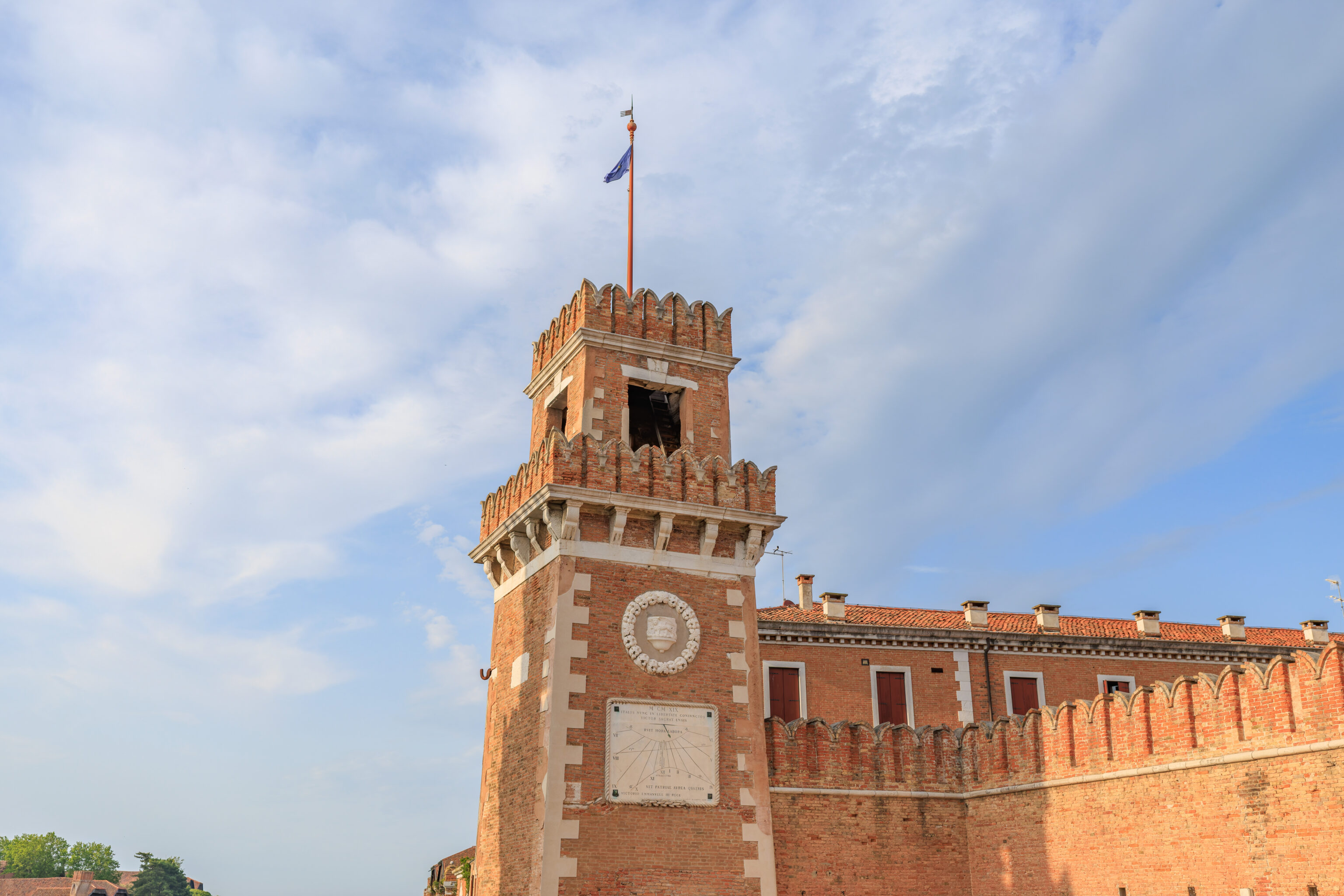
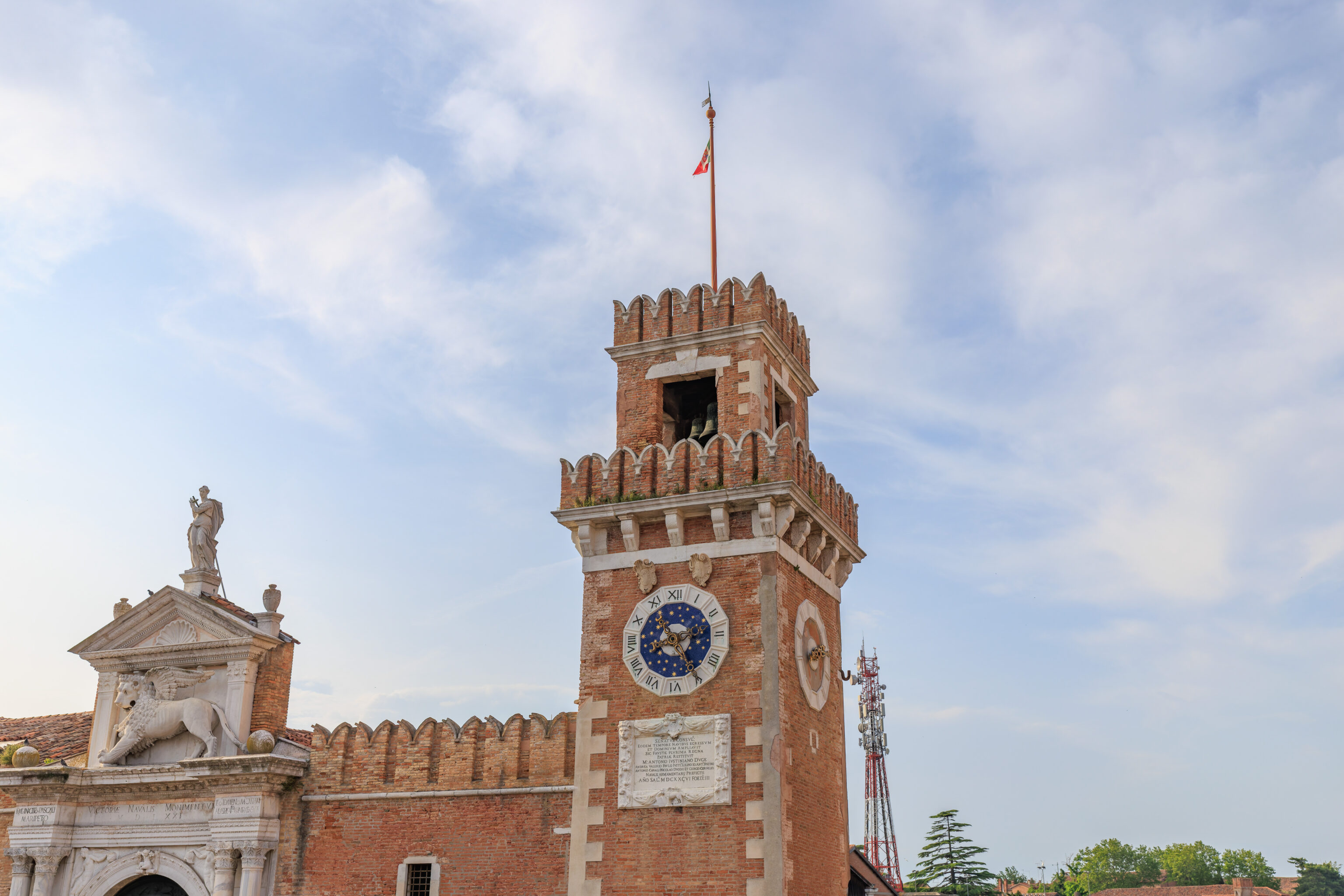
The two towers of the entrance to the Arsenale di Venezia.
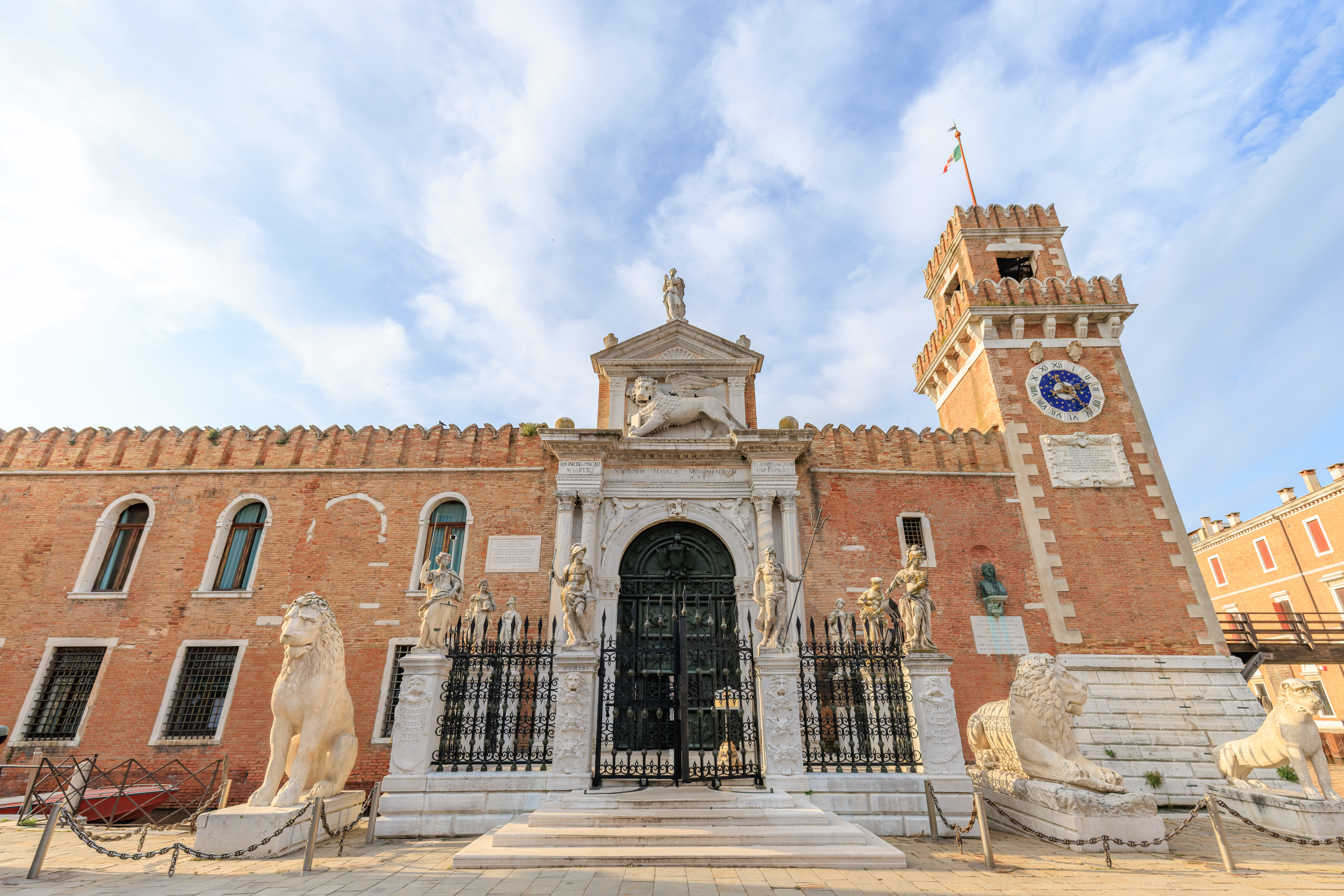
We walked to the west along its southern wall, passing by an entrance and some sculptures.
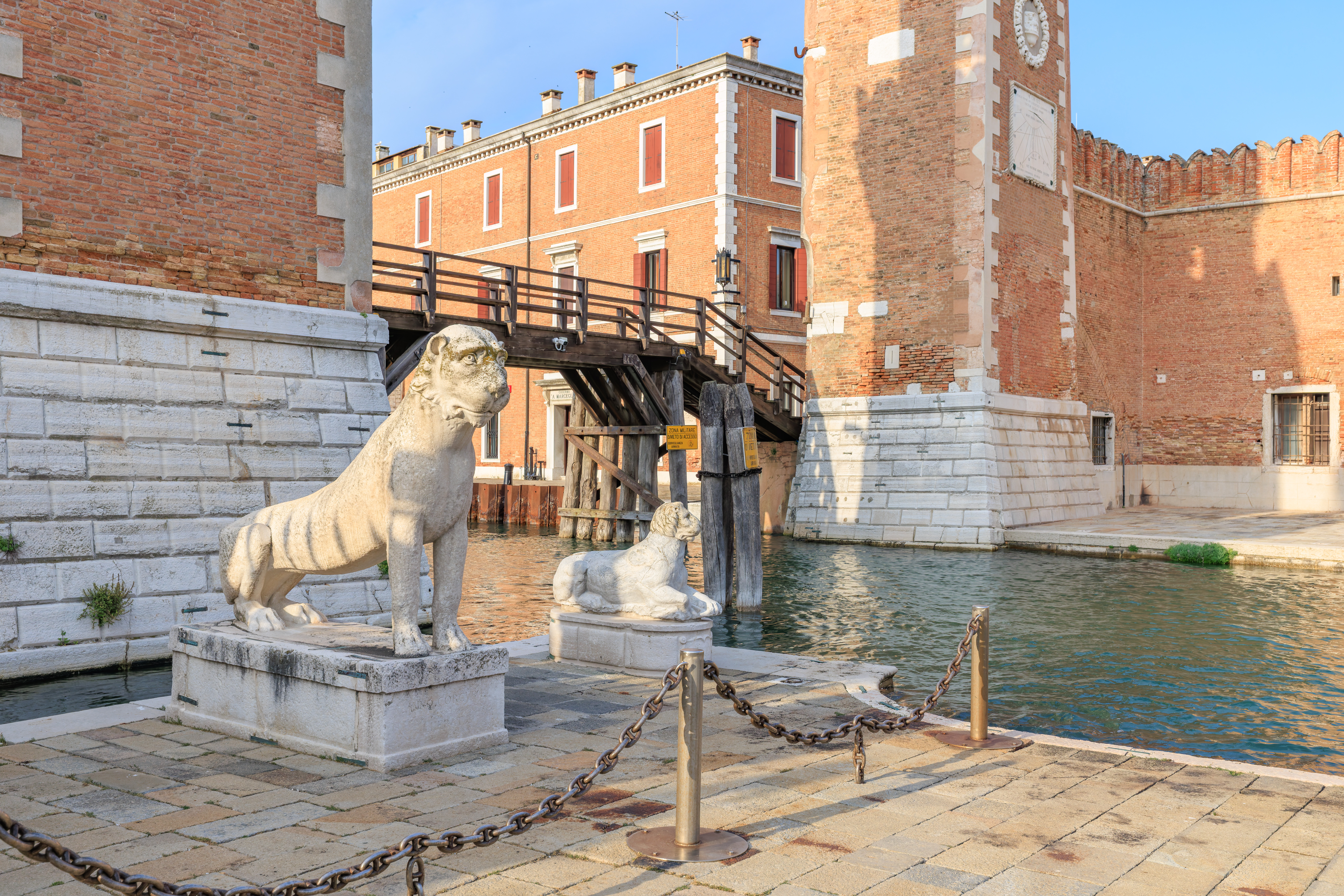
The two between the entrance and the canal were a bit odd.
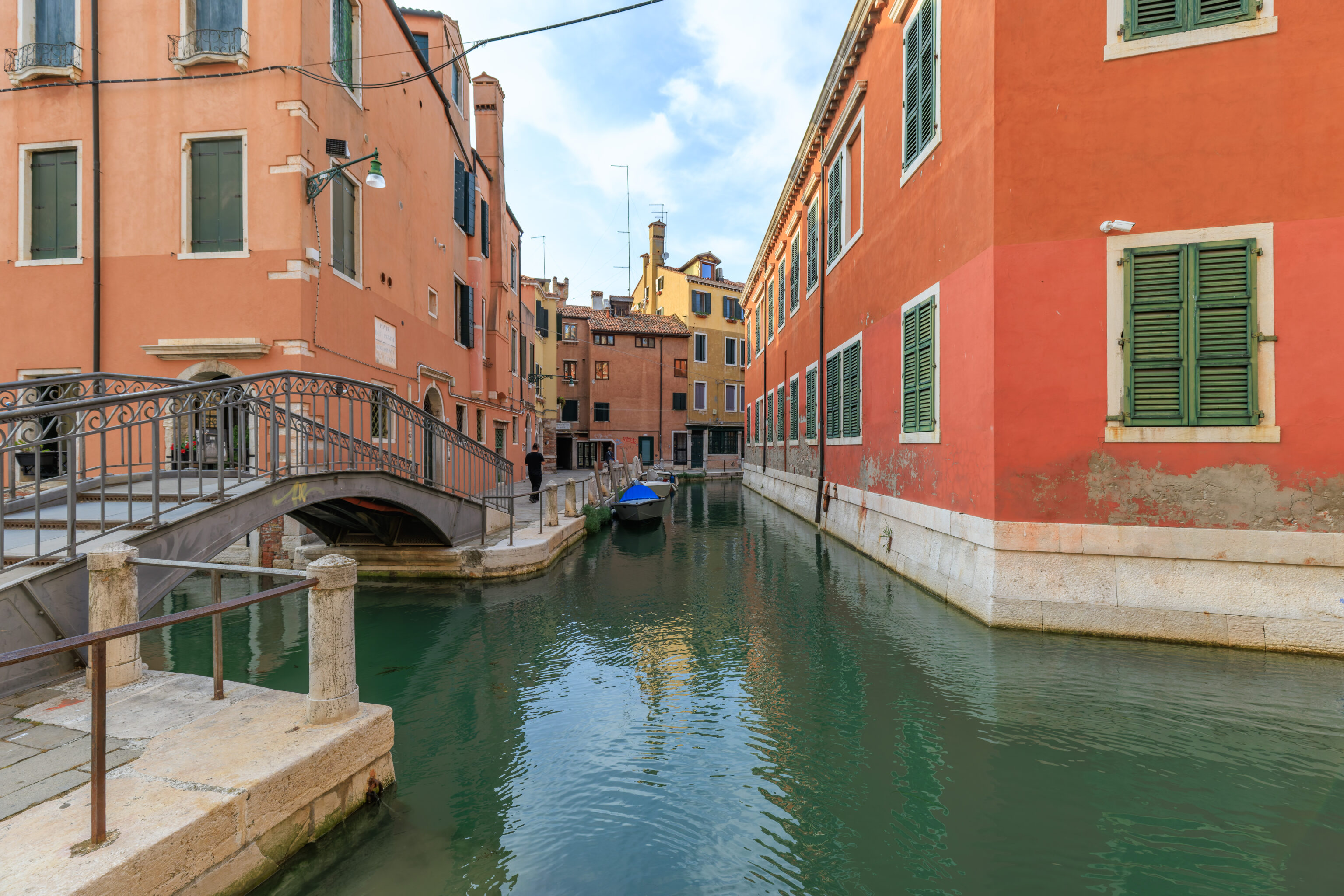
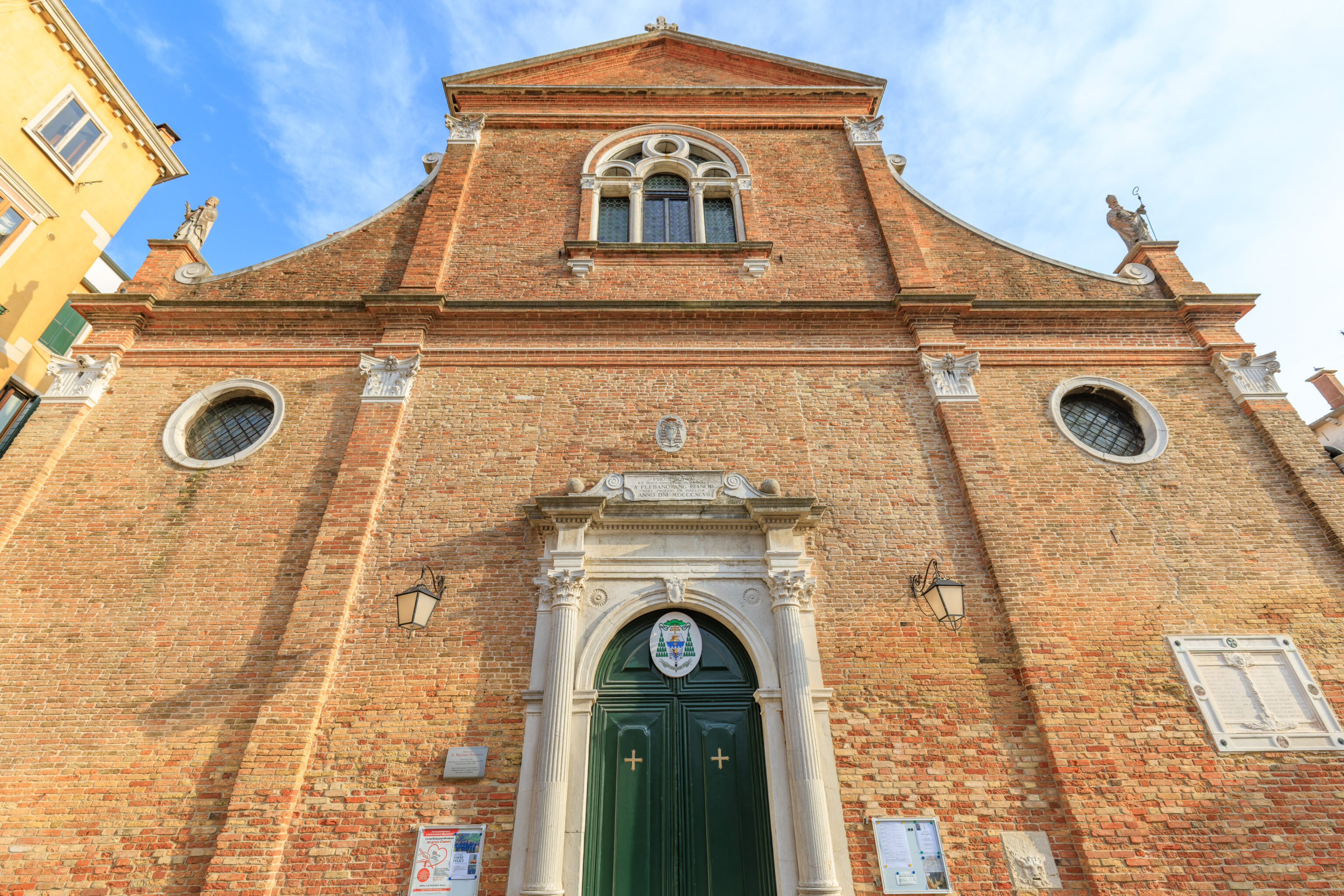
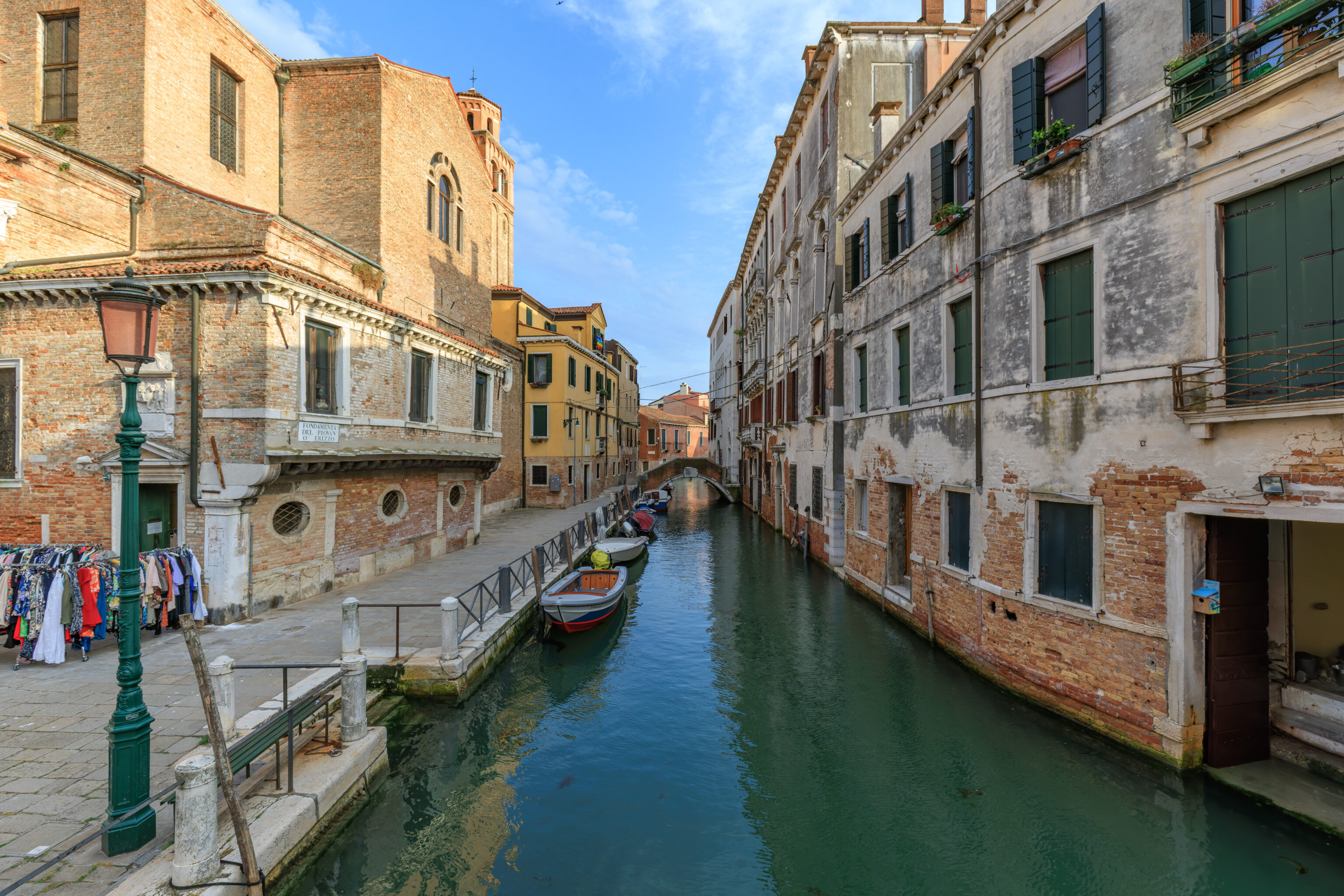
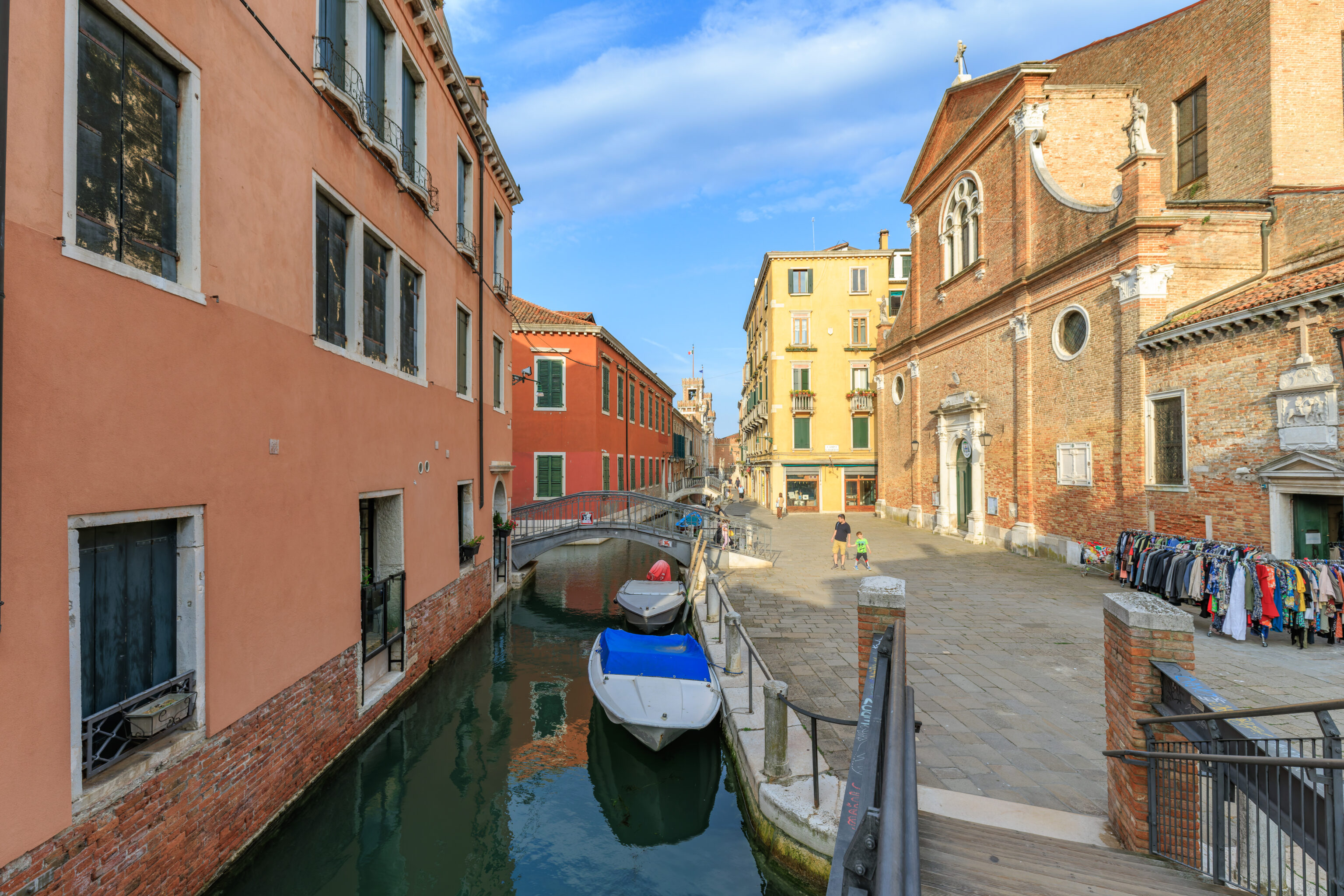

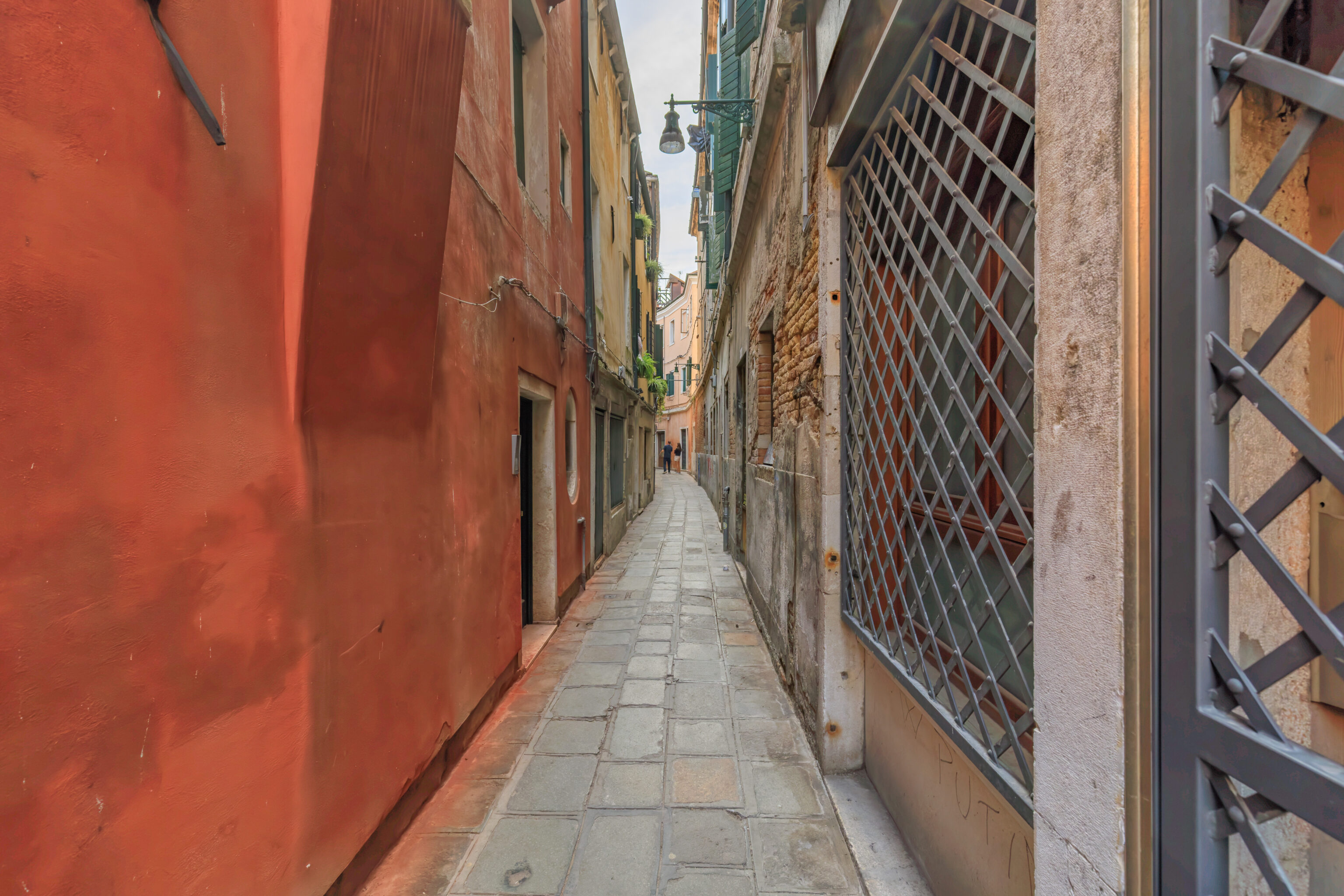
We continued walking to the west.

We stopped for some more gelato, this time at Paradise. We got strawberry and mint & chocolate. This was the worst gelato we’ve had in Italy! The flavors were pretty artificial and basically melting immediately upon being served. It was hot, but not that hot. Unfortunately, we failed to look at the number of reviews which we usually do as we just wanted one more gelato! Although, having few reviews doesn’t necessarily mean its going to be bad.
We also realized here that we had been going to the west when we actually wanted to go to the north. Oops!
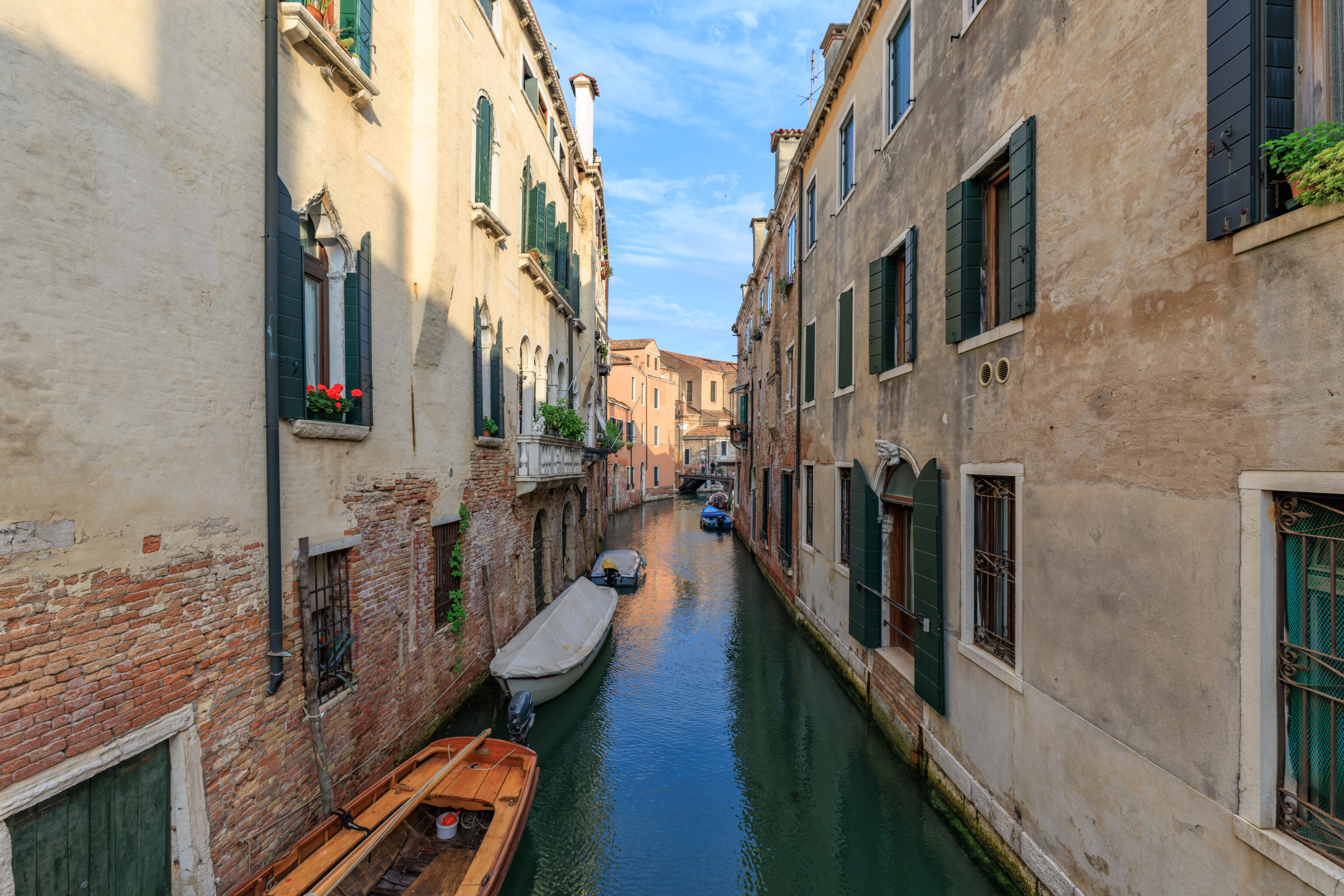
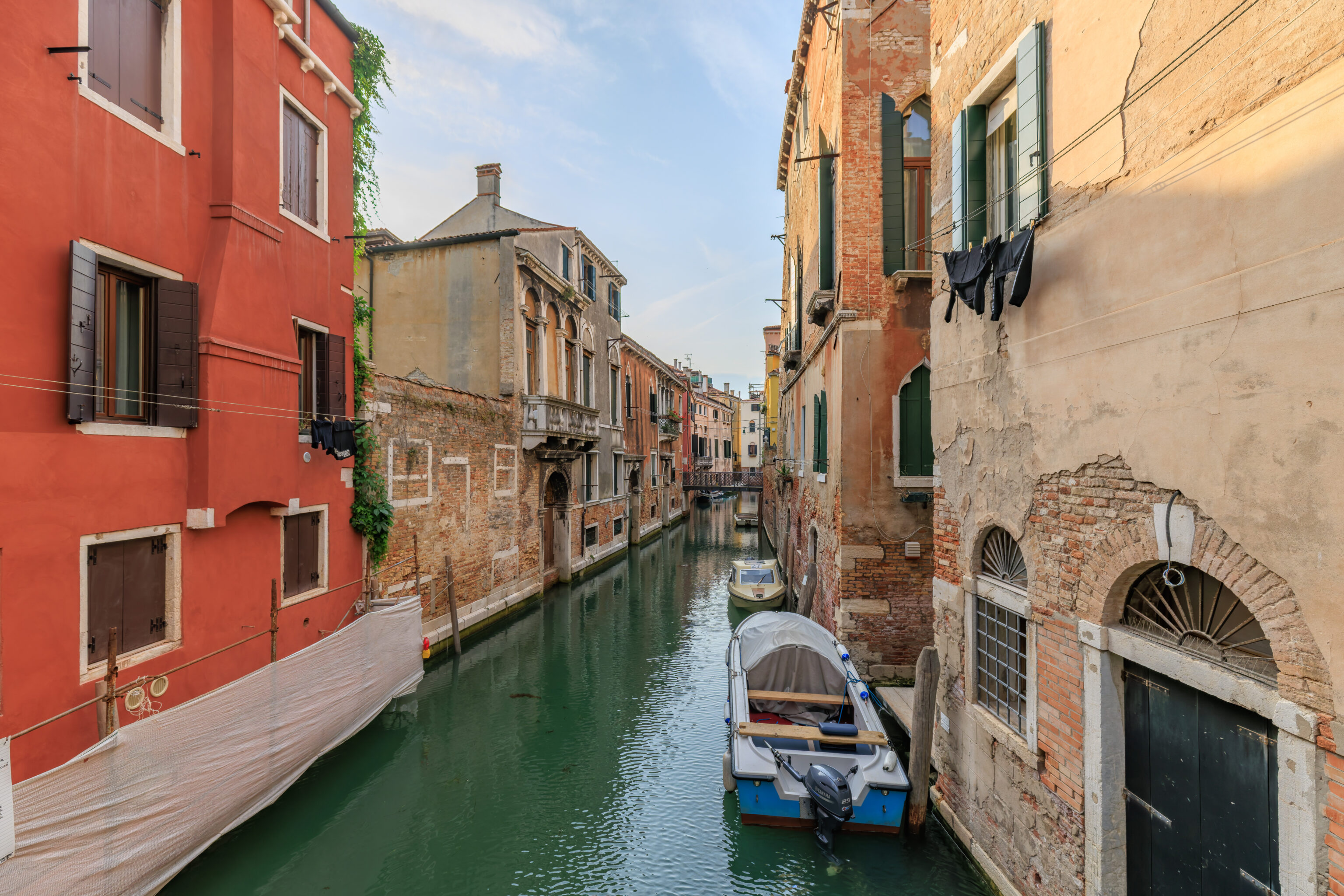
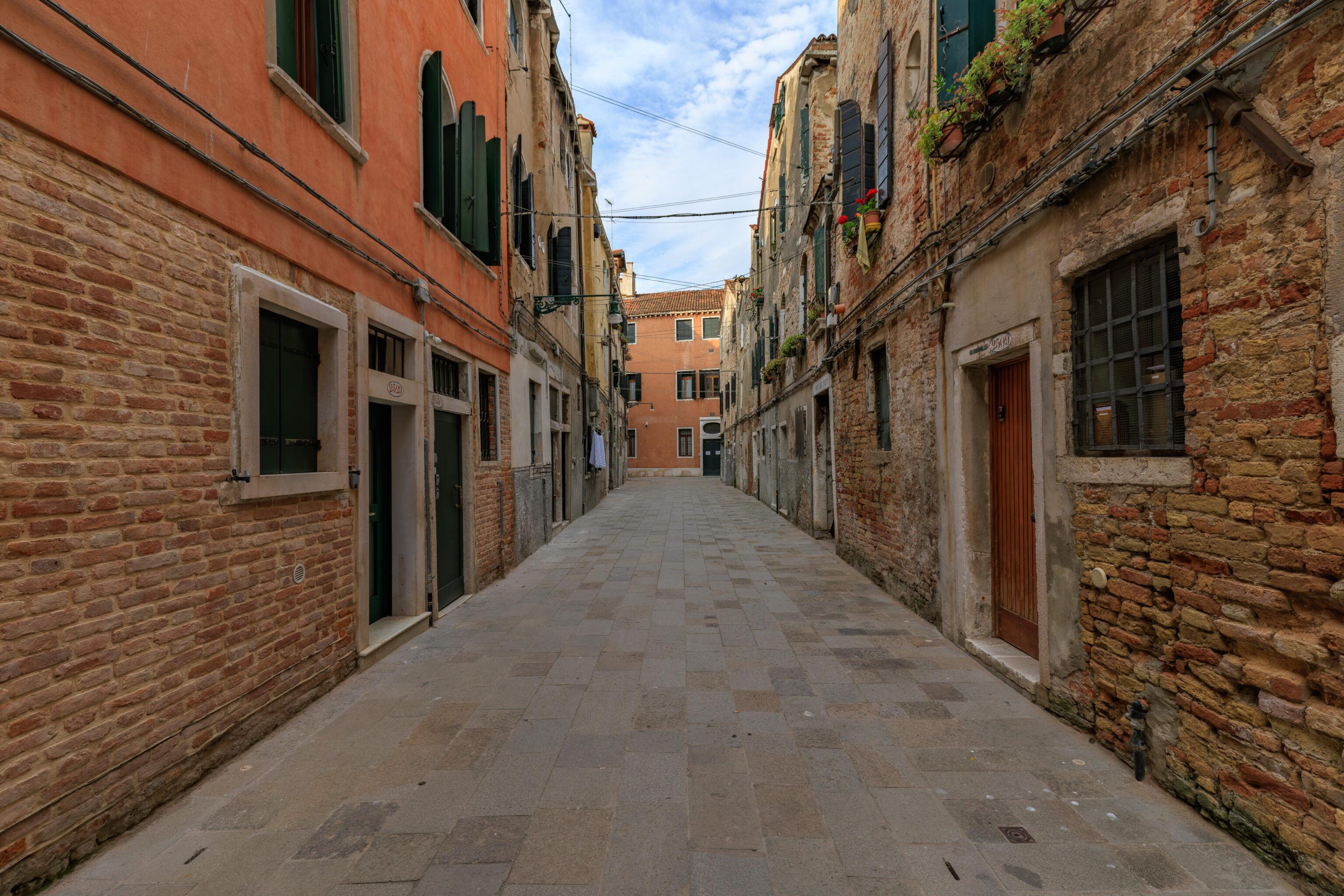
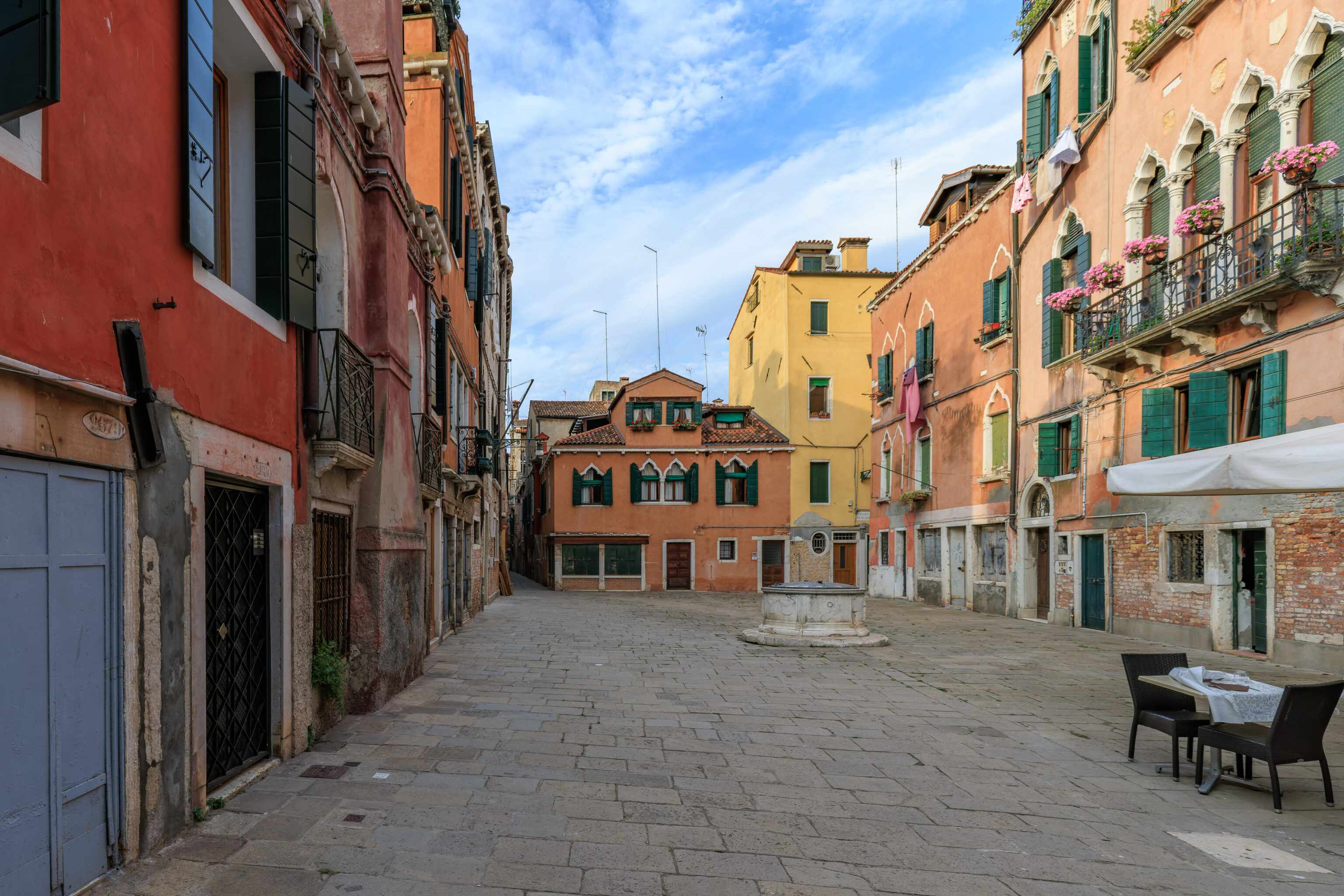



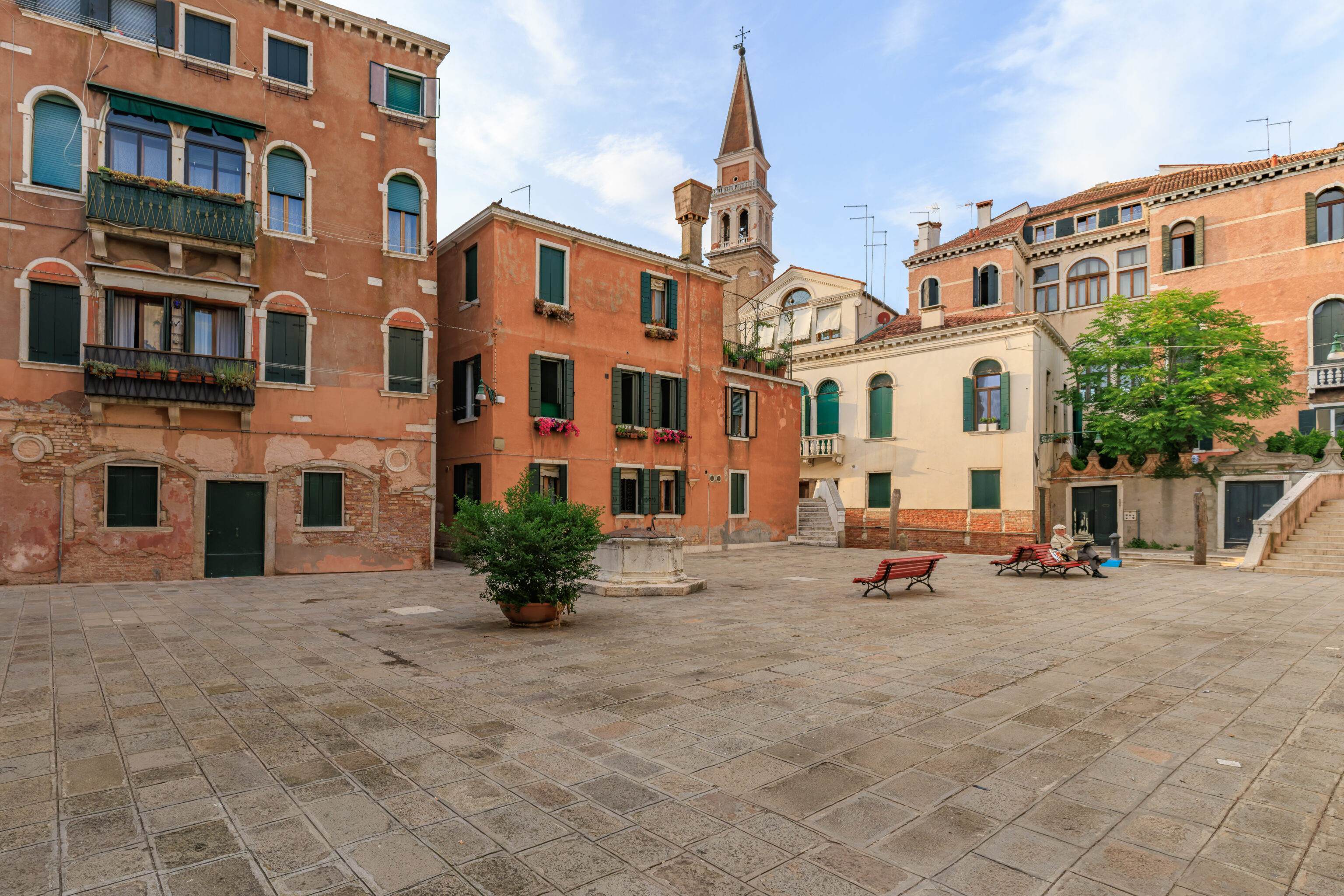
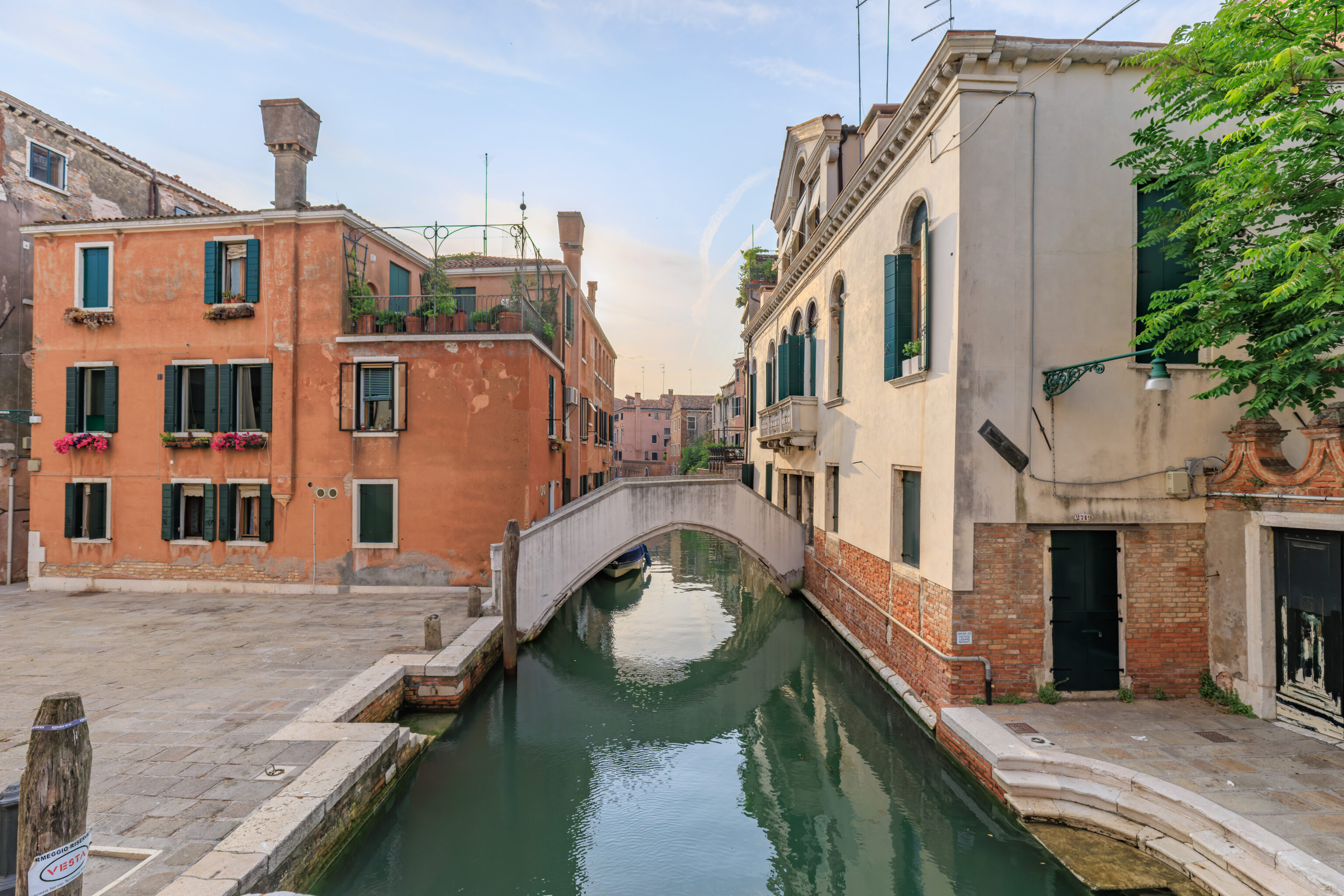
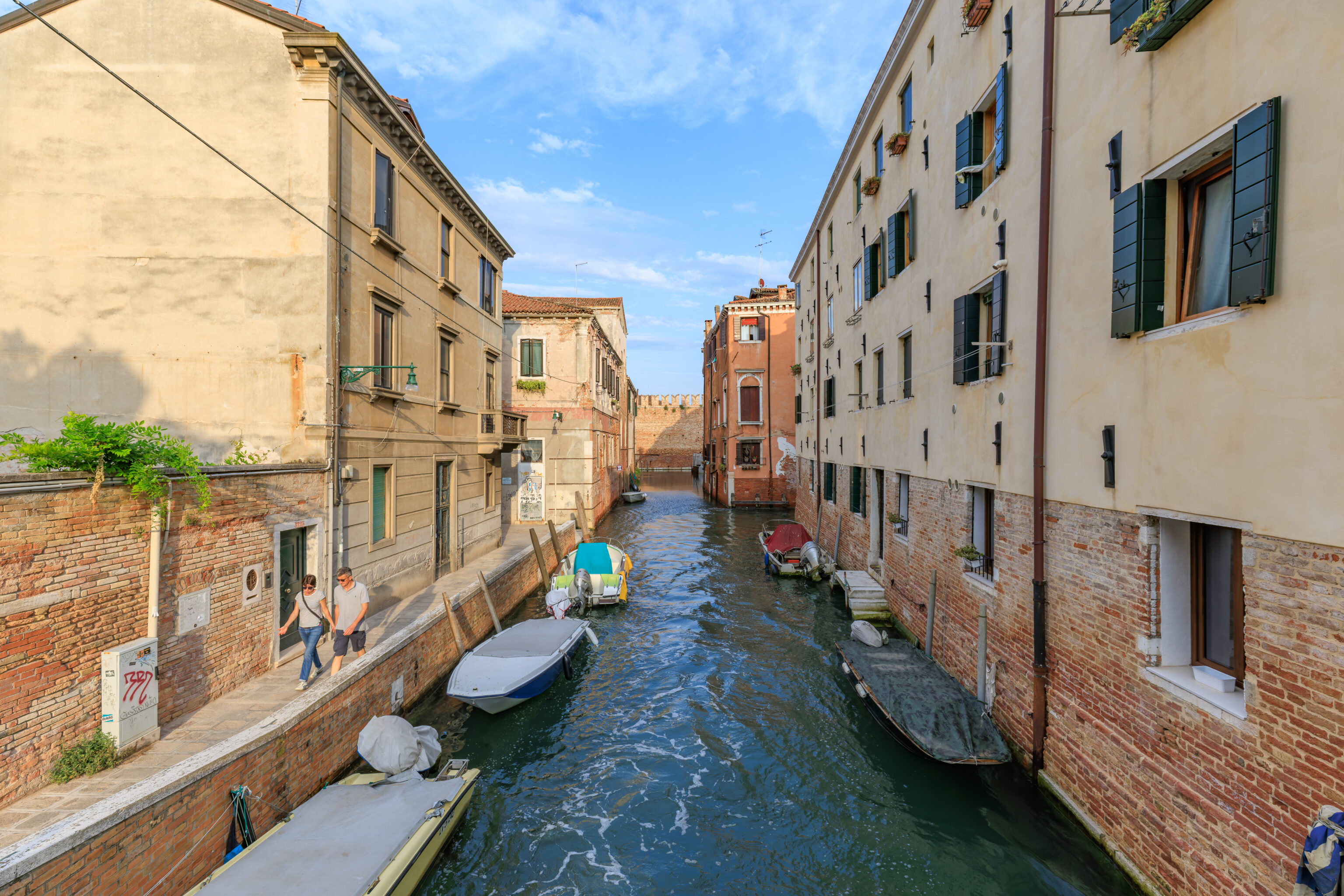
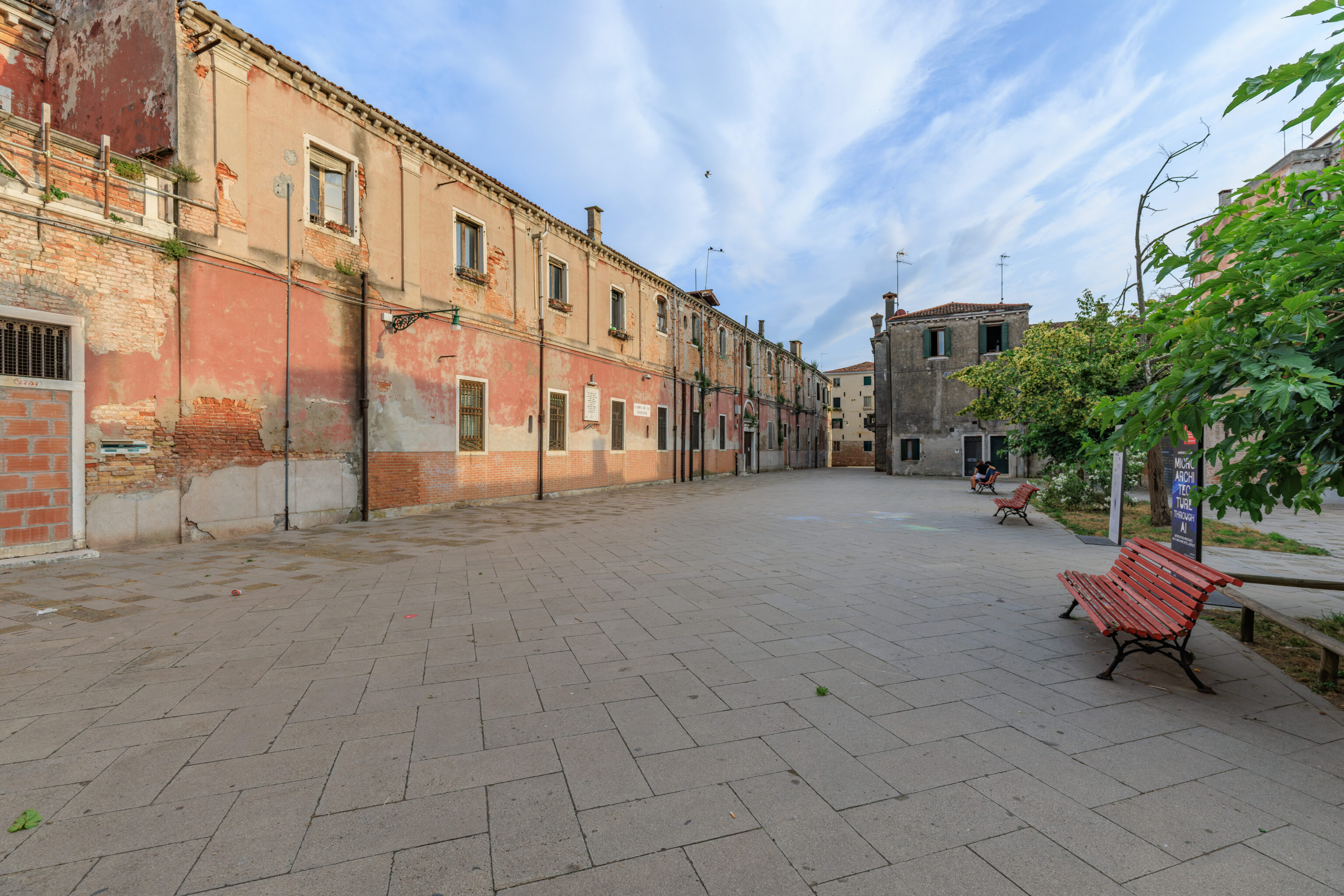
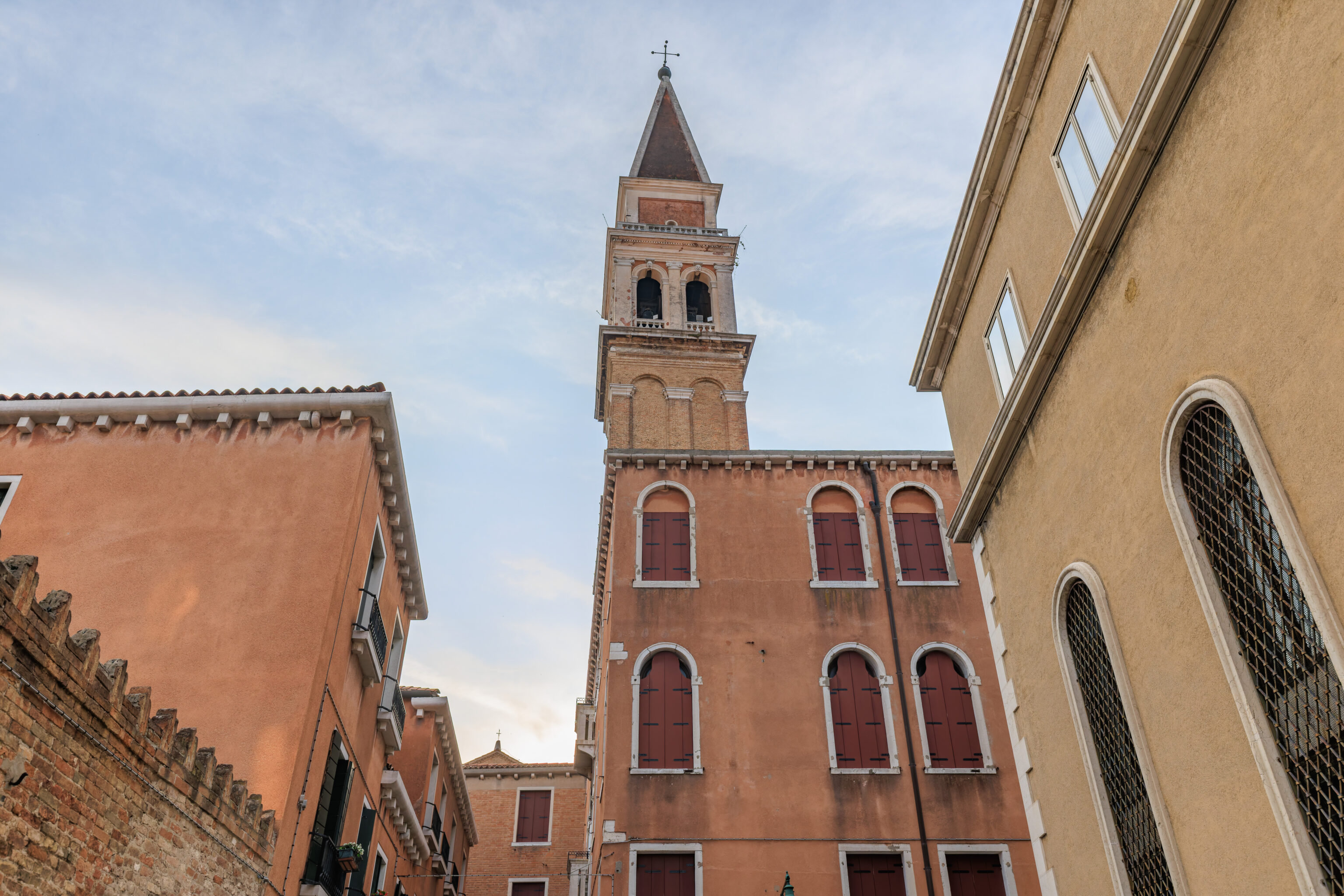
So, we backtracked a bit to the east and then started to head north. This was a quiet part of Venice with few tourists and few locals.
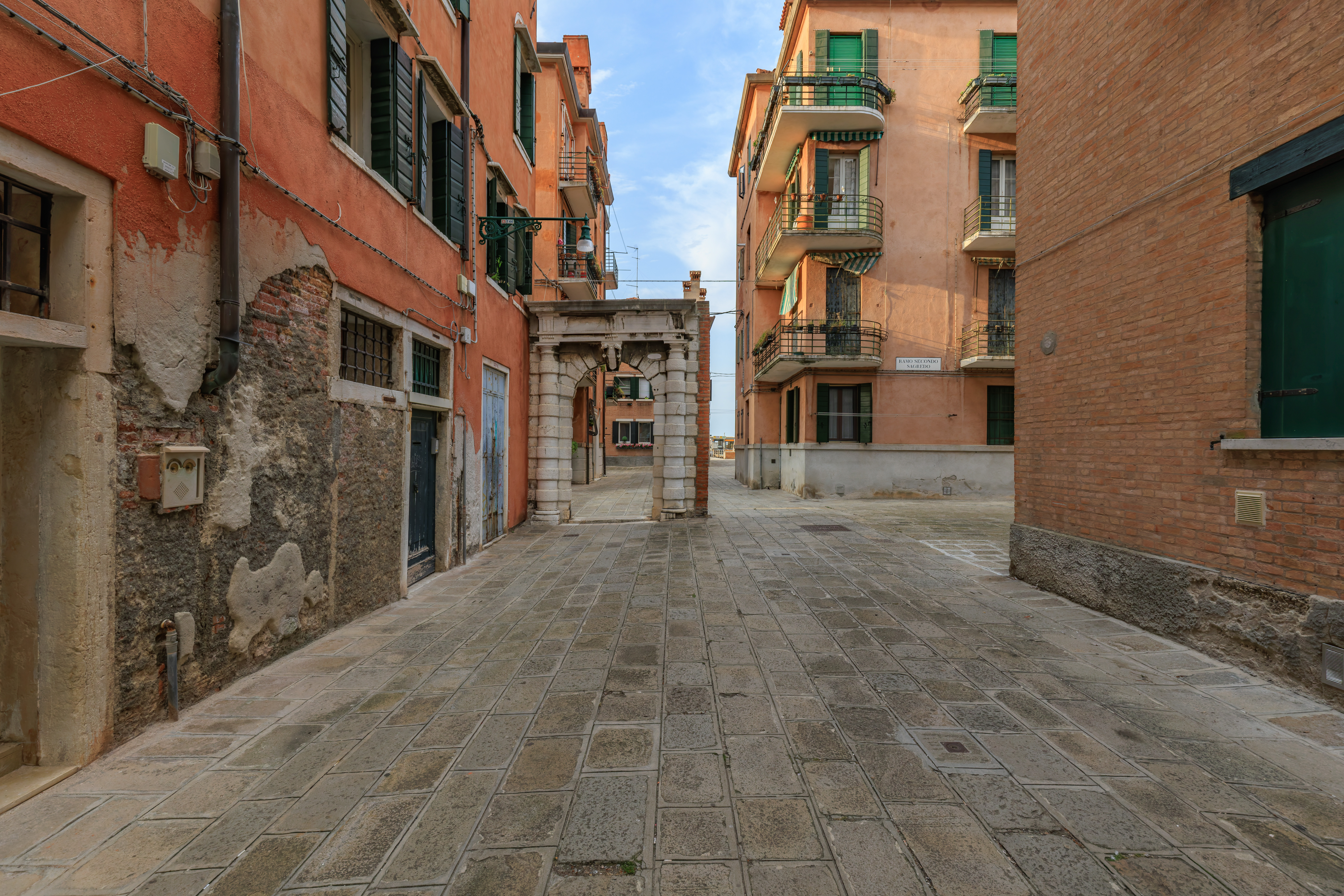
Soon, we saw water up ahead!

We emerged at the Celestia quay. It was around 7:30pm and the Sun was starting to get somewhat low on the western horizon.
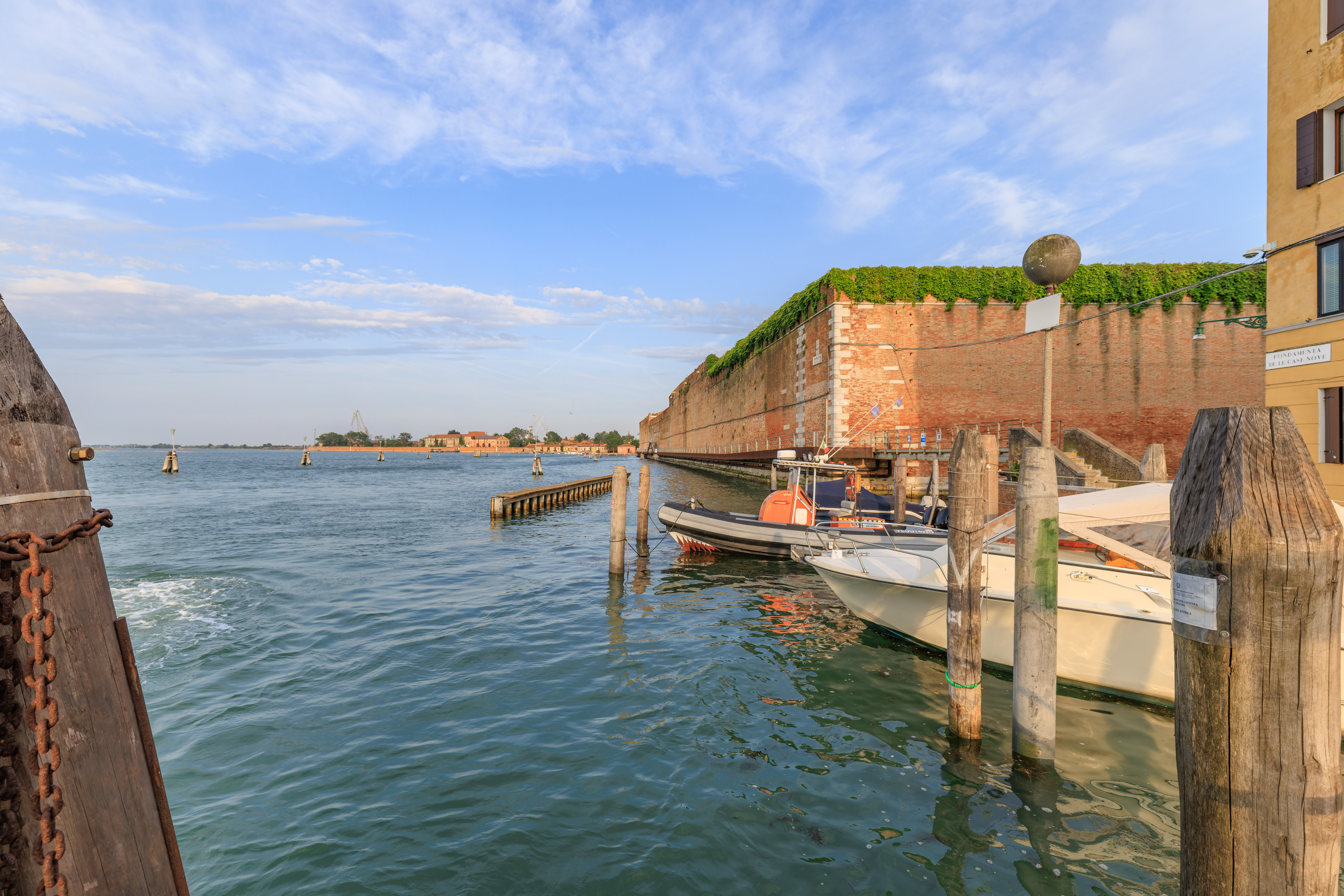
Looking to the east, we could see the walls of the Arsenale di Venezia.
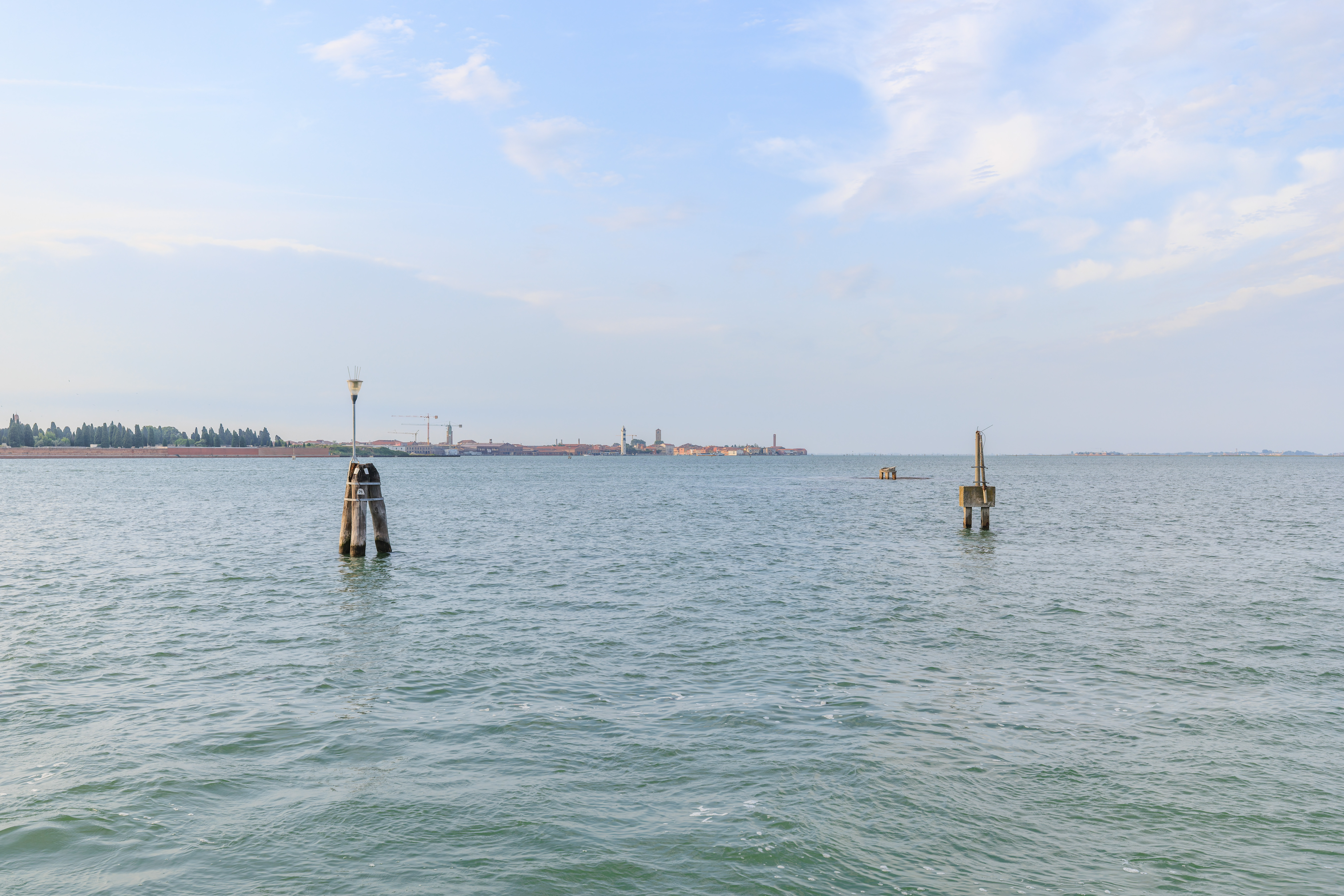
Looking to the north, from this perspective Murano was ahead and the island of San Michele was on the left.
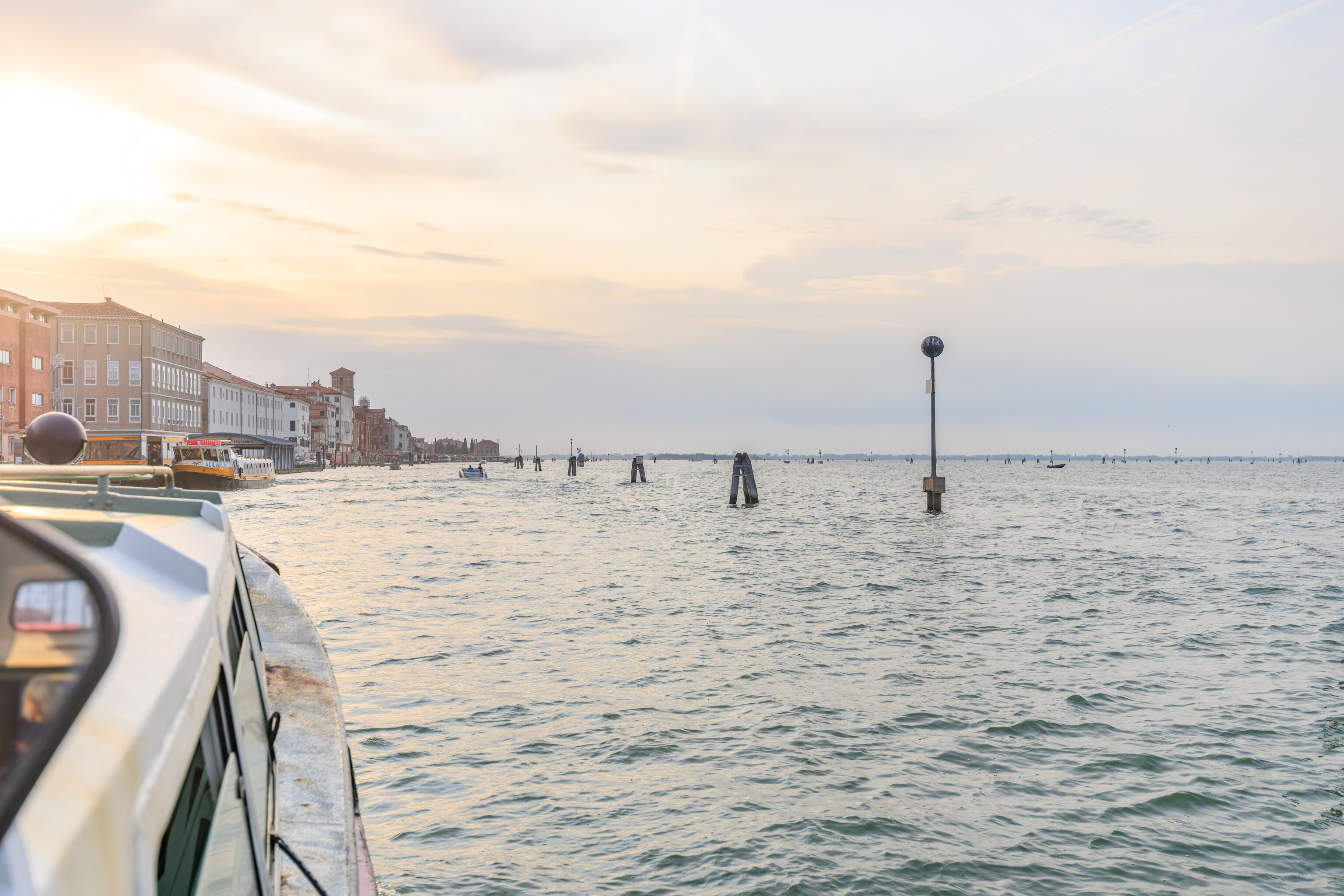

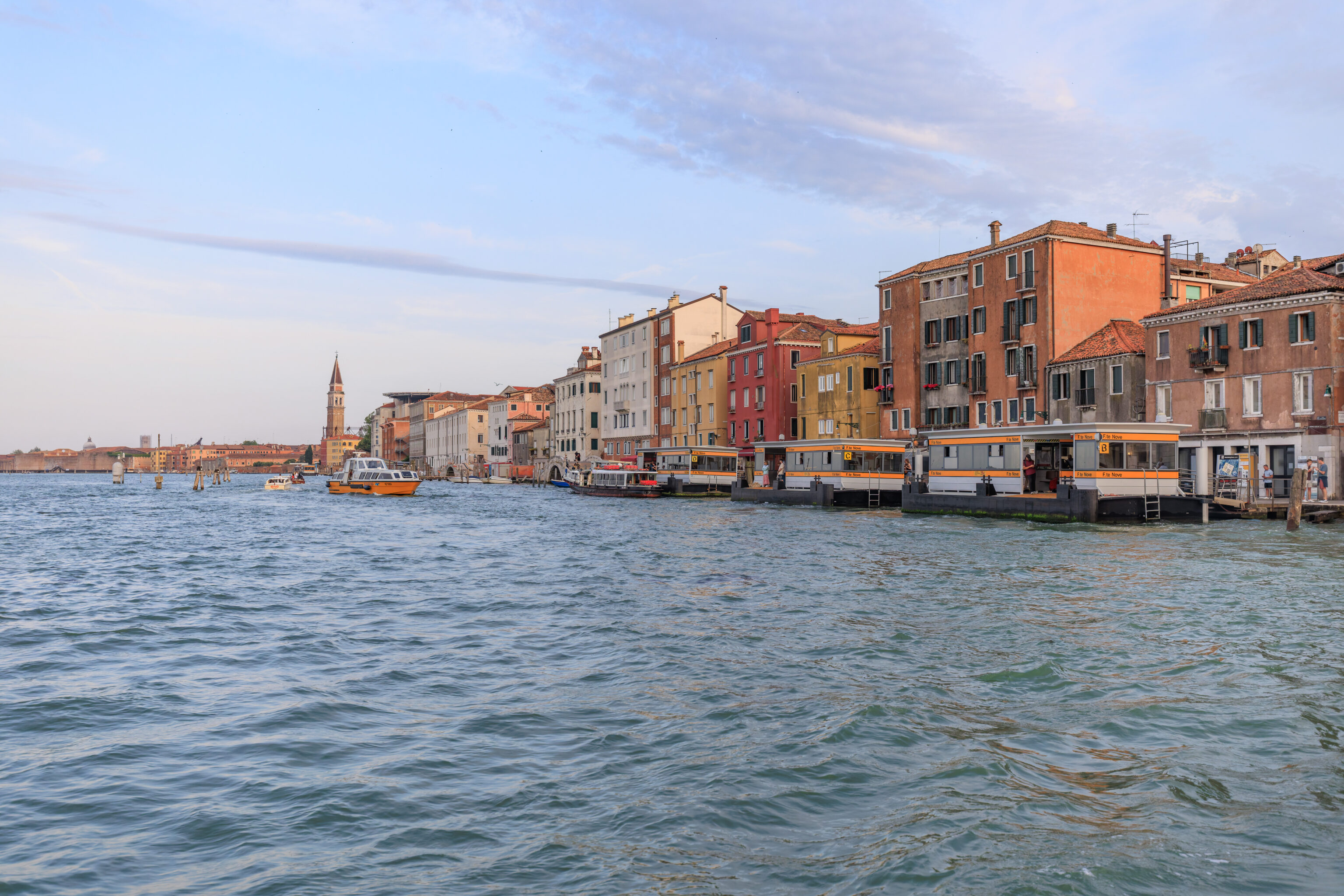

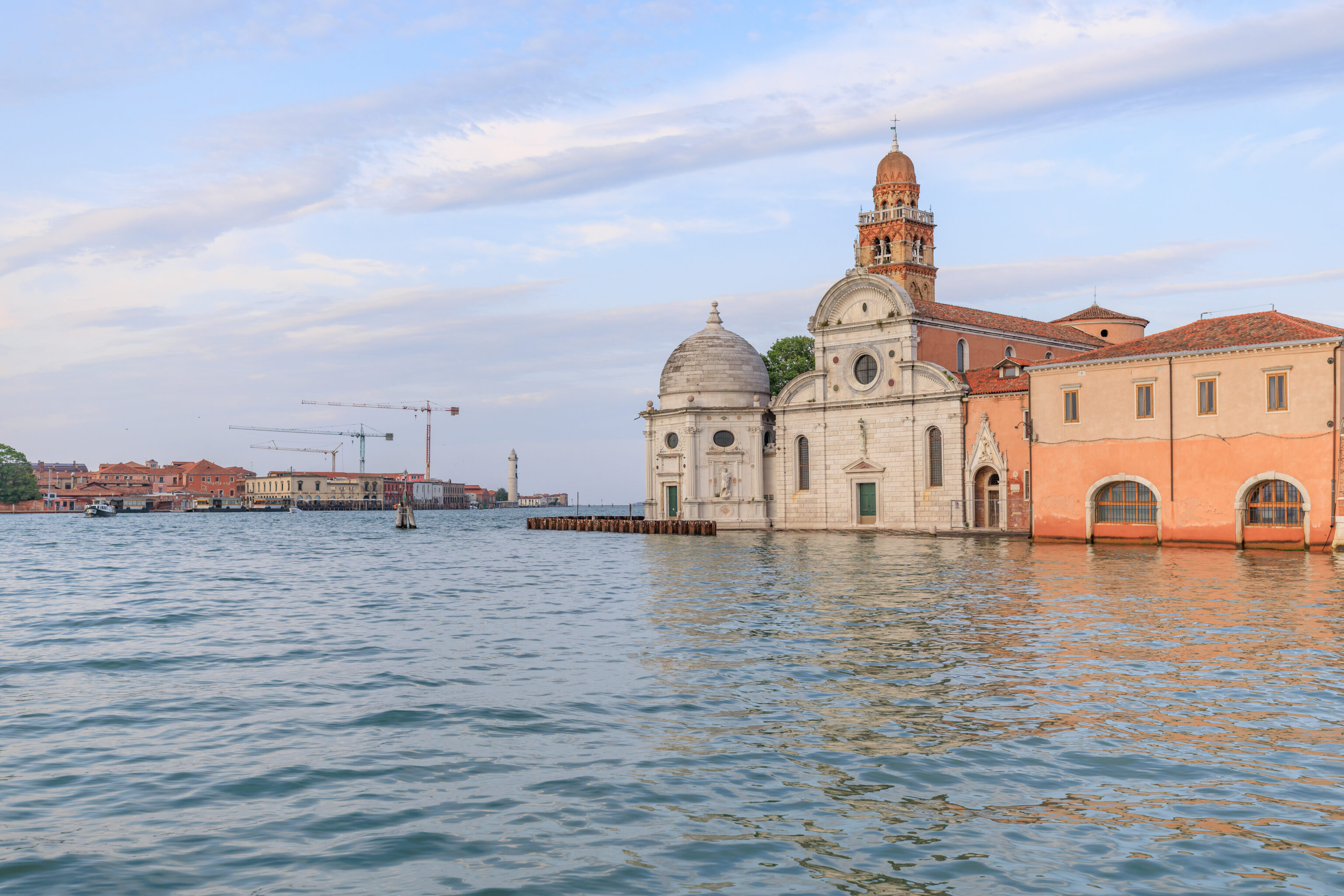
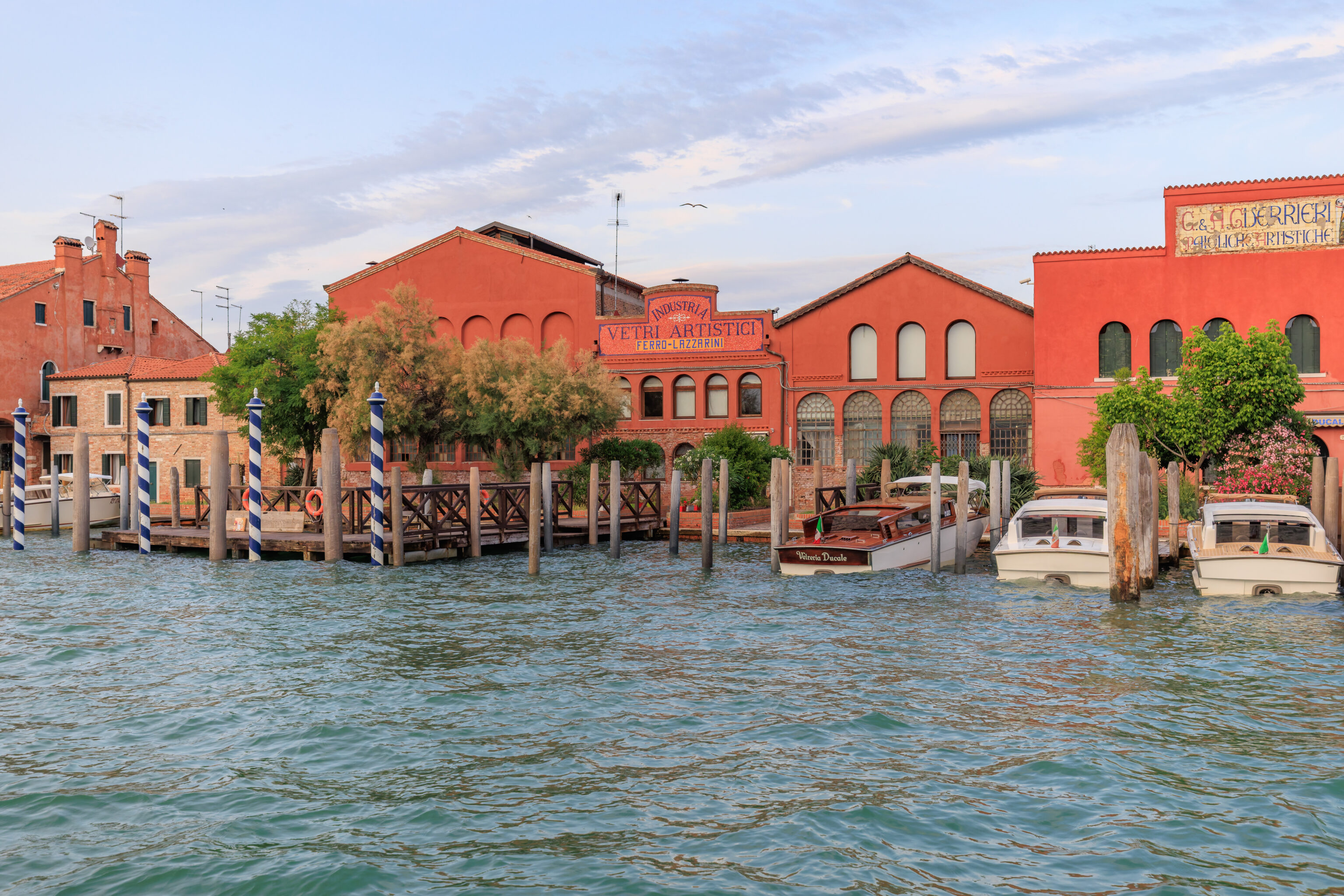
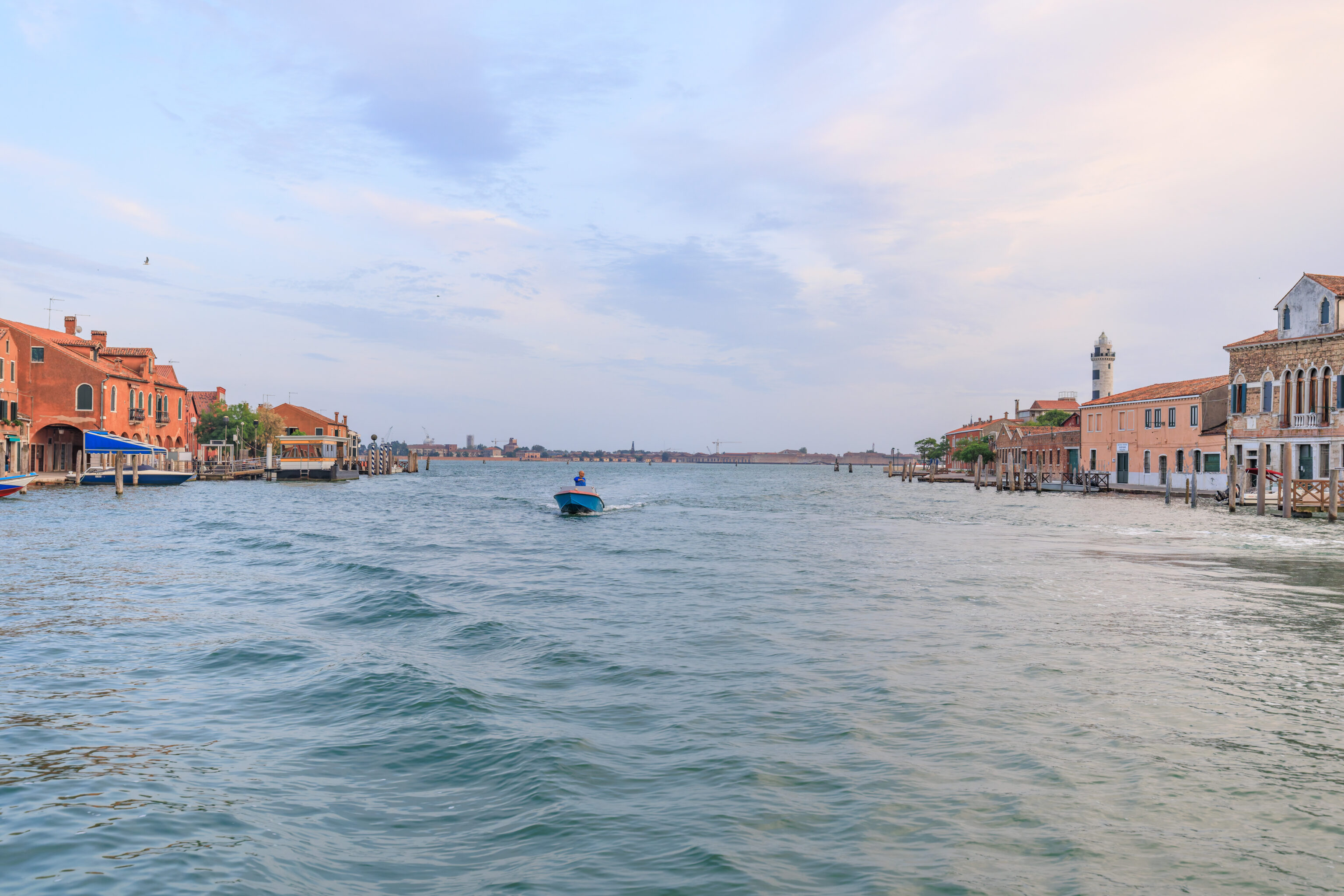
We boarded a Line 4.2 vaporetto and took it back to Murano Museo, returning to the Hyatt Centric to end our final full day of this trip. Tomorrow, it will be an early start as we head to the airport to fly back to the US.
